RAKAIA GORGE CATTLE DRIVE







Wairere, proven for performance when times are tough.
400 clients annually benefit from 57 years of performance recording for the traits that count.
y scanning and lamb survival
y growth and early maturity
y market premiums for breeding and store stock.
Wairere, making your sheepfarming easier and more profitable
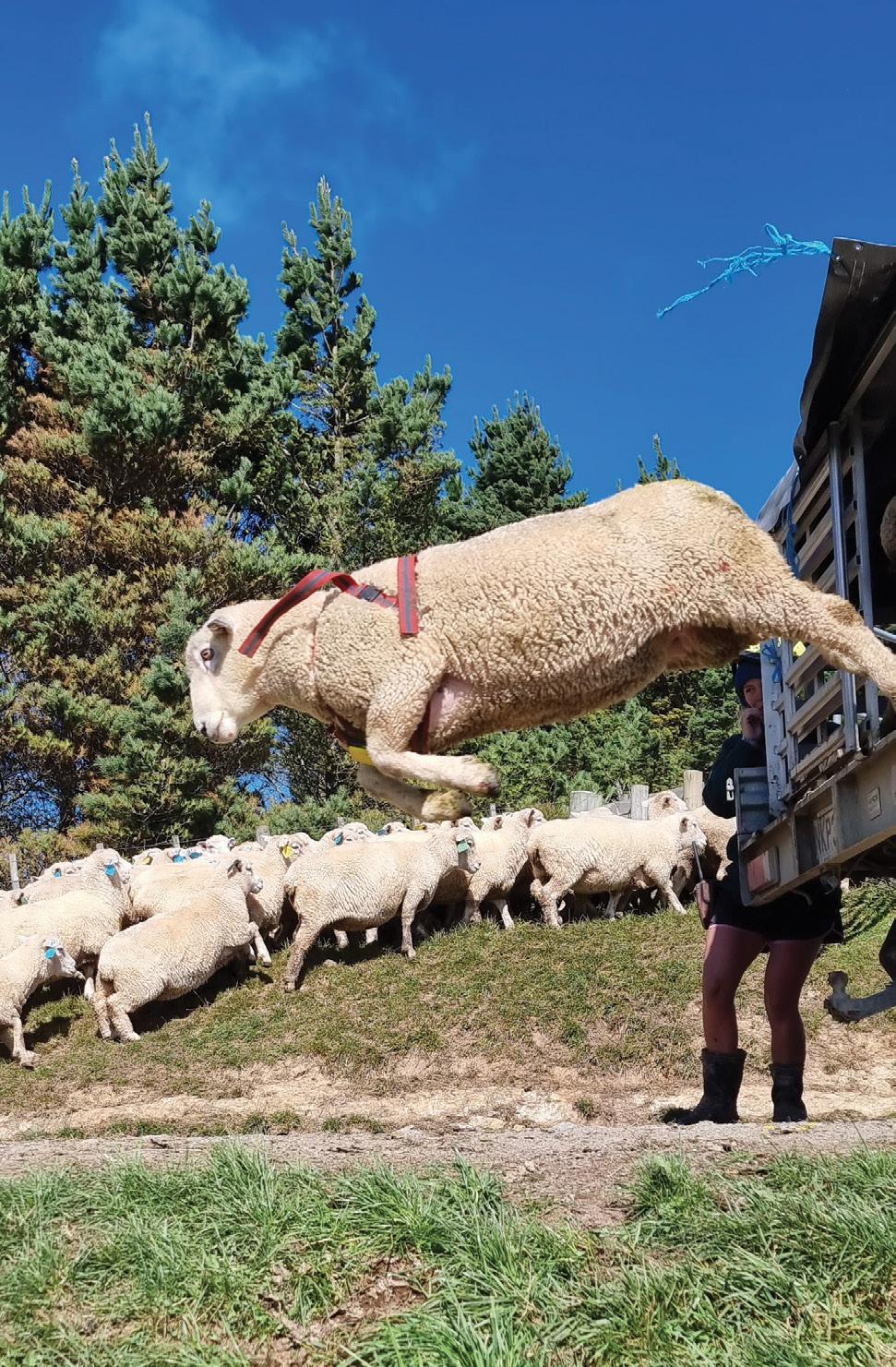
www.wairererams.co.nz
0800 924 7373
As you receive your fresh, new copy of Country-Wide, we will be close to going to the polling booths where the outcome is set to mark a significant time for New Zealand farming’s future.
Regardless of the outcome at the polls, it is a monumental time for our industry as the batons are being passed to the next generation. A notion further highlighted to me at a recent political debate I was involved in with Future Farmers at Lincoln University.
This generational shift sees my farming friends moving further into their family businesses, and our industry leadership looking younger and more diverse. There is no denying it is on the shoulders of giants that we are standing today; giants who in their own late 30s leaned into the challenge.
For my family, it was the creation of a stone fruit industry that my great-uncle helped build after the war in the 1950s; a deer industry in the 1970s in which my step-father was flying; a Merino industry in the 1980s in which my uncle was building value chains.
It was also the age that Tony Leggett and Dean Williamson took over the custodianship of Country-Wide
It is the rich stories where, like me, a high-country kid, journalist Sarah Horrocks (nee Ivey) jumps on a horse and does a cattle muster at Cleardale that makes the reading experience of Country-Wide so incredibly tantalising, and that you cannot get anywhere else.
It is the stories of our farmers, who are the backbone of our industry – past, present and future – alongside the tangible, practical solutions-led journalism of everything from India to endophytes that I just love and look forward to continuing under the talented eye of our Group Editor, Jackie Harrigan and new Deputy Editor, Rebecca Greaves.
Over the last 22 years, Editor Terry Brosnahan has transformed Country-Wide and is a respected figure in the history of the magazine. I wish to thank him for his contribution as he steps down.
As the rural media industry’s kindest man, Tony Leggett, signs off, he is effectively handing on the baton, entrusting my business partner Lucinda (Diack) and me as the new generation at Country-Wide, with an oath of commitment to your farming journey. We, as those before us have done, will be alongside you with trusted ideas and inspiration so we can continue to farm together into the headwinds.
SARAH PERRIAM-LAMPP sarah@countrywidemedia.co.nz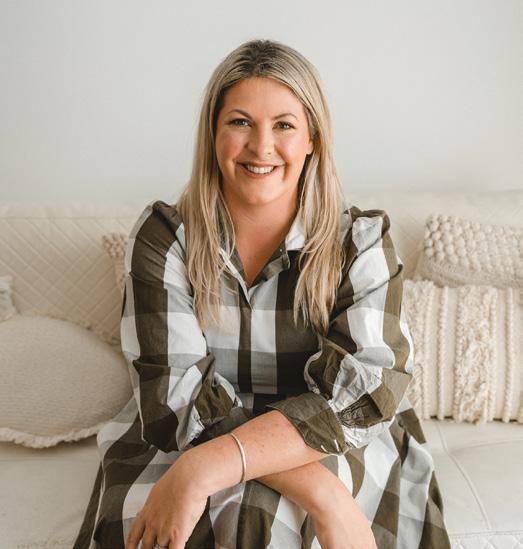
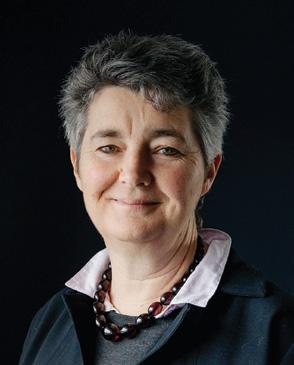
Having grown up on a Taranaki sheep and beef farm and with a B Ag Science degree in sheep and wool production (don’t tell my Dairy Exporter colleagues) it is somewhat a homecoming for me to don the Editor’s hat for this publication.
While it is sad to farewell the stalwarts from the magazine, editor Terry Brosnahan and the boss, Tony Leggett, it is exciting for me to take on the challenge of keeping calm and carrying on producing great magazines when surrounded by a sea of change.
For while we as an industry will carry on producing top quality meat and fibre, Kiwi farmers are facing massive changes with the world itself evolving at a rapid pace. Changing climatic conditions, growing customer expectations, increasing inequality of wealth and more environmental and animal welfare focus will put pressure on Kiwi farmers and agricultural businesses. But NZ farmers have always navigated the seas of change – indeed over the years change and challenge has fostered a sense of innovation and can-do attitude. Slowly we are being armed with a growing suite of technologies and tools to face the challenges.
I look forward to supplying farmers with solutions to those challenges with stories of our top farmers using best practice to solve problems and kick goals onfarm and in the market, backed by the latest science, research and technology.
With two of my children launching into careers in the sector, I am watching the generational shift with interest and understand that the world is changing, we must evolve.
JACKIEHARRIGAN jackie@countrywidemedia.co.nz 027 359 7781
92
TECH INVESTMENT
DRIVES BUSINESS
FEATURE
14 Sarah Horrocks saddles up for Cleardale Station’s cattle drive
BUSINESS
24 Glenys Christian checks out India’s trade opportunities
28 When banks won’t lend, Phil Edmonds finds others step in
SOLAR POWER
32 Making money while the sun shines
RESEARCH
36 Finding the ideal sheep with no wool
LIVESTOCK
40 Developing a legacy off-grid
50 Stock Check: Trevor Cook seeks beneficial outcomes
SPECIAL REPORTWOOL DIVERSIFICATION
52 A Hawke’s Bay family’s strong wool operation
60 Tony Leggett reports on a campaign for a rock star fibre
62 Move to Wool Movement Mat
64 Making the move to wool in school carpets
66 Prices improve at early season sales
SPECIAL REPORT - LAMBING
68 Maximising the lamb drop
74 What separates farms in the top
25% of performers from those at the bottom?
CROP AND FORAGE
78 A young farmer staying ahead of the game
82 EU sets the clock ticking on agri-chemicals
86 Endophytes put ryegrasses to the test

90 How improved pasture species have driven productivity
92 Tech investment shows tangible results in South Canterbury
WELLBEING
Investment in precision agriculture and a focus on input efficiencies is showing tangible results. REGULARS 9
102 Move for mental health: Q&A with Kane Brisco
104 What we can do to deal with stress
106 The essentials for managing stress
10
122 FARMING IN FOCUS
COUNTRY-WIDE.CO.NZ
PUBLISHED BY COUNTRYWIDE MEDIA

PO BOX 669, ASHBURTON 7740 0800 224 782 COUNTRY-WIDE.CO.NZ
EDITOR
Jackie Harrigan 027 359 7781 jackie@countrywidemedia.co.nz
DEPUTY EDITOR Rebecca Greaves 027 320 9111 rebecca@countrywidemedia.co.nz
SUB EDITOR Andy Maciver andy@countrywidemedia.co.nz
ART DIRECTOR Emily Rees emily@countrywidemedia.co.nz
DIGITAL & AD DESIGN Jo Hannam jo@countrywidemedia.co.nz
WRITERS
Anne Hardie, Sandra Taylor, James Hoban, Jo Cuttance, Joanna Grigg, Glenys Christian, Annabelle Latz, Louise Savage, Sarah Horrocks
SALES
Viv Montgomerie 027 370 6922 viv@countrywidemedia.co.nz
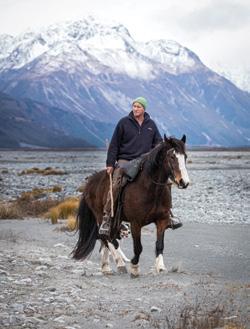
Janine Aish 027 890 0015 janine@countrywidemedia.co.nz
SUBSCRIPTIONS country-wide.co.nz/shop 0800 224 782 subs@countrywidemedia.co.nz

Printed by Blue Star, Petone ISSN 1179-9854 (Print) ISSN 2253-2307 (Online)
This publication uses vegetable based inks and environmentally responsible paper produced from Forest Stewardship Council® (FSC®) certified, Mixed Source pulp from Responsible Sources.
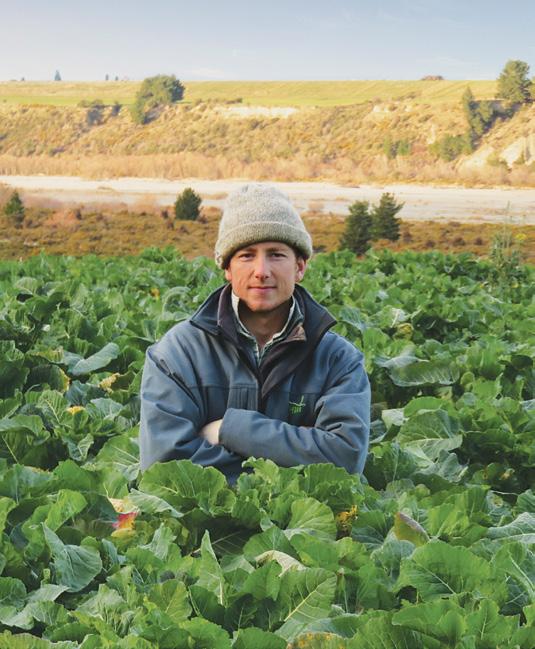
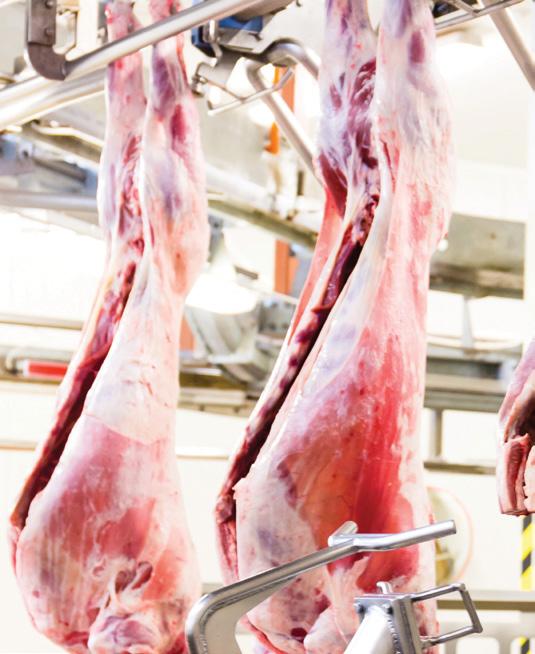

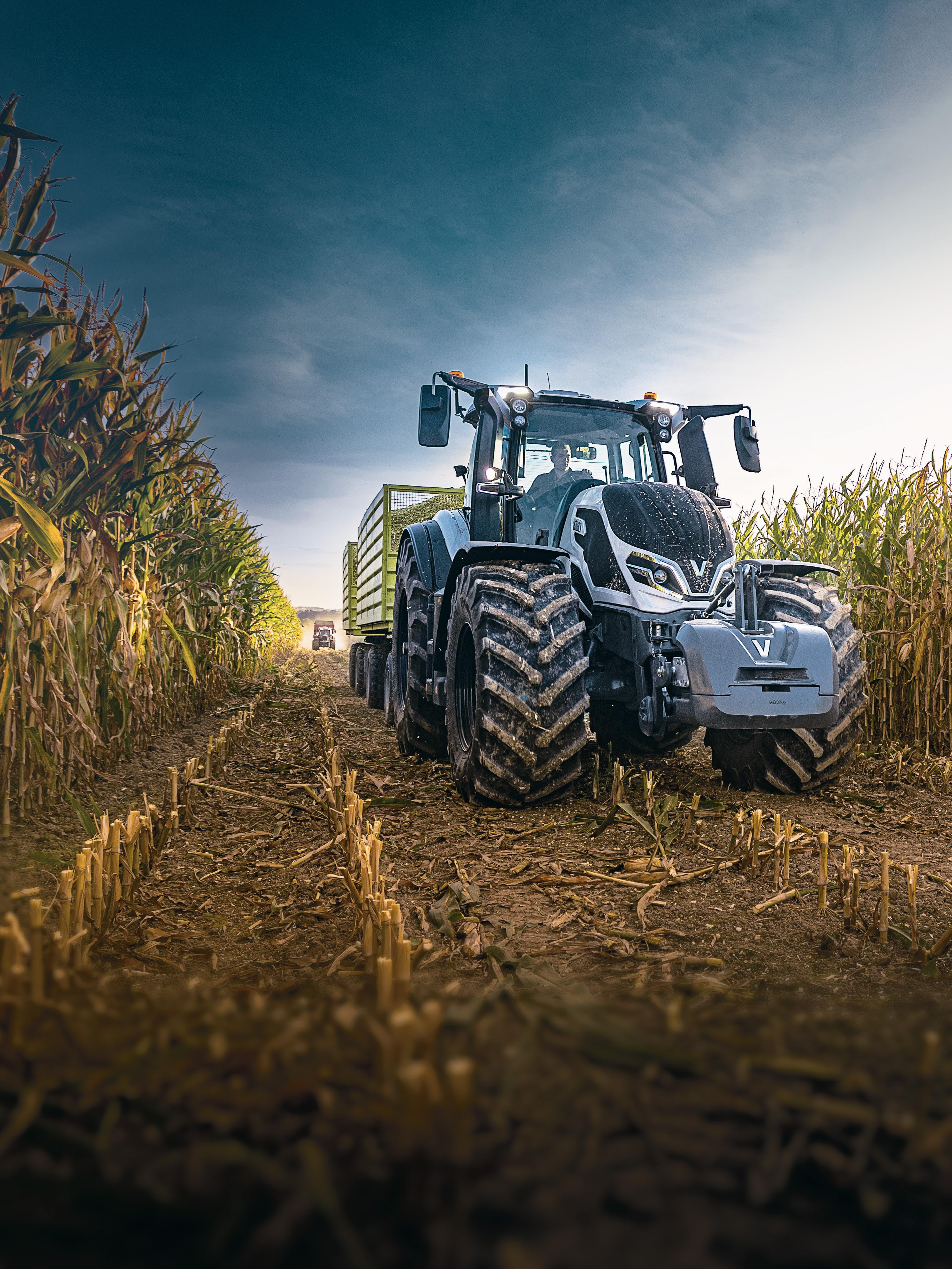
That red juice on your steak plate isn’t blood. It’s only natural for those to assume the pinkish-red liquid oozing out of the meat would be blood. Even the rarest and reddest of steaks is actually bloodless. Instead, it is a combination of water, which makes up about 75% of meat, and a protein found in muscle tissue called myoglobin and its job is to transport oxygen through muscle. Myoglobin looks like blood on your plate because, like hemoglobin, the iron in myoglobin turns red when it is exposed to oxygen.
JOKE
A husband and wife went shopping together just before Christmas. The wife noticed that her husband was missing so she called him on his cell phone.
After the husband picked up the phone his wife said “ Where are you, you know we have lots to do!”
He said “You remember the jewelers we went into about 10 years ago, and you fell in love with that diamond necklace? I could not afford it at the time and I said that one day I would get it for you?”
Little tears started to flow down her cheeks and she got all choked up and said “Yes, I do remember that shop!” she replied.
“Ok I’m in the hardware store next door to that.”
A lot of focus is on poo right now, from ads on TV about a sample to detect bowel cancer and now Beef + Lamb New Zealand (B+LNZ) are after farmers’ sheep poo.
There are good reasons for the focus on what humans and animals excrete – poo can reveal much about their health.
The aim of the B+LNZ appeal for poo is to help understand how widespread facial eczema (FE) is in NZ and help fill gaps in the understanding of its prevalence and whether a warming climate is affecting its distribution.
B+LNZ Sector Science Strategy Manager Suzi Keeling says those who take part in the research will play an integral role in shaping tools and solutions for FE management.
“We are looking for 350 enthusiastic farmers, 22 each from 16 regions around New Zealand, to collect samples from October to May each year for three years.
“We want samples regardless of whether farms have experienced facial eczema in the past. B+LNZ will provide instructions, sampling kits and cover the costs to courier samples to the laboratory.
“It’s as simple as taking a walk in a paddock, there’s no need to yard the animals. Just scoop up 10 individual fresh samples from the ground.
“In return, B+LNZ will provide faecal spore count results as soon as lab testing is completed, access to a monthly updated map showing spore counts around the country and a Prezzy Card at the end of the season if you are able to send all the samples in.”
+ Farmers can register at: cognitoforms.com/ BLNZGenetics/FacialEczemaThreeYearResearchStudy
We asked Country-Wide readers who they thought had done the best job as Primary Industries or Agriculture Minister over recent decades. The results are in, with Nathan Guy just edging out Lockwood Smith as preferred Ag Minister.
Every recent Minister received at least one vote in our poll. Colyn Moyle and John Falloon have the dubious honour of being our least-favourite Ag Ministers though John Luxton and Jim Sutton were not far behind.
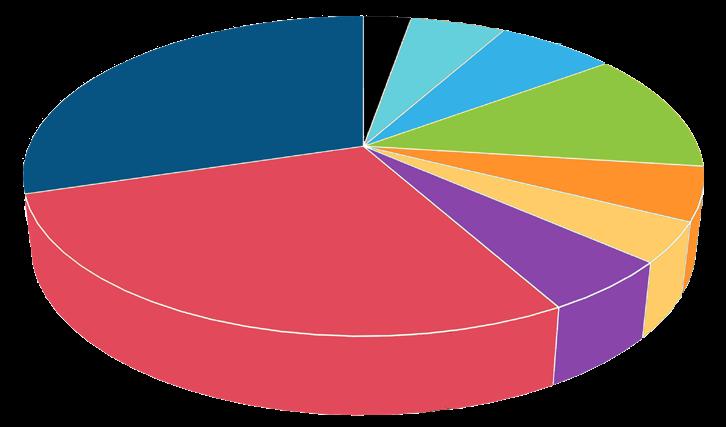
Current Minister Damien O’Connor perhaps surprisingly was ranked fifth-most popular, just tipped by David Carter.
But our most popular Ag Ministers stood out clearly: Nathan Guy and Lockwood Smith almost shared the top spot but Guy pulled away with late votes. Jim Anderton came in third.
+ Read the comments from our readers: country-wide. co.nz/country-wide-readers-pick-our-best-ag-minister/
Paused sharemilker
Mark Chamberlain is feeling refreshed in the first weeks of his gap year. And he has plans.
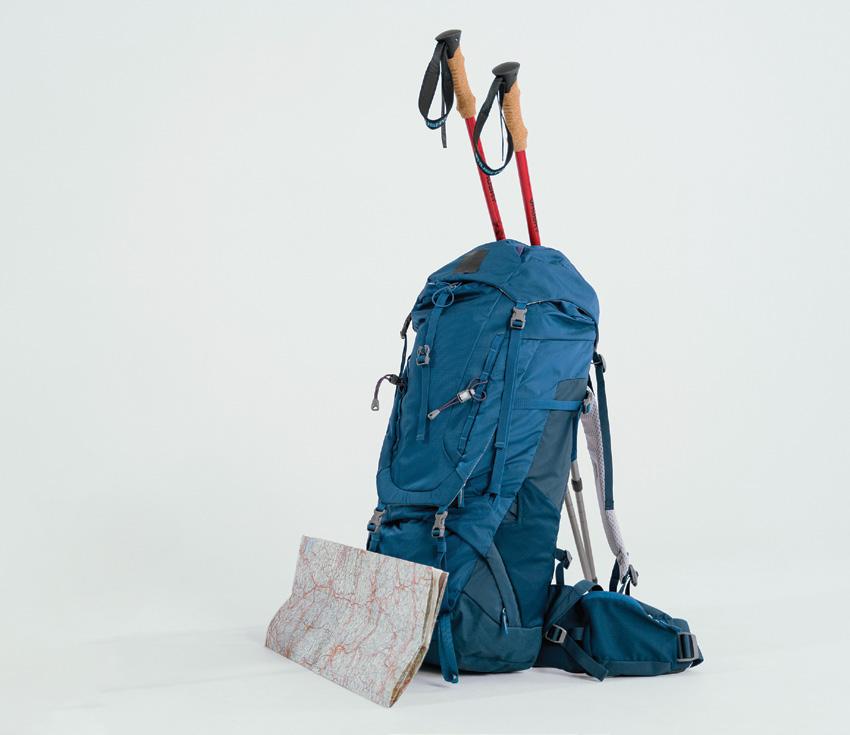
This will be no surprise to the farmers who have kept a wry old, weather-beaten eye on all things political emanating from command central, Wellington. Years of Finance Minister Grant Robertson spraying money around like an old tom cat has seen the fiscal chickens come home to roost.

Surely even drug addicts must be saying they have an addiction. We have always had the ability to stage an intervention, it is called an election. The French used to use a guillotine… just saying. We have moved on from that, to be fair.
Savvy farmers, I have noticed, have already pulled the levers on discretionary spending. Making decisions on ‘do I need it?’ or ‘do I want it?’ should now be in vogue.
Shiny purchases that burn fuel and do not reproduce themselves will wisely be deferred to sunnier days. But what I have always found to be most important when incomes go south, is that it is time to lean on relationships within the finance sector that have been previously nurtured, and that you have not disregarded or disrespected when times were golden.
Good communication and good outcomes that were forged in the
past will continue in the future, while others will find themselves marooned on a sandy beach, financially exposed, without sunblock… ouch, and they will seem surprised yet again at the tidal nature of farming.
A couple of years ago, deep in the Waikaka Valley, we witnessed (unknowingly at the time) the birth of what was to become known jokingly as the Men’s Support Group.
What started out as a quick catch up on a Friday night has morphed into something more. Meeting in different sheds around the district throughout the year has forged long-lasting friendships that you might say are a couple of steps up from the friendly toot and wave, on a dusty gravel road.
It is a mixture of having a laugh, even a vent and of course taking the proverbial out of each other. Everyone gets a chance to say something which is better than being the stoic silent type of old, which was truly detrimental in our industry.

these different personalities in the group, there has not been one cross word or argument and that is saying something in today’s society, where everyone seems to be yelling at each other. We must have listened to Jacinda and were kind.
You may ask how my gap year is going? Quite simply, fantastic.
I thoroughly recommend it; I feel refreshed, energised, and although my sleep pattern still has some way to go, Mrs Chamberlain’s crankiness has even improved – I wonder why that is?
Throw in a few extracurricular activities such as car and boat trips along with visiting each others’ farms to get an understanding of other people’s businesses and what they are thinking. Of course, there is always a cold beer after; you can fill your boots, just have one or none, no pressure – ironically, nobody cares.
I am not sure why, or how, but strangely after two years with all
I have decided to spend my spare time helping other farmers where I can. I have found this quite enjoyable and rewarding. Very shortly I will be setting off on a long walk. Can’t say too much about it at the moment, for fear of failing to fire and I’m worried that I will put too much expectation on myself.
So, just like farming I will chunk it down into pieces and work away at, but perhaps that’s fodder for another column, in a couple of months’ time. It will be physically challenging but more so, mentally tough. I will most definitely be leaning on relationships that I have cultivated and nourished in the past. Wish me luck.
“GOOD COMMUNICATION AND GOOD OUTCOMES THAT WERE FORGED IN THE PAST WILL CONTINUE IN THE FUTURE, WHILE OTHERS WILL FIND THEMSELVES MAROONED ON A SANDY BEACH.”
Gore
FAITH AND I TOOK THE chance to have a few days away from the farm for a quick refresh at the end of August.
Destination – West Coast South Island.
It’s a short drive for us, presenting a beautiful change of scenery from our dry Central Otago landscape, and was a great time to visit there.
Coasters were emerging from their quietest month of the year, the whitebait season was about to start, the human season was almost underway for sandflies and accommodation was readily available everywhere.
I always marvel at the beauty of the bush wilderness the remote Haast Pass Road from the head of Lake Wanaka was constructed through, opening up into the vast Landsborough Valley catchment with the snow-capped Southern Alps towering so close above the bushline. It is a precious place deserving of its World Heritage status.
And it was something of a ‘10 years old’ age anniversary.
I was 10 when the road from Haast township was opened to traffic north to the rest of the West Coast.
When our daughter was 10, we had visited Franz Josef Glacier. It

had been a short and easy meander from the highway carpark up the Waiho River Valley, and access back then was restricted only by one’s own sense of personal safety. Some people were clambering around the glacial ‘toe’, but for most, it was enough to just view this abrupt end of nature’s wonder, slowly grinding downhill towards the warmer lowlands where temperatures were calling time for it.
“AT A TIME WHEN OUR CARBON EMISSIONS NEED TO BE SERIOUSLY REDUCED, THE HELI-TOURISM SECTOR IS HELPING THIS FAMOUS NZ LANDMARK TO DISAPPEAR. THE IRONY ISN’T LOST ON ANYONE AT FRANZ JOSEF.”

Our granddaughter has now seen her first 10 years as well, and I was keen to photograph that same spot where her mother had been in the 1980s. And the glacier had advanced continuously for the next 20 years, but then things quickly began to change.
Today, well maintained Department of Conservation tracks lead us to a point overlooking that spot, but the glacier terminus is nowhere to be seen, and now well out of sight. I was staggered. Signage was everywhere, forbidding tourists from venturing any further.
The glacial retreat has been particularly rapid in just the last two years. No guesses why.

It used to be a half hour walk to see the terminus. Now visitors must take a four-minute helicopter flight to get to it. These machines are going non-stop once the tourist season hits its stride, with tens of thousands of flights each year. At a time when our carbon emissions
need to be seriously reduced, the heli-tourism sector is helping this famous NZ landmark to disappear. The irony isn’t lost on anyone at Franz Josef.
It's sobering and confronting, because it’s not just our glaciers disappearing, but the vast snowpack volumes on our Southern Alps that provide our hydro generation capacity.
Our return trip back home down the Upper Clutha Valley is where another battle is underway. Christchurch Airport has controversially purchased enough farmland between Cromwell and Wanaka to build another international airport there. They too are in the business of encouraging tourism through air travel. It’s their bread and butter, and adds a big chunk to NZ’s earnings, feeding directly into our essential tax revenues.
Surely, we need to accept that on planet Earth, there must now be limits to aviation expansion.

Nick Loughnan is blown away by the vision of a lost glacier.
Turning up the heatAlexandra
Without doubt this event is now a highlight of our calendar year. The positivity from speakers and delegates, which is often missing in our industry, is extremely uplifting and sends us home on the countdown to Christmas with a spring in our step!
Our own foray into this area is with self-catering holiday accommodation, we built on the same site and in a similar style to an older watermill on the farm and now a house and cottage which gives options of sleeping 14 if taken as one or 10 and four if split.
AS WE CRUISE INTO AUTUMN and with the Rugby World Cup in full flow, it’s a case of balancing the day job with viewing matches both on the TV and in person for a couple of matches.
It would be fair to say we are realistic about our chances in the competition and have booked flights to allow us to view earlier pool matches rather than the knockout stages.
Following a few days in France, Fiona and I are heading to Tuscany in Italy on a Scottish agri-tourism learning journey, which will no doubt provide an acceptable blend of business and pleasure while enjoying the sun in late September.
Agri-tourism in Scotland has over the past couple of years really taken off, driven by Nuffield scholar Caroline Millar, a real force of nature.
It now has co-ordination and direction and those involved in the sector meet annually at a conference in Perth in November.
It pulls together those who have been involved in the industry for years, others like us who are relatively new to it, those who want to get involved and want to learn more and this year there will be younger delegates in attendance who will have completed personal development prior to attending.

It opened just as Covid kicked in which was less than ideal but this summer has been full and it also has steady bookings for autumn and winter which is great!
Obviously we want to make money from this enterprise, but there have been spinoff benefits we hadn’t anticipated, direct sales of breeding cattle and sheep have increased through guests who have bought stock following a farm tour.
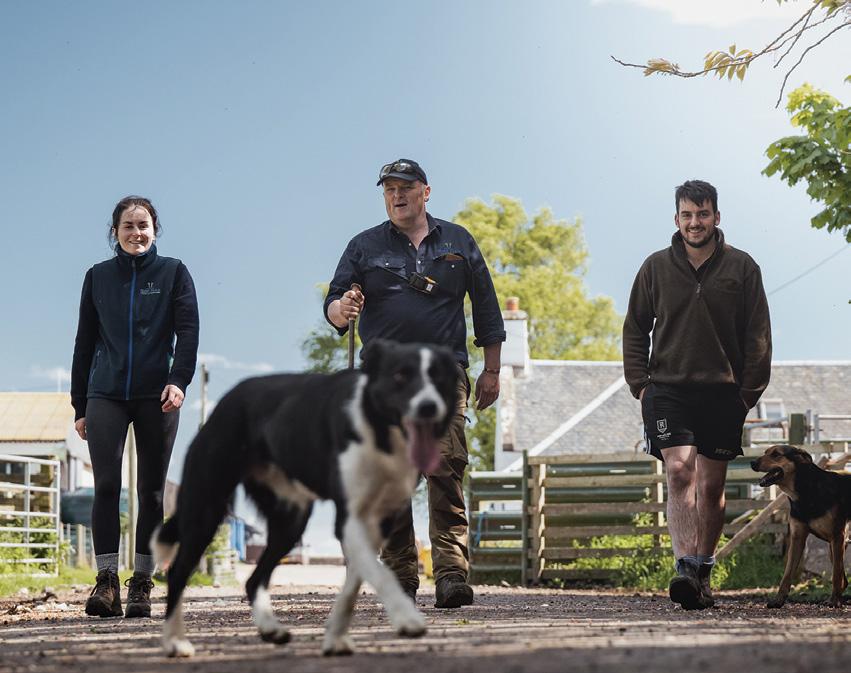
reliance we have on these main enterprises.
On the farm front following an extremely dry June, July and most of August have been wet, but everything fell into place after our ‘Great from Grass’ annual production sale at the end of August and harvest has been tidied up relatively quickly.
Our barley did well and looks like it will have averaged comfortably over 7.5 tonnes/ha and oats will be similar and wheat will have done 10.7t/ha. Quality has been mixed, however, and we have had a couple of the dreaded ‘we are rejecting’ phone calls from the plant which processes our barley on its journey to being turned into the finest Scotch whisky.
We now have a better understanding of the offering in terms of tourism in our local area and we have also forged links with local suppliers with high-quality products used in gift hampers which guests get on arrival.
It's fair to say we now have an appetite for more, our core business will likely remain beef, lamb and cereals but we are keen to scope out what opportunities there are to develop our business further to reduce the financial
Our breeding sheep sale held onfarm with Yourbid did reasonably well - 95 NZ Suffolk, Texel, Aberfield and Beltex rams averaged £815 (NZ$1722) with a 90% clearance and 183 gimmers/2 tooths averaged £177 with a full clearance.
It was an interesting sale, buyers were a little hesitant which I think would be a reflection on both uncertainty of our industry at present and the toughening financial climate.
Au revoir for now folks, I’m off to France for some rugby.

John Scott and family have become involved in Scotland’s agritourism.
“THE POSITIVITY FROM SPEAKERS AND DELEGATES, WHICH IS OFTEN MISSING IN OUR INDUSTRY, IS EXTREMELY UPLIFTING AND SENDS US HOME ON THE COUNTDOWN TO CHRISTMAS WITH A SPRING IN OUR STEP!”Hill of Fearn, Scotland Above: Izzy, John and James Scott.
IN OCTOBER 2006, WHILE enjoying a few days at our Rotoiti shack I received a call from Tony Leggett inviting me to contribute an article for the Home Block section of Country-Wide. Tony finished the conversation by suggesting that I don’t get too big-headed about the invite. It only came because he already had my photo on file! I have enjoyed contributing since that conversation.

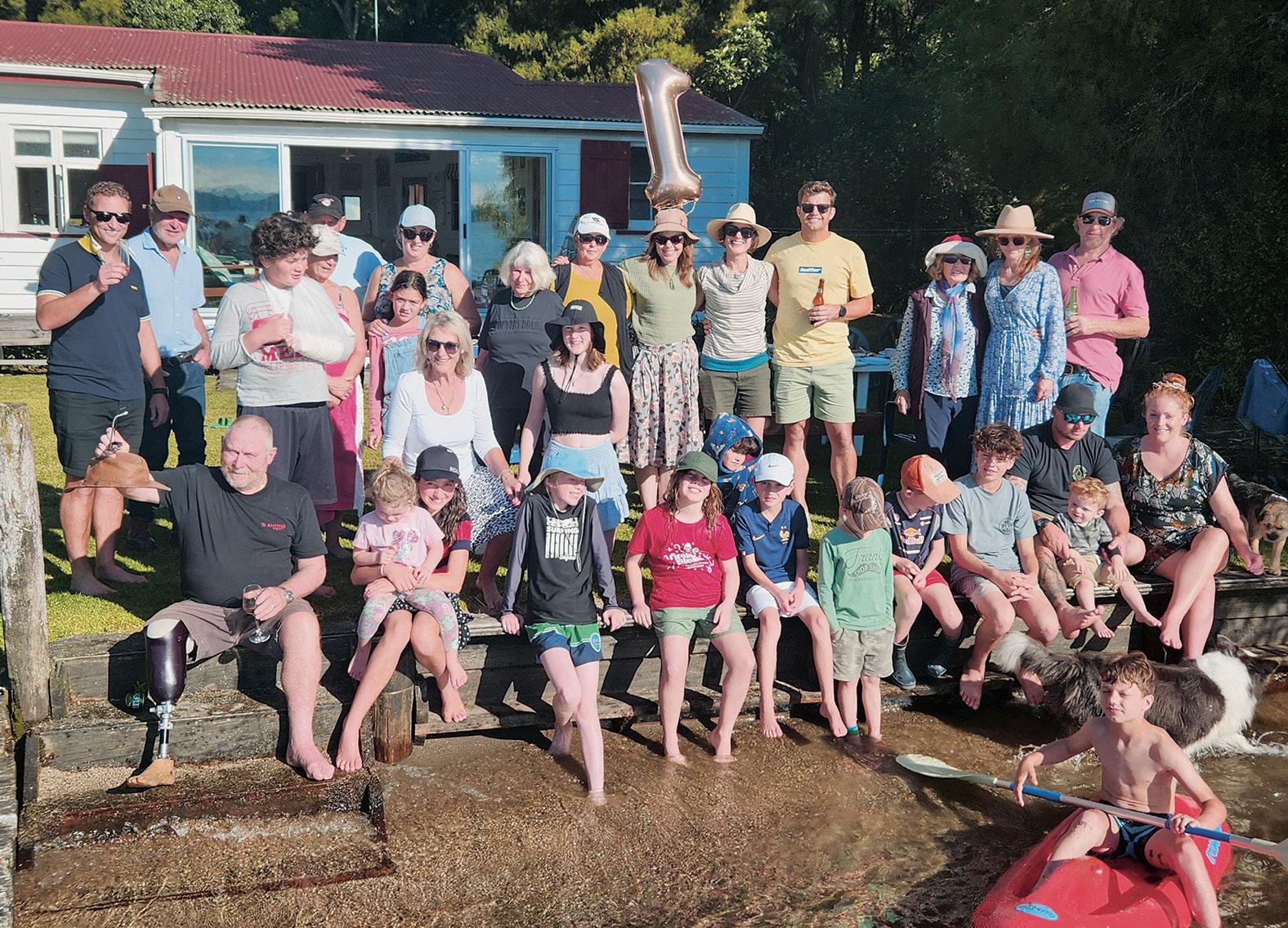
I have always enjoyed Tony’s company and I wish him well now he has sold this very good publication. The same for Terry Brosnahan who I have had some wonderful telephone conversations with although never met him in person.

Of the new owners, I know Sarah Perriam-Lampp and the new editor, Jackie Harrigan. I am sure the whole team will continue to put out a great publication.
I write this the day after the All Blacks lost the opening game of the World Cup. By the time you read this we will likely have one game to play in pool play. I am confident the team will pick their game up and make the quarter finals. That will be a very tough game against, more than likely, South Africa or Ireland. If they manage a win there, I believe they will make the final.
Onfarm, we held our annual bull sale five days ago. Considering current farming conditions, (both dairy and beef) we were pleased with the sale. The average was $300 down on last year at $3501. We sold 112 of the 117 offered which was extremely satisfying.
amount of work both onfarm and in the office, we do have to get a little more “us time”.
Te KopuruOn sale night we also celebrated my birthday which occurred five days before the sale. This was a great night with a fantastic turnout of clients, family and friends. Karren and I prepared all the food over the weekend before the sale, all of which came off the farm. A pretty long night but I was still capable of preparing the bookwork for trucking the next morning. So now I am a one-legged 70-year-old who has no intention of quitting the stud or farming. I often get asked what our succession plan is and I reply I am it!
There will be one change in our farming life. That is that Karren and I get a bit more time off farm. Although the stud is a huge
We have our Rotoiti shack that I try to go fishing to twice a year. Karren joined me and our girls there in March where we had a wonderful reunion and celebration of 101 years since my greatgrandfather bought the section and built the shack in 1922. We are still in the same shack. We bought Karren’s sisters out of her family's Glinks Gully Bach two years ago and have only stayed twice since. That must change.
Like so much of the country we have had a huge amount of rain in the last 12 months. I will let you all into a small secret, but please do not tell anyone as my life could be in danger if this gets out!
Unlike most of the country I am not complaining about the wet. We have had an amazing year for grass production. Our sand country just loves water and we have had that. The response has been amazing. I expected a slow autumn as we had grown so much grass over the summer. But we also got good autumn and early winter growth. In 52 years of farming, I have never known such a great summer.
“...I OFTEN GET ASKED WHAT OUR SUCCESSION PLAN IS AND I REPLY I AM IT!”The Biddles family celebrate 101 years of their Rotoiti shack.
Photographer Sarah Horrocks joins the roundup of Canterbury high country Cleardale Station’s herd of Angus cattle after an autumn spent on neighbouring Manuka Point.
When I look back at my life, there will be thousands of moments I will never forget. The mind is a magician at storing away millions of snapshots, cataloguing them in the mind in some sort of order so they can be recalled to grandchildren from an old leather armchair.
When I was asked if I’d like to join what could be the very last Cleardale cattle drive, I was on the phone to previous editor Terry, begging him to let me go.
Cleardale is a 1450-hectare station in the Rakaia Gorge, Canterbury. The rugged high country property has been in the Todhunter family since the
1920s and has a topography that slopes across an ancient glacial landscape to the river below. Three hundred Angus cattle call Cleardale home and they’re run alongside 6000 stud and commercial ewes – a mix of Merino, SX Fine Wool and English Leicester.
The cattle spend most of the year at Cleardale, spread out among the sheep to clean up the pasture, just as the commercial farmer would ask them to.
It was after a dry summer back in 2015 that owner Ben Todhunter took the opportunity to farm out the mixed-age cows to a property called Manuka Point at the head of the gorge. The Patterson family run a hunting lodge and had farmed Merino wethers in the past but wanted to simplify things, offering to graze the Cleardale cows for 90 days over autumn.
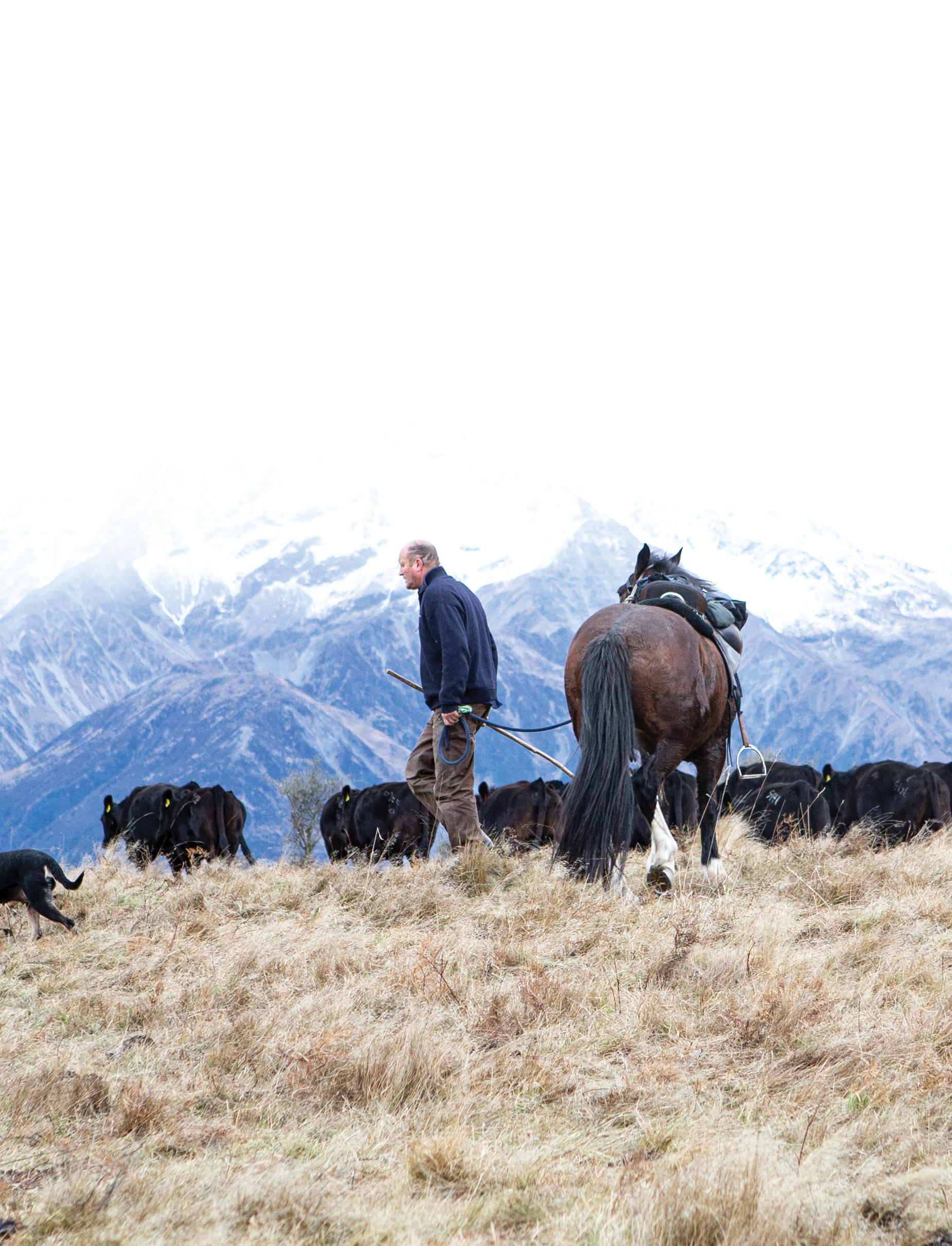
The cattle are driven up in late March, avoiding the abundant Tutu (Coriaria arborea) en route, and they graze 700ha of river flats on the Rakaia until late June.
When Ben was telling me about this adventure (work, for him), they were planning to bring the cattle back down the valley in the winter, at Matariki to be precise. The deterrent warnings were all there from Ben – it’ll be cold, the river will be high, it’s long days, oh, and you’ll have to ride a horse. That old chestnut…
It turns out that my trusty steed Nash
was actually a bay when I spotted him through the darkness the morning we set off.
I hadn’t slept much, my mind anxiously planning how I was going to fly the drone off the back of a horse and take stills with my camera at the same time. This all combined with the terrifying prospect of Nash dumping me and all my gear in the Rakaia – not the snapshot I wanted to catalogue!

After loading the two horses we drove 25km up the gorge to Double Hill, where we swung off down a hell of a rough farm track that led to the riverbed.
Fortunately Nash, along with Ben’s nag Shandy survived unscathed and after Ben saddled up – I watched from behind a tussock – we took off to find some black cattle.
The Todhunter family are pretty passionate about the land and environment, which is evident as Ben recalls fact after fact about the precious vegetation around us, as we rode in the shadow of a roche moutonnée at Little Double Hill – a rock formation created by the passing of a glacier.
Cleardale Station
Rakaia Gorge, Canterbury
Cleardale is 1450ha, total operation is 1670ha
5.5 permanent staff
300 Angus cows
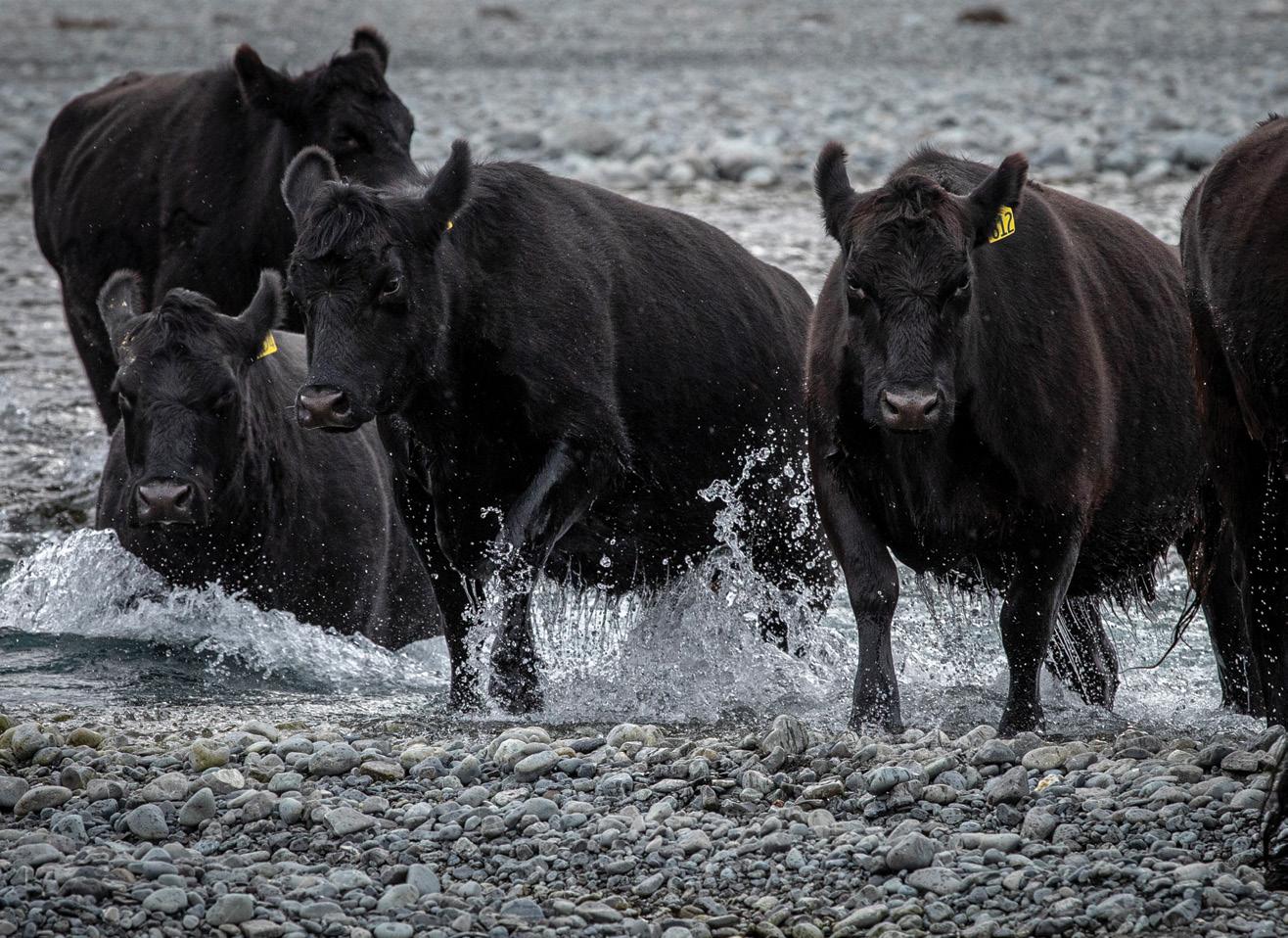
6000 ewes
After an hour or so in the saddle, it was time for the first of two dreaded river crossings – one on the way up and another coming back. By now I felt I had heat stroke coming on with my thousand Icebreaker layers — it turns out Ben’s forecast of freezing temperatures wasn’t quite accurate and we had warm westerly winds rather than cold, driving southerly rain. Not one to complain (much) I focused on the river and as I watched Shandy’s giant St James-bred backside dip into the river, I was relieved to hear Ben offer some reassurance.
“Bit of a hole there, best to go around it.”
Around it we went, and it turns out the Rakaia was actually the lowest it’s ever been for a crossing. This was good news, very good news indeed.
Nash was a pro in the riverbed, choosing his steps carefully. Given I was trying my best to shoot stills off his back, he was on a long rein for the most part, so provided his mate Shandy was nearby, he was as happy as he was in his racing days.
After about two hours in the riverbed, we made it to an island off Manuka Point. The 173 cows were there waiting for us and Ben was quick to relay the plan to get them off the island and back down to Cleardale.
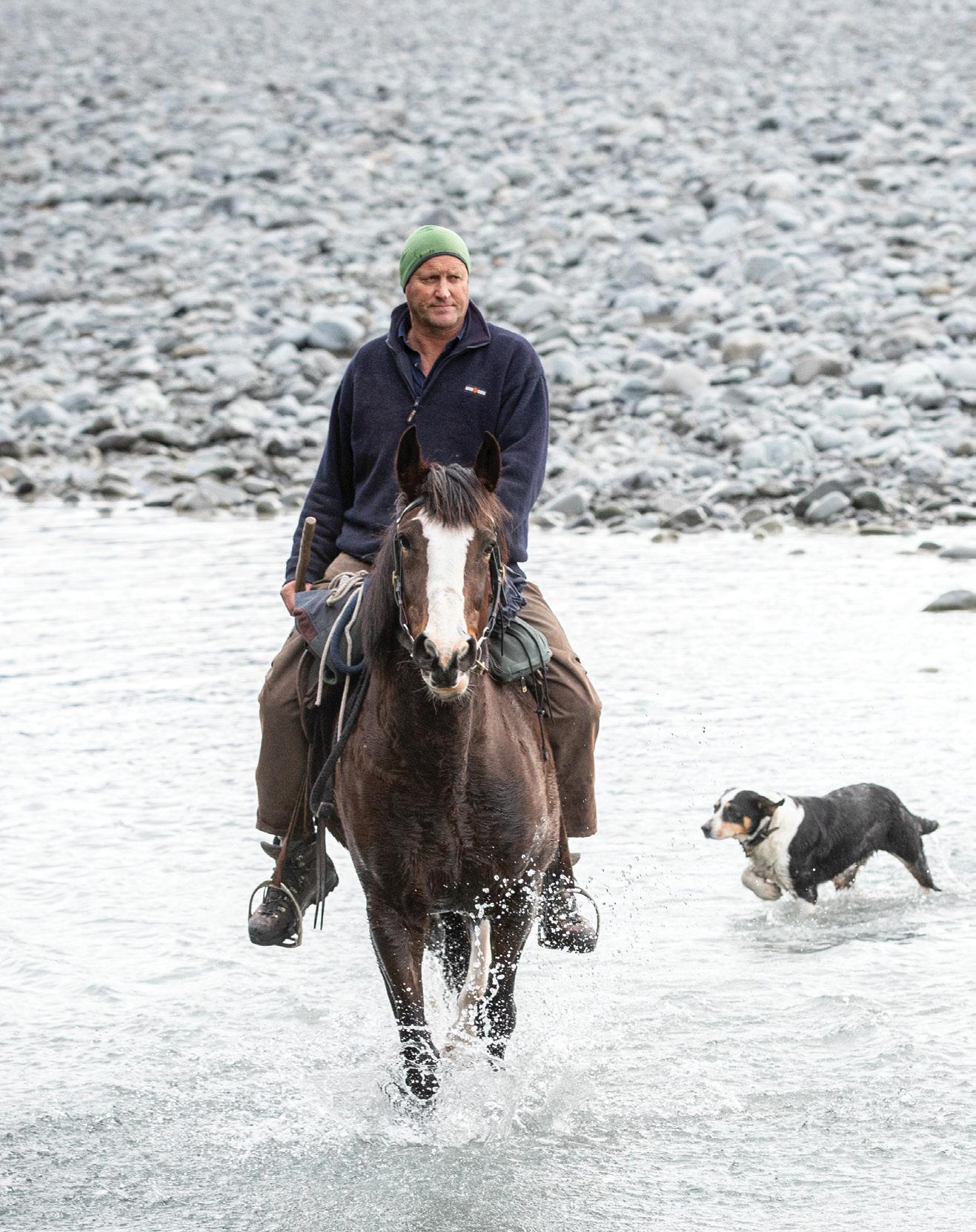
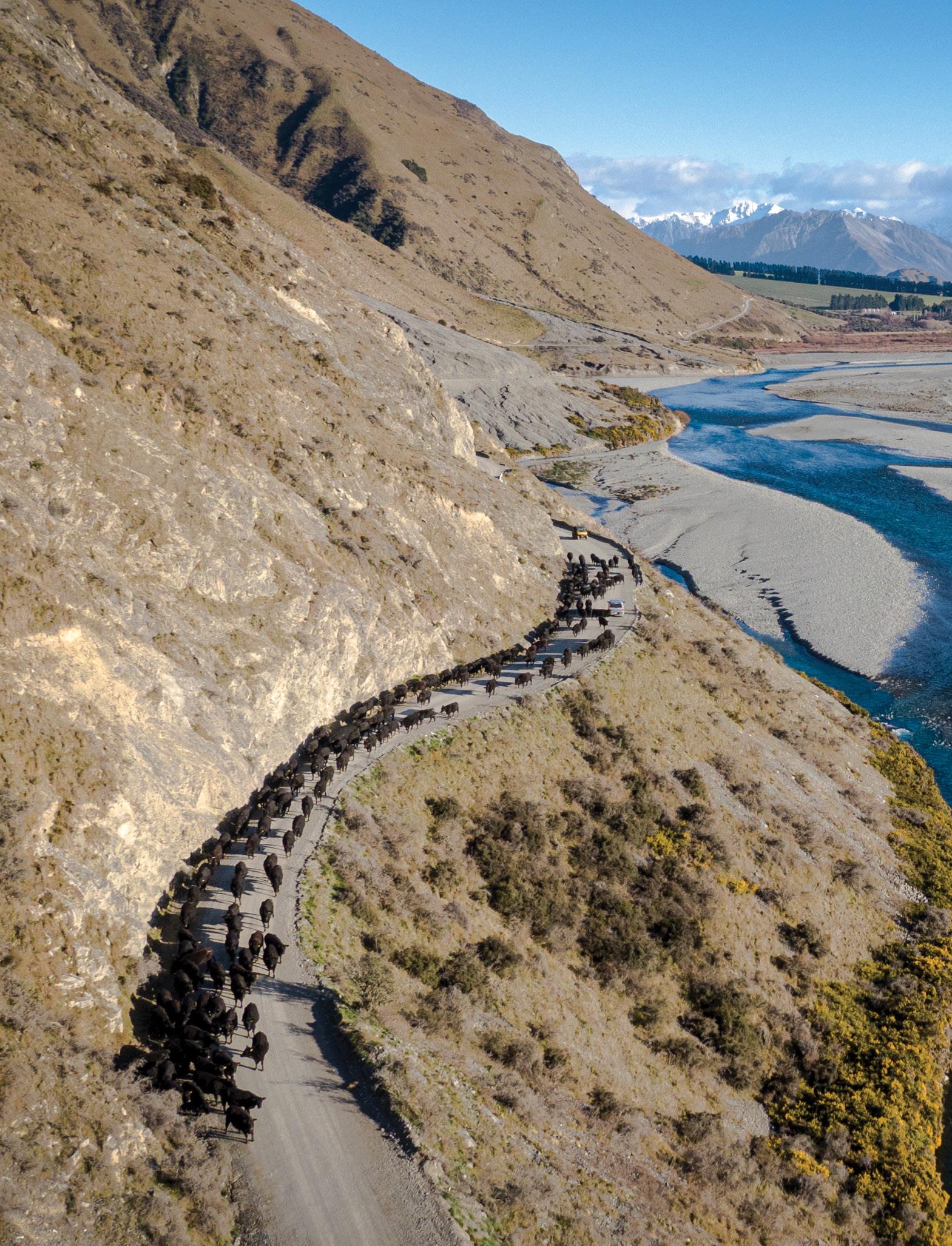
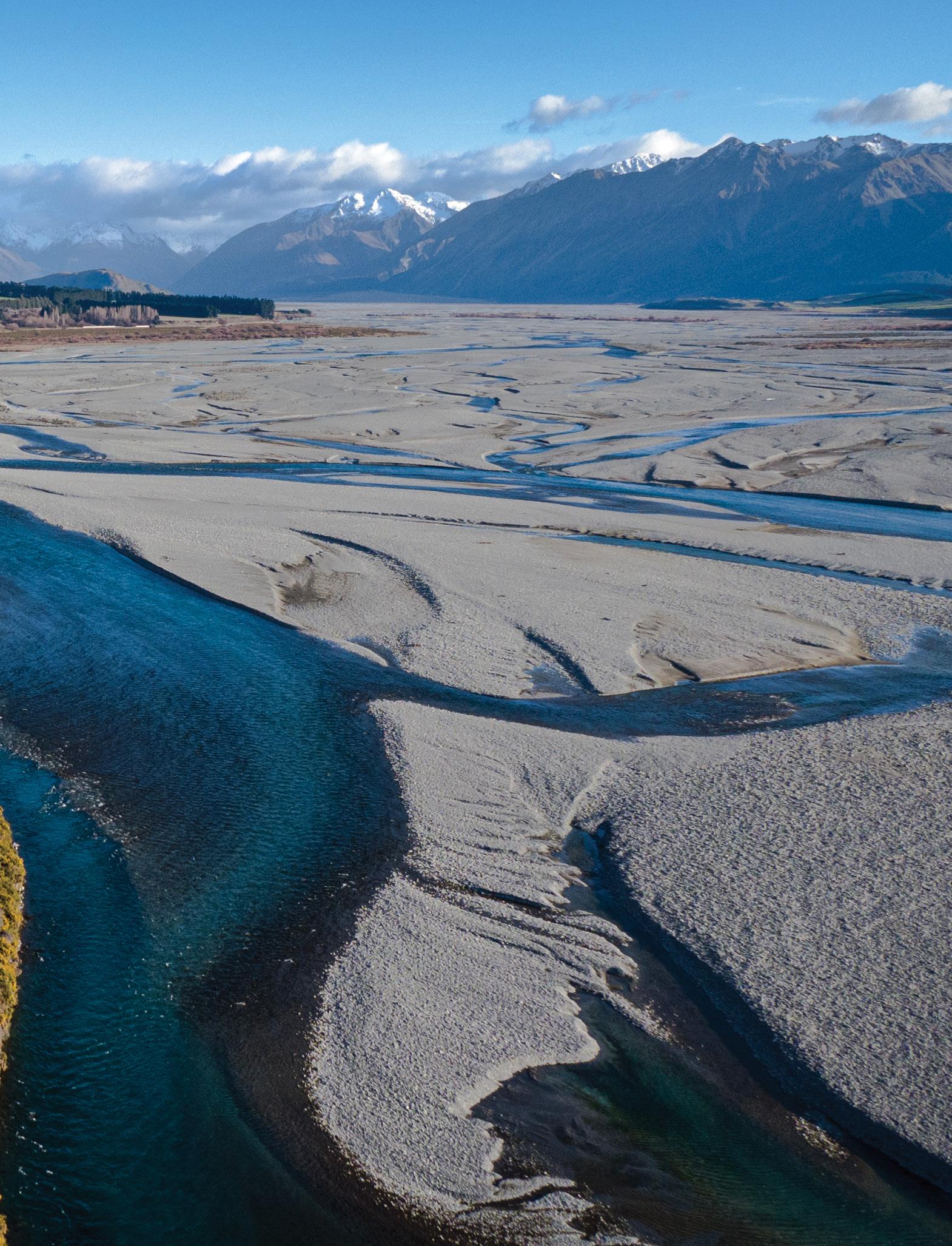 The Cleardale cows come around the cliffs beside the Rakaia River.
The Cleardale cows come around the cliffs beside the Rakaia River.
Piece of cake. It all seemed pretty simple until the cows decided they didn’t want to jump down the fourfoot bank that Ben had planned for them, and would rather take the long way home.
Once we eventually got them off the island and out in the river flats they trundled along pretty well, every cow stepping in the footsteps of the cow in front, never deviating from their chosen path. Ben says they rarely go
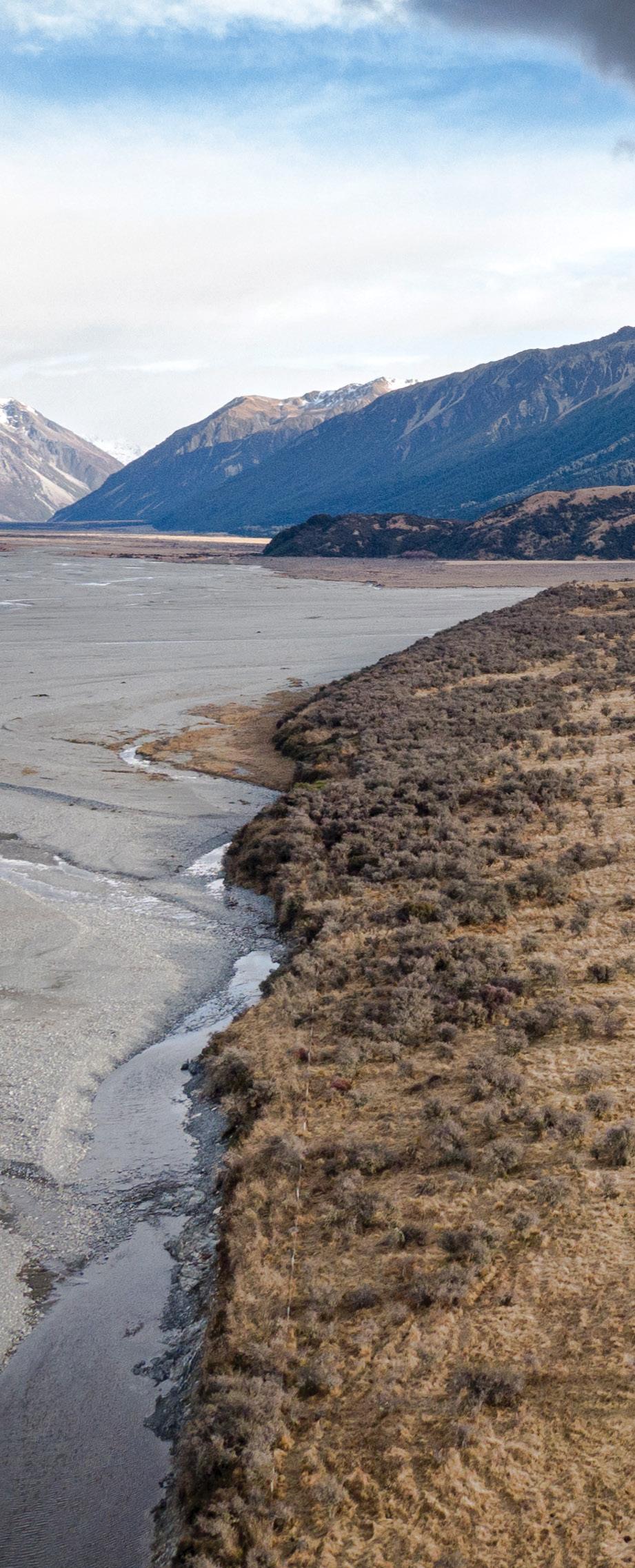
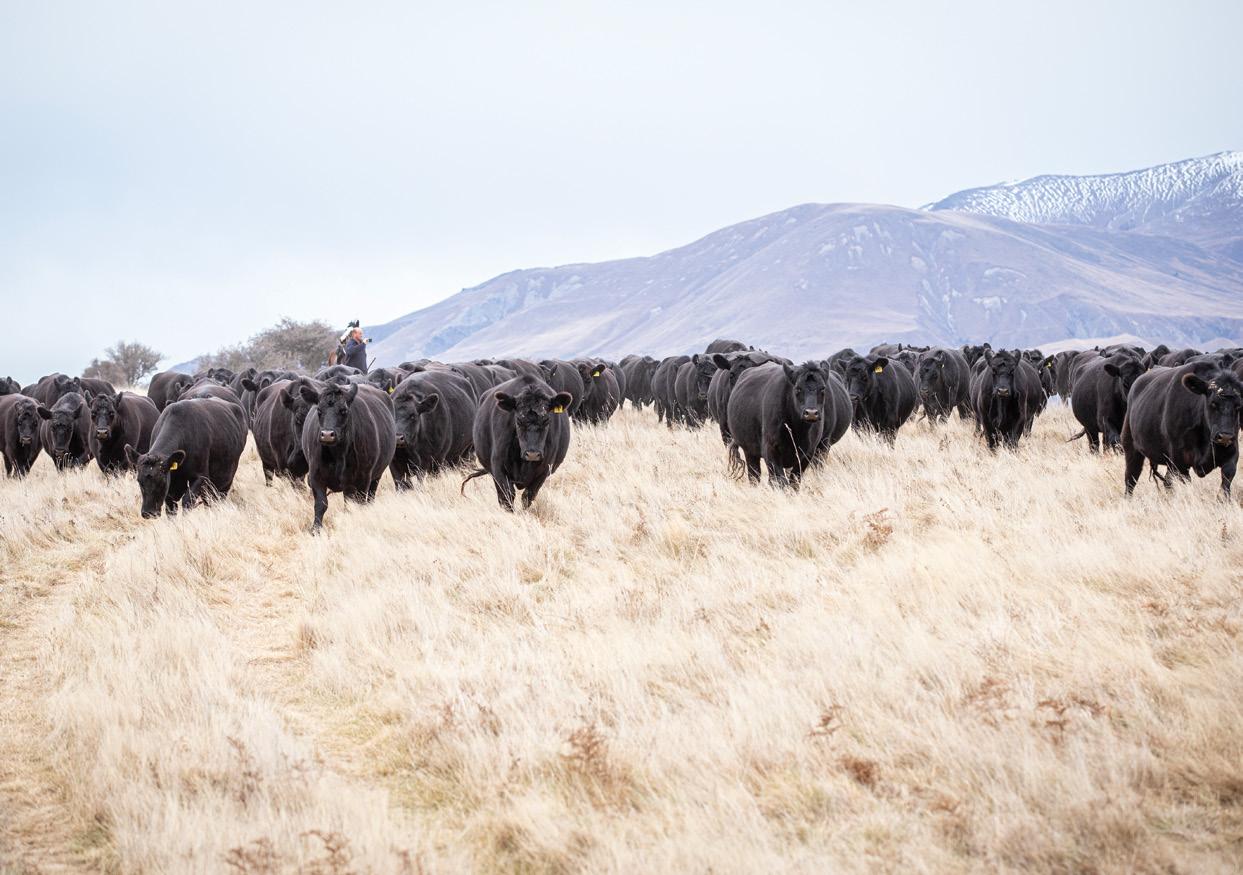
lame on the long journey home and it’s unsurprising when you watch how carefully they select the kindest route.
The kindest route is not, however, the route taken by Bob Todhunter, Ben’s father. He drives out in a ute to help with stopping the cattle at feed points and turning the lead where necessary.
He’d driven out to the river crossing to ensure the lead got across okay, but it seemed he must’ve found that same darned hole Shandy found earlier in

the day. All Ben and I heard from our distance was gravel and revs, and gravel, and then more revs. Then a crack, and I’m pretty sure we saw a front bumper detaching, couldn’t be certain…
The river crossing was a breeze for the old hands out the front. They’d been down this road before and they seemed to know the way home. So across they went, with the river breaching their chests at times.
Ben’s dogs Bow, Tune and Chase,
have learnt that jumping in on the downstream side of Shandy is the easiest crossing – the river current is slowed for them and they’re not swept away so quickly.
Once out of the riverbed, it seemed like we were on the home straight, just a few kilometres to go and for the day it was all downhill, almost.
We stopped for a lunch break at the roche moutonnée to give the cows a snack. Nash was pestering me for a bite
of my sandwich, but I persuaded him to settle for a sticky Tim Tam instead – he needed the energy after all.
A few of the cows started to sit down so Ben knew they’d had a good feed and we set off again. The landscape changed as we headed into thick matagouri and then on into vast plains of native grasses. I waited behind and shot some drone footage, which agitated my steed, so once I remounted he was off – the throttle fully open and if I wasn’t
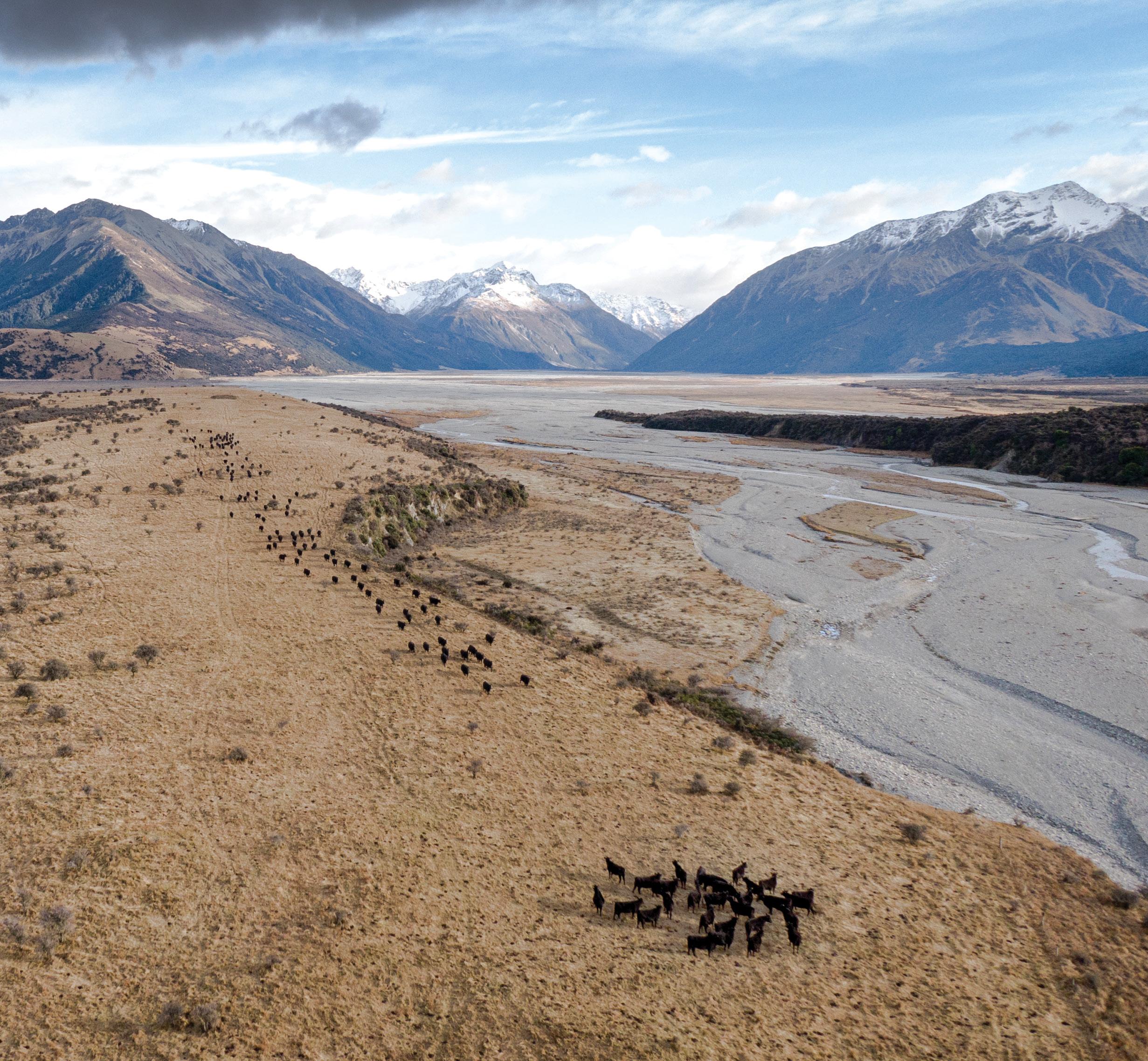
Below: Nash pesters Ben for a bite of his sandwich during the lunch stop. Below: The cows make their way off the top end of the island off Manuka Point after choosing to take the long way home.
hanging on he was leaving me behind.
I saw a backward glance from Ben as he heard the thundering of hooves coming up from behind, but nothing fazes these cows. They rarely look up, even with a rookie-operated drone two metres in front of them.
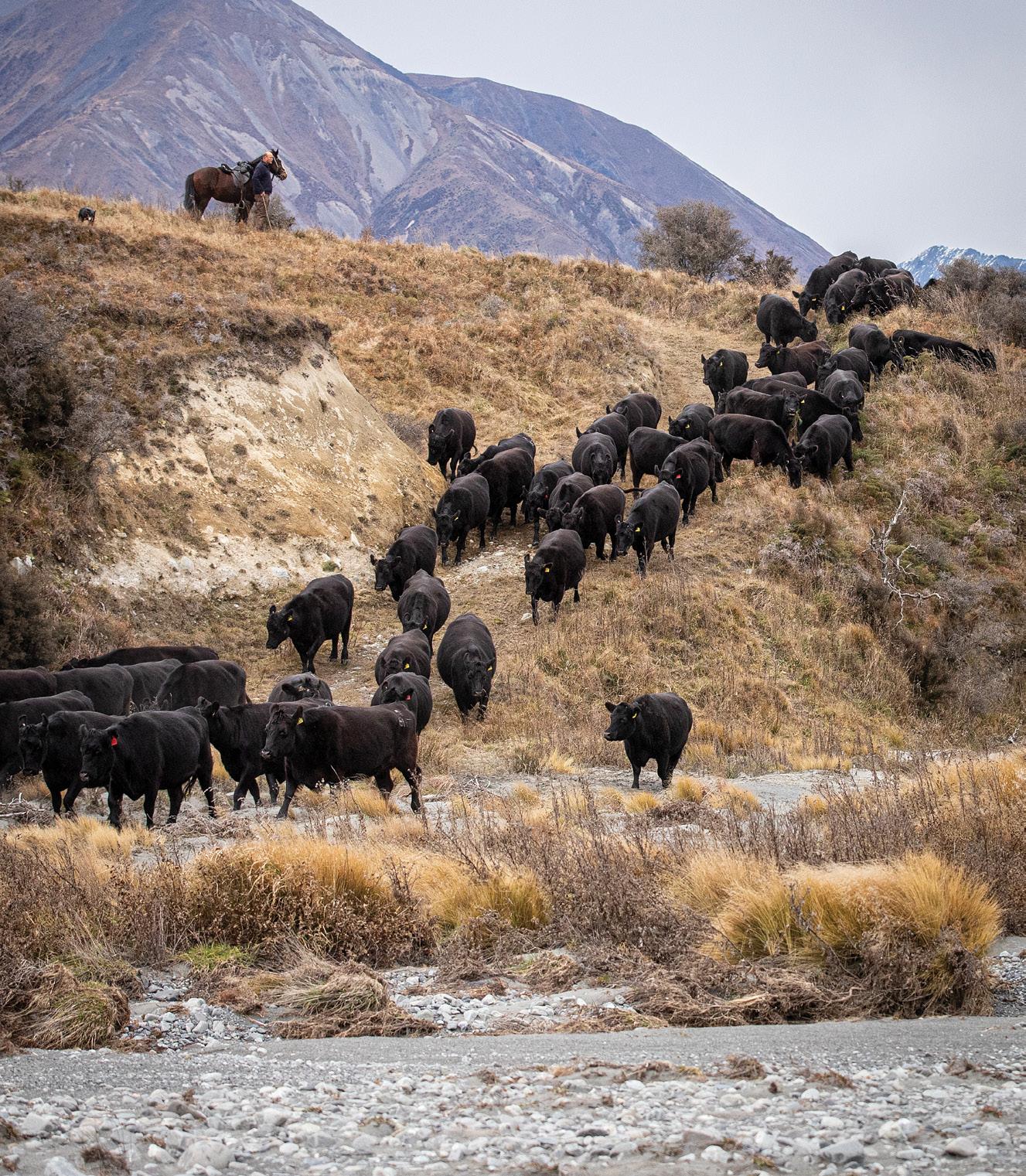
By the time we met Bob at the gravel road it was nearing 3pm and the girls were ready for a rest.
It was also time for me to stretch the legs and give Nash’s back a break so we walked the last few miles down the gravel to the roadside camp. Once the cows were tucked up safely behind their electric wire it was back in the ute to load up the horses and then down the valley to the homestead for a wellearned rest.
The second day was met with a different tune as I raced up the valley road on a quad at 6am. Shepherd Louie MacDonald and his girlfriend Gina were disassembling the fence and the cows were back on the move again. They had 22km to travel and Ben had given instructions that they weren’t to be rushed.
Abundant bags of lollies provided entertainment for Louie and Gina, broken up by opening or closing the odd gate and diverting the herd around the cattle stops. It’s all pretty straightforward as the cows make their way down the road, with only the odd one attempting to walk above the road and occasionally getting trapped – something to keep young Louie on his toes.

The winding road provided an absolutely stunning vista as it meandered along the valley floor and around the cliffs back to Cleardale. The icy waters of the Rakaia reflected a deep emerald green and as we closed in on the station I reflected on the journey they’d made.
Forty kilometres in two days and they’d barely stumbled. Stoney riverbeds, crossing the Rakaia, negotiating traffic and politely passing the neighbour's unprotected balage without a second glance. These cattle are bred and raised in the high country and they’d proved they’re right in their element.
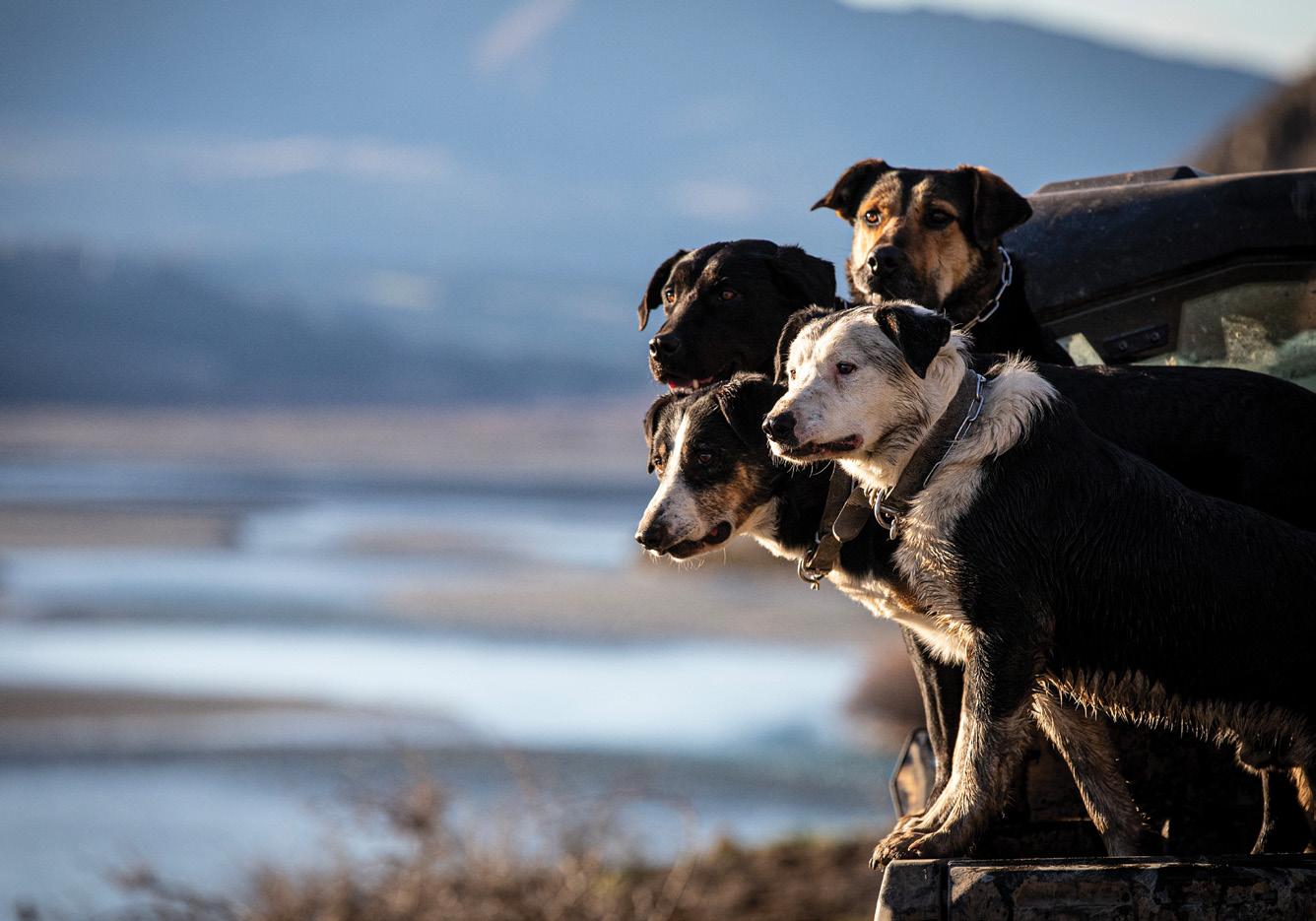
For me, it was memories banked, but for the Cleardale cows, it was just another day at the office.
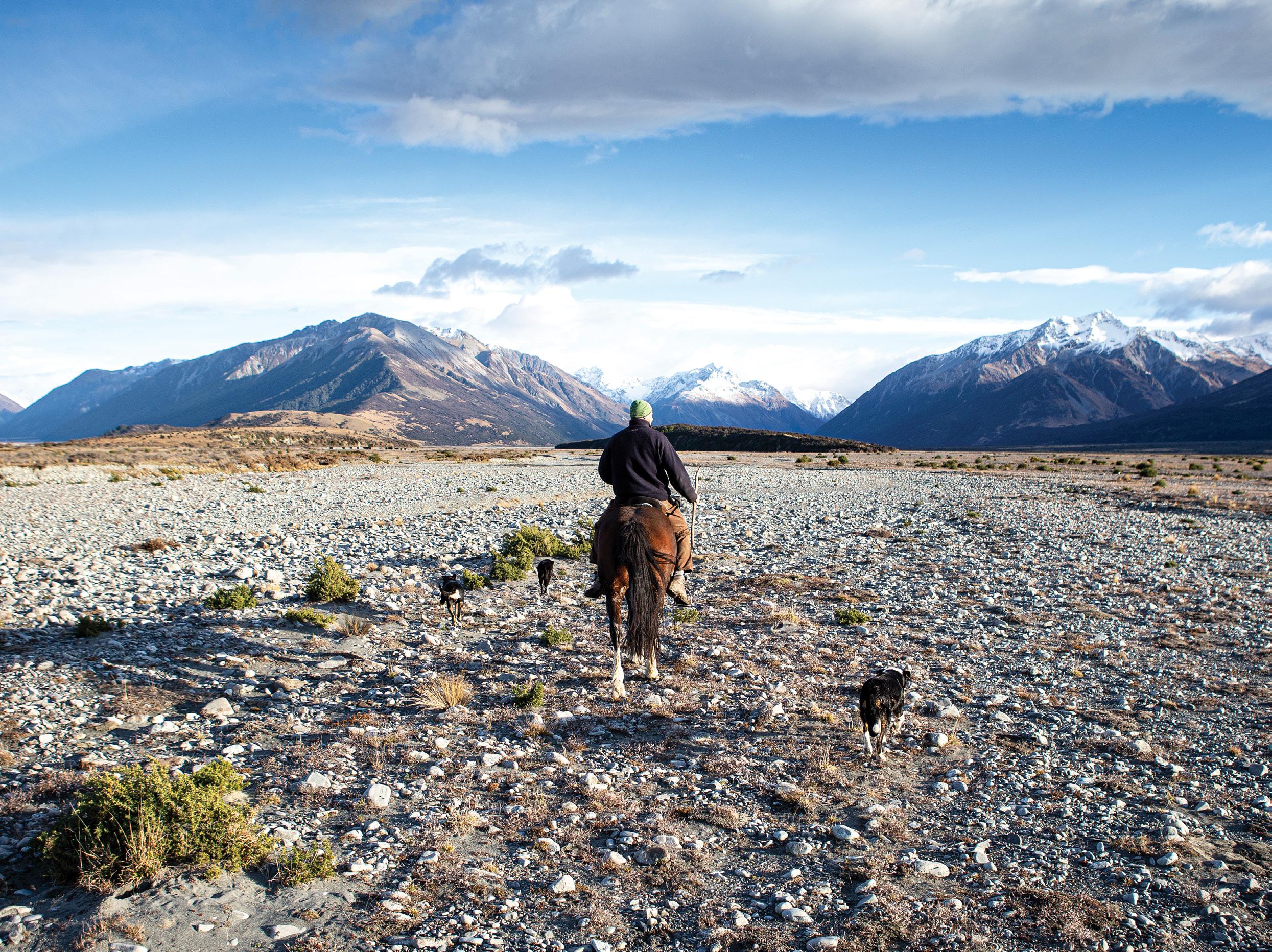
The New Zealand meat industry’s connections with India were deepened with the trade mission in early September led by Minister for Primary Industries (MPI) Damien O’Connor. While there’s still plenty of building of the relationship needed, moves were made towards a cohesive strategy.
“It’s an expanding, dynamic and very young economy with real potential for significant opportunities for NZ,” says Aslin Chand, the Meat Industry Association’s (MIA) policy and trade manager. She went on the mission along with Quality NZ executive director, Geoff Allott, and several of his staff, along with Silver Fern Farms’ (SFF) chief executive, Simon Limmer.
“There’s a lot of opportunity commercially, but there are barriers such as tariffs and lack of infrastructure around cold storage,” she says.
There was good engagement with Indian government agencies such as Invest India which was able to point
mission members towards growth opportunities as well as the chance to connect with the country’s business bodies.
“The key takeaway was it’s a long-term game but there’s real commitment to the market.”

With India’s middle class expected to top 150 million people by 2030 there’s a growing demand for protein, especially animal protein. Lamb exports have bounced back to pre-Covid levels with 103 tonnes sent from October 2022 to July 2023 worth $1.7 million or $16,525/tonne FOB. Mutton exports made up another $300,000 with 53t sent over the same period, worth $5767/t.
Two other growth areas for NZ’s meat industry are in the fifth quarter, with offal exports boosted through the rise of the petfood industry and the demand strengthening for both ovine and bovine blood serum exports.
“India wants to be the pharmacy to the world, manufacturing and exporting products such as vaccines to other countries,” she says.
A recent trade mission visited India, now the world’s most-populous country, and a booming economy. By Glenys Christian
In both cases NZ exports are sought after because of our disease-free status and can gain a premium because of that. While serum exports have the same 33% tariff as lamb exports do, tariffs for offals ranges from only 10-15%.
“There’s also significant potential to build the trade between the two countries in expertise in cold storage infrastructure, training and disease management,” she says.
“So it wouldn’t be just trade, but NZ would also be contributing towards India’s development.”
Part of that would be developing a better understanding of NZ’s agriculture and where complementarities lie, as recently seen with the 20,000kg of NZ wool used in carpeting its new parliament building in New Delhi opened at the end of May.
“There’s some understanding already, but there are also some of the myths of the volume of NZ production and the fear that we’re going to flood the market and the belief that the agricultural sector is subsidised.”

Geoff Allott, was buoyed by what he saw as a good, co-ordinated group, aligned in its messaging. Quality NZ counts cricketing greats Sir Richard Hadlee, Stephen Fleming, Brendon McCullum and Daniel Vettori among those having an ownership stake (Country-Wide, September 2023).
“The relationship of the two countries has only been seen through the lens of cricket,” he says.
But with four visits from O’Connor, over a short time NZ now had the ear of senior Indian ministers. And while there’s no talk of a free trade agreement (FTA) being on the table yet such as Australia has recently negotiated, he says it was heartening to hear him talk about strategy.
“It’s a great start,” he says.
“We can work together to get a better output.”
QualityNZ initially faced challenges such as supply chain management,
India's middle class is expected to top 150 million people by 2030 with a growing demand for protein, especially animal protein.
maintaining quality control and high tariffs. But through setting up an Indian subsidiary it got around many of these issues and was able to concentrate on getting premium NZ lamb into five-star hotels. It now has an 83% share of all lamb going into the market and supplies hotels in 46 Indian cities.
“We’re a small company and we’re not trying to put our hand up too high,” he says.
But he believes with India’s Make in India programme it’s well placed, having recently set up a food processing factory in northern India to manufacture consumer-ready products to be sold locally as well as being exported to neighbouring countries.
“It’s a massive opportunity for NZ as a whole,” he says.
Another way in which the relationship could be advanced was through talks between NZ meat companies and their Indian counterparts. Helping Indian farmers wouldn’t be a conflict or at the expense of future NZ meat exports as work on quality standards was still required. Quality NZ was in early discussions about working with local producers on a pilot basis in several Indian states where it already has an inmarket presence.
“We’re ISO 2002 approved, while there’s still a lot of Indian product lost because there’s no temperature control or GPS reporting,” he says.
“The technology isn’t that familiar.”
And closer relationships between the two countries’ tourism and education sectors will bring benefits for this country’s meat producers, he believes.
“That all bodes well because they are going back into their market and telling our story.”

Simon Limmer gave SFF suppliers
an upbeat view of the Indian market’s prospects in its supplier newsletter. India now had the world’s largest population, the fastest rate of economic growth of large countries and was predicted to follow the United States and China as the world’s third biggest economy by 2030, he says.
“Whilst NZ and India have only limited trade at present, with sizable tariffs and no FTAs likely anytime soon, there are still compelling reasons as to why we should not ignore this market given its size and the pace of development.”
The company had exported lamb
there until three or four years ago, but volumes and products were limited and at challenging prices. With the supply chain also fragmented, the company decided to sell to more premium markets.
“That said, as a market-led company, we've always got to be open to any opportunities, build relationships for the future and also think about niche areas such as our fifth-quarter business,” he says.
India had 1.4 billion people, a growing technological sector and 5% of NZ’s population had Indian heritage.
“We would ignore it at our peril.”
"...WITH SIZABLE TARIFFS AND NO FTAS LIKELY ANYTIME SOON, THERE ARE STILL COMPELLING REASONS AS TO WHY WE SHOULD NOT IGNORE THIS MARKET GIVEN ITS SIZE AND THE PACE OF DEVELOPMENT."
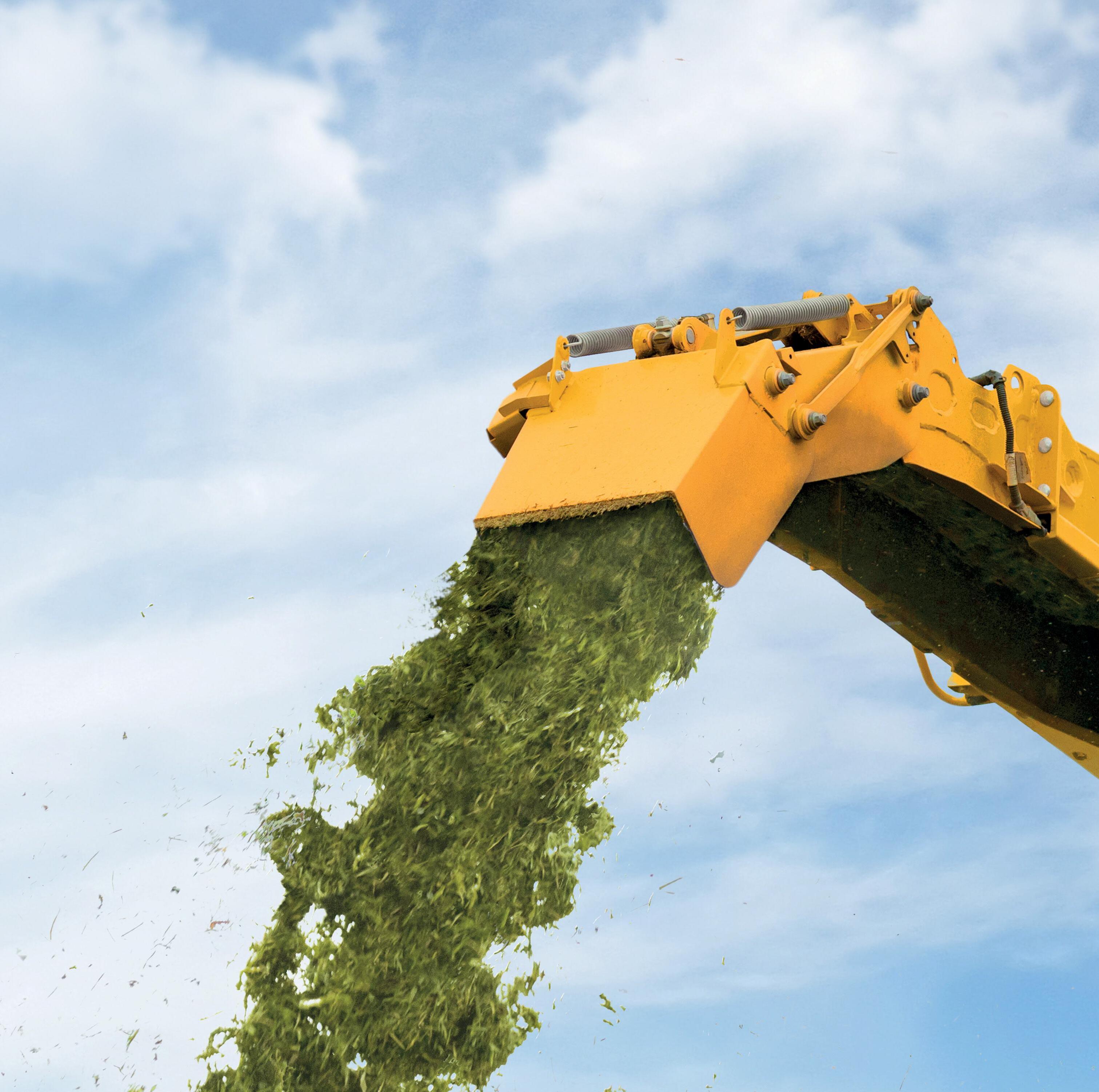
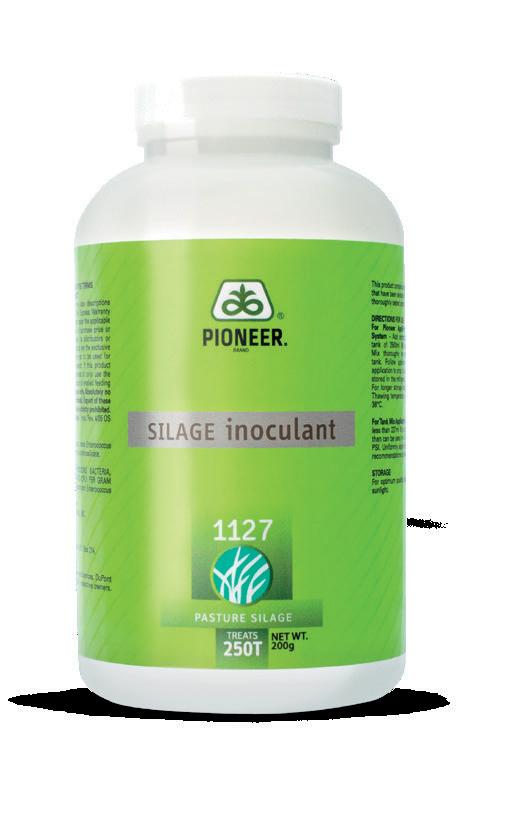
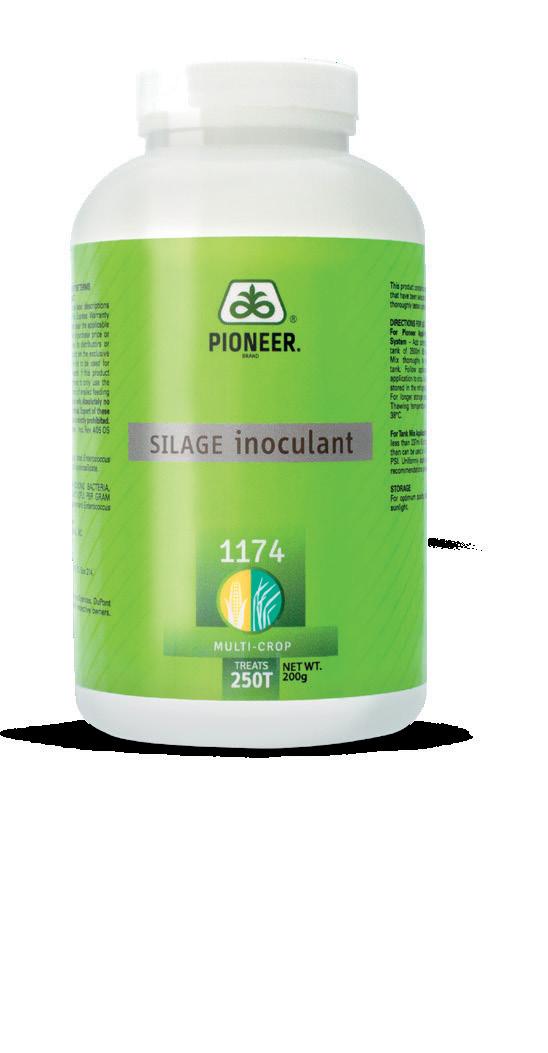
An expansion of lending for farmers beyond conventional finance providers, and with that, speedier decisions on approvals are two possible outcomes from non-bank providers entering the market for farm finance, and a government-funded project into novel finance for agri customers.
It’s nothing new, but there is a growing awareness that the main New Zealand banks do not fill all the financing needs of the agri sector.
It’s always been the case that where a combination of risk (question marks around farm profitability, for example) and inadequate security exist, some farmers have not been able to generate bank lending for onfarm investment projects. In addition to individual cases, there has also always been difficulty for entry level farmers to borrow from banks, particularly where their only security is livestock.
Late last year, farm financial management software firm Figured decided to enter the lending market to support those in the latter camp who were struggling to borrow.
In partnership with Heartland Bank, Figured launched ‘Dairy Flexi Credit’, a flexible revolving credit offering for NZ dairy contract milkers and sharemilkers. Dairy Flexi Credit offers loans up to $100,000 to help farmers cover unplanned operational costs, invest in plant, equipment and livestock, and bridge short-term gaps in cash flow.
Figured chief executive Dave Dodds acknowledges this is a niche service, but it is an obvious place to start to complement its existing strengths in financial management data.
“It is a really important niche, supporting the next generation of highquality farmers into the sector. If you look at contract milkers and lower order sharemilkers, they don’t really have the balance sheet to support a conventional asset-based loan. Yet they are running quite sophisticated businesses. They have stress on working capital, but risk is actually quite low.”
with new types of borrowing needs emerging across a much wider population of farmers.
“The obvious ones relate to addressing environmental pressures, in the form of land use change and operational change onfarm.”
Investment in environmental compliance is, it must be acknowledged, being served by conventional lenders, although as demands increase, so will the need for targeted lending products.
As far as the banks are concerned, lending for environmental compliance and anticipation of new regulation
Dave says the initial uptake has more than met Figured’s expectations. But equally encouraging has been the support shown from industry groups and accountants, who recognise the industry needs this. Contract milkers and lower order sharemilkers (who are existing Figured customers) has been an easy market to walk into. Their businesses are well understood (via their evident financial performance) as are their needs.
Figured is now looking beyond that specific market to develop other lending products and sees plenty of opportunity
represents a core need for ongoing farm viability, and ‘green’ finance is becoming increasingly competitive.
All the main banks offer ‘green loans’ in one form or another, and their motives to support green investment are quite understandable – it is clearly in their interests to see farms fully compliant; if funding isn’t easily accessible then the risk to servicing existing debt could well be heightened if farms subsequently have trouble generating revenue that becomes tied to compliant onfarm activities. Not only
"IT IS A REALLY IMPORTANT NICHE, SUPPORTING THE NEXT GENERATION OF HIGH-QUALITY FARMERS INTO THE SECTOR."
When banks won’t lend, it’s the place of other institutions to step in. By Phil Edmonds
that, banks also now have their own compliance reporting requirements. They need to make sure their own agri lending book fits that bill.
However, banks do draw lines in the sand. There will be some farms that can’t access new capital because they are already up to limits in what they can borrow. If there happens to be no clear line to profitability banks are inevitably going to be reluctant.
Profitability, however, doesn’t necessarily go hand-in-hand with land use change, whether it be driven by improving environmental sustainability or otherwise. Transitioning land use means you are probably going to reduce production for a period, which will almost certainly reduce a farm operation’s profit.

The need for new types of lending that enable land use change has been the basis for an Our Land and Water
National Science Challenge project, entitled ‘Novel financing models for supporting land use change’.
The project began in September last year, and is due to be completed by the middle of 2023. The premise is that new and innovative financing solutions are needed to help overcome the barriers to land use change, which typically involve capital-intensive work.
The project is being carried out by PerrinAg Consultants and accounting firm GHA. Perrin Ag principal consultant Carla Muller says research into the barriers clearly identified some types of land use change were struggling to obtain the necessary funding to get them off the ground. Where changes deliver financial benefits along with environmentally positive outcomes banks are still likely to be interested. But for those that require considerable upfront capital without an obvious nearterm financial return, alternative finance is needed.

Muller says examples of projects that have been initiated without bank finance include the turning of some central South Island sheep and beef stations into conservation estates. This has largely been funded through philanthropic sources or groups like Trees that Count.
But for farmers, many existing types of non-bank funding either require expertise in seeking it out and managing the (sometimes lengthy) process to obtain it or necessitate them ceding some control over the land they own.
“There is a whole heap of government funding available, along with regional council grants around planting waterways. However, you do need someone in your team or business that knows how to access it and apply.
“If you don’t have the capacity it can be hard. Equally, for blended finance models like this, there are examples where tension arises when those providing funding (government, regional
councils, equity investors etc) stipulate how and for what the money is used.”
The Our Land and Water project has identified 20 possible options, which it will narrow to those that meet an evaluation criteria. This includes control over funds, desirable outcomes, certainty of outcomes, and risk. The list of solutions incorporates those already in use and well understood (processor incentives, sustainability-linked and green loans) to those that have yet to gain widespread traction (endowment funds, impact investment and pooled capital).

So much for solving the problem of getting environmental projects off the ground. There is still a perceived need for lending products for purposes beyond environmental mitigation in the farm financing market that are not banks.
Figured’s Dave Dodds thinks this need
will only grow. Part of it, he says, will be driven by wider banking trends, where commentators are predicting that within the next five to 10 years, embedded finance will account for up to 30% of all lending.
Embedded finance essentially means loans being placed via non-financial platforms (think private-label credit cards, or car dealerships lending for vehicle purchases). For agri, this will likely mean more lending embedded inside finance management software data. If your farm data tells a story, you might not have to go to a bank.
For those (perhaps the majority of farmers) with good relationships and debt servicing records, the emergence of novel finance products might not need to be considered. However, successive
editions of the Federated Farmers Banking Survey show some farmers are increasingly less satisfied with the service banks are providing, so openings may spur unexpected interest.
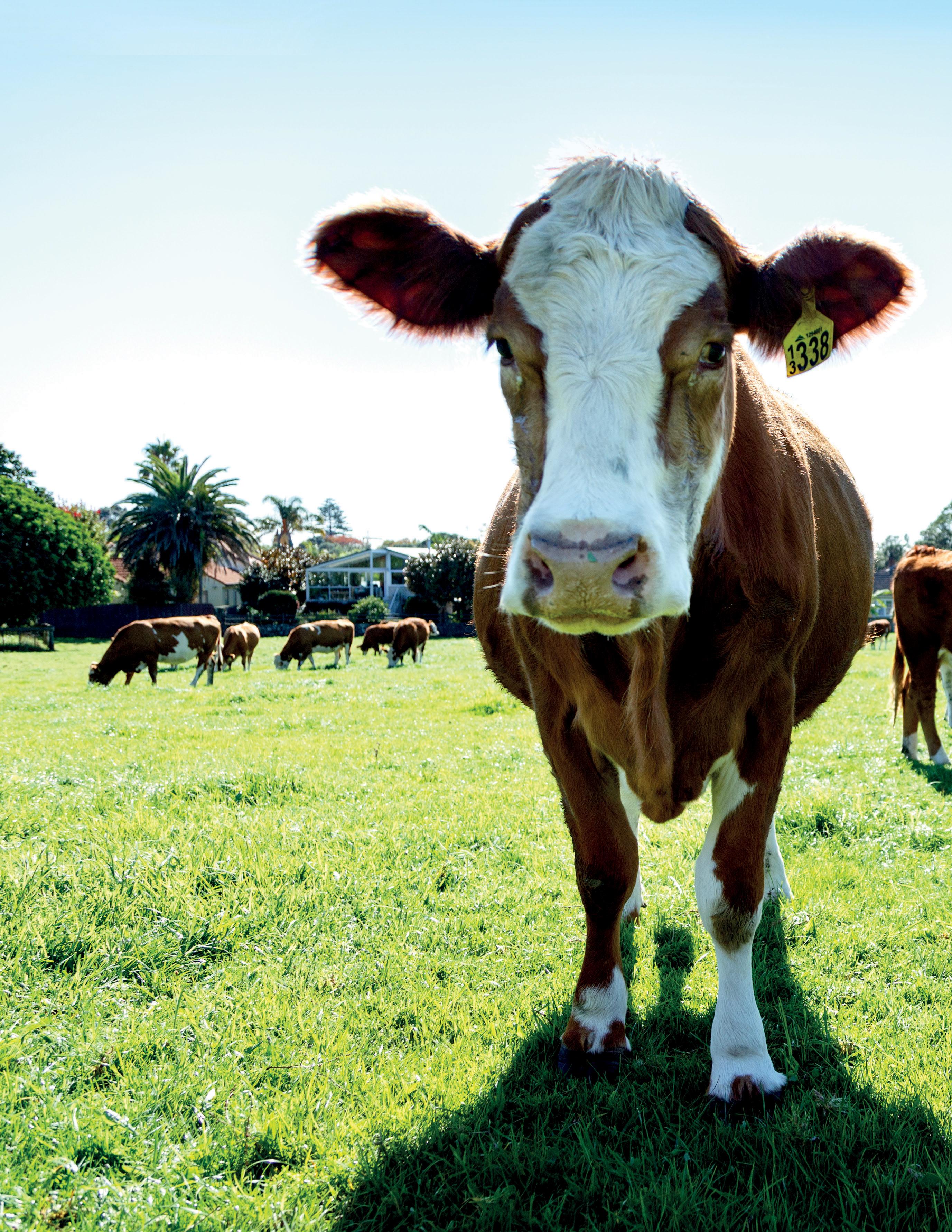

The latest Banking Survey found that while 60% of respondents were satisfied with their bank relationship it was the lowest level since the bi-annual survey began in 2015. This trend was attributed in December to the decline in personal contact from bank staff. This perhaps reflects the fact that banks have established minimum loan values (some around $1 million) that will justify a farm visit from a bank representative.
Dave Dodds suspects this trend will continue as banks assess the cost of providing personal services.
“I imagine some levels of strong relationship management might decline. Looking forward, that might mean banks saying we are the best provider of capital, but we might not be the best at providing financial advice for your farm. It might not be a sudden development but could evolve over time.”
If this does play out, it will create opportunities for other providers of professional services to move into delivering financial services. Farmers have always relied heavily on banks to let them know what their borrowing limits are (and by association if their financial performance is meeting the mark). Some consulting companies working with top end agri clients are taking on that role, but it may be something they begin to offer to the mid-market.
Whatever farmers’ financing needs are, the near-term options still rest heavily with banks. But for those able to measure their performance with financial management services, or for the purpose of land use change, dedicate time and capability to exploring novel finance options, access to borrowing could soon become faster and easier.

"THERE IS A WHOLE HEAP OF GOVERNMENT FUNDING AVAILABLE... HOWEVER, YOU DO NEED SOMEONE IN YOUR TEAM OR BUSINESS THAT KNOWS HOW TO ACCESS IT AND APPLY."First published in Dairy Exporter March 2023.
With smart spring savings on offer, now is the time to load up on a range of Tru-Test smart weighing solutions. Head into your local rural retailer today and save with Tru-Test.





Adairy farming couple in rural South Auckland have unexpectedly found themselves the centre of attention from several solar farming companies vying to either buy or lease their small farm for renewable energy production.

Difficulties around contacting the couple saw one company leave a flyer in their letterbox while two others came door-knocking.
Often suitable land, generally within 10 kilometres of one of the national electricity grid’s substations, is scoped through the New Zealand Companies Register before owners are then contacted through their lawyers.
Farming within a few kilometres of the nearest substation, Geoff and Liz (not their real names) were initially unsure what to make of the approach and what was usual.
They agreed to allow real-estate agents
commissioned by each of the three companies to view their farm to see how much of it would be suitable for a solar development. In the end about 30 hectares made the grade.
Suddenly the future they had envisaged for their land and themselves doesn’t seem quite so certain.
Over the last couple of months there have been discussions and negotiations, with the developers initially wanting to buy the farm. But Liz is the third generation on the freehold family farm, and they don’t want to part with it.
“It’s also now the bottom of the market cycle,” Geoff says, “and they weren’t offering what we thought the land might be worth in years to come, so there was no point selling it.”
With a lot of residential development going on in rural South Auckland, as the city expands, the land could also be worth substantially more in the future.
Relatively flat sites are preferred, making dairy farms the focus of most of the larger developments, with more leasing than buying happening. Smaller developments may cover up to 20ha, while a mid-size one covers 40-60ha, with big ones ranging over 200-300ha and more.
While there is money to be made, the lease agreements are likely to appeal more to owners of lower-income grazing land, than for higher-earning dairy farmers.
But for farmers wanting to retire, while having regular payments coming in for 30 or more years without having to work the land themselves, this could be a good option, specialist solar farm lease lawyer and partner with Tauranga’s Holland Beckett Law Joel Murphy says. Especially if they want the land to stay in the family.
The developer will also want the lease
Farmers are linking with solar power companies to cash in on the demand for energy.
for as long as possible and that will depend on the amount of land they can use.
The longest you can have on a part of a full title is 35 years under the Resource Management Act (RMA). “If you lease a full title you can have it for a lot longer period.”
Leasing the whole farm for a minimum of 30 years is the option Geoff and Liz are now in discussions over, along with staying on the land in a caretaker role. They would receive payment for maintaining the solar farm with this option and also want to be able to continue running stock on the remaining 70ha, including sheep under the panels, while bringing in some extra income.
Farmers need a grazing licence with the developer to do this as it’s not automatic, unless running animals is
specified in the lease. It can be tidier to have a lease with a formal grazing licence attached - with parameters around what the grazing covers. This is to cover times when the animals may need to be moved away from the solar farm for a short time –when it’s being worked on and not safe to have the animals there.
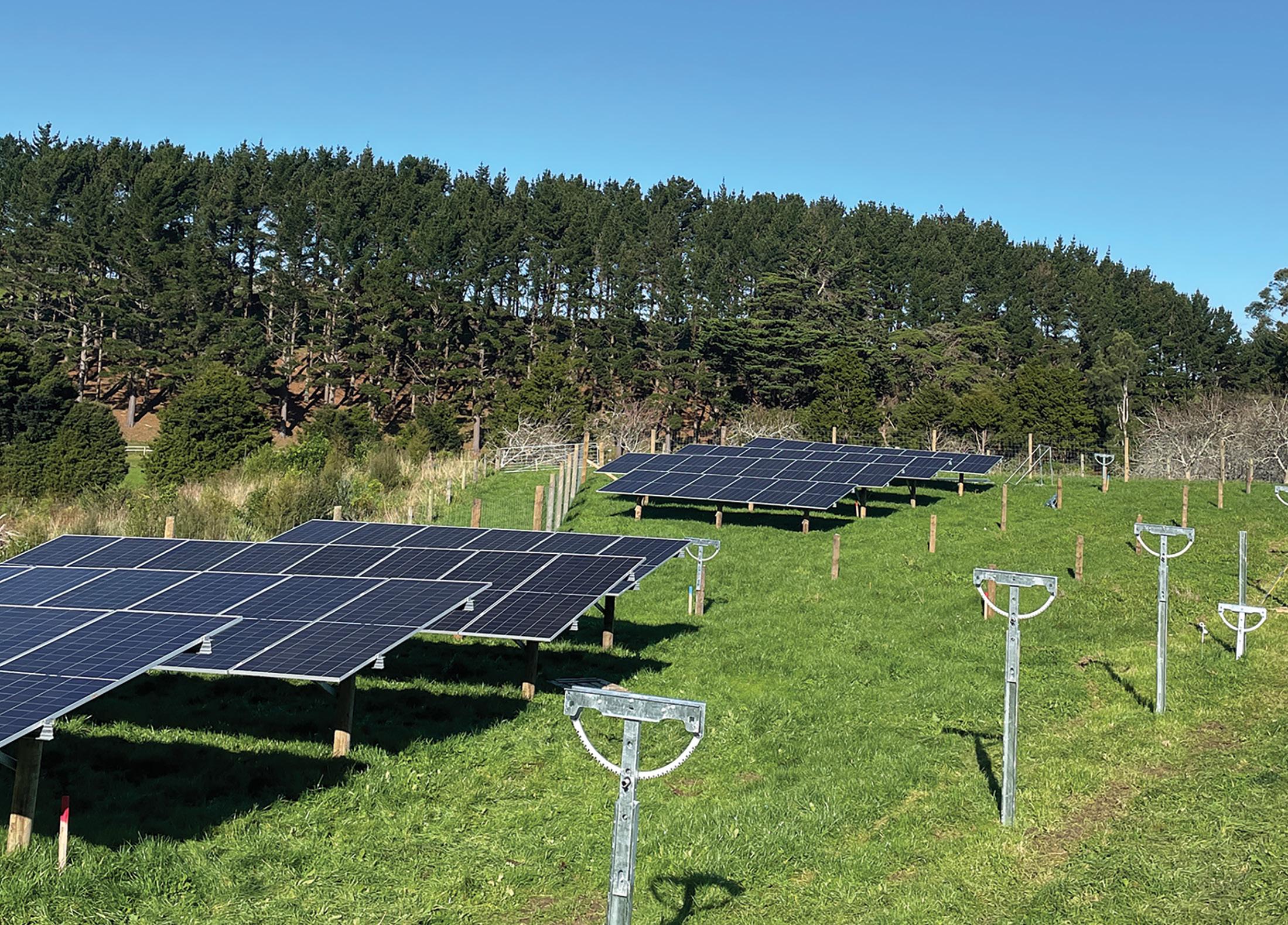
Under a lease agreement the farmer would be looking at a range of between $2000 to $5500 per hectare per year, adjusted annually, Joel says, but this will come down to the individual developer, how much it will cost them to develop and connect to the national grid.
Geoff and Liz admit they were surprised the leasing offers weren’t higher. In an effort to get that amount up along with the lease option, Geoff
has also asked for a fixed price on the power produced that will be sold back to the grid from the farm – a royalty. The companies didn’t flinch at this, but it’s still not a large amount, he says.
While land within 10km of a suitable substation is of interest, properties within 5km are likely to be easier to develop including needing fewer easements across neighbouring properties. This makes them more attractive to a developer and likely to command a higher lease price. A farm out on the 10km margin might be of less interest unless it’s for a big development. But being close to a substation doesn’t guarantee a solar connection as not all substations have the capacity to take the extra load. “There is the potential for the developer to pay for the network to be upgraded, but it’s an expensive
undertaking to upgrade a substation,” Joel says. “It’s more likely they would look for other land that’s more suitable elsewhere.”
Liz and Geoff are not the only farmers who have been approached in the area and there is no guarantee their farm will ultimately be developed, but they won’t come away empty handed even if it all falls through.
They are being offered an “option to lease” which sees a payment for the farm to be held for a developer for between one to three years while they complete due diligence. Life will continue for Geoff and Liz during that time with milking their 180 cows as usual. Should the development go ahead, and once construction has been consented, a lease would be engaged and the dairy operation would cease.
Joel advises dairy farmers to think carefully about what they want for their land after the lease as they may not be able to go back to dairying.
The way the RMA, and the highly productive soil legislation and policies work these days there is definitely a risk it may not be possible, he says.
Developers had been interested in rural South Auckland for a few years with Lightyears Solar already establishing a small 2.3MW solar farm on 3ha on Morley Road, near Waiuku, in October 2022.
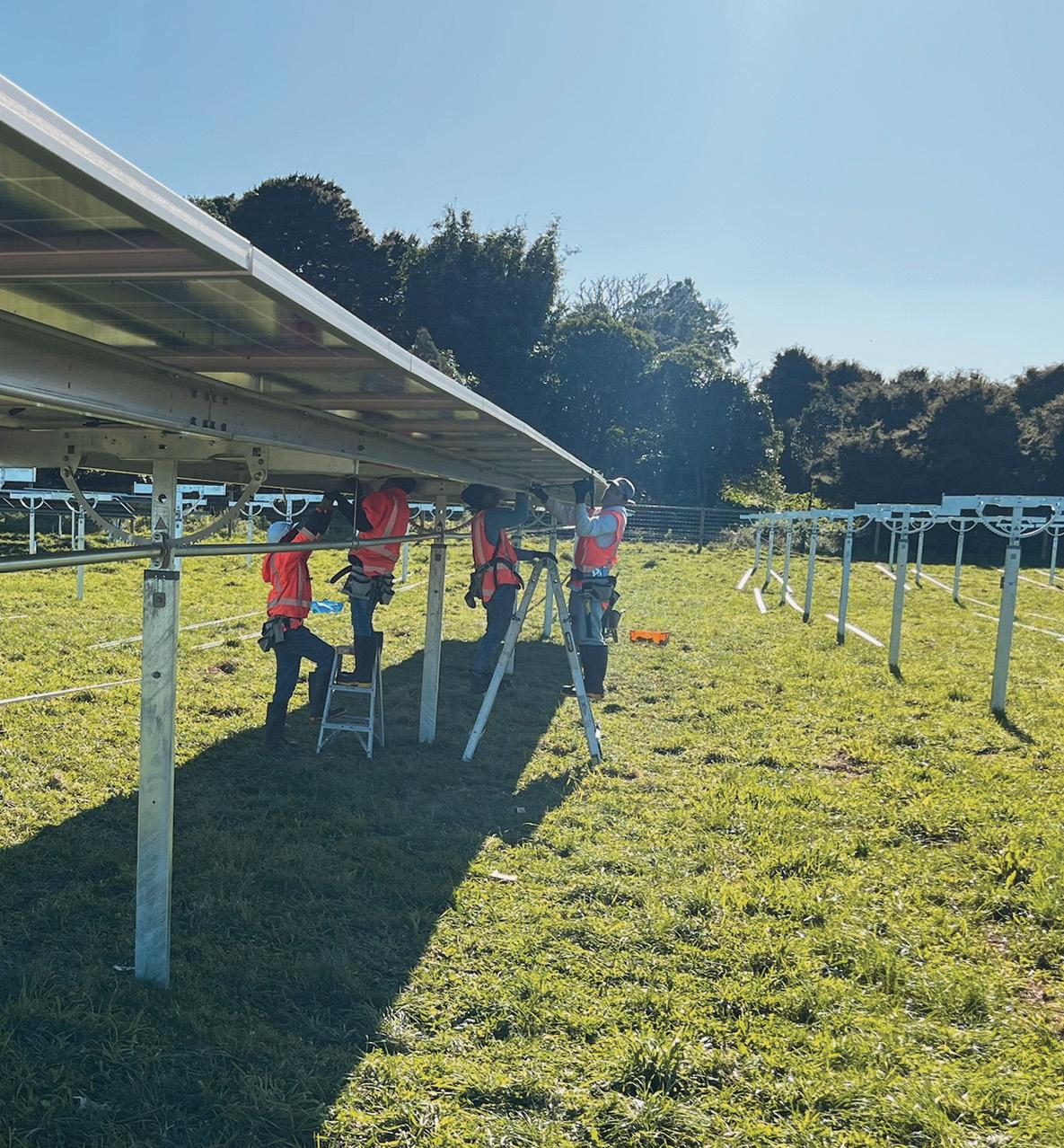
The 4000 solar panels will produce enough energy to power 500 homes with the project likely to go live at the end of August.
Lightyears Solar only develops smaller 3-20ha solar farms, development manager Matt Shanks says. Because of this they don’t usually deal with dairy farmers who tend to have massive platforms.
Because they are smaller they don’t
usually approach landowners rather having the landowner – about two a week - getting in touch with them. These tend to be drystock and sheep farmers, and others on smaller holdings. While they do get approached by dairy farmers looking to diversify their farming income, offering $4000/ ha/annum and only needing a small amount of land it’s often not worth it for dairy farmers to deal with them, Matt says.
They have only worked with dairy farmers when they have a runoff block they don’t need anymore, or if they have unproductive land somewhere.
MORE INFORMATION:
nzte.govt.nz/blog/solar-pv-anintroductory-guide-for-newzealand-landowners
Even though they don’t run cattle under the panels, they have raised the Morley Rd panels, as part of the lease agreement, so the landowner can run calves and yearlings under them, along with pigs.
“We measured how high they were (1.6 metres) and used that as the basis for the design. The agreement with the landowner is he’ll put calves in those paddocks as part of stock rotation so they’re only in there for four or five months a year.”
Their solar farms normally use tracker systems which tilt to follow the sun. The three to four days at a time the calves will be in with the panels, they will lock the panels so they are flat on the tilting axis above 1.6m.
“It’s all controlled electronically so there’s not a lot of intervention,” Matt says.
Lightyears Solar’s smaller solar farms give them an advantage over the bigger developers as they are able to connect to local power networks like Counties Energy, rather than having to hook into the national grid. They can just connect to the local line usually – the closer to a substation the better.
While they are open for business across the country, Northland is one area the company isn’t looking to develop in.
“A lot of the capacity has been taken up or booked by other projects including wind farms.”
The increased interest in Northland will see it with more energy security in future. Instead of coming up from Waikato and then through the narrow and vulnerable Auckland isthmus the power will come from Northland and

target of 100% renewable electricity to 2030, investment here is looking more attractive.
About 85% of New Zealand’s electricity already comes from renewables – mostly hydro and geothermal. But there are limited options to increase this.
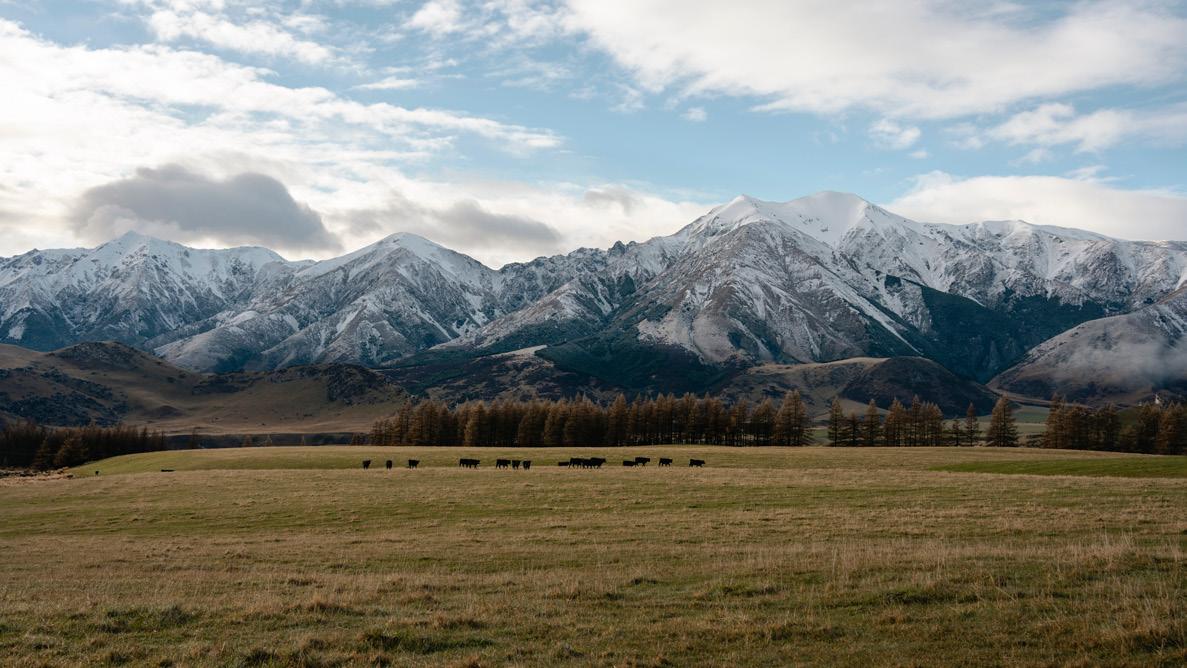
Solar and offshore wind are two of the most obvious possibilities for expansion, Joel says.
“The great thing about solar is it can be rolled out a lot faster than wind.”
There are about a dozen solar developers, and of the large-scale ones, Lodestone Energy appears to be the only fully NZ-owned company.
Others have started out as NZ companies prior to partnering with overseas developers including Contact Energy with LightsourceBP, and Genesis
“Having a personal connection between farmer and developer is something people may want to consider when approached,” Matt says. “You may well want to know who is going to be on your land in 10 years time.”
While some smaller developments have been completed, Todd Corporation’s plans to build a 400MW solar farm on a 1022ha dairy farm is the largest so far. With 900,000 solar panels, the dairy farm operations will be phased out at each of the three stages of development over about five years.
But they are not alone with a lot of other large farms already proposed.
Being approached out of the blue, as Liz and Geoff were, has likely already occurred across the country, with most developments planned from Canterbury north and most in the North Island
Zero Harm is the answer you're looking for!
Landcorp chief executive Mark Leslie believes a benefit of more than $40 million a year could be delivered by 2040 to the sheep industry through two of its subsidiary Focus Genetics’ research

first set of results isn’t expected until next year, with No Wool results likely to be seen in 2025 or 2026. Leslie says Landcorp wanted to be confident before putting the best-performing genetics into its flocks, then going on to sell the rams to commercial farmers and broaden their uptake through the national flock.
There would be tradeoffs along the way as different scenarios emerged, but resilience to climate change was very much part of Landcorp’s future farming strategy. Predictions as to what sheep farmers should expect by 2030, 2040 and 2050 were to be put to the board in August.
“Sheep are part of New Zealand’s history and we want them to be part of our future,” Leslie says. “This could be the ticket that allows sheep farmers to continue being sheep farmers.”
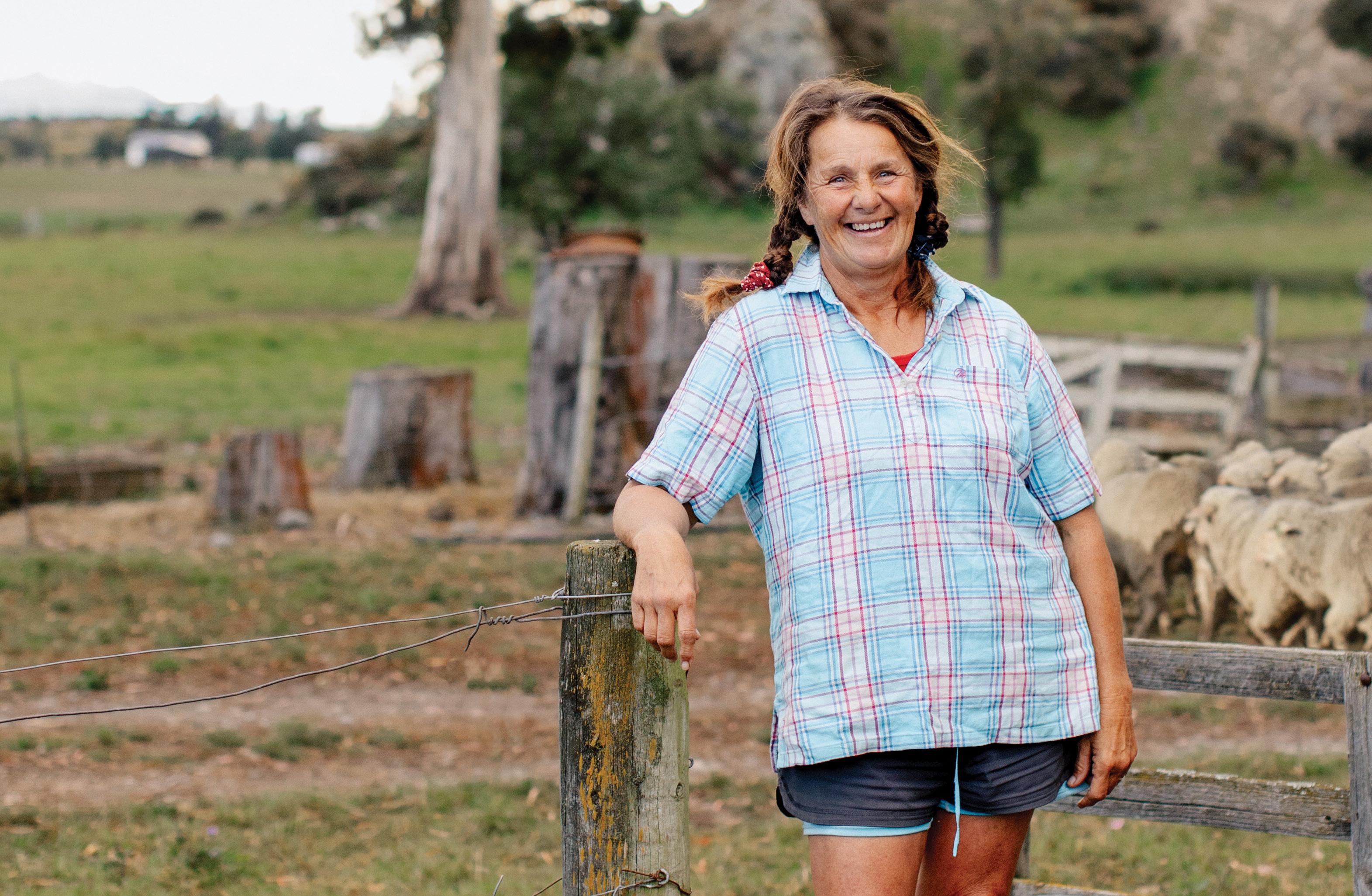
Landcorp farms 350,000 sheep across the country with 130,000 of those carried in Northland and down the East Coast of the North Island where climate changes are likely to be the most extreme.
It’s too soon for any results to be released, but Leslie says results look promising.
The No Wool trial involving 2000 Romney ewes based at Kapiro in the Bay of Islands is investigating sheep breeds that shed wool and could be more suited to expected warmer future temperatures.
The other, at Aratiatia Station, near Taupo, involves 2500 Goudies Romney ewes with 39 micron wool, looking to reduce that to 22–25 microns, keeping low input and good health traits as well as extending areas where they could be farmed in the future.
Research indications from that trial are “fractionally ahead” but the

“For some farmers there’s the attraction of not having shearing expenses.” For others, sheep producing more sought-after fine wool that also have an increased tolerance of a range of different future climate conditions might be the holy grail.
“We’ve also got to look at what the market wants as well as high-quality meat.”
A field day at Kapiro late last year gave farmers their first look at lambs produced from Romney ewes crossed with Wiltshire, Damara, Dorper, Meatmaster, Shire and Australian White genetics. Rams from breeds such as Texels where shedding lines have been selected were also used.
Focus Genetics’ researcher Natalie
Pickering was surprised at the extent of shedding in the first-cross lambs, so there’s a great deal of interest in the upcoming crop of second-cross lambs.
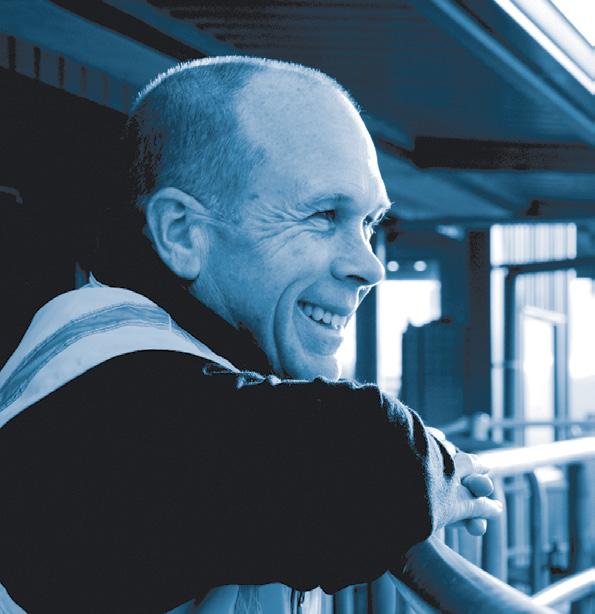
“It’s too early to tell what the front runners are,” Leslie says. “But Natalie and her team are confident based on that first-cross result and excited to see what happens next year.”
There are no plans to extend the range of breeds used in the trial, but Landcorp will continue to look overseas and if a decision was made to add more genetics into the mix there was a robust process to do so.

This year’s wet weather in the north
had its benefits, allowing some more rigorous testing of how different breeds might perform once in commercial flocks. Another aspect of the research is looking at any reduction in methane emissions, with work carried out at Invermay showing there can be a variation of 12% from different breeds of sheep, so combining this trait with fleece shedding or finer wool would give additional benefits.
Another research focus is centred on the pelts produced from the crosses with different breeds with the Leather and Shoe Research Association (LASRA) looking at their properties to be sure there weren’t unacceptable quality compromises being made.

“ It costs me less than 1¢ a day, per animal. If it’s going to help make my stock healthier and keep condition on them, it’s a win-win. ”
Maria Bamford
Hurunui Hills, North Canterbury
“THIS COULD BE THE TICKET THAT ALLOWS SHEEP FARMERS TO CONTINUE BEING SHEEP FARMERS.”
Landcorp chief executiveMark Leslie.

The finalists in the 2023 Beef + Lamb New Zealand Awards have been announced after what was described as a robust judging process.
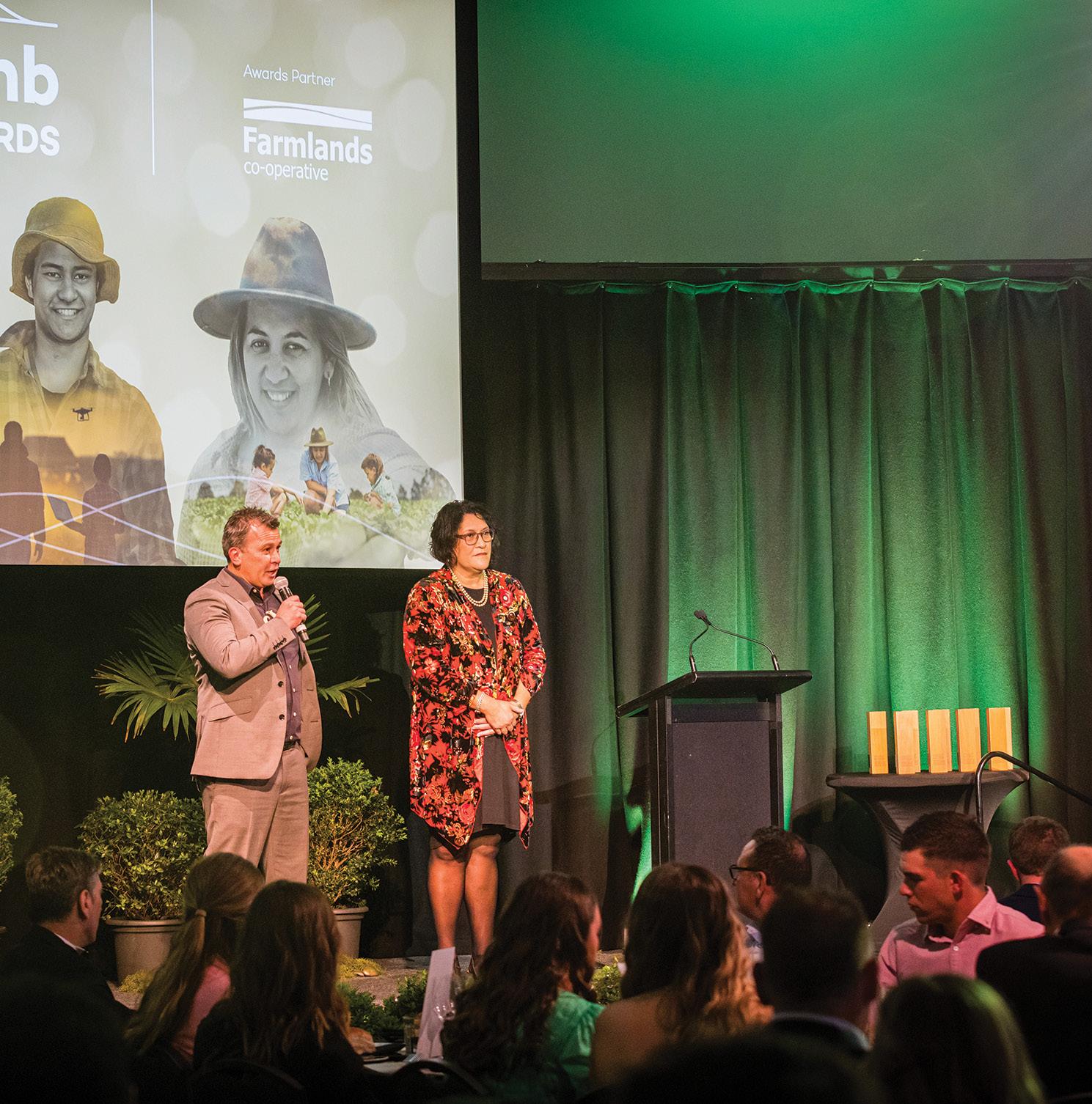
Beef + Lamb New Zealand’s CEO Sam McIvor, says the high calibre of entries meant the judging team had a difficult task to select the finalists in the eight award categories.
“The judges commented about the quality of the entries which reflected the depth of talent, skills and knowledge within our red meat sector.”
It has been a challenging year for many in the rural sector, so it was particularly important to recognise and celebrate the outstanding people, innovations and technologies within this country’s sheep and beef industry, he says.
The winners will be announced at the awards dinner at Christchurch’s Te Pae Convention Centre on October 19.
McIvor says his organisation, along with awards partner Farmlands, hope anyone with an interest in food production will join the finalists and sponsors to celebrate excellence in the red meat industry. Tickets are available through the B+LNZ website.
Ballance Agri-Nutrients Science and Research Award
AgResearch Life Cycle Assessment Team (Ruakura)
Forage Trials Willesden (Lincoln)
Low Methane Sheep Genetics Programme (AgResearch Dunedin)
Datamars Livestock Technology Award
Bidr Ltd (Hamilton)
Cloud Yards Ltd (Hastings)
Silver Fern Farms/Lynker Net Carbon Zero Mapping Tool (Dunedin)
Gallagher Innovative Farming Award
Reata Ltd (Masterton) Repost Ltd (Nelson)
Wharetoa Genetics (Balclutha)
Silver Fern Farms Market Leader Award
Ongaha (Featherston)
Pearl Veal (Christchurch)
Verry Farming (Te Kuiti)
AgResearch Emerging Achiever Award
Amy Hoogenboom (Oxford)
James Robbie (Eketahuna)
Harriet Watson (Christchurch)
Rabobank People Development Award
Growing Future Farmers (Napier)
New Zealand Rural Leadership Trust (Lincoln)
Whangarei Agricultural and Pastoral Society Farm Intern Programme (Whangarei)
FMG Rural Champion Award
Surfing for Farmers (Gisborne)
Shepherdess (Levin)
Greater Dipton Catchment Group (Dipton)
Alliance Significant Contribution Award
Bob Cottrell (Taupo)
Mike Petersen (Waipukurau)
Tom Fraser (Christchurch)
A former World War I soldier’s ballot block is now a self-sufficient off-grid farm for a Tasman family.
 Story and photos by Annabelle Latz
Story and photos by Annabelle Latz
It was an open gate policy for stock at Springers Block when Greg and Dansy Coppell bought it in 2018.
They re-fenced the farm using old vineyard posts, and what started out as a cost-saver and an awareness of the environment has turned into a secondary business called Repost.
Springers Block is nestled in the Howard Valley, borders Nelson Lakes National Park and neighbours Kahurangi National Park, and is just a few minutes from Saint Arnaud on the western side.
The 499-hectare farm popped up about the right time, they were seeking that place of space and adventure to raise a family in, Fergus their second son just four days old when they settled. The purchase was a lucky one, as theirs wasn’t the highest offer.
“The previous owners liked that we had a big vision for the place, and they
didn’t want it to end up as forestry like many neighbouring properties,” Dansy, 36, says. She’s from a Devonshire farming family, and her mum Suzie migrated to New Zealand 2021 and now lives and works part time on the farm and helps with their three children –Freddie, 7, Fergus, 5, and Bonnie, five months.
Greg, 38, was raised on dairy farms in Tasman, before the family went sheep farming in Marlborough’s Ure Valley in the early 1990s.
His dad Allan, 70, is their farm manager and mentor, officially taking the role five years ago, commuting from his home of nearby Motueka most days.
Greg bought Allan an electric ute for the daily commute to save the fuel bill, and as long as he recharges at each end of the trip, he gets to where he needs to go. There is a bedroom dedicated for him at Springers Block when he decides to stay the night.
“Dad turns up almost every day, even on his days off, he just loves it,” Greg says.
After decades of farming, Allan’s wife Heather still enjoys and supports farm life, but prefers their one-acre home these days.
“I’m Grandmother to 11 grandchildren, and run a ‘Retired Gardeners Group’ with over 200 members, Allan and I love being busy. It keeps us young,” she says.
Before the move to Springers Block, Greg and Dansy had been living in Christchurch after the earthquake in 2011, Greg, putting his building
trade to good use. Dansy worked in communications.
They moved to Tasman’s Mapua in 2016 and still own the house, living there part time when Greg enjoys catching a ride to the farm with his dad. Mapua is where Freddie and Fergus go to school; they’re closer to services, and Greg is closer to Nelson and Blenheim for Repost, and he still has his own building company.
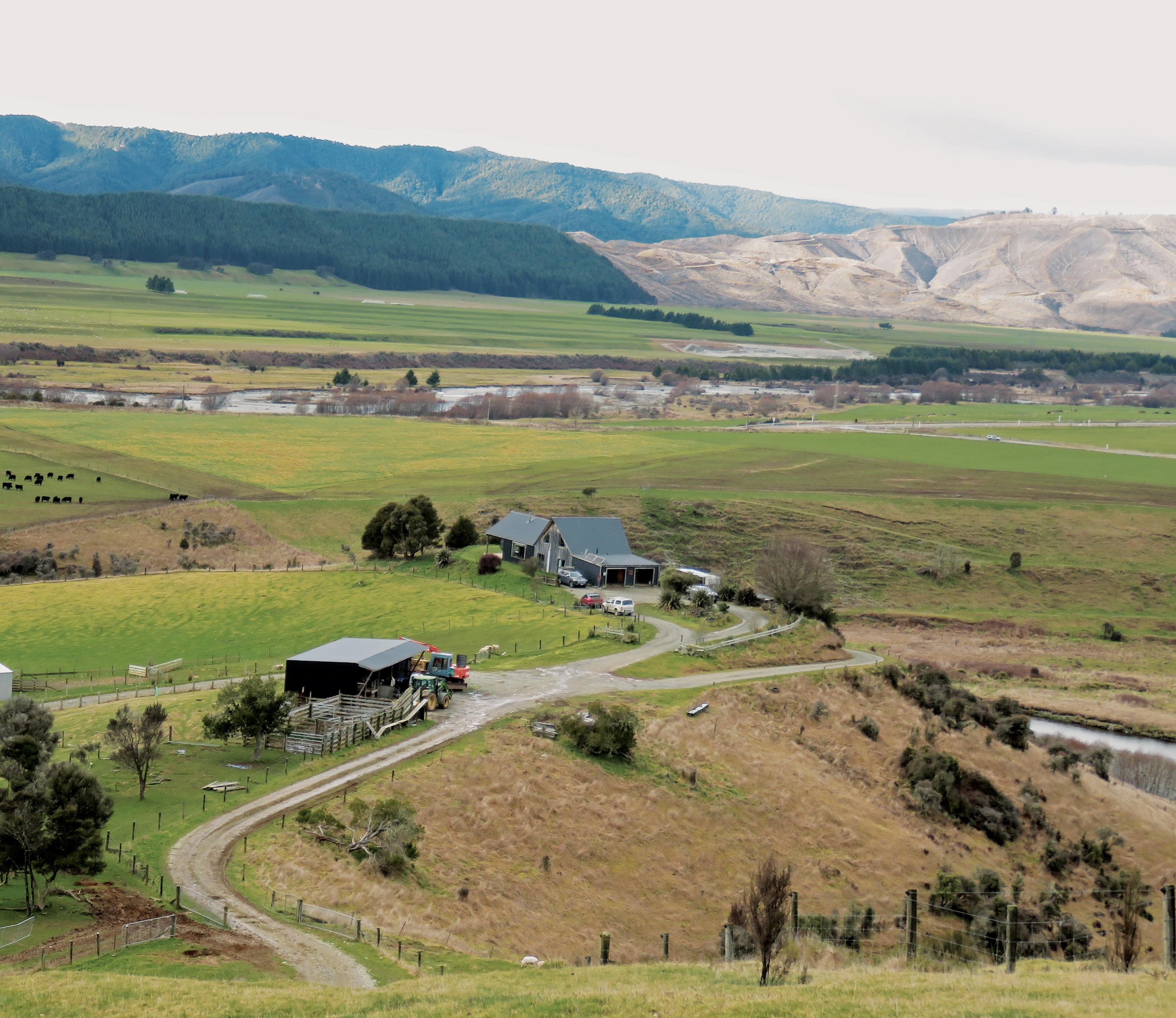
Springers Block is off the grid, hydro and solar-powered, and they’ve developed and manage their own water systems
which are all gravity-fed.
They’re self-sufficient too. Thanks to gravity they’ve built a hydro system operated by a jet unit, which is articulated to service the farm and the house. There’s not a pump on the place.
“With a bit of height, you can do just about anything,” Greg says.
They’ve also installed 20 solar panels on the shearing shed.
Springers Block is lightly stocked and they take a hands-off approach, effectively the farm survives well with Allan popping over each day, the young family as much as possible, and Greg’s nephew Seth during school holidays.
When they first saw the farm, Greg and Dansy assessed what prices were doing, and figured this would be their last shot at buying a farm.
“We were stretched to the hilt, and I was freaking out. But it’s been so good for the family.”
Productivity would only happen by radically subdividing the paddocks and improving pasture. A large capital investment was required to improve business performance quickly, the return wouldn’t be for some years.
It was a large cost for a small operation, but they knew the roll-on effect was worth it.
“Good fencing would minimise stock losses, improve stock condition, increase
farm productivity, improve sustainable production, and improve the financial reports,” Greg says.
Springers Block used to be 15 large paddocks, only eight held stock. The boundary fence was bush, and no gates swung.
On a shoestring budget, they approached vineyards in Marlborough to collect unwanted posts. De-nailing, making half rounds, and repointing meant new fence posts for Springers Block. Since 2019 they’ve put in 4.5km of laneways and 30km of fencing has subdivided the farm into 3.5ha or 4ha paddocks.
Allan had used old vineyard posts for fencing the previous three family farms.
“Growing up, dad would give us lolly bags or Coca-Colas if we pulled clips and nails out of recycled fence posts, the parts that got in the way of the wire installations,” Greg recalls.
Their accountant told them they were mad to be developing two businesses at the same time.
“But it forces us to keep our heads down, which is what we feel we want to do at this age to build a legacy for our kids,” Greg says.
The farm is a mix of productive flats and hill country, sitting 600 metres ASL. Fertile Gladstone soil means it’s summer-safe, and there’s 30ha of stoney river flats. The farm includes 40ha of regenerating land and 110ha of beech forest.
Visually with its contours, Springers Block is a stunner, broom and gorsefree thanks to the good management of Lindsey Barber from Tasman District

Council, creating a big time and cost saver and leaving plenty of opportunity for the regenerating and virgin beech forests to thrive.
Much of the Tasman Region is pine forest now, the farming industry is a small one. Wilding pines do pop up on their farm which they manage themselves.
Rainfall sits at 1400mm, the alpine environment means lows of minus 10C in winter. The farm is a breeding unit of sheep and beef capital stock. They farm 1000 MA Perendale ewes and 200 lambing hoggets. Scanning used to sit at 110%, but they’re now up to 160% with the ewes and 115% with the hoggets. They’re all put to terminal sires, from Mt Guardian.
“The improved scanning results are thanks to the smaller 3.5ha paddocks for lambing, growing better grass, and better shelter,” Greg says.
The orphaned lambs are reared by Suzie and helpful neighbours.
A 20% loss is factored in most years due to weather, but this number is reducing.
Greg admits the 100 MA Angus cows plus replacements, are not being replaced quite fast enough.
“Our cows do it hard, they are treated like queens for five months, but then it’s out to the hill country at weaning.”
They pay as much attention to detail as they can when stock are in the yards, but opportunities are missed for improving performance.
With Greg being off farm a lot, they would prefer to run predominately cattle but the heavier ground means numbers are limited.
They’ve regrassed 70ha which means spring “comes earlier” although they have pushed back lambing and calving dates to catch the better weather and maximise feed.
Lambing and calving starts around September 25.
“We were finding a feed pinch in late September. Now we have a better chance to maintain covers over the set stocking period,” Greg says.
After lambing and calving, once lambs are tailed and mobbed up, the cattle are shed off into the stock set ewes.
They finish 40% of the lambs off the ewe for the January market, the remainder are held until April or May to catch the vineyard lamb market in Marlborough. They buy in minimum 33kg replacement ewe lambs in January and February.
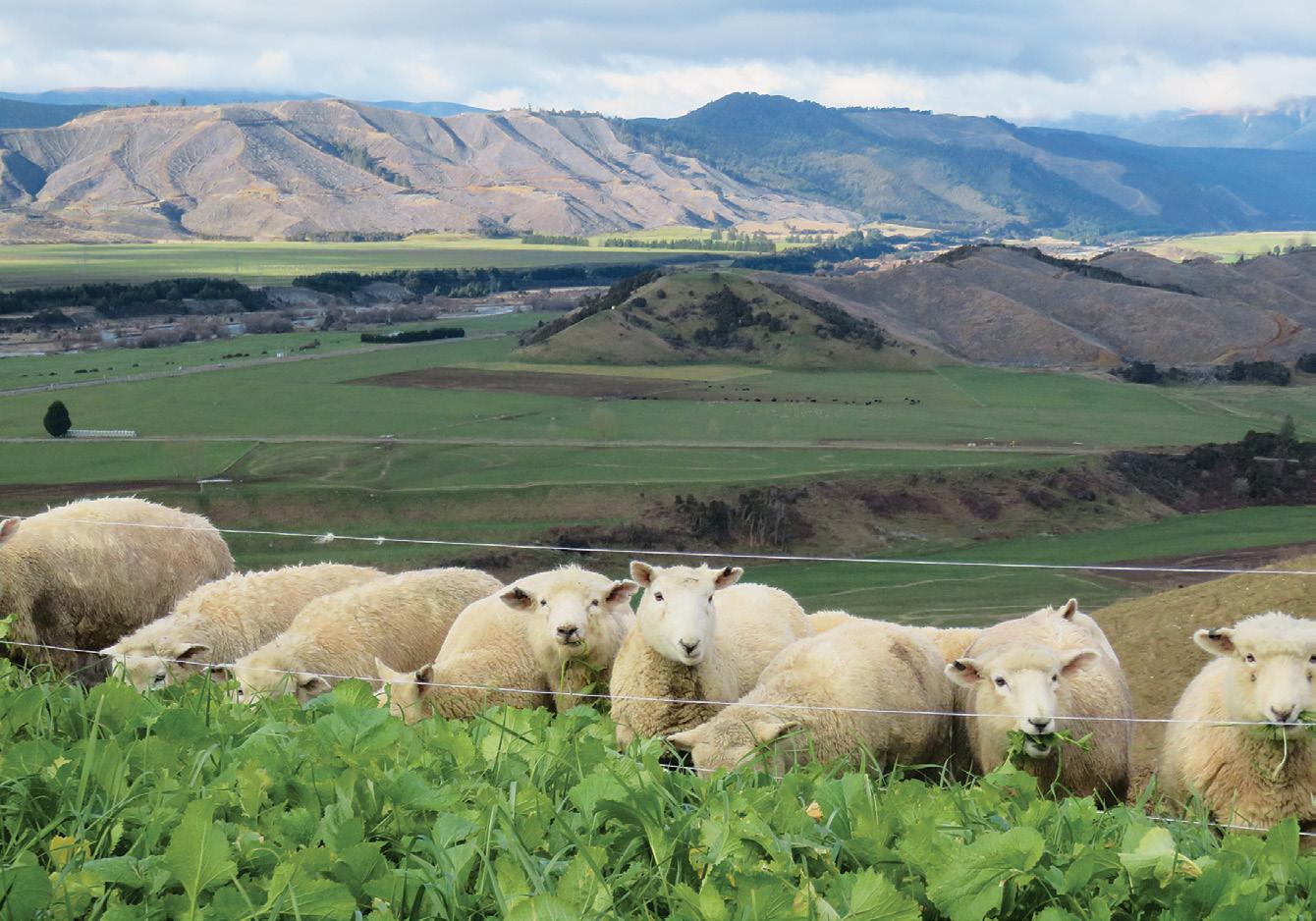
During that same period calves are weaned, with the steer calves sold in May. All heifers are wintered.
Bulls go out around December 15, the rams about April 29.
From June to September they break feed grass (6ha) rape (10ha) and turnips (6ha) supplemented with grass balage (200 bales total).
Some stock came with the farm.
“We have carried on the Angus breeding line, black cattle are always in demand. They perform well up here and are pushed hard for a few months to stick to hill blocks.”
The mixed line of ewes have now been culled, and with the great help of neighbour Aaron Eaton at neighbouring Rainbow Station, they now have a much better line of quality Perendale and Romney Perendale.
“In hindsight we should have started
from scratch. These sheep are well-suited to the climate – once we have them trained to respect the electric fence,” Greg says.
The farm breaks even, thanks to improved pasture, good winter feed and improved paddocks, all meaning better shelter and easier stock management.
The five-year goal is to increase sheep numbers by 500 ewes, and finish all cattle.
The weekly juggle of different houses and streams of employment means the farm is hands-off. Setting onfarm targets has not yet been a focus. For now they accept what they end up with, grateful they now have good soil, pasture and animal health to produce high quality animals.
“We have worked hard to get this balance, as in those first years it wasn’t the case,” Greg says, feeling very lucky for the hands-on family and friend support.
Allan lives by “use it or lose it,” and is happy to be there in ‘semi-retirement’ onfarm. “But I do what I can to give him time off, regularly telling him to let us know when he wants to retire,” Greg says.
Once the paddock sizes were
manageable, the focus was shifted to what was in the ground. Cropping is part of the redevelopment plan, then they’ll roll into a predominant grass-fed system. They’ve been discing old pasture into rape crop for winter grazing, then drilling seed for grass in late spring into permanent pasture on a five-year rotation.
Rape works well because they can sow it once the lambs have gone, and it goes well in wet conditions. The mix of grass gives an extra boost.
During their first season of winter cropping, they trialled cultivation versus direct drilling, as they knew the ground was tight and heavily thatched. The results were clear, direct drilling rape only yielded 1.5 tonnes (t)/ha, compared to 7t/ha when it was worked into the ground.
They disc, rotor spike, and apply 5t/ ha of lime, then power harrow and seed, before spreading targeted fertiliser on the paddock (51N, 45P, 50K, 2S, 20M) and light roll.
Depending on how the crop is
progressing, they apply 100kg of N after six weeks, and consistently produce 6-8t/ha of rape. “We have continued testing, and boosted fertility. We now apply maintenance fertiliser of 50kg N in late autumn.”
Developing the hill blocks hasn’t started yet. It is their plan over the next two years depending on available funds and time availability to subdivide. They will need to add reticulated water and work on soil fertility, which will be assisted by a topdresser thanks to the construction of an airstrip which is at the development stage.
“Development is a legacy,” Greg says, adding that having a great relationship with the bank manager is a huge help.
All the work is done with their own machinery. They have a 140hp and a 120hp tractor, a 14t excavator, a HD41 dozer, Taege drill and various pieces of cultivation equipment.

Springers Block was allocated by the Government to Mr. Springer after World War I through a ballot, a 400ha block back then which he farmed with sheep
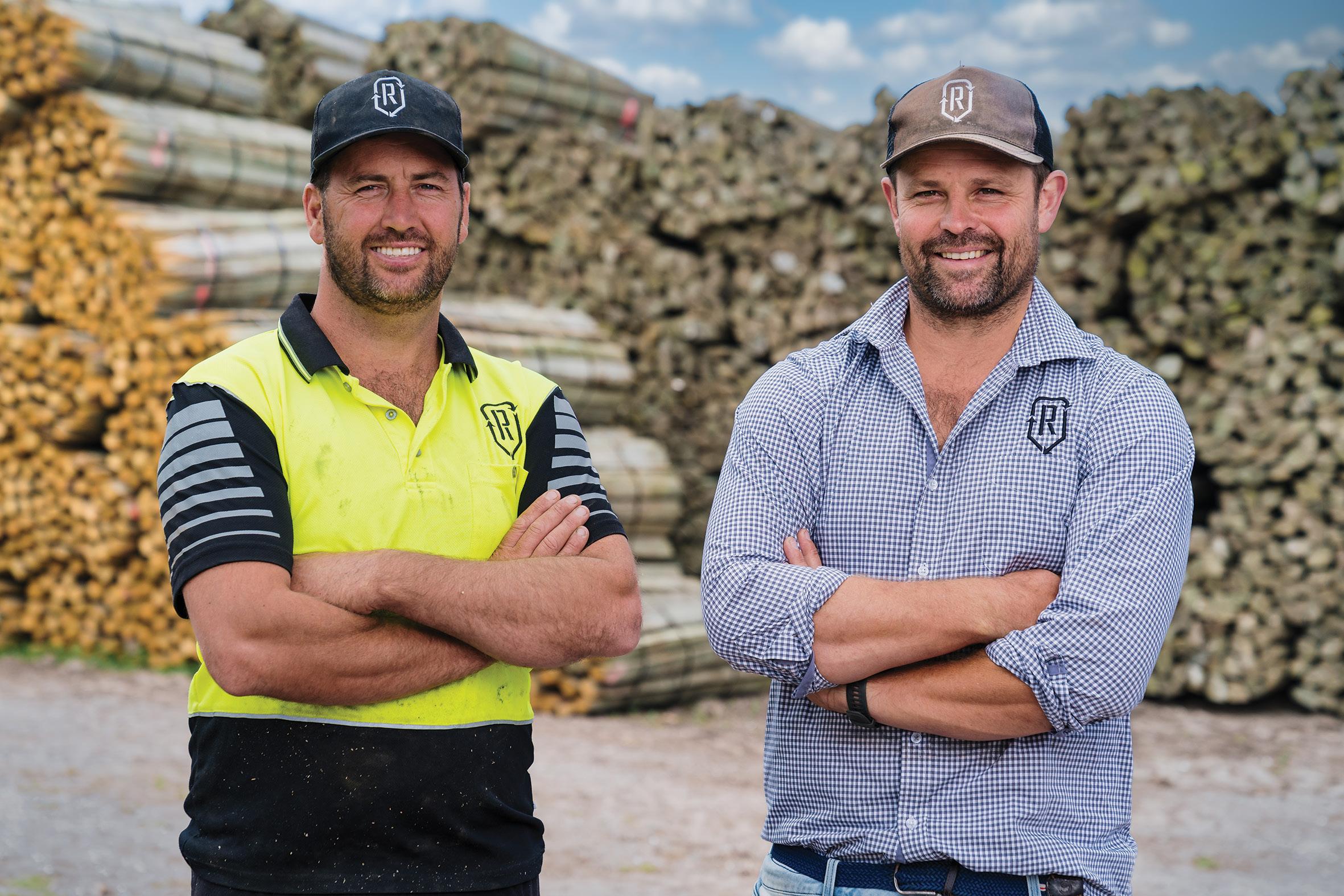
when wool was valuable and the size was reasonable. The previous owner to the Coppells added another 100ha.
Riverbank erosion is a significant issue from the nearby Buller River which they border, large rainfall events in the Howard Valley being mainly to blame.
“Environmental restraints for river access and funding has proved river bank maintenance difficult.”
Feral pigs were in massive numbers when they arrived in 2018, 400 were culled in the first year, using thermal imaging on a lot of them.
“It was a chore, we’d be going out every night.”
Electric bottom wires at 180mm on the back side of their bush boundary fence has broken the back of the problem, and they keep on top of deer numbers by filling the freezer regularly. Possum traps around the farm help too.
“The pigs had rooted up half the farm, so damage to pasture quality was terrible, they were causing incredible damage across the farm.”
Needless to say, Springers Block has had its difficulties, and Greg and Dansy have been well aware of the sacrifice on their young family at times.
“We’d say to other couples in a position like us to make sure you have a strong foundation, and a shared longterm vision,” Greg says.
Business-wise, thinking outside the box is a must, as both onfarm and off-farm income may be required, so constantly talking, dodging, learning and adapting is important.
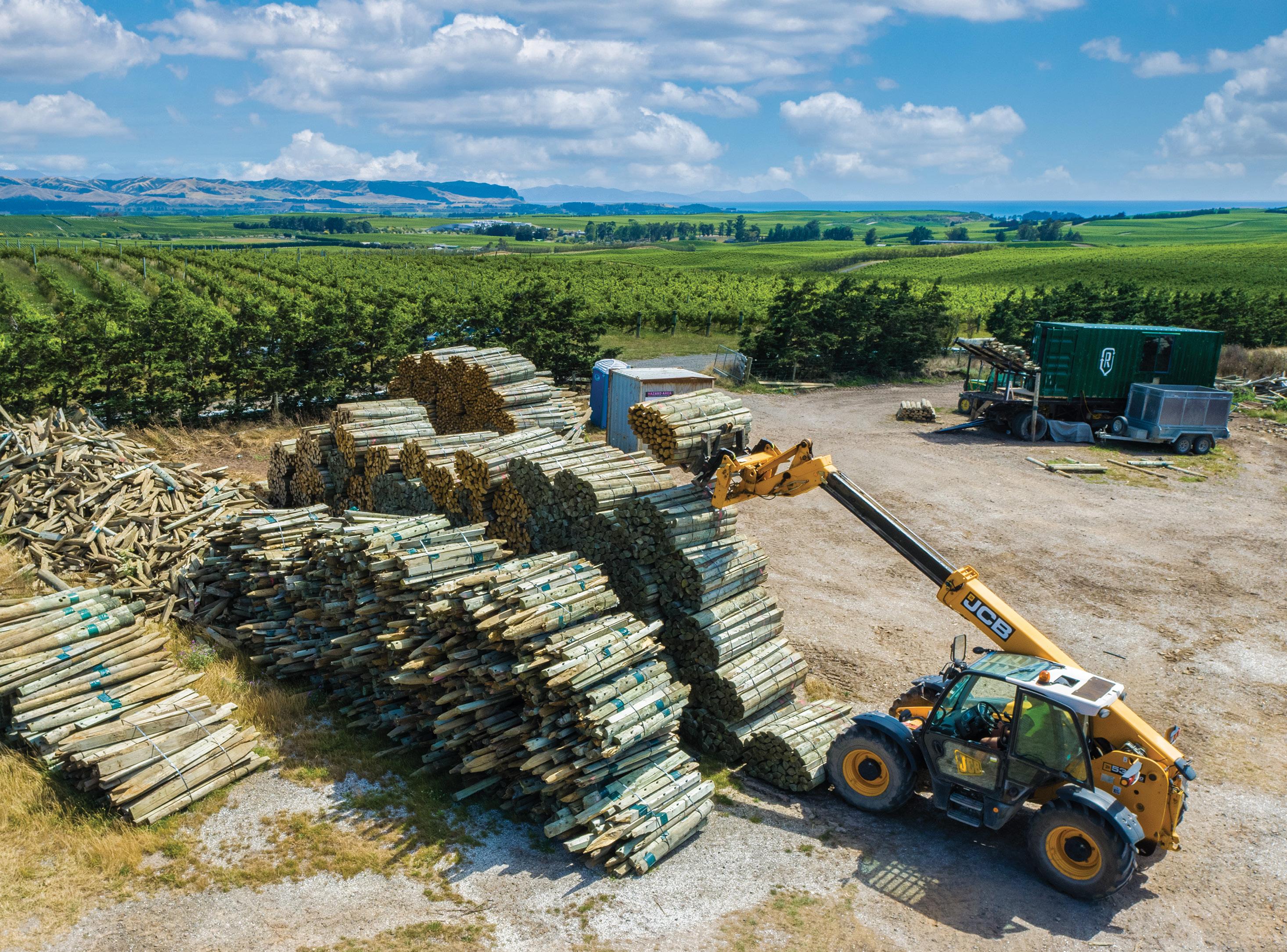
“Lastly, don’t do it all yourself, no one person has all skills.”
Recreation spots on the doorstep means it’s never far to go to have a bit of downtime, as a family they hope to get
out to explore the tracks and huts in the National Parks, and Greg’s goal is to get back into his alpine hunting a bit more, which he used to do plenty of.
Employing more onfarm staff is a goal, as they’re reminded too often that time with kids goes quickly.
Before they bought Springers Block, they knew that financially they could make far better returns from other ventures.
“Springers Block is a lifestyle. We are so lucky for this privilege, we love it.”
Success only takes one good idea and a lot of hard work.
When Allan Coppell was using old vineyard posts to fence his farm up the Ure Valley in Marlborough in the 1980s, the region had 3000 hectares of grapes. Today there’s more than
35,000ha, and vines are still going in the ground. Repost began in 2020, on the back of Allan’s son Greg and his wife Dansy Coppell fencing their farm Springers Block near St Arnaud in the Tasman region, in 2019.
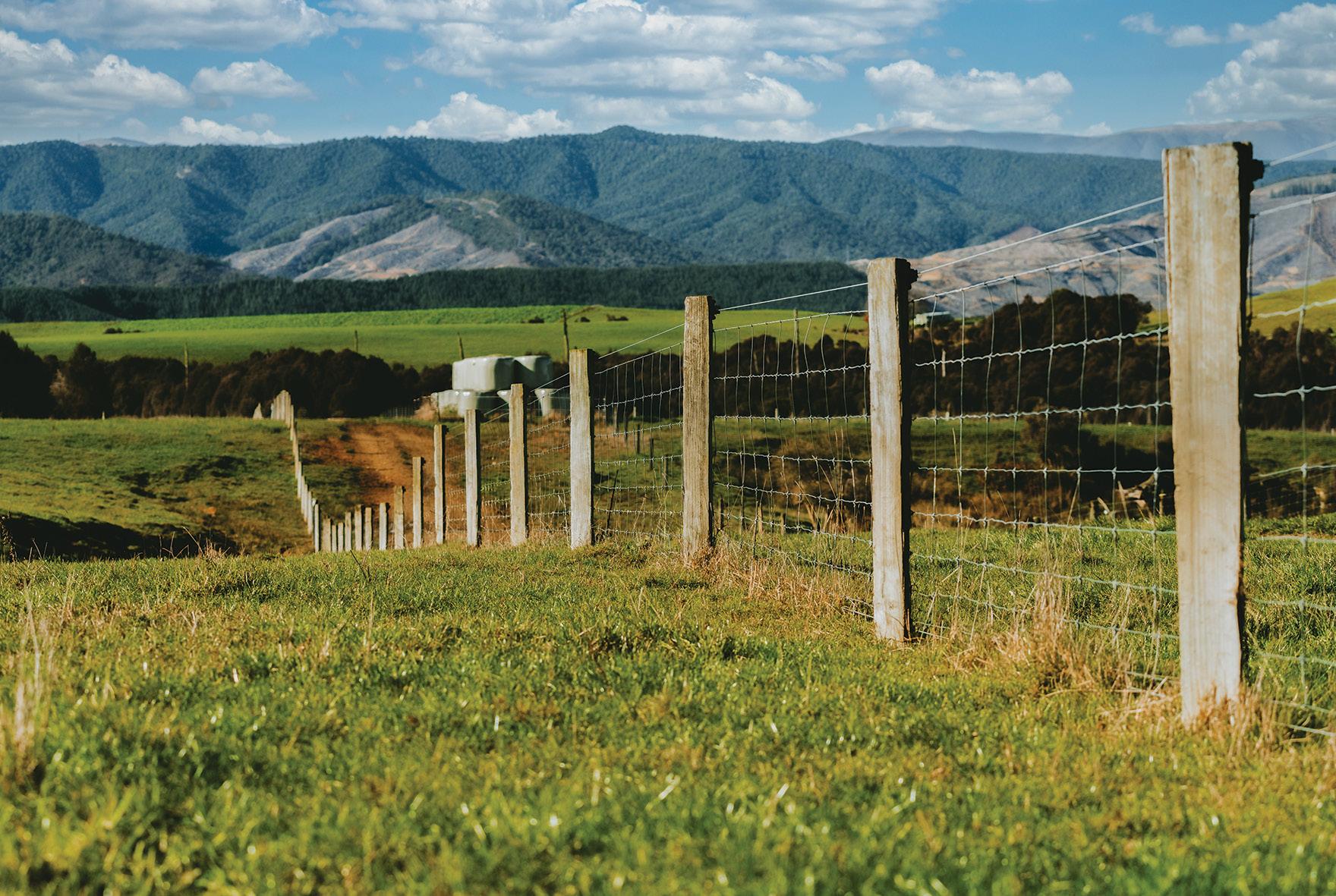
It’s a business dedicated to recycling and repurposing vineyard posts into fence posts for farmers, including meeting government legislative change for wetland and waterways. It is also a sustainable option for redeveloping vineyards. To date, farmers nationwide have fenced 3530km of fence lines, from Southland to Northland, using Repost’s product, meaning a saving of more than 4375 tonnes of vineyard posts from landfill.
The 14 nails and clips have stayed on each post at Springers Block, but during
lockdown in 2020 when thoughts progressed towards a business venture for Greg and his viticulturist friend in Marlborough, Stu Dudley, minds were set on how to remove them.
Greg expresses gratitude towards Allan for the success of Repost, it was his dad’s initial design that created their first hydraulic nail puller.
“Dad’s generation didn’t have engineers, specialists, and YouTube to learn things at their fingertips the way we do now. They were Jack of all trades,” Greg says.
The first nail puller was an old tractor engine which pulled one nail at a time, family and friends would help with this job too.
They’re now on their fourth design of the hydraulic nail and clamp puller.
The 14-gauge nails and the technical screws are separated from the insulators when they’re removed from each post, and the Coppells are building a shredder now so these items can all then be melted down and reused, an answer to the weekly 1000L tote tank.
Repost is also a nod to Dansy’s late dad Colin Brunton, a successful businessman with one sound piece of advice, “It just takes one good idea and a lot of hard work,” Dansy recalls.
Finding and retaining good reliable staff to meet the target of processing 800 posts per team per day to keep the overheads running, was and is a challenge. Covid, and Marlborough having a reasonably transient wine industry workforce are the main reasons.
There are now 14 Repost employees, including Greg, Dansy and Stu. Two teams of three workers in Marlborough, and one in Hawke’s Bay. Crews work on vineyards, charging a landfill fee which helps cover travel and plant costs, an
exchange the industry is happy with as it would have had to pay to dump the posts anyway.
About 25 million timber vineyard posts are dotted over an estimated 35,000ha of Marlborough.
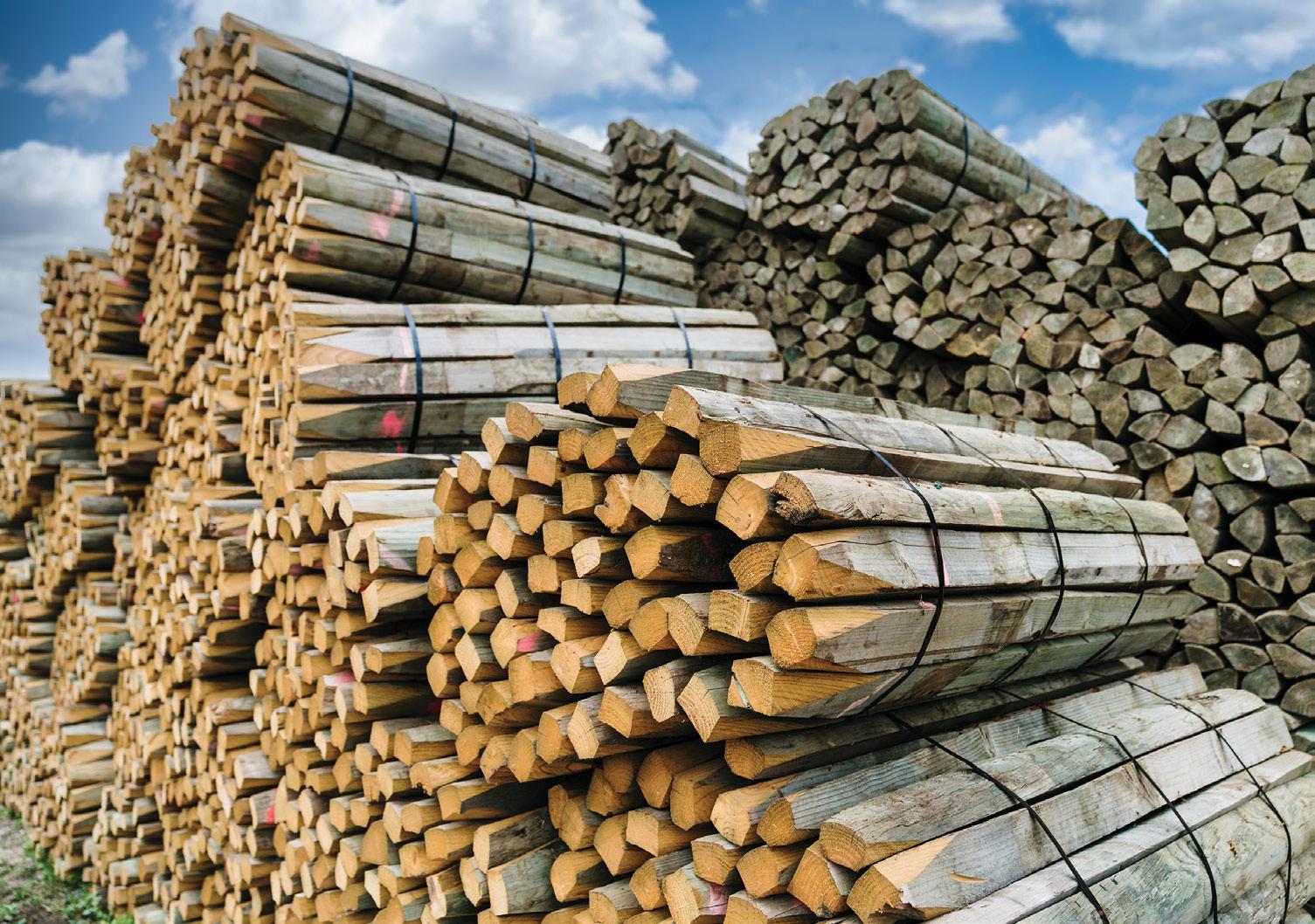
A large vineyard can smash 8000 posts in one vineyard during the year, mostly at harvest by machinery. Annually across New Zealand about 600,000 plus posts are broken.
“We’re confident we’ll have product for many years to come,” Greg says.
They’ve been working alongside Rural Support Trust, Lions Club and Federated Farmers to provide truck and trailers of posts for the North Island cyclonehit farms, greatly helped by the newly established Hawke’s Bay base.
“The clean-up is going to be a long process and access to our recycled fence posts will allow rebuild at a lower cost,” Greg says, with many orders on the books.
New products are on the horizon too. They are designing a new portable rip saw machine to make battens, pickets, stakes and stay blocks.
Australia and America have showed interest in the hydraulic nail puller, while corporates in the United Kingdom like Tesco who need information around winery suppliers’ sustainable practices, think Repost aligns well.
Dansy works behind the scenes. Good business has been a case of keeping their heads down, and they’re always re-tuning. Operations manager Liam Garlick sums up how they all feel, he sees only positivity, from their focus on sustainability to a quality product.
“Because of this, Repost feels more like a purpose than a job to me.”
Greg says you can’t buy better publicity than one farmer’s experience to another, farmers seeing the posts first-hand.
“It’s exactly how we wanted it.”
The Coppells feel very lucky the Marlborough wine industry has rallied behind them, equally glad to find a solution for their CCA-treated post waste issue.
Repost posts start at $3.25 (ex GST) and provide ½ and ¼ rounds, 1.6 and 1.8 metres, pointed or un-pointed. Battens will start at $1.50.
They meet the H4 CCA treatment NZ specifications.
Allan Coppell has pushed pause on his retirement.
The 70-year-old was approached by his son Greg five years ago, offered a manager role alongside him at Springers Block.
Allan has taught Greg much of what he knows when it comes to making a living off the land, and he was happy to put some of it into practice himself.
Learning farming way before spreadsheets and data analysis, Allan’s eye and gut remains the barometer for farm performance.
“It’s just about growing grass at the right time, managing grass, and working
around weather,” he says.
Farming is all about working with the season.
“I don’t do too much measuring with the grass, I go by eye. If I get a break in the weather I’ll see how the animals grazed it. I sort of work like that, I do.”
Allan was born and raised on a dairy farm around Motupipi, Golden Bay, just outside of Takaka. He and his wife Heather’s two sons and three daughters made up the fourth generation at Motupipi School.
In 1976 their 161-hectare hill block was milking 50 cows and running 700 ewes. It was hard to make ends meet with modernising times.
The economic solution came in 1983. Allan became an owner driver for TNL’s Takaka base, to make ends meet.
Greg remembers his dad walking out the door at 1am, five days a week, the torch light going down the corridor.
In 1987 the family moved up the Tutaki Valley on the West Coast near Murchison. Trying to develop a dairy farm in the era of high interest rates proved too difficult, four years later they sold.
Allan took this opportunity to try his
hand at dry stock farming, an interest since his teenage years.
The family of seven moved to the Ure Valley in Marlborough, to the 1200ha Peggioh Station.
The idea was to grow wool, farming 1000 merino wethers and 1200 half bred ewes, with 60 beef cows on the side.
“It was always a struggle, but the lifestyle was great,” Allan says, reflecting on the timing of their move when the bottom fell out of cattle, the district was suffering drought, and the interest rates were still far from friendly, although they had dropped to 10% from previously being 17%.
Daily farm life was manageable because as a family they did everything themselves, apart from the shearing. The 8km of good hilly tracks on the farm kept them and the dogs fit.
zig-zag and straight hunt, reflecting his regular wins and solid performances at local and regional dog trials.
His favourite dog was Bess a few generations ago, with the best stock sense and a great temperament. Her picture is now framed and hangs on the wall with a few other favourites.
The Coppells managed to stay onfarm by Allan’s wife Heather working nearby as a teacher, and Allan selling the farm’s manuka firewood in bulk into Nelson, and guiding hunting.
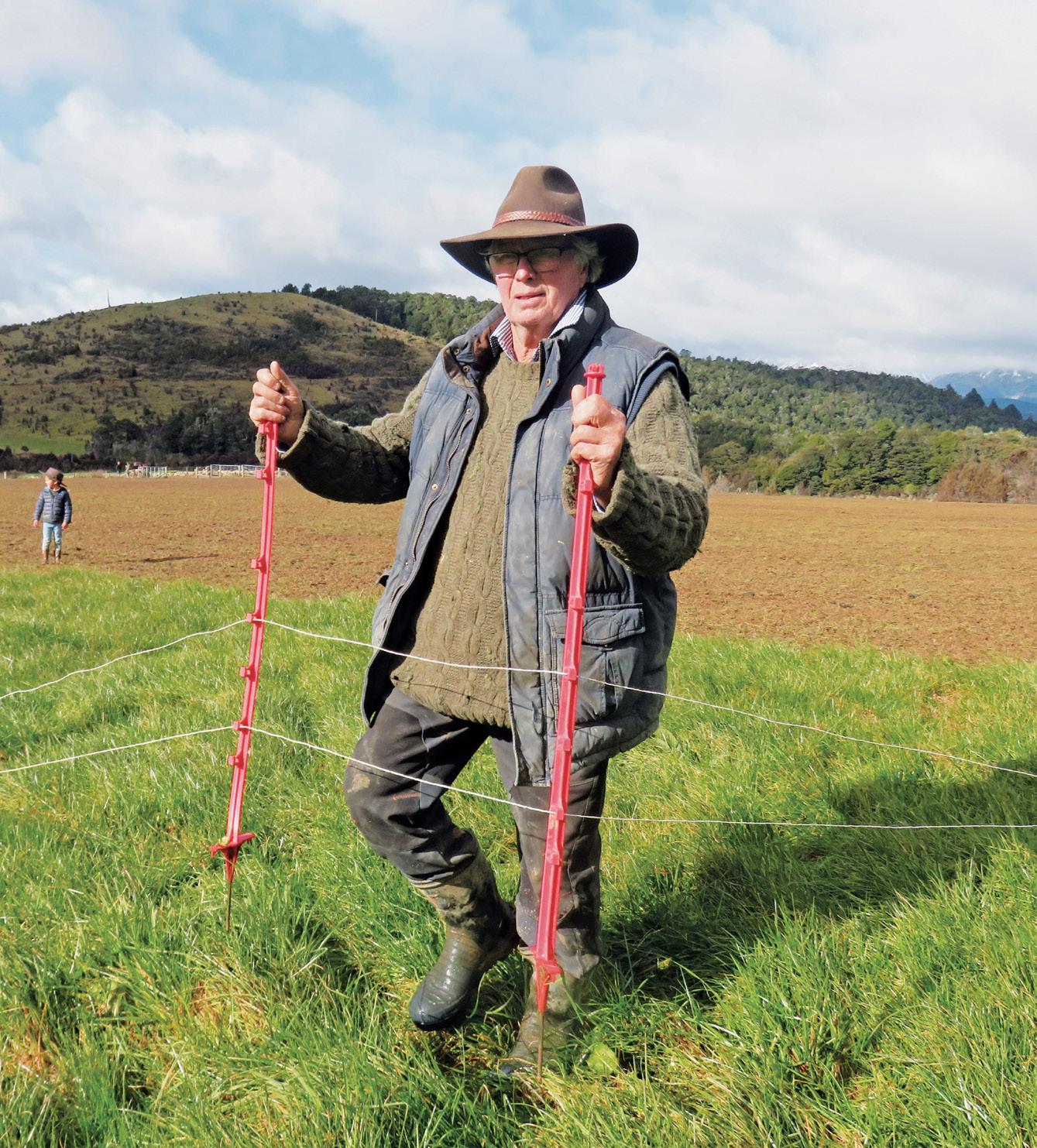
“Times were tough, and being resourceful and resilient were characteristics of all rural communities.”
Needing to do some fencing but with no spare cash, Allan looked around Marlborough for some vineyard posts. In the 1990s with only 3000ha of grapes there were a few on offer, they might have cost about a dollar.
Eleven years later, they moved to a 20ha lifestyle block in Upper Moutere, and at the age of 53 Allan switched to
driving milk tankers for Fonterra for a decade. During those years, Allan’s passion for breeding sheep dogs never waned, an interest that began in his teens. He was a member of Takaka Trial Club, taking days off school to go with his grandfather.
With six or seven dogs at a time, Allan ended up with seven generations, all huntaways.
“They were more of a handy type, you could head and hunt with them. You don’t really get those sort of dogs anymore.”
He would train and sell pups, and for many years he was a familiar face at the National Dog Trials, competing in the
“On Springers Block I bought in dogs of good breeding and have had two litters since.”
Allan likes the stock work, working with dogs, and fencing.
“You can see the benefit in all of that.”
For now, Allan will keep plodding on in all seasons.
“At the moment it fills every day in, and I feel pride being back where I belong, on farm. Come the end of winter I might take the odd day off though.”
And he has plenty of praise for the next generation of farmers coming through.
“There are lots of young people who have a grip on things, the future looks pretty good in their hands.”
“TIMES WERE TOUGH, AND BEING RESOURCEFUL AND RESILIENT WERE CHARACTERISTICS OF ALL RURAL COMMUNITIES.”
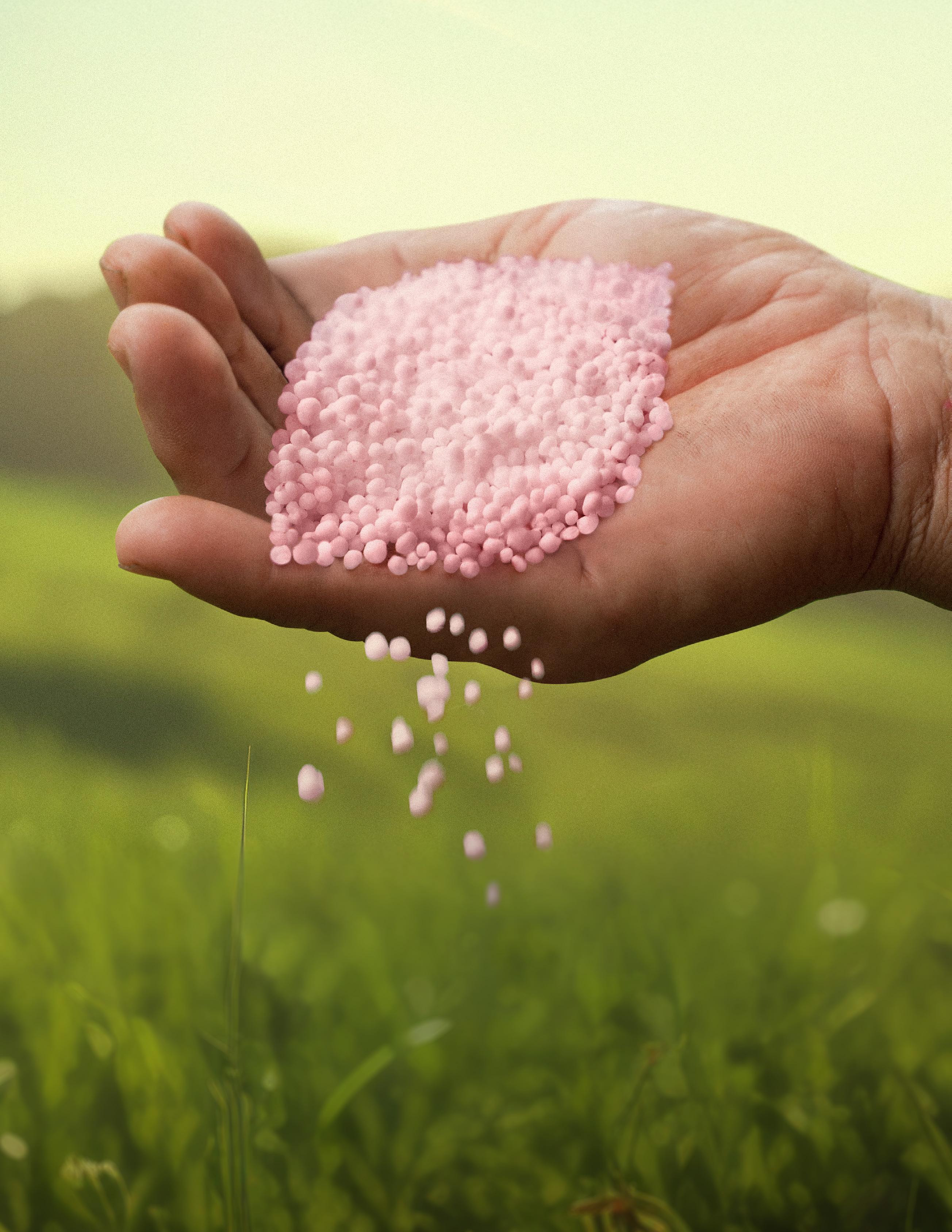

Aweek’s work in the central South Island in August exposed me, apart from being very cold, to two conversations that highlighted one of the challenges we face with our farmed animals.
An elderly French couple shared the kitchen where I was staying, and one evening we exchanged why we were there. Her answer was as a tourist.
As they were leaving she asked me if the sheep stayed outside. Did they get put inside at all? She did not challenge my answer but her immediate intense discussion with her male companion suggested she was surprised by my answer.
The next day I was on a farm which had a new owner based in Auckland, who freely admitted he knew very little about farming. In a discussion about spending priorities which was mostly about upgrading the infrastructure, the
owner put in his priority. More shelter for the stock. This on a farm that had its fair share of natural shelter.
I was surprised, but his justification was that it was very cold and should the stock not need more shelter? Of course, many of the sheep seen by the French people and Auckland man would have been very recently shorn.
We all treat things we see all of the time as normal, or more importantly do not see any reason to change. Change is readily adopted when there is a tangible reward. But change because someone does not like what we are doing is hard to swallow.
Ultimately the customer is always right and are these outside observations the beginnings of wider sentiments?
Putting in some extra shelter is not a big ask, except that the manager might question that allocation of funds when he sees other priorities.
Providing shelter is one of the five
freedoms we provide to animals we care for. For this farm as for most sheep and beef farms, existing shelter could easily be added to. Dairy farms, pivot grazing and many deer farms have no shelter. Not a good look for outside eyes and rather sobering when such eyes described above was where there was existing natural shelter.
The housing one is more difficult to reconcile. Is the fact that these Merino sheep have shown their ability to cope with winter weather for 150 years enough to say that it is okay?
The reality is that these animals do find shelter, but to naive eyes it can easily look bad. Housing is the extreme of providing shelter and if there was a response it would need to focus on that.
Given an increasing market-driven need to provide pain relief for lambs at tailing, is this beginning the slippery slope of wider welfare standards being required? A premium market that pays
Changing the way we farm because someone does not like what we are doing can be hard to swallow, writes vet Trevor Cook
more would be a good carrot which at this stage is the supposed benefit.
I have been swamped with helping farmers make change because of the ever-increasing incidence of drench resistance. For Merino sheep this is a huge issue due to a combination of circumstances.
These sheep are highly susceptible to worms which is a major challenge when they are run in systems that allow worms to accumulate. Tenure review has made that massively worse by concentrating these animals into an environment that suits the worms better than it suits the sheep.
Dealing with this mimics what we need to do to placate the French tourists.
I am not sure what we could do, but it would require big changes, just as these Merino farmers need to make. A common comment I seem to be making is that to get a different outcome requires doing something different. This need to change is not confined to these farmers.
The required approach to fencing waterways, winter cropping and saving wetlands is prescriptive rather than outcome-focused. Which is why these plans are not fit for purpose.
When helping with the changes needed for managing worms the actions have to be outcome-driven. How it is done will vary from farm to
farmers want a prescriptive To-Do list, which I cannot do. I can only prescribe the tools.
My job is to unlock the knowledge to approach it differently. We are in an environment that will require change in how we do many things onfarm. We must always push for allowing farmers to be in control of the ‘how’ when someone sets the objective. It might be too big an ask for farmers to be in control of the ‘why’.
LIFTSMART rough terrain forklifts deliver a significant competitive edge in the farming and agriculture materials handling industry by providing superior operator comfor t and improved visibility in all conditions.

With quick and easy maintenance, not only are LIFTSMART rough terrain forklifts more reliable, they significantly reduce total cost of ownership over time.
It provides a premium experience that makes long shifts productive and enjoyable.
At Adaptalift Group we support New Zealand Farmers and Growers and appreciate all that you do for our country. That’s why we’re offering any farmer or grower 15% off our recommended retail price on our rough terrain products until the end of 2023.
Stock available, delivery and service support anywhere in New Zealand.
“I CAN ONLY PRESCRIBE THE TOOLS. MY JOB IS TO UNLOCK THE KNOWLEDGE TO APPROACH IT DIFFERENTLY."Trevor Cook is a production
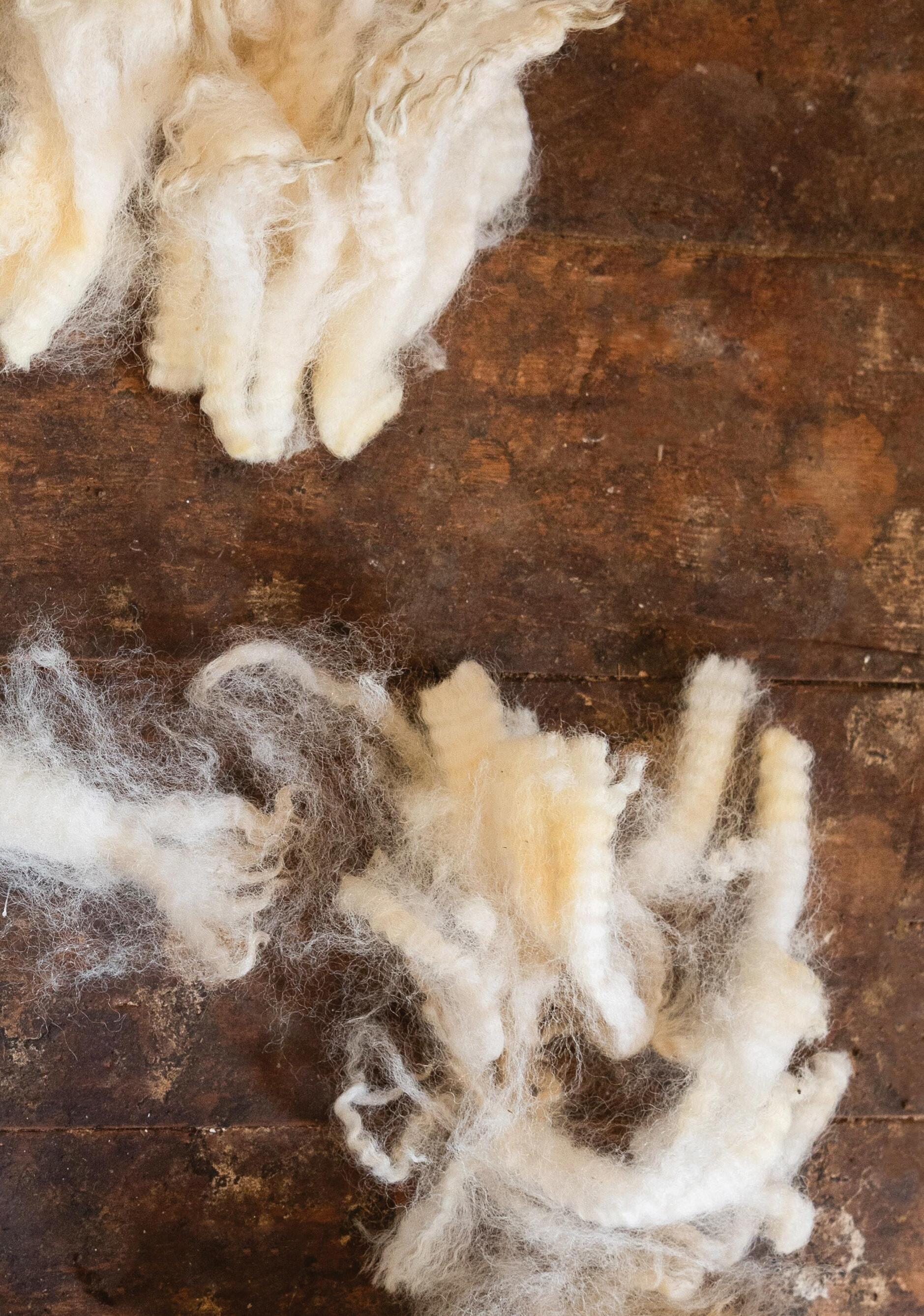
When Hayden and Anastasia Tristram met as medics in the army, they never imagined themselves farming, but the pull of returning to Hayden’s family farm at Wanstead eventually won out. Four years in, they are developing products to increase the value of their strong wool.
By Rebecca Greaves PHOTOS BY BRAD HANSONAs a young couple starting out in farming, Hayden and Anastasia Tristram have weathered two years of drought, followed by Cyclone Gabrielle. They reckon they must be due a good year. Despite the challenging climatic conditions, the couple remains upbeat. They acknowledge they are just getting started and their system is a simple one with low input costs. They do everything themselves, from dagging to fencing, and while it might be slow and involve countless weekends, they’re willing to put in the hard yards now to reap the rewards later. They also love the lifestyle and raising their young family on the farm.
The couple has a daughter Ariella, 1, and another
on the way. Anastasia, 30, is a secondary school teacher at Central Hawke’s Bay College in the nearest town, Waipukurau. She’s on maternity leave but relieves two days a week while Hayden, 29, cares for Ariella. Maternity leave has allowed Anastasia to potter away on their new venture, Floating Peaks, creating wool seed pots, seed mat and weed mat, using felted wool from their farm. Surprisingly, Hayden admits he hated farming as a child. His parents bought the farm when he was two. An elevated sheep and beef farm with stunning views out to sea, punctuated by generous pockets of native bush, you can take a walk and find an animal to fill the freezer with venison if you’re so inclined. Most mornings they wake up to find themselves above the clouds, hence the name Floating Peaks.
Tristram Farms, Hayden and Anastasia Tristram

Location: Wanstead, Central Hawke’s Bay
Size: 419 hectares (319 eff). Own the stock and 89ha, the rest of the land is leased from Hayden’s parents
Climate: Summer dry East Coast
Contour: Mostly steep hill country, no cultivatable land. Carrying about 8 SU/ha
Rainfall: 1100mm annually.
1300 Mixed age Romney ewes –all terminal to a Poll Dorset ram
60 breeding cows (half Angus, half Friesian/Hereford) – calves kept to two years
Buy in replacements
75 R1 Friesian bulls – buy in Oct/ Nov and sell store as yearlings
Flexible stock policy depending on season
Predominantly breeding.
Anastasia and Hayden spent eight-and-a-half years in the military, meeting while training to be medics in Christchurch. Anastasia has a Bachelor of Health Science majoring in Paramedicine. It was when the couple moved to Palmerston North and bought a house that they started to visit the family farm on weekends. Eventually, Hayden decided he wanted to give farming a crack.
“I used to hate it. As a kid you get the shit jobs like opening gates or standing in the yards filling the race. But I started coming back on weekends to help and really enjoyed it.”
His plan was to move back in May 2018, get a few dogs going and head to Taihape to shepherd, as Anastasia
was posted to Waiouru at the time, but somehow, he never left the farm.
“Dad is a builder by trade and he was building off farm. I came back and he started doing more building and pretty much left me to it.”
For Anastasia, the space and freedom compared to regimented military life, always working for someone else, has been a welcome change. “It was time for the next challenge. For us as medics, there’s only so much you can achieve in terms of what you’re trained to do.”
As a medic in the military, she loved teaching first-aid to army recruits. “I decided to focus on teaching, while Hayden chases sheep.”
She moved to the farm to rear calves
in 2019 before completing a year of postgraduate study to become a teacher. The perfect job popped up at the closest college and she got the position.
Hayden’s parents have moved off farm, but his father often comes back to help, especially after the cyclone hit. In 2021 the couple purchased the stock and began leasing the farm. In March 2022 they purchased 89ha and continued to lease the rest. The plan is to slowly buy the whole property.
Hayden admits he’s still finding his feet and tries to keep his stock policies simple. The steep country lends itself to breeding; there is no cultivatable land.
The pockets of bush throughout the farm are mostly regenerating kanuka with a few beech trees.
“Our input costs are very low. It’s a simple system.”
Financials are not back for the 22/23 season, but the couple’s Farm Working
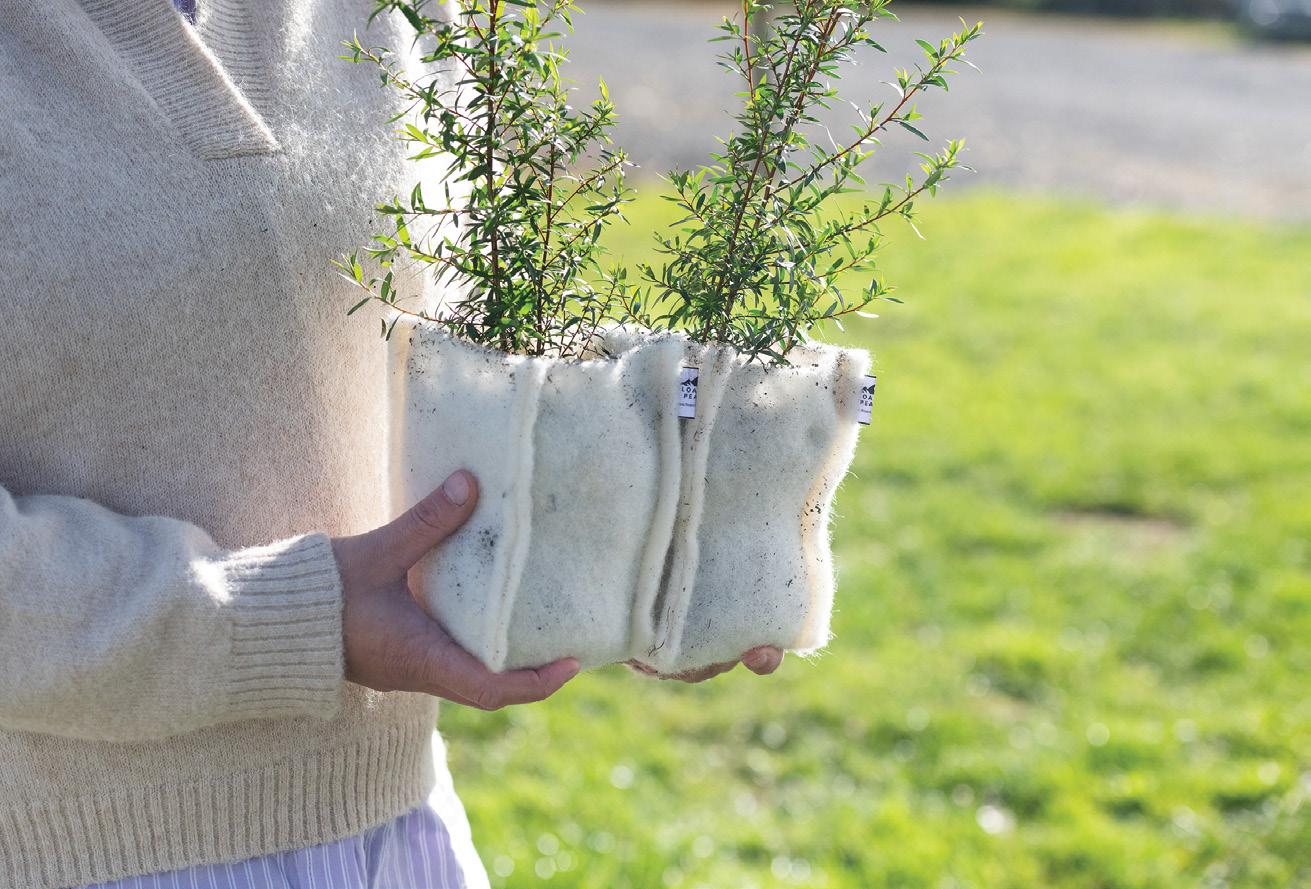
Expenses were 33% of Total Farm Income for the 21/22 season.
“We don’t really have any goals as such for keeping expenses down. We just do a detailed budget at the start of each year and reallocate money depending on the year,” Anastasia says.
For example, they would normally allow $5000 for environmental planting, but this year, with cyclone damage to fix, they plan to cut that allocation to $2000. The extra $3000 will be spent on fencing materials.
“The only thing we don’t reallocate money away from is animal health. We spend whatever we have to, to ensure all animals on farm are getting all the treatment they need.”
There are 1300 mixed age Romney breeding ewes, all put to a Poll Dorset terminal ram. The ram goes out in early March.
They usually have close to 2000 lambs on the ground and dock at about 150%. Hayden says one of the strengths of the property is the ample bush and shelter, which ensures good lamb survival and low wastage. A bad year would be 20% wastage from scanning to docking.
Lambs are sold store or finished and sent to the works, depending on the season. The first cull is before Christmas, off mum, and 30–40% of lambs are sold then at about 16.5kg carcase weight before the schedule starts to drop and it gets dry.
Each month after that they will cull the tops, or if it’s dry, sell a line store.
Hayden takes a keen interest in genetics and his plan is to introduce Perendale in a bid to get a better hill country sheep, with a goal of running less sheep but holding production. “I’m playing with the cattle numbers as we are new to farming, but I want to go less
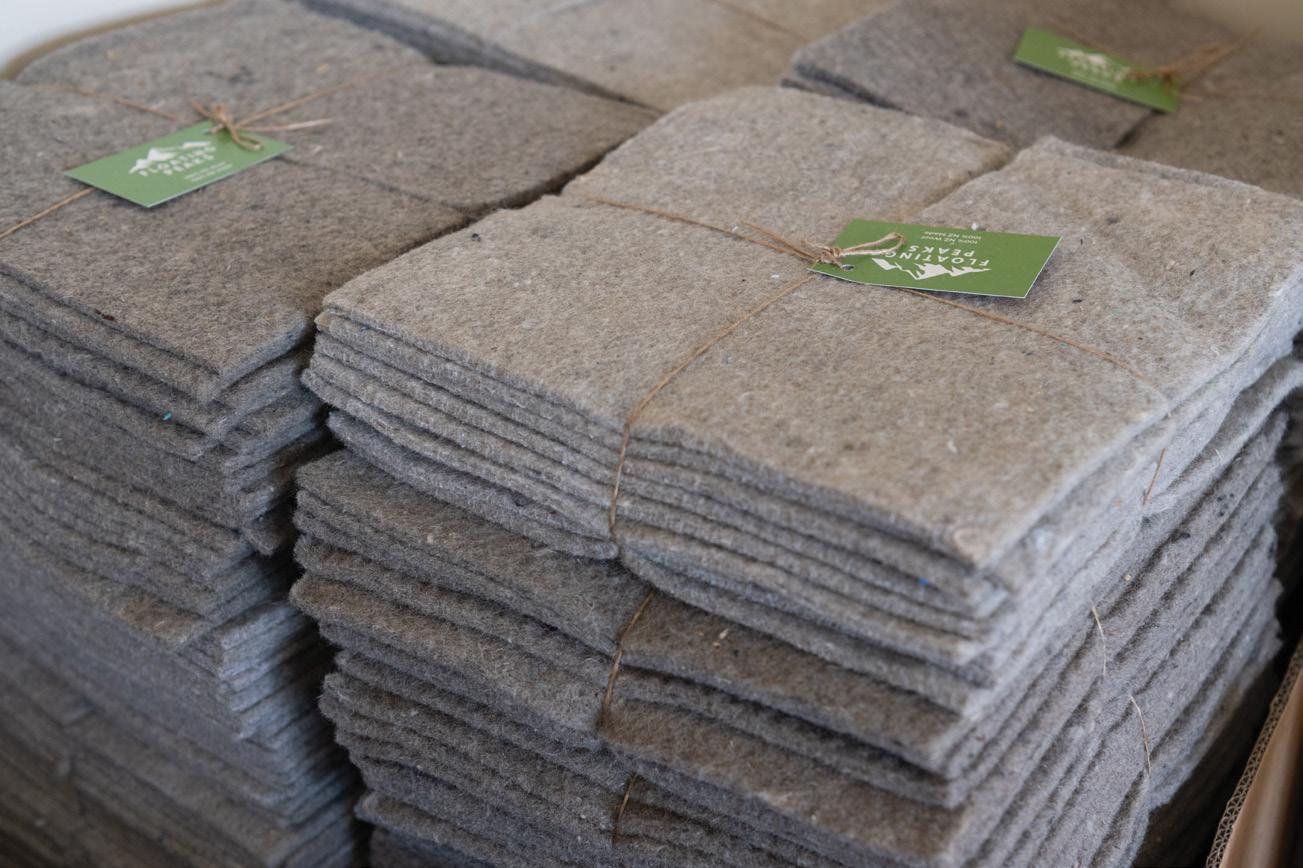
sheep and go up in bulls. Sheep are labour intensive.”
They have 60 breeding cows, a mix of half Angus and half Friesian/Hereford cross. They keep all calves until two years old and they’re mostly sold store. They buy in replacements.
Finally, there are 75 R1 Friesian bulls. They buy them in early November (or they have raised their own calves in the past) at 100–120kgs and sold as yearlings – before they get destructive and start wrecking things.
The bulls are generally sold store at a target weight of 300kg in September/ October (market dependent) to achieve the margin they aim for. They budget on buying weaners in at $550/head and selling them at $1000 net ($450/head gross profit). This also allows them to grow feed for the young ones due to come on.
“The first year we did it we did small numbers, reared our own calves and carried them through to two-year-olds. From a yearling they start damaging things,” Hayden says.
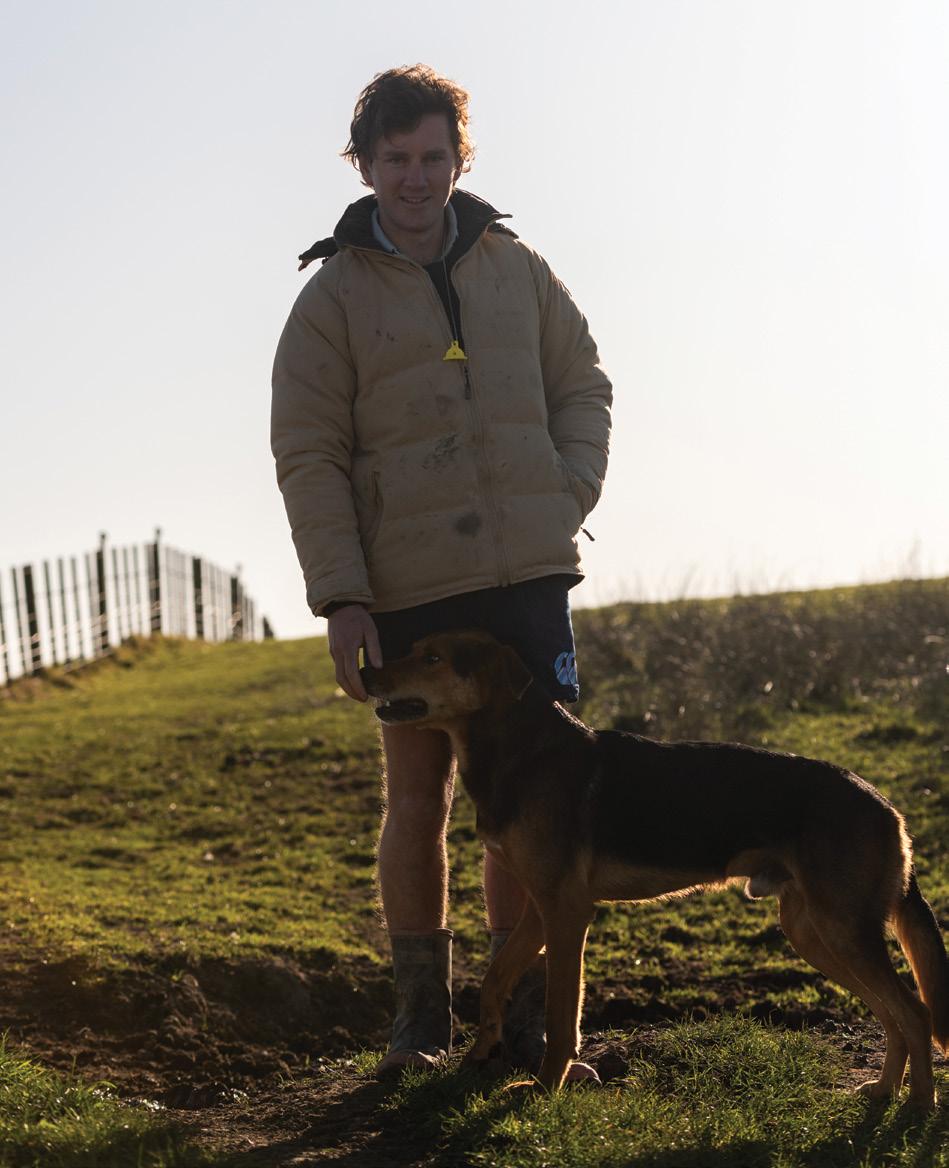
They rethought that approach and now buy the best quality weaners they can find, put as much weight on as possible, fast, before kicking them out to the next person before they start causing trouble. This is something that has served them well because bulls are hard to find, so demand for their animals is strong.
The bulls are grass-fed and they start to drop paddocks out of the rotation from as early as April, which leaves enough area to grow good covers and feed the bulls through winter.
This year they sold some early, as like many on the East Coast they battled with the mud post cyclone. Hayden says the bulls provide an easy stock class to bail on, building flexibility into their farming system if a lever needs to be pulled.
Like many East Coast farmers, the Tristrams woke on the morning of February 14 to find they had been visited by Cyclone Gabrielle. The damage was enormous and the repair work continues.
The couple lost about 35ha of land in the cyclone in slips (this was mapped by Ravensdown), an estimated 3–4km of fencing was gone, and most of their tracks were wiped out. Their new native riparian plantings were washed away with Gabrielle’s fury.
For the first two months Hayden was forced to go everywhere on foot to complete stock work and try to fix fences. “I’d just carry a few posts out each time.” Anastasia says they’ve endured two droughts and the cyclone since they started farming. “But we’re surviving –we’re just waiting for that good year. We were very fortunate that Hayden’s parents are super flexible and were here to help.”
So far they’ve spent about $30,000 fixing cyclone damage and all up estimate it’ll cost about $70,000 to fix, and that’s doing all the fencing themselves. They simply can’t afford to pay someone to do it.
“We have a lot of dams that have silted up with slips, that will be the next problem, in summer,” Anastasia says.
Above: The farm was hit hard by Cyclone Gabrielle in February, the scars still evident on the landscape. Left: Hayden grew up on the farm, but never imagined himself farming when he was younger.

The immediate aftermath of the cyclone was tough, added to the fact they had a small baby and Anastasia was at home and unable to help.
“I was a bit dark for a little bit,” Hayden says. “You think, what do you do, where do you start?”
“It was an unknown scenario, in your head,” Anastasia adds. “Just having a young child, sitting inside while he was out there dealing with it. I had a different responsibility and not being able to fully share the battles on the farm with him was tough.
“And then you see what’s happening in Patoka and the Esk Valley and those places and think, oh, what have we got to complain about?”
Once they had a plan, it was much easier to get started, and Hayden’s parents were quickly on deck to help, too.
“In an ironic kind of way, it’s pretty impressive, the damage,” he says.
Not content to accept the rock-bottom prices he was receiving for his strong wool, Hayden was always tossing ideas around – what could they do with it to add value?
“I don’t even know how we got on to felting, but I had some ewe wool in the shed and one day I thought, let’s just do it.”
He loaded two bales onto his trailer and drove it to Woolworks wool scouring in Napier where he had it felted for the grand sum of $3000. He had no clue what to make with it and no firm business plan.

“I’ve always wanted to make pots and I guess that’s how we went down that road,” Hayden says.
If all else failed, they reasoned they could use it as weed mat on the farm. “A lady at school taught me to sew, and I taught Hayden. Now we can sew in straight lines,” Anastasia says with a laugh. A spare room at the front of their home has been converted to a workshop, fondly referred to as the sweatshop.
Just over a year ago the sweatshop started production and Floating Peaks was born. The timing was perfect as it gave Anastasia something to do while on maternity leave.
When Ariella was just five weeks old, they attended their first market day –cash sales, no branding – and it was a huge success. Encouraged, they decided to carry on with the seed pots and the product range grew from there.
Peak Pots are 100% felt-wool pots, which come in three different styles and two sizes, and Peak Beds are felt-wool
Above: Anastasia with a Peak Bed - a wool seed bed you fill with soil and sow seeds into. Left: The couple sew all of their products themselves in a front room of their home, referred to as 'the sweatshop'.
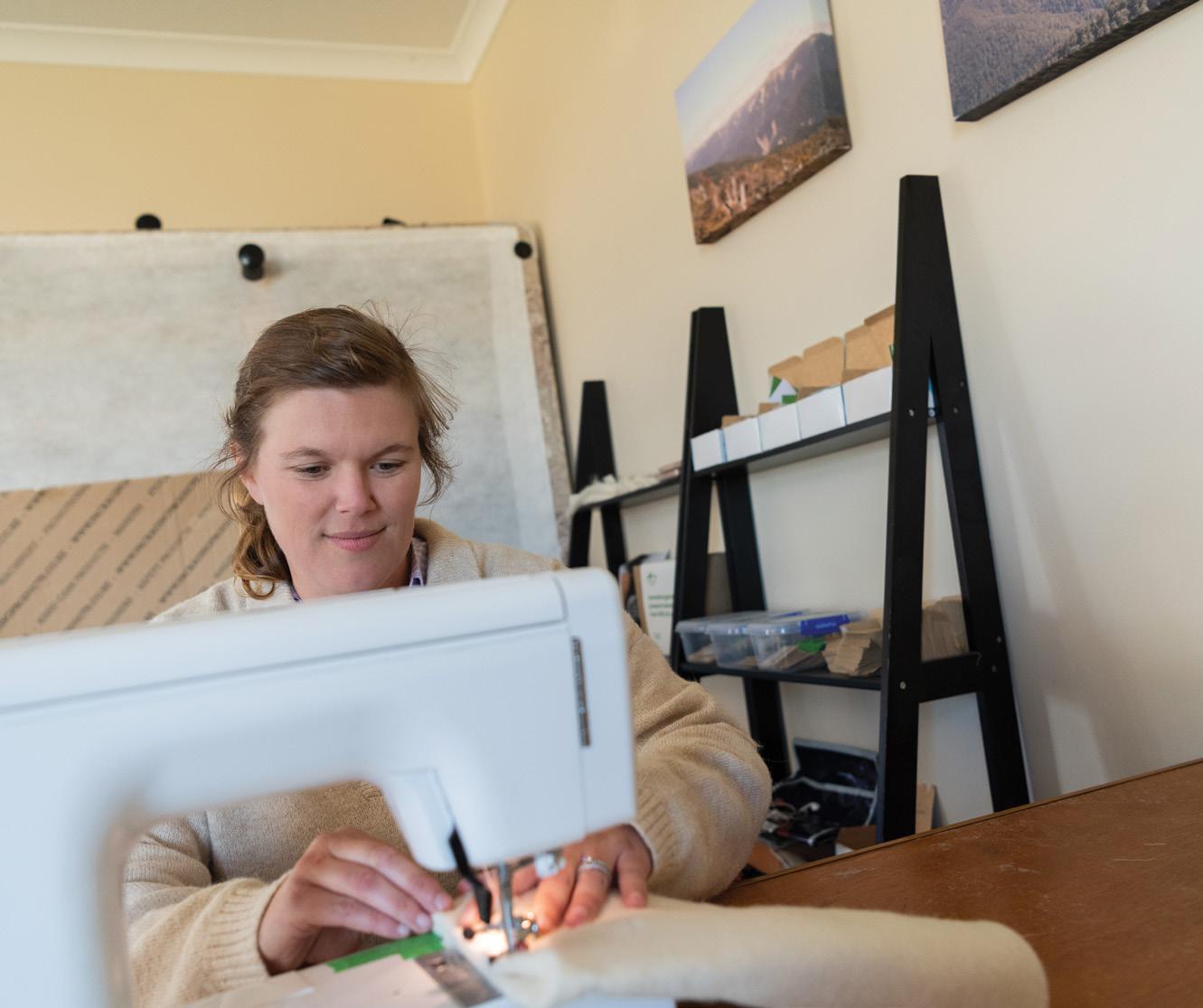
seed beds that you fill with soil and sow your seeds directly into. Because the roots are able to penetrate and grow down through the wool, the beds and pots are able to be planted directly into the ground.
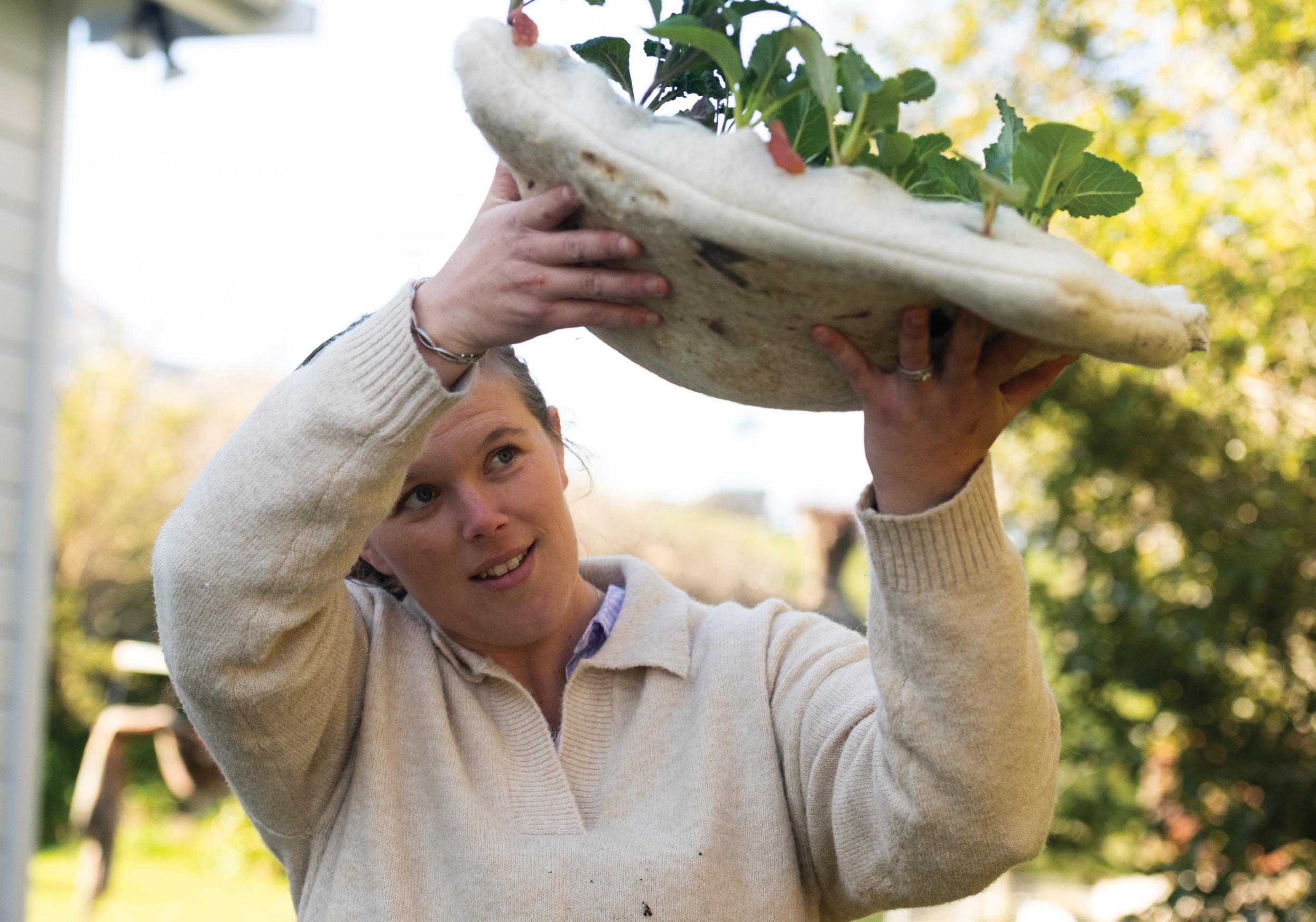
The Peak Pack is a gift pack with the tagline “your 100% growing experience with wool”. It includes seeds, a Peak Bed and Peak Pots. They also make weed mat from recycled wool (not made from their own wool).
Anastasia says Woolworks has been on board from the start. “Nothing has been a problem. Hayden just rocked up with his little trailer like, ‘hey guys’, and
they helped us. They have been really supportive, and they were the first to buy our products.”
At the moment, the venture is small. Going to markets gets them off farm and allows them to share their farming story with others.

“It would be silly to think we would make big money selling wool pots. But for us there’s something about having your own wool and being able to present it to someone, have them take it and make something of their own. It’s pretty special.”
As a teacher, Anastasia can see that selling wool comes down to education. She identified a gap in the market and approached the Campaign for Wool about developing a resource to be used in schools, educating children about wool.
She has created a workbook ‘The Wool Journey’ with funding from Woolworks, that takes students from the paddock to the product. The workbook is supported by videos, currently being filmed. These include mustering and dogs working with sheep, shearing and the scouring process. At the end, students make their own wool pot to take home and continue the conversation. They also get a greasy wool sample to get their hands dirty and learn about lanolin.
The resource will be trialled in schools in Term 4 and is suitable for Curriculum Level 3, covering literacy, numeracy and reading comprehension. Anastasia’s dream is to fully fund the resource and make it free for schools.
The Wool Journey is Anastasia’s
passion product while the pots and mats are a side hustle. The production cost is low; they don’t account for their time. “We just potter at night and don’t count our time as an expense. We get so much enjoyment from the markets. Our passion is more about education and, because I’m on maternity leave, I can justify the time invested in it.”
They sell a pack of three pots for $10, and make a margin, but they know it’s
not a long-term money maker. They may not make it big with wool pots, but the Tristrams do have an exciting wool product being trialled on 17 farms across New Zealand. If successful, it could be a game changer and make a real difference in the wool industry. Details are under wraps, but watch this space. This dynamic duo is on a mission to help restore strong wool to its former glory.
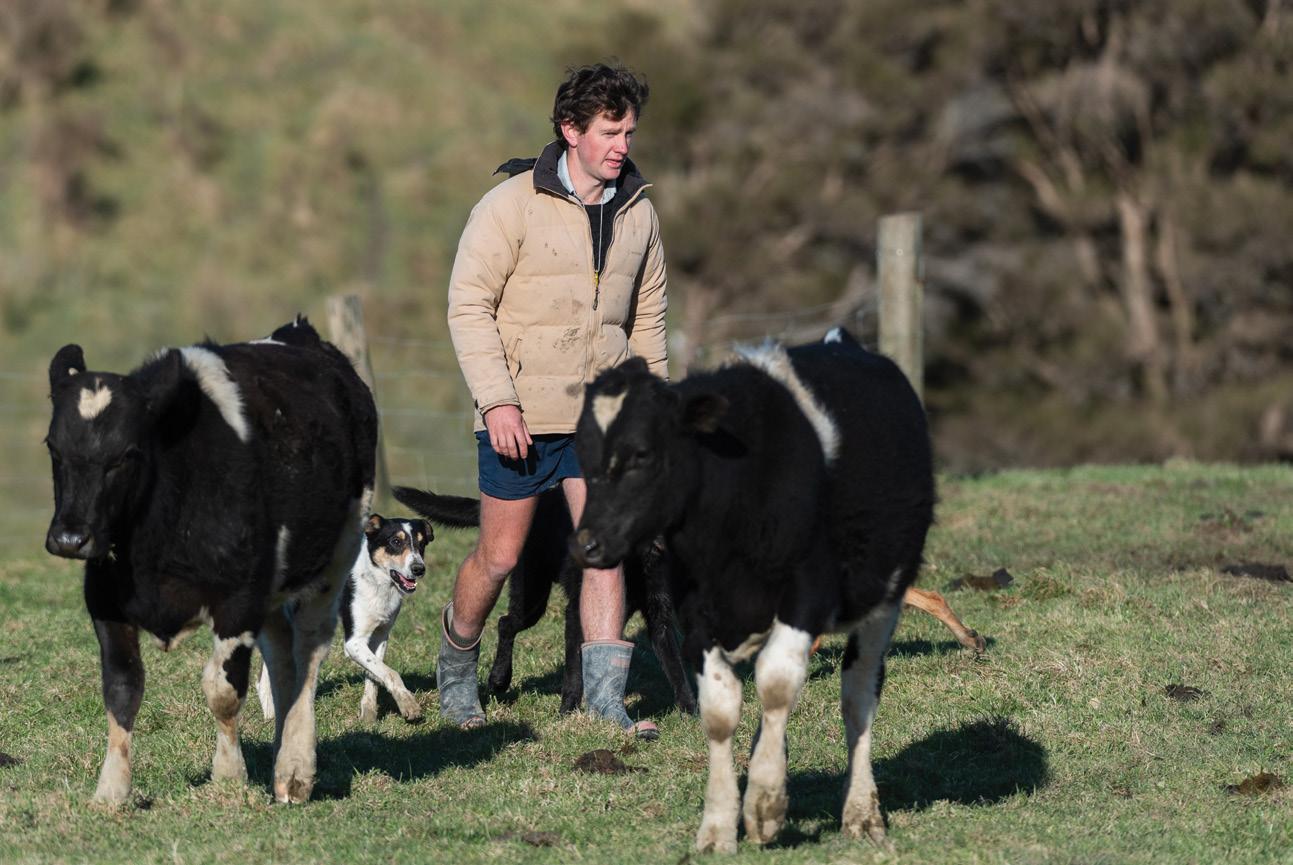
“Nothing has been a problem... They have been really supportive, and they were the first to buy our products.”Friesian bulls are an important part of their stock policy. The key is to get good weaner calves and put as much weight on them as fast as possible.
The story of wool is easy to tell. Wool is a just a haircut. It’s sustainable, natural and biodegradable, so it ticks many boxes.
By Tony LeggettNew Zealand crossbred wool should be flying high as a ‘rock star’ fibre, Campaign for Wool NZ advocacy manager Tom O’Sullivan says.
Instead, the rudderless sector is stuck in reverse without a road map to capture the surge in demand from discerning consumers for products that deliver on their goals of sustainability, biodegradability and naturalness.
“It is such an easy story to tell with wool. Wool is a just a haircut. It’s sustainable, natural and biodegradable, so it ticks all those boxes,” he says.
O’Sullivan strongly supports a call from Federated Farmers meat and fibre chairman Toby Williams for a single, consolidated entity to deliver an agreed strategy for crossbred wool. At the same time, he acknowledges how hard it would be to get the entire sector to agree on one strategy that set goals for the coming decade and was funded by all parties involved.
“But it’s do-able and I would love to help front it. But I would only front it if we truly do that 10-year plus strategy
and that means we must get all the right people around the table,” he says.
O’Sullivan says creating a transformational strategy and funding model would require the best, independent minds to be engaged on it, backed by strong and transparent leadership.
He sees obvious roles for existing wool groups to contribute and slot into a new strategy.
The Campaign for Wool NZ’s current
mandate is education and growing awareness of wool, making it suitable to fulfill a marketing and advocacy role.
“There could well be a strong case for the Campaign for Wool to merge into a new industry entity. Most farmers don’t know what all the wool sector groups do so streamlining them and making it simpler for everyone to understand makes good sense.”
The Wool Research Organisation of NZ (WRONZ) is the obvious research
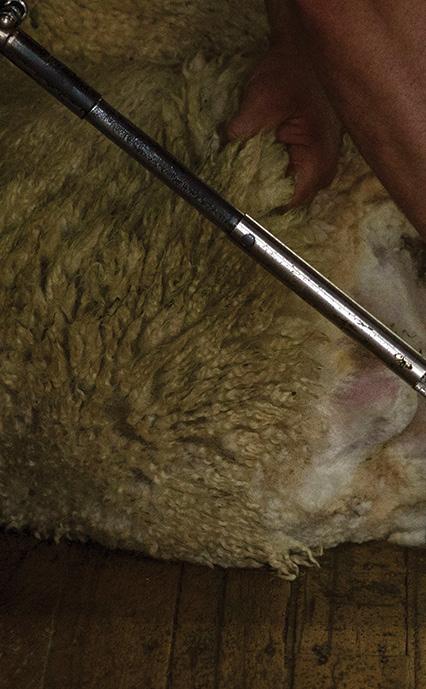
Wool Impact is the latest government and industry funded group to tackle finding new opportunities for strong wool.
It was set up 18 months ago with Government funding of $4.5 million through its Sustainable Food and Fibre Futures Fund and investment from industry partners including wool scourer WoolWorks and meat
companies Silver Fern Farms, Alliance Group, ANZCO, Affco and Progressive.
Wool Impact’s newsletter published in April this year says it has 21 projects “in play” to solve problems with wool and drive up its demand and value for growers. Its website says Wool Impact is as an ‘advocacy and resource hub for inspiration and information about the best natural fibre in the world’.
and development contributor to the new entity. Wool Impact would continue its incubator role and the National Council of Wool Interests would provide its perspective on processing and exporting wool.
O’Sullivan says WRONZ’s inclusion with its cash reserves of about $38 million left over from the wool levy which farmers voted down in 2009 could give the new entity a significant financial kick start.
Wool Impact’s creation was a recommendation from the Strong Wool Action Group (SWAG), another government-industry group set up in 2021.
Wool Impact’s chief executive is former SWAG ceo Andy Caughey and it employs two executives, Ross McIsaac and Gretchen Foster.
It is listed on the NZ Companies Office as a private company with two shareholders, former SWAG chairman
“I don’t believe WRONZ can continue to sit on the past industry’s nest egg saying it’s there for a rainy day, when the industry’s rainy day has truly arrived.”
He feels any government would also be more supportive if the industry had a single, agreed strategy.
“In the past, the current Primary Industries Minister Damien O’Connor has always said it’s not up to the government to sort out any industry.
“But if an industry came to it with a
tidy backyard, with an agreed strategy that was well resourced and recruited for, then I’m sure the government would be in behind it,” O’Sullivan says.
He concedes finding the right funding model would be challenging, especially after farmers voted down the $6m annual wool levy in 2009 after 64 years. But, he says, if growers were presented with a new strategy to embrace for crossbred wool, they would reconsider a contribution to its delivery.
“I estimate crossbred wool is costing NZ sheep farmers more than $100m per year, so there is plenty to gain for farmers in this.”
O’Sullivan spent 10 days visiting wool sector companies in late August and says there are lots of ‘green shoots’ appearing that give him the confidence to push for an overarching sector strategy.
“I’m getting 10 times the phone calls I was getting 18 months ago from the likes of building companies wanting to create more sustainable buildings and homes through to mums and dads wanting to find a source of wool to make rugs, so it’s all sorts of things.”
He is certain the strong surge in inquiry is a direct result of consumers becoming more planet-friendly with product choices. He is convinced there’s a real movement by urban consumers, globally, back to nature.
Rob Hewitt and former SWAG director John Rodwell, each holding 50% of the shares. Hewitt is chairman of Silver Fern Farms and Farmlands, and farms in South Otago. Both Rodwell and Hewitt are also on the WoolWorks board which is an industry partner in Wool Impact.
Wanaka-based Rodwell led the early Project Action Group formed by Primary Industries Minister Damien O’Connor in 2018 to investigate ways
to revive the crossbred wool sector. Its report tabled in 2020 recommended an industry plan being developed which led to the formation of SWAG.
The Wool Impact board was initially chaired by experienced investment banker Mike Allen but he resigned in August citing workload issues and was replaced by former Canterbury Rural Traders chief executive and Cromwellbased experienced company director Stuart Heal.
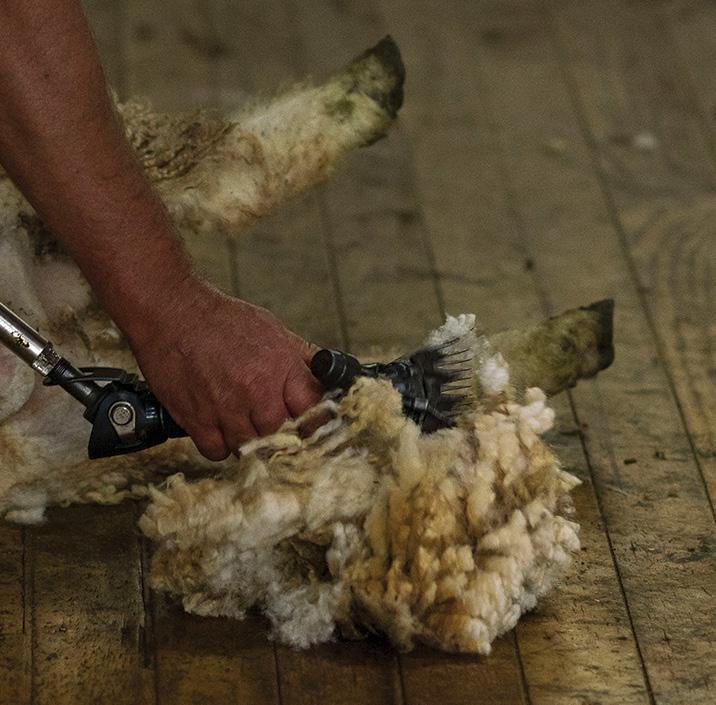
Inspiring our bodies to move and igniting discussion about moving from synthetic to wool fibres, Move to Wool Movement Mat is one of many innovative small Kiwi businesses advocating for the future of strong wool.
By Rebecca Greaves PHOTOS BY BRAD HANSONThe Move to Wool mat is made from 100% strong wool, and manufactured in New Zealand, a challenge that business owners Laura Hancock and Bri Collin set as “a nonnegotiable” for themselves from the outset.

Laura and Bri met on the hunt field through a shared love of horses but it wasn’t until they found themselves on an Agri Women’s Development Trust Next Level course together in 2022 that they bonded over their passion for wool.
Both women have full-time jobs and, for them, Move to Wool is truly a passion project, with many evenings and weekends spent labouring over their concept.
A movement coach, Laura previously co-founded wool harvesting education company WOMOlife and recently moved to Taupo where she runs her business Rural Works. She works predominantly with rural people, ensuring they are fit for purpose, feeling well, moving well and able to perform well on farm and in the wool shed. Laura encourages the sector to think of themselves as “Rural Athletes”.
Bri was brought up on her family’s sheep and beef farm. She and her husband George are farming a 750-hectare sheep and beef property at Flemington, Central Hawke’s Bay, and she is North Island business development manager for PurePods, a luxury glass ecocabin company.
Both women feel a deep sense of purpose in helping facilitate the conversation about sustainable fibres and the future of strong wool in New Zealand, under threat as farmers despair over rock- bottom prices, with some contemplating exiting wool production altogether.
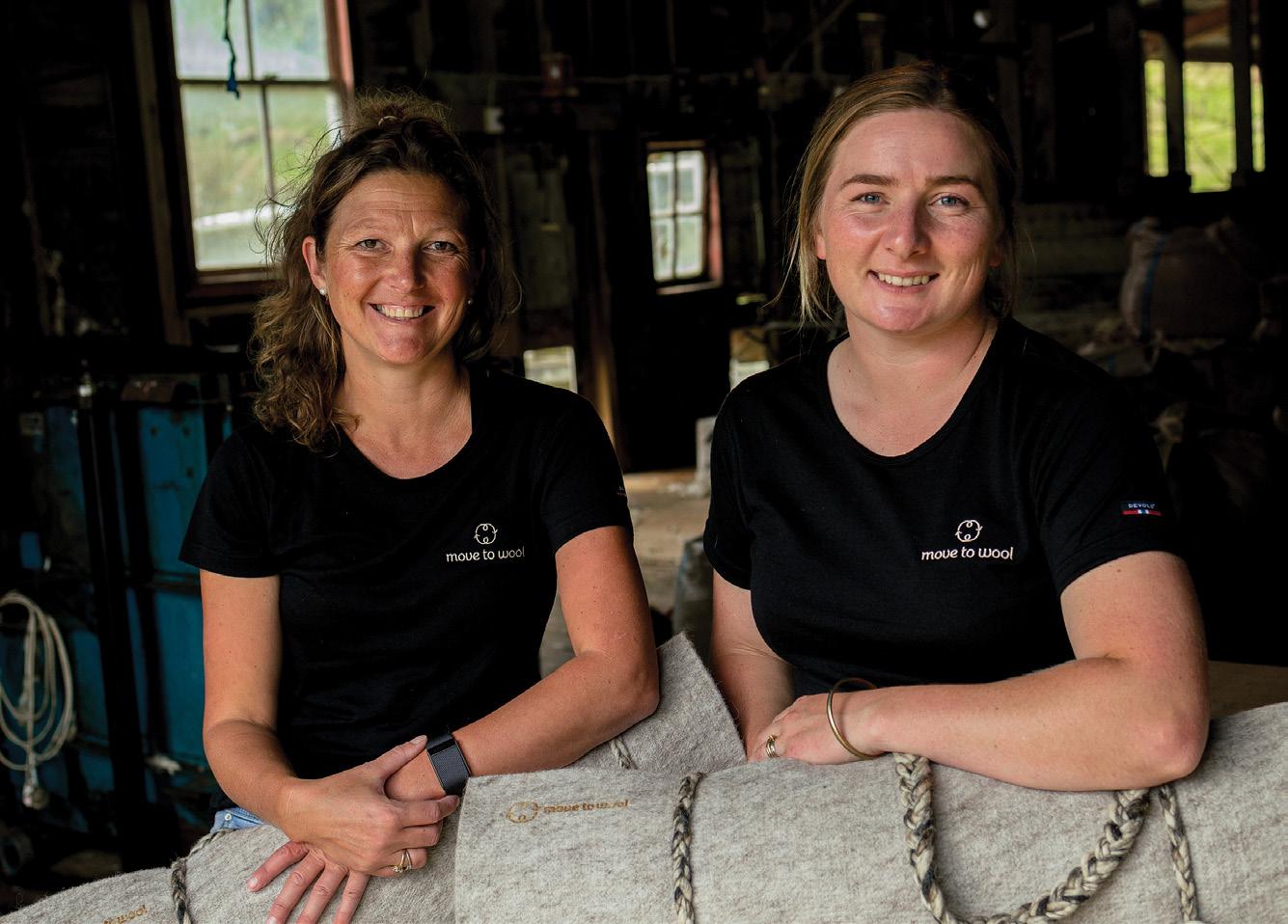
Laura knew she wanted to do something that combined movement and wool, and she already had mat samples made when she approached Bri about coming on board. “I had the product and idea, but it needed to become a business. Bri has a skillset I don’t, and the marketing and farming background.”
The pair complement each other well, with Laura the ideas person and Bri the logical voice of reason and keeper of lists. “I would say Laura is the true entrepreneur, with great ideas and endless positivity,” Bri says.
“Bri keeps me less high in the sky,” Laura adds.
They wasted no time and the Move to Wool Movement Mat was launched in July this year. They call it a movement mat because it’s not just for yoga, it is also suited to Pilates, breathwork and meditation.
Feedback has been that not only is the mat comfortable, but that people can feel a real connection to nature when using it.
The women are under no illusions that a wool movement mat is going to shift the dial for the whole industry in terms of prices, and at the moment they are using low volumes of wool. But Laura says the long-term goal is about the conversations the mat opens up.
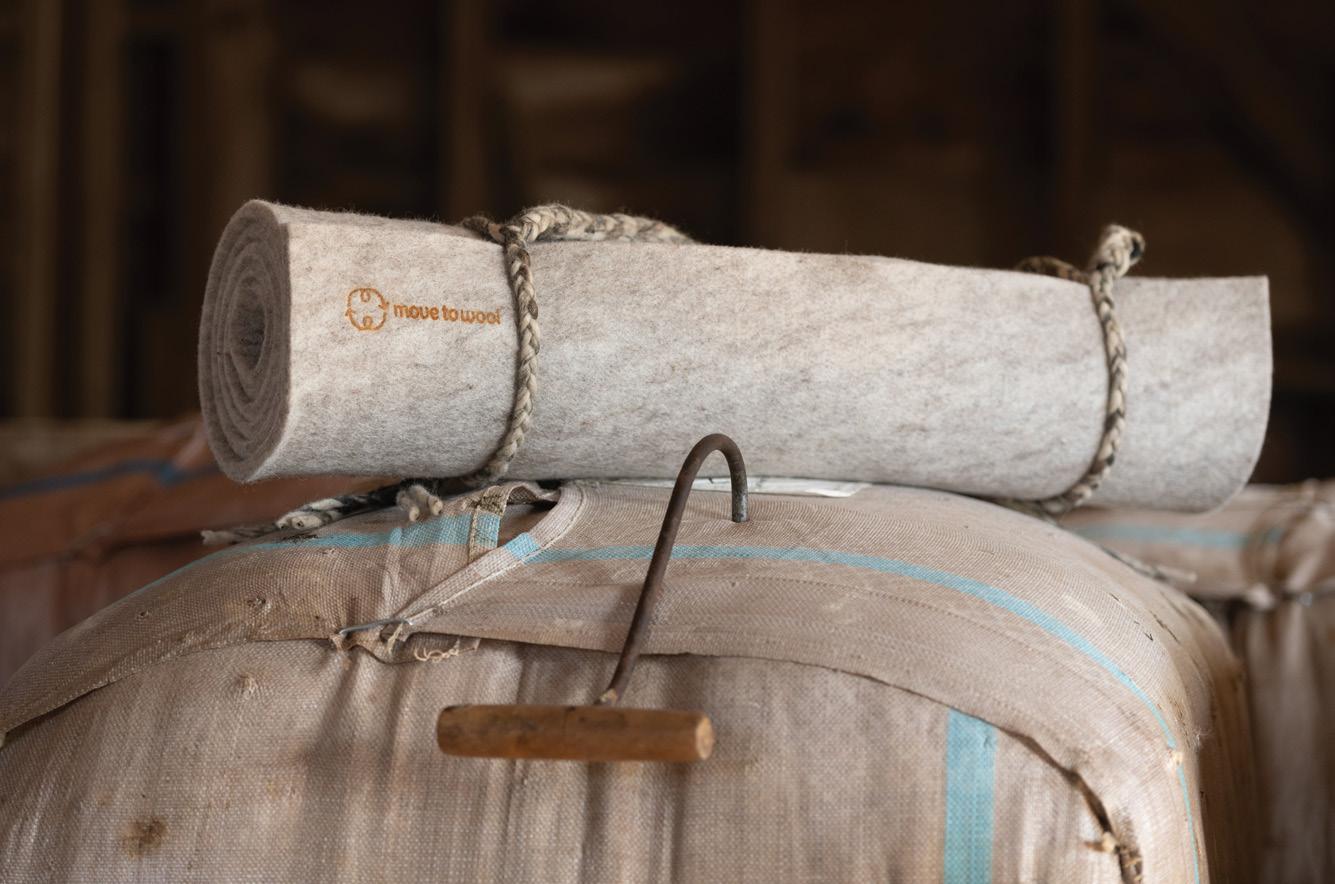
“There are people doing fantastic things with the provenance story of wool from their farms, but we are passionate about the provenance of wool from New Zealand.”Laura Hancock and Bri Collin, Move to Wool founders. Photo supplied.
“We are trying to open the conversation about moving to wool, making a conscious decision to move to wool rather than synthetics. The name was consciously chosen for the future. There are people doing fantastic things with the provenance story of wool from their farms, but we are passionate about the provenance of wool from New Zealand.”
Laura says the conversation has to be about New Zealand wool, so there’s a bigger picture than just movement. “We are supporters of Campaign for Wool and the more small companies like us, the more contribution we can all make collectively to shifting the dial for strong wool. We won’t shift the dial alone.”
The mat is made from strong wool, a mixture of 80% white wool and 20% coloured wool that is then blended twice and put through a needle felting machine. They are using 32–35-micron wool and the mat is manufactured in Christchurch by Joma.
One of the biggest challenges was finding the right machines for product development, and they definitely weren’t found on Google, rather word of mouth from people in the industry. “Finding the machines in New Zealand was a big challenge as
we are new to the wool manufacturing industry,” Laura says.
While it would have been cheaper to manufacture offshore, the women were adamant it was an important part of their business story to commit solely to a 100% strong wool product, made in New Zealand.
This commitment has been considered right down to the tiniest details, like the logo, which is not stitched on using a different product, rather it is burned on using a brand – serving to also demonstrate the fireretardant properties of wool. They also created a pure wool plaited carry strap for the mats, handcrafted using felted woollen yarn.
The other difficulty was landing on a price sweet spot. Laura says finding a balance between making the mat accessible and affordable but still placing value on it has been a challenge.
“We have higher than average costs because we make it in New Zealand. It’s a balance between respecting the industry but encouraging everybody to purchase.”
The movement mat is just the beginning. Laura and Bri say there will be more movement-related products to come – 100% wool, of course.
Rural schools putting their foot down when it comes to synthetic carpets and backing their communities by choosing wool carpet will have a helping hand from carpet manufacturer, Bremworth.
The new Bremworth Wool in Education initiative, which provides a 30% product subsidy, aims to help make wool carpet more accessible for New Zealand schools.
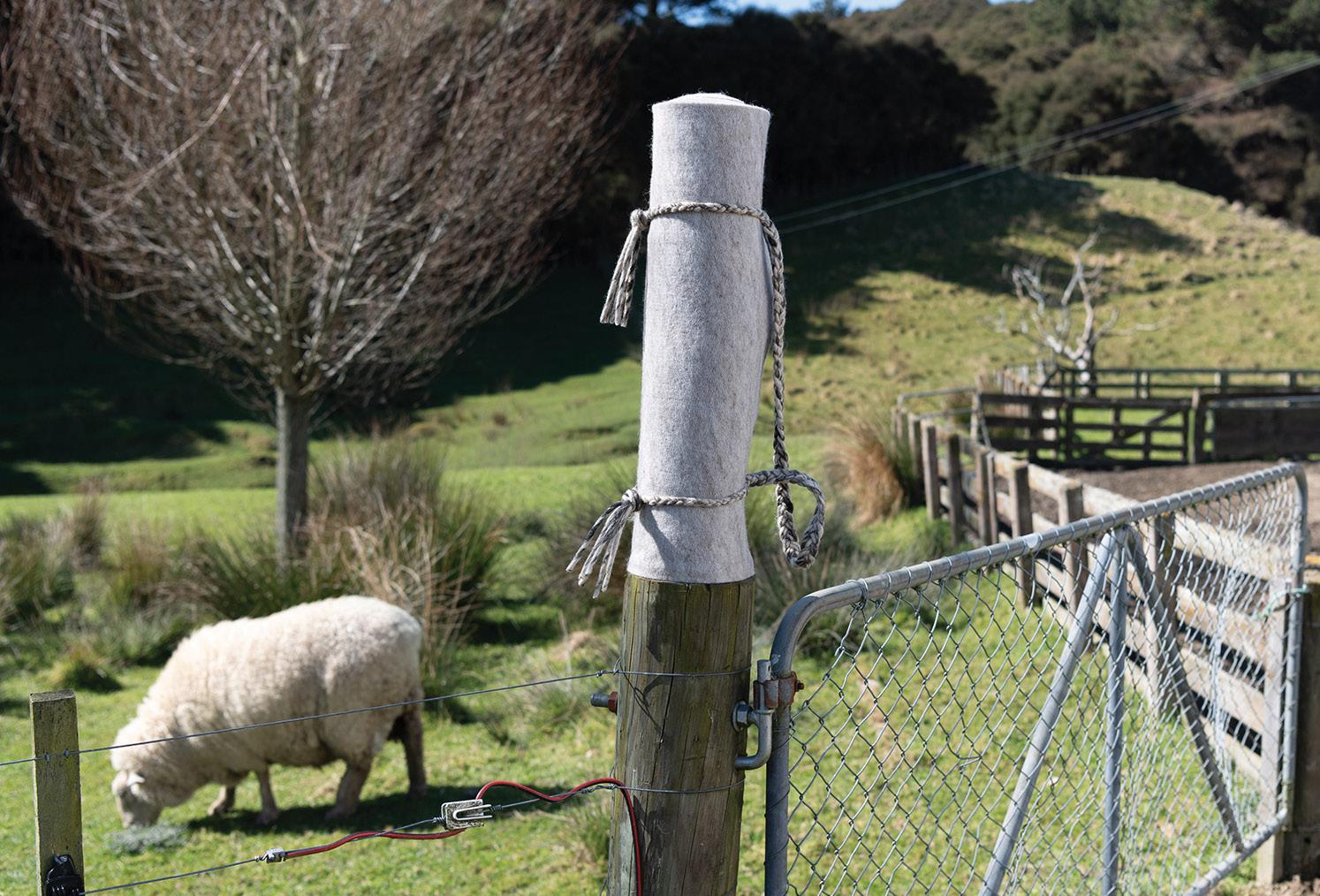
Earlier this year the Ministry of Education announced a plan to install almost $8 million worth of nylon carpet (made from petroleum-derived plastic) in up to 760 small or rural schools around the country. The announcement was widely slammed by rural communities and wool advocates who said it smacked of hypocrisy.
Bremworth decided to launch the subsidy following reports schools were unhappy with the Ministry’s proposal, and were instead turning to community fundraising to pay for woollen carpet – rather than accepting the free synthetic alternative.
Under the programme, schools that are due to replace their existing flooring can apply to Bremworth for a product subsidy equivalent to at least
30% of their flooring needs. For a school requiring 400sqm of carpet, this would equate to savings of more than $10,000.
Cheryl Barbara, principal of Rotherham School in North Canterbury, said the Ministry’s offer to provide synthetic carpet was inconsistent with the sustainability doctrine the Government wanted taught to students, and was insulting to the rural sector.
“We are told to teach the kids about sustainability, yet the Government isn’t
actually practising what they preach. It's beyond belief that they are stipulating imported synthetic carpets in rural schools when we are a wool-producing nation – particularly as larger urban schools have the option to install carpets of their choice.
“As a principal of a rural school, I can tell you that it goes against our rural values and is highly offensive to our wider farming community which has been struggling over the past few years.”
Bremworth CEO Greg Smith said the decision to use petrochemical-based carpet fibre flew in the face of the Government’s commitment to reduce plastic. “If we really want to reduce the level of microplastics around, maybe
look at specifying wool carpets in schools and government departments.
“When you look at the criteria they used, one was carbon footprint … what they are saying is a sheep on a hill emits more carbon than a synthetic tile – how could that possibly be true?”
The new initiative had already attracted a lot of interest. “We’re not doing this to make money, we’re doing it to help schools that are passionate about getting wool in their school, which is the right thing to do – kids spend all day on it.”
Bremworth believed that creating the optimal environment for learning and comfort was a significant part of this, Smith said.
“It comes down to there being a deep commitment to sustainability in the country. Our farmers are working really hard, we need to believe in ourselves and our own product being grown here in New Zealand.
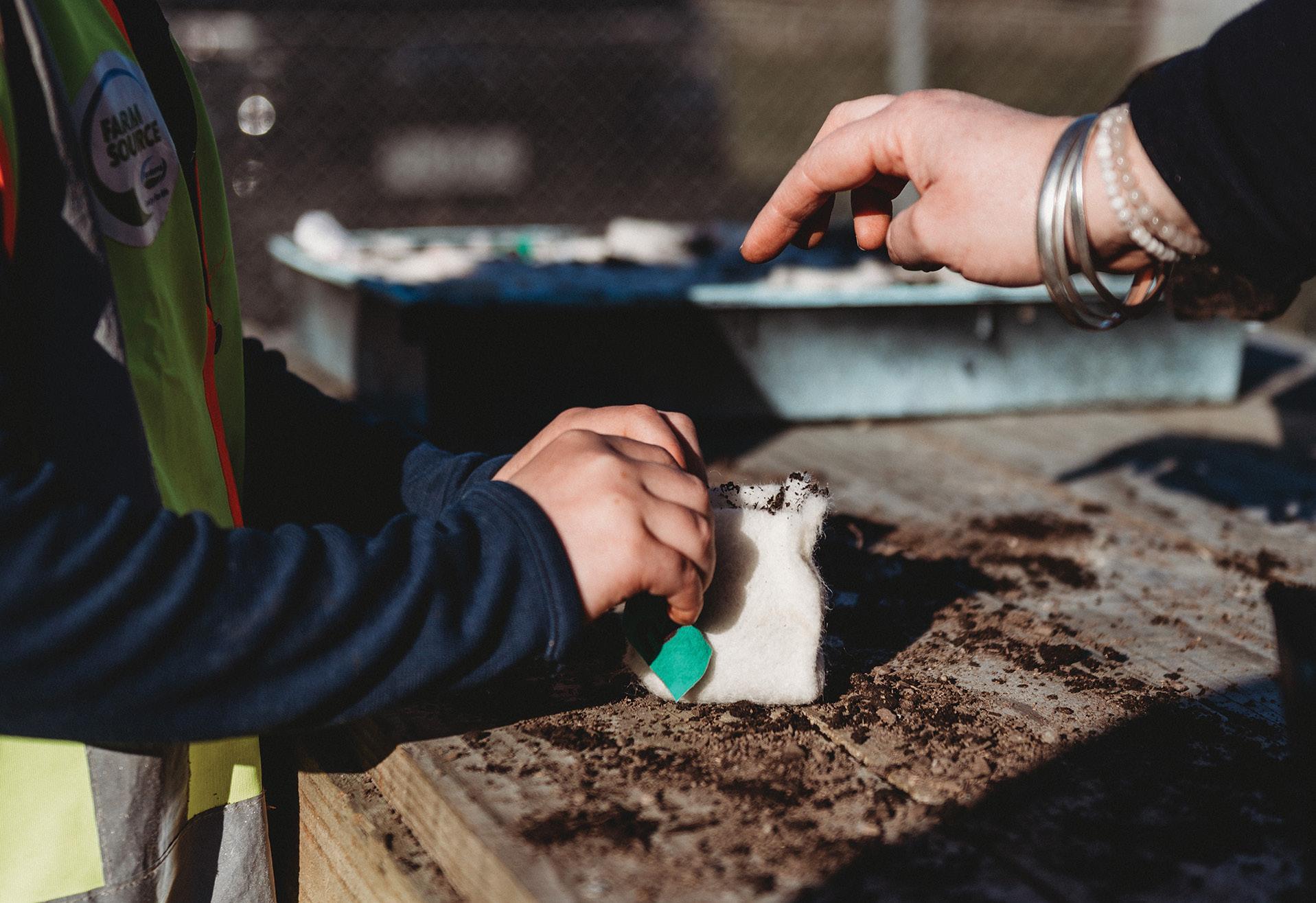
“We’re trying to support those brave principals prepared to go against this whole idea and go out to the community and do the tough mahi to fundraise to put wool, a natural product, in. We thought we needed to help as much as we could.”
Smith called on the Ministry to amend its current offer to allow schools to take the cash equivalent of the plastic tiles, which they could then put towards wool carpet.
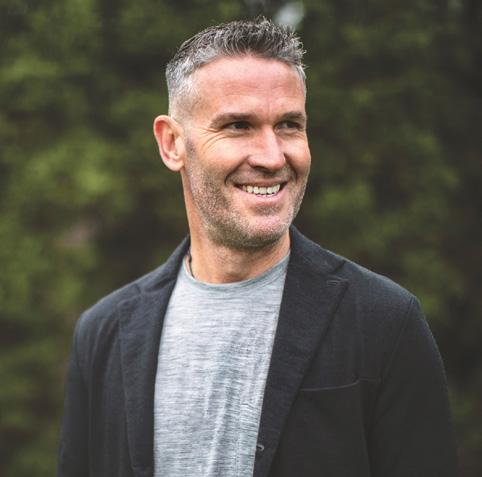
“When you look at the criteria they used, one was carbon footprint … what they are saying is a sheep on a hill emits more carbon than a synthetic tile –how could that possibly be true?”
Bremworth CEO Greg Smith.Below: Potting up wool pots: because wool composts down, the Peak Pot can be planted straight into the earth, with no root disturbance for the seedling growing in it.
Auction prices for strong wool have improved in the past few sales as buyers chase limited supplies to cover their forward orders.
PGG Wrightson Wool’s newly appointed North Island sales manager Steve Fussell says the quality of most of the wool coming through the auction system has been excellent in spite of the challenging winter growing conditions.
“It is yielding well, a lot between 8486%, and the colour is exceptional too for most of the lines we’ve sold in the recent sales,” he says.
“One noticeable trend has been the increase in micron for some of the second-shear wools. Some have gone over 41 microns after a very good growing period for ewes,” he says.
These wools have still attracted good support from buyers, and there has been good demand for the finer hogget wools in the 33-34 micron range.
At the North Island wool sale on September 7, Fussell says bidding fell just two cents short of $3/kg greasy for one lot of well-presented wool from a Gisborne property.
“Preparation still matters even at today’s prices. That was an exceptional line of wool and the buyers were chasing it.”
Fussell says two of his regular crossbred grower clients who sold wool in recent sales said they had turned a profit from wool, after deducting their direct costs, for the first time in many years.
“That’s great to hear because it’s been so long since we’ve heard profit mentioned by strong wool growers.”
The North Island strong wool indicator lifted 27c/kg clean at the September 7 sale and the clearance of farmer lots was 100%, a rare statistic in what has been a challenging sector for the past few years.
“There seems to have been a good amount of business done overseas of late and this is showing in the rise in value over the past few sales as exporters look at covering wool they have sold forward,” Fussell says.
The company’s South Island auction manager Dave Burridge says demand for the mid-micron wools has weakened with fewer orders coming from Chinese importers at recent sales in Christchurch, but there was strong support for the Merino wool offering, particularly from one Australian-based wool exporter.

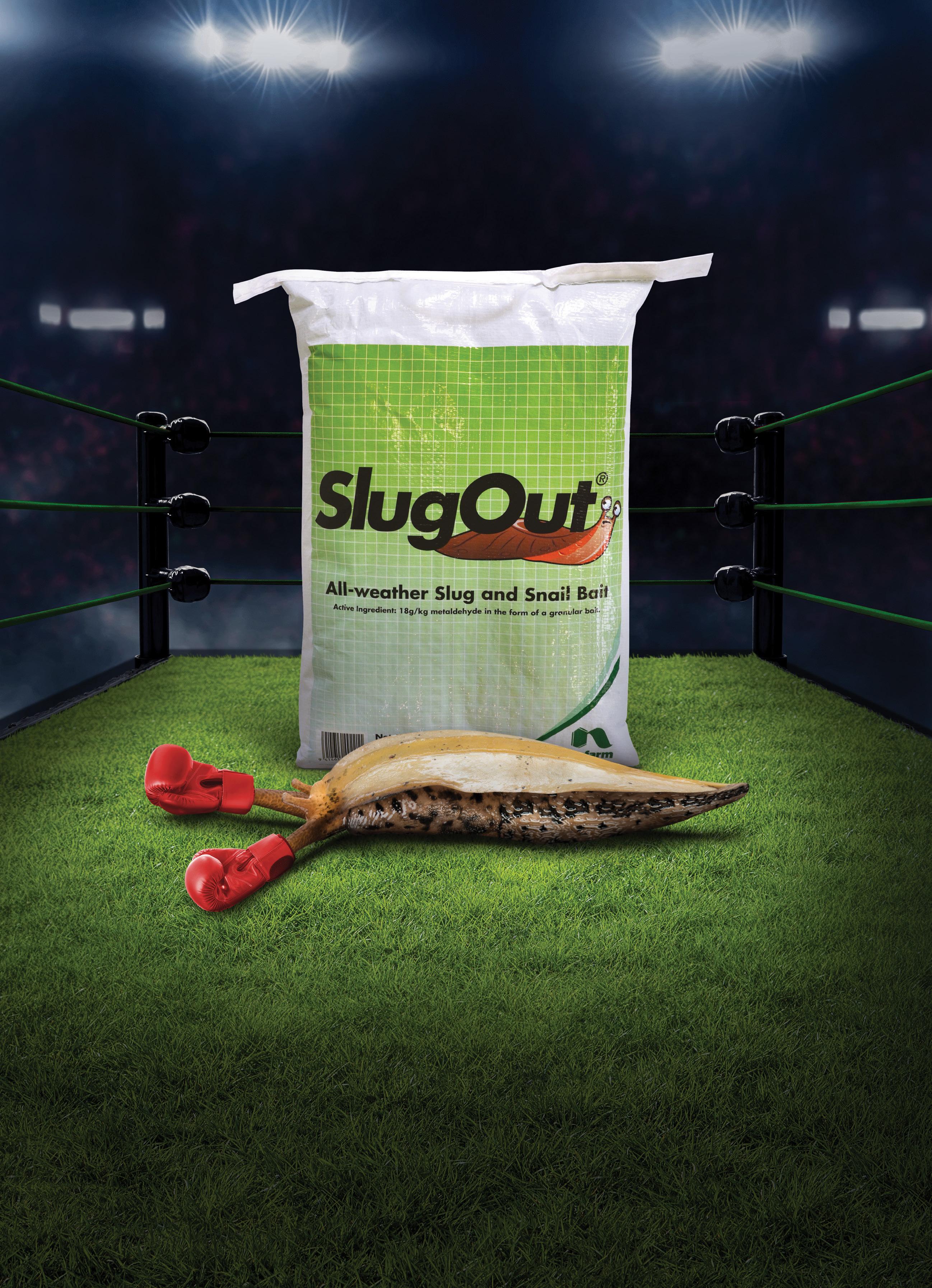
Strong wool prices have also strengthened at recent sales. At the September 14 South Island sale, the strong wool indicator lifted 7c/kg clean from the previous sale and crossbred fleece and second shear wools all lifted between 3 and 8%.
All eyes now turn to the bigger volume of hogget wools about to come on tap in both islands. Burridge and Fussell are confident demand will be sustained.
“There’s not a big backlog of wool in our stores, so that will help with demand for what is coming through the auction system,” Burridge says.
“A lot of farmers have chosen to take the prices on offer, they want the cash flow to help get them through till they start seeing lamb income come onstream.
“There’s good interest in the hogget wools that are coming through from September through to mid-November,” he says.
Good quality and stronger prices have marked recent wool sales, Tony Leggett reports.
With a unique cereal coating slugs can’t resist, superior coverage per m² and the ability to last longer than competitors in wet conditions, Slugout ® is still the heavyweight champ.


• Cereal coating and metaldehyde both lure slugs/snails
• A cost effective solution, proudly developed and trialled in NZ
• Highest chance of pest feeding on the bait
• Durable in the weather with mould inhibitor
• Not toxic to earthworms or predatory beetles
Contact your local Rural Supplier or Nufarm Territory Manager today, or for more information visit nufarm.co.nz/slugout
Sheep and beef farm profitability for the coming season is forecast to be at an eight-year low according to Beef + Lamb New Zealand’s Economic Service’s New Season Outlook.
Based on data gathered from Economic Service survey farms, the 2023-2024 forecast farm profitability before tax is $88,600 (a weighted average across all farm classes). This is almost $40,000 back from the previous season and $100,000 back from the highs of 2021-2022.
The farm classes most impacted by this drop in profitability are high country and mixed finishing operations, where profitability is expected to be back by 4751% on last season.
The biggest driver behind this drop is high input prices.
They say the last time costs as a percentage of gross farm revenue were this high was in 2005-2008. This has pushed farm expenditure up by 3% on last year and up 16% from 2020.
In Farm Class 8 (South Island mixedfinishing), total farm expenditure as a percentage of gross farm income is expected to be as high as 93%, while the lowest farm expenditure as a percentage of gross farm income is Farm Class 5 (North Island finishing) at 79%.
The potential bright light in an otherwise tough season is lambing percentages which, depending on spring
By Sandra Taylorweather conditions, are expected to be higher than average across most farm classes due to ewes going into mating last autumn in good condition.
Lamb prices are likely to be flat although beef prices are relatively good, so depending on the mix of stock classes, may help buffer lamb prices.
Timing of sales and exchange rates will also influence income, but B+LNZ’s Economic Service says overall, farmers will have less money to spend on their families, debt reduction and farm improvements including environmental
projects. Early decision-making and some simple management strategies can help sheep farmers make the most of this year’s lamb crop in what is expected to be a challenging season.
Predicted El Nino weather patterns coupled with reduced market returns, high interest rates and climbing input costs could test the mettle of many farmers, but farm systems scientist Tom Fraser encourages farmers to make a plan, focus on the factors they can control and protect the performance of their capital stock.
• Have a plan
• Focus on what you can control
• Build relationships with processors/ other farmers
• Book killing space early
• Consider early weaning
• Identify and sell unproductive stock early
• Protect next year’s performance
• Be realistic about financial expectations
• Maximise income before it gets too dry
• Work to protect soil moisture, pasture covers and stock condition
• Do the maths on store versus trading-consider opportunity costs
• Grazing stock off-farm is often more favourable than buying in supplementary feed
• Make decisions early and act early.
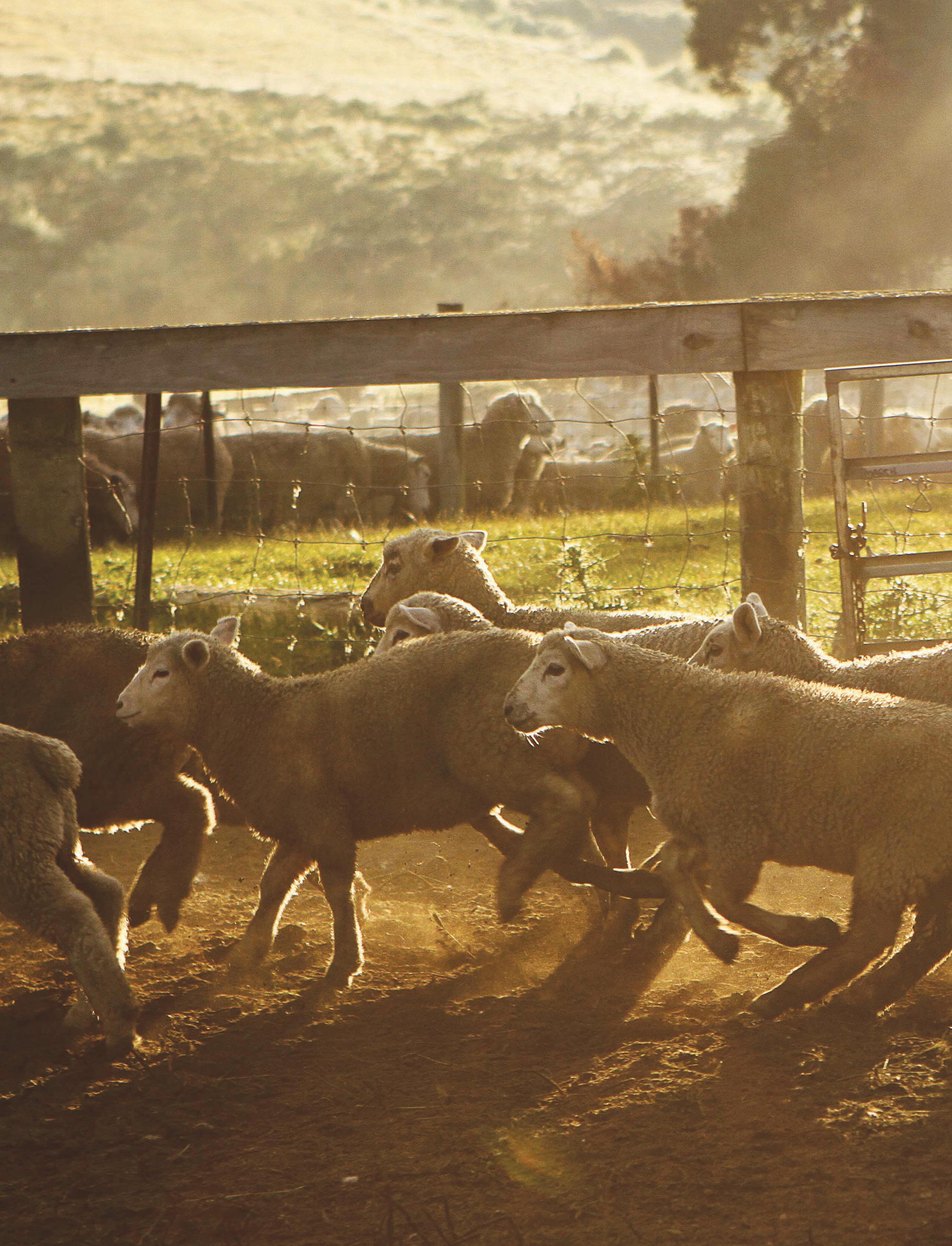
This, says Fraser, needs to be specific to the farm, it needs to be in hard copy and needs to be revisited every couple of weeks.
Farm partners and staff can all input into the plan which should include key dates for farm operations (weaning, drafting, selling culls) and what levers can be pulled if it is shaping up to be a dry summer.
As an example, Fraser says if it is dry at the end of October the decision might be made to draft all or a proportion of the lamb crop down to 15kg carcaseweight (CW).
“If it is dry at the end of October it might be better to dig deeper into your lambs earlier rather than have a whole lot of light lambs at Christmas. You need to look after your capital stock.”
Fraser says it is important that next year’s production is not compromised by focusing on trying to finish lambs over late summer and autumn rather than partitioning limited feed resources into breeding ewes.
“You’ve got to ensure next year’s production is up to speed.”
Having a strong relationship with a meat processor is just as important – if not more so – as the relationship farmers have with their bank managers.
“That person is extremely important to the whole farm system.”
Fraser urges farmers to get in early and book killing space as soon as possible. It is easier to cancel than try and book space when everyone else is wanting to do the same.
Farmer to farmer relationships can be extremely valuable, particularly in dry years, and Fraser says as an industry, farmers are not good at building these connections.
In the South Island, if the predicted
westerly weather patterns play out, there should be plenty of water in the rivers to provide irrigation to intensive lamb finishers, so store lamb producers could be talking to those lamb finishers as early as October.
“You can aim to get store lambs away before Christmas or put supply arrangements in place through summer.”
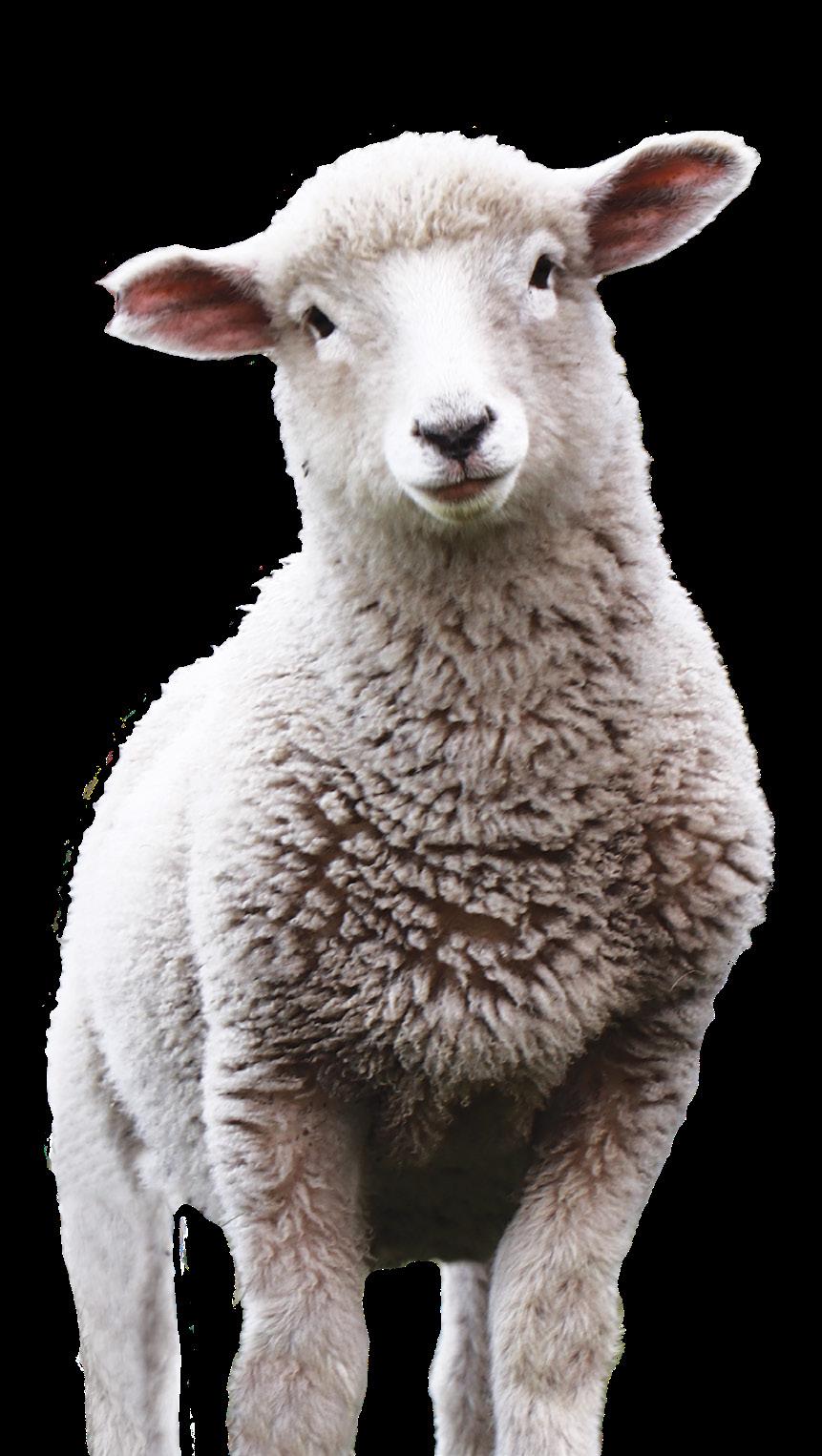
Similarly cropping farmers could take ewe hoggets in January to take the pressure off the rest of the farm system.
“We are very poor at building these relationships. We’ve become very singular and not looked at the bigger farming system.
“They should all tie in to some degree.”
CONSIDER EARLY WEANING – PARTICULARLY TWINS
Early weaning is a useful management tool, particularly if farms are short of high-quality feed in late October and November.
“There are plenty of farmers successfully weaning at 65-days.”
He says at that stage, ewes are competing with lambs for feed and producing very little milk. While ewes can cope with lower metabolisable
energy (ME) 10 feed, lambs need better quality 10.5-11 ME feed and should be prioritised over late spring and summer.
Twins are the best candidates for early weaning as they are getting very little milk between them.
One-year terminal sire ewes can also be weaned early, and the ewes booked for processing, freeing up feed for lambs and other stock classes.
“IF IT IS DRY AT THE END OF OCTOBER IT MIGHT BE BETTER TO DIG DEEPER INTO YOUR LAMBS EARLIER RATHER THAN HAVE A WHOLE LOT OF LIGHT LAMBS AT CHRISTMAS.”
Identifying and drafting off wet dry ewes at tailing rather than at weaning and selecting the final cut of two-tooth replacements early and selling the culls can reduce stock numbers going into summer by as much as 5-10%. This all helps when feed is tight.
Over the years Fraser has seen many farming cycles and says the farmers who emerge from adversity in the best shape are those who stick to the basics and focus on their own business rather than factors they have no control over.
“We can’t control the lamb schedule, the weather or the government to any great extent.”
Farmers who concentrate on their own system rather than worrying about the big picture, are the ones who tend to do better in downturns or climatic challenges.
“You need to have your own house in order.”
Like Fraser, farm consultant Wayne Allan encourages farmers to focus on the factors they can control in what is expected to be a challenging year.
He says farmers need to be realistic about their financial expectations and many can expect red ink on the balance sheet at the end of the year, although most sheep and beef businesses should be able to sustain modest cash losses for a year or two.

With El Nino weather patterns predicted, Allan says his advice to farmers is to try and make as much money before it gets dry.
This might mean investing in nitrogen to boost pasture growth and therefore lamb growth rates.
“It’s important to be fully feeding, lactating and growing stock.”
Looking at planning strategies in what is a potentially dry summer, Allan says there are three factors to consider in a dry year; soil moisture, pasture covers and stock condition and to try and protect as many of these as possible. While soil moisture is the first to go, management strategies such as destocking to maintain pasture covers will help protect the condition of capital stock.
Above: Fraser urges farmers to get in early and book killing space as soon as possible. It is easier to cancel than try and book space when everyone else is wanting to do the same.
“After weaning, the focus should go on protecting capital stock for next breeding season.”
He encourages farmers to think in the long-term and avoid making shortterm decisions that might damage their business in the long-term.
If re-grassing or cropping, spraying the paddock out early and leaving it in fallow will help conserve soil moisture before the crop is established, but Allan encourages farmers to get the pasture or crop in as early as possible, before it gets too dry.
In year of high input prices, Allan says there is some leeway with both fertiliser and repairs and maintenance, but points out that an easing in fertiliser prices will mean the fertiliser budget will go further this year.
Drawing on his experience of working with farmers in North Canterbury’s prolonged drought, Allan says making decisions early and acting upon them will pay dividends.
If Olsen P levels are reasonably good, then maintenance applications could be cut by 30-40 percent which is a more favourable option than not applying fertiliser at all.
Delaying applications until autumn will also work as farmers will have more idea of how their budget is tracking.
Farmers who lamb early can consider getting rid of store lambs before the price drops too much but most importantly, farmers should be crunching the numbers on trading versus finishing for all stock classes. This needs to take into account the opportunity costs of the stock on-hand.
Grazing stock off-farm is often a more favourable option than buying in supplementary feed. Removing stock cuts their pasture requirements by 100% as opposed to feeding supplement which just cuts pasture requirements by about 50%.
While it can be difficult, personal drawings could be reduced and capital replacement programmes deferred, but it is difficult to cut back on farm operating costs when most farmers are running very efficient operations.

FARMERS NEED TO BE REALISTIC ABOUT THEIR FINANCIAL EXPECTATIONS AND MANY CAN EXPECT RED INK ON THE BALANCE SHEET AT THE END OF THE YEAR
This was one of the take-home messages from one of Beef + Lamb New Zealand’s webinar series ‘Sow, Grow and Thrive; bouncing baa-cck from tough times.’
Sheep and beef farmers Matt Tayler and Pat Crawshaw discussed their strategies for the season ahead, including changing their mindset and taking the opportunity to reassess what drives their business. They are also looking at ways they can make incremental savings and instill business disciplines that will put them in a good position to recover quickly.
Matt, who along with his wife Shona farms Lorne Peak, a 6000ha sheep and beef operation near Garston in Southland, says adversity is a great learning experience.
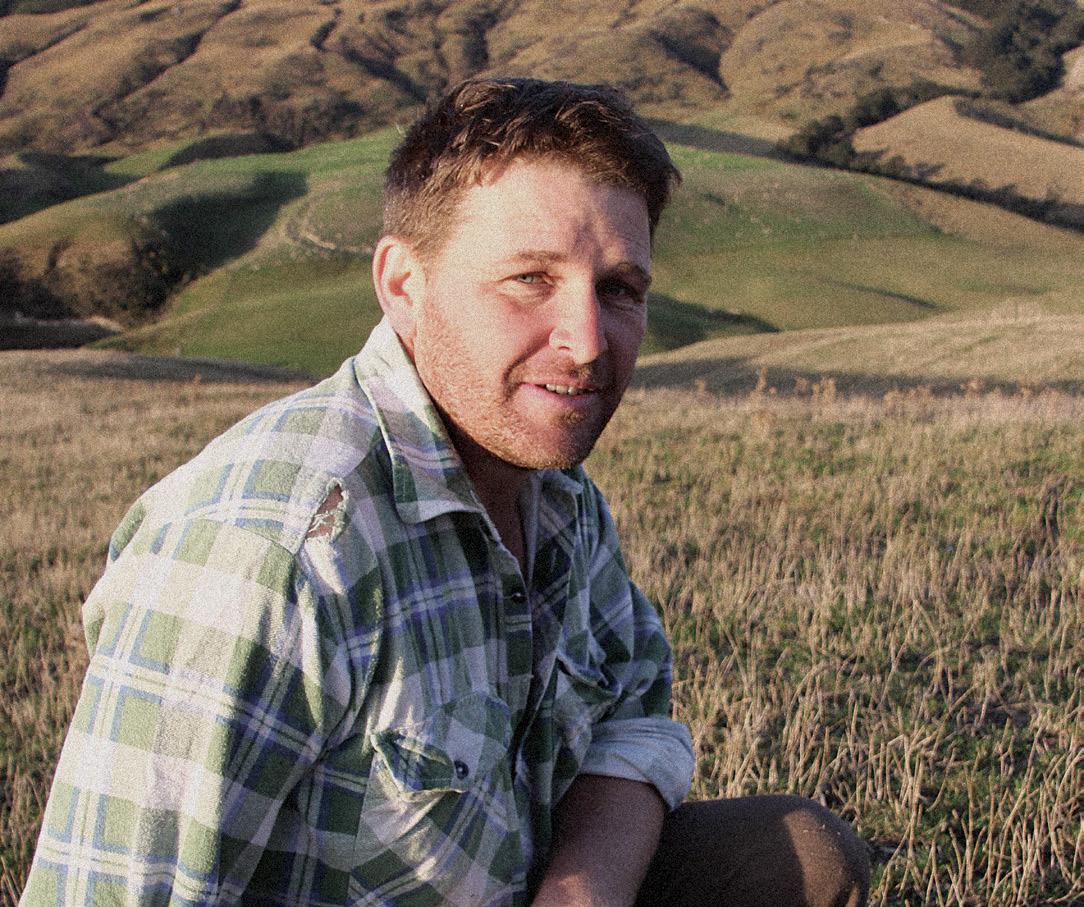
It has been through periods of adversity that they have changed their farming system for the better and while they are carrying a lot of debt on the back of a recent growth and development phase, Matt says he is feeling energized about the opportunity to reset their business.
“But it has taken me six months to rise to the challenge.”
Over the five years Pat and his wife Isabelle have been farming at Patoka in the Hawkes Bay they have faced drought, a TB outbreak, Covid, a slew of government regulations and Cyclones; the latter being by far the most destructive and disruptive.
They were also B+LNZ Monitor Farms and the support networks they put into their business over that time are now standing them in good stead.
On top of having to rebuild their farm system after the devastation wrought by Cyclone Gabrielle, interest rates on their considerable debt have over doubled.
Pat describes interest rates (as a percentage of their Gross Farm Income), as their biggest challenge and this puts a huge amount of pressure on them. It is also a factor they cannot control.
They are very frank with their bank manager about what that looks like for them, but their focus is on the factors they can control.
Fertiliser and freight are next big-ticket items (as a percentage of Gross Farm Income) and Pat and Isabelle are looking at ways they can make incremental 1-2% savings on all input costs.
“We’re going line by line and seeing where we can make some more wins along the way.”
He stresses the importance of having good long-term relationships with the many people in the farm team (accountants, bank managers, processor, fertiliser reps, agronomists etc) who can offer support, advice and reward loyalty.
Matt says their business has grown significantly since it was just him and father running the property and now with six staff, he does find it challenging to ensure they continue to be well looked after while the business is under financial pressure.
Staff are their biggest asset and he is aware they are also facing significant increases in the cost of living.
Both Matt and Pat talked about having trigger points in their businesses (Matt’s are climate-related) and having plans B, C and D ready to implement.
Pat uses Farmax modelling using soil moisture and temperature data as a decision-making tool and every month he reviews how they are tracking financially. A more in-depth budget review is carried out every two to three months.
Matt says he learnt from a mistake he made some years ago when he was too afraid to look at his accounts for six weeks. He now checks his accounts every two to three weeks keeping a close eye on working capital and works to a simple budget which is reviewed periodically.
Both stressed the importance of having a clearly defined vision for their business and values that support that business. This gives bank managers and accountants a clear idea of where the business is heading, and the financial support needed.
Matt and Pat both have interests offfarm which play an important role in their mental and physical wellbeing.
Pat plays hockey and Matt is a volunteer fire-fighter and both interests give them the opportunity to get away for a short time and talk to people from outside of their business.
What separates farms in the top 25% of performers from those at the bottom, vet Andrew Cochrane asks?
Key performance indicator benchmarking typically identifies the top 25% as the group achieving the best performance for the subject in question. If nothing else, this is a good illustration of what is possible for a given region or farm class, but what benchmarking doesn’t tell us is how these farms are achieving this result.
For example, is the farm with the highest scanning percentage doing so with good management alone or are they using a vaccine such as Androvax or Ovastim to achieve such a result? Further, are the farms that are in the top 25% for production KPIs also in the top 25% for financial KPIs?
Often we don’t know and so we have to be careful how we interpret these
‘benchmarks’ as they don’t specify the level of inputs used to achieve the result in question. However, there are farms that are consistently in the top 25% across the board, as there are farms that are consistently in the bottom 25%.
What separates these farms? What does a farmer consistently achieving average results need to change in order to become someone in the top 25%? These are some of the questions I contemplate as I drive the roads of Northern Southland, dodging potholes and campervans in my role as a rural vet.
A lot of variables show when comparing farm businesses, but trends appear to span regions and farm classes when looking at the attributes needed to be a top performer.
There also appears to be common characteristics of the average and underperforming farmer which may be tough reading for some. This article is not designed to insult or offend, but to challenge farmers in their business and their role in its performance.
Are the top performers farming with bottomless pockets, debt-free, with endless cash to throw at inputs aimed to drive production? The short answer is no, and it typically comes down to good management which, one might argue, costs very little. But what does good management look like and how does this impact the key performance indicators?
The tables outline some key attributes I have seen in my career and how this might play out in a scenario such as autumn drought. None of this is new, nor is this a complete dissection of what makes a top, average or poor performer, but hopefully
ARE THE TOP PERFORMERS FARMING WITH BOTTOMLESS POCKETS, DEBTFREE, WITH ENDLESS CASH TO THROW AT INPUTS AIMED TO DRIVE PRODUCTION?
THE SHORT ANSWER IS NO...
it summarises some of the characteristics I believe separate top performers from the rest.
One of the key differences of top performers is the analysis of data and trends in order to proactively make decisions and changes that will make a difference. This is often through farm level monitoring - pasture measurement,
weighing, condition scoring - that allows early identification of trends that may impact performance.
The old adage ‘you can’t manage what you don’t measure’ springs to mind. Top performers will also often be working with outside experts to help validate their thoughts and to challenge their thinking. They are farming with their
What differentiates top performers from those achieving average or below average results?
Limited monitoring of farm data or discussion with people outside the farm gate
Don’t react
Limited decision making, only when forced to act
Reluctant to change, don’t adapt
Still farming the way they did 30 years ago
Blissfully unaware or despondent.
Utilise industry data and collegial discussion to assist decision making
Utilise farm level data and engage help from experts to assist decision making
eyes on the horizon, always thinking about the long-term impact of decisions they make today.
This differs from the average performer who relies more on what they read in the farming press and hear from the neighbour to make decisions. The problem with this is that any changes tend to occur later and are much more reactive. They are farming with their eyes looking down, too focused on the here and now to see the long-term impact of decisions they make today.
If we look at a scenario such as autumn drought, you can start to appreciate the impact of these delayed (or non-existent) decisions.
Make decisions late, often regret not doing it earlier
Make decisions early
Want to change, slow to adapt Quick to change and adapt
Make improvements/ changes as cashflow allows
Not afraid to borrow or prioritise cashflow to make necessary changes
Feel frustrated. Feel empowered and in control.
How might this look in an autumn drought scenario?
POOR PERFORMER AVERAGE
70% of lambs still onfarm in March
Impacted by pasture quality and lambs are consequently slow to kill
All lambs taken through to ‘prime’, because that’s what we always do
Lambs still onfarm in June
50% of lambs still onfarm in March
Impacted by pasture quality and lambs are consequently slow to kill
TOP PERFORMER
30% of lambs still onfarm in March
Autumn crop planted in spring to ensure quality feed available in case of drought
Decision to sell store made in April just before mating Stores sold mid-March
Last of lambs gone in May All lambs off farm by mid-April
Ewe body condition suffers and no flushing ‘Feed is a bit tight’, limited feed to flush ewes Despite drought, there is enough saved feed to flush ewes
Scanning back 20%. Scanning back 5%. Scanning is typical or slightly up.
The top performer is already ahead when the drought hits, with fewer lambs onfarm due to decisions and management last season. On the basis of autumn getting more difficult in recent years they have also made the decision to plant an autumn crop which can be used to fatten lambs or flush ewes if needed.
As the drought worsens they decide early to quit lambs before the rush, getting the full benefit of fewer mouths onfarm and taking advantage of stronger store prices. Consequently ewes hold condition and are flushed prior to mating to maximise ovulation rates and set up next season’s lamb drop.
Obviously the examples here are stylised for effect, but some aren’t far off what occurs on farms throughout the country.
So which farmer are you? Do you fit neatly into one of these boxes or do you have attributes across all three? Hopefully I haven’t offended anyone, but if you feel triggered maybe this can be your motivation for change and you can ‘break the cycle’ to become a top performer.


maintenance requirements. Gaining the required 15kg liveweight uses a similar amount of energy no matter how long it takes to put the weight on. But the maintenance energy component of the diet is the “fixed” daily cost in the system. So, the longer the lamb is on your farm, the higher the total maintenance cost.
And the cost savings of good lamb growth rates go well beyond the savings in feed requirements. The sooner your lambs head to the works the less worm drenches and other animal health treatments (e.g: B12 injections, vaccinations) they are likely to need. Earlier lamb kill dates also mean more feed being available to help your ewes reach an acceptable mating weight, which can have huge benefits the following season.
Improving lamb growth rates is not usually a simple task. Feed quality and quantity, as well as grazing management, are obviously the main considerations, but genetics and animal health factors are also pieces in the puzzle.
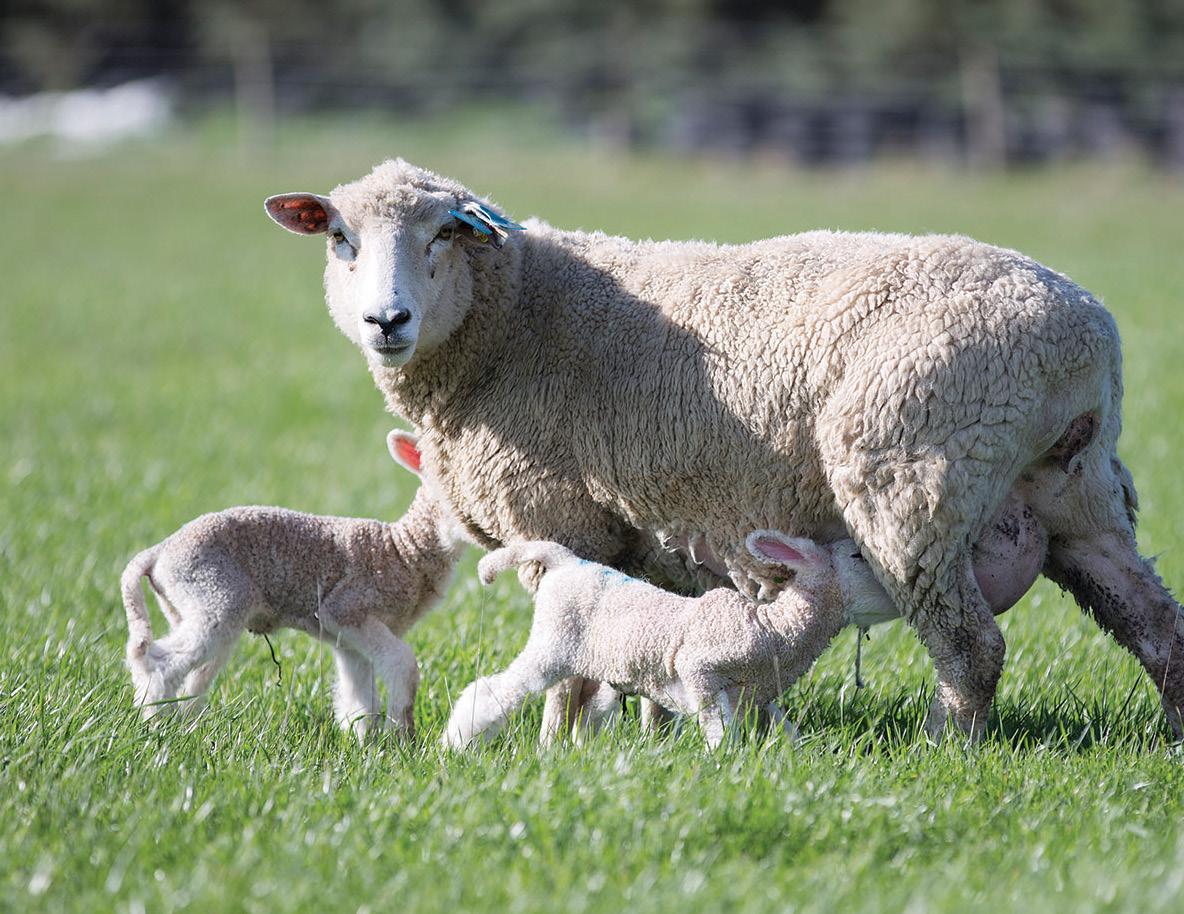
But, as with many aspects of farm productivity, the first step in making improvements is measuring what you are doing so you have a baseline to work from.
When considering the key drivers of sheep farm profitability, the ones that spring to mind first are likely to be the number of lambs surviving to sale, or meat production per hectare. Maybe ewe scanning percentage. But another factor with a big influence on economic performance is lamb growth rate.
With the big drop in the schedule forecast for the coming season, farmers will be looking to save money wherever they can. Growing your lambs faster is a great way to reduce costs.
Say we have a 25kg lamb at weaning and aim to put it on the truck
when it grows to 40kg (to keep the maths easy). If we are able to grow the lamb at 250 grams/day it will be off to the works in 60 days and have consumed around 900 megajoules (MJ) of energy in the process.
If, on the other hand, it only grows at 100g/day, the same lamb will not be ready for slaughter for a further 45 days (105 days in total) and would have used 1200 MJ. So, to reach that same target liveweight, the slower-growing lamb has chewed more than 30% more feed than the faster-growing one.
The difference in feed requirements is due to the difference in the two lambs’
If you’re not already doing so, why not calculate your lamb growth rate this season? Using weaning weights, as well as info from your kill sheets such as slaughter dates and weights, some reasonably accurate growth rate estimations can be made.
While you’re at it, throwing in some animal health monitoring such as faecal egg counts and blood or liver trace element levels, will arm you with further information and may even enable you to make some easy wins in the quest to drive the growth rate of your lambs.
The longer a lamb is on your farm, the more it costs to grow.
By Andrew Roe
He’s only 22 years old, but Canterbury farmer Luke Hurley has a wise head and a thirst for knowledge. His efforts are paying off with a big win at a recent winter feed competition.
Story and photos by Annabelle LatzFor the last couple of years, Luke Hurley has averaged 17t/ha for his early November planted dryland kale, with 12t/ha average on the later January planted irrigated wholecrop kale.
At this winter’s Oxford A&P Association’s winter feed competition Hurley was crowned Supreme Champion with his paddock of dryland kale, taking home the Des McGrath Challenge Cup.
He says growing good kale, or any crop for that matter, is about being ahead of the game, not behind it.
“Feed your soil like you would your stock.”
Hurley is heading into his third year as manager of Eagle Hill Farming, a 560ha farm in the Waimakariri Gorge, North Canterbury, of which 430ha is used for trading, finishing dry stock and dairy grazing. The farm sits 260–362m above sea level.
The trick to growing good kale starts with early soil testing and paddock selection.
“It’s knowing what you’re dealing with from the start.”
He’s talking about base nutrients, or lime, as it’s all about giving the soils enough time to get to the levels they need.
“So the seed can hit the ground running. You won’t
get great results out of waiting for them to be hungry and then feeding them.”
According to Hurley, soil preparation often gets overlooked, because it can take six months to a year to get the soil to where it needs to be. “We want everything to be there for the plant.”
Soil testing is something they do plenty of at Eagle Hill, which Hurley admits can be a bit of a hassle and costly, but well worth it. They test 12 months ahead of sowing date.
“Lime and your trace elements don’t change overnight, and at the end of winter it’s only a month until you put your seed in the ground, so you need to know your levels well in advance.”
He says farmers can throw an extra $500/ha at a sown paddock in an attempt to correct soil health. “And you’re never going to get that money back or see the full potential of the plant if you’re rip, shit ‘n’ bust.”
Hurley developed an interest in crop farming at an early age when he learned the importance of getting it right with the systems, because knowing how your land sits is how you save money and time.
“Crop farming is a science, but there are definitely some secrets.”
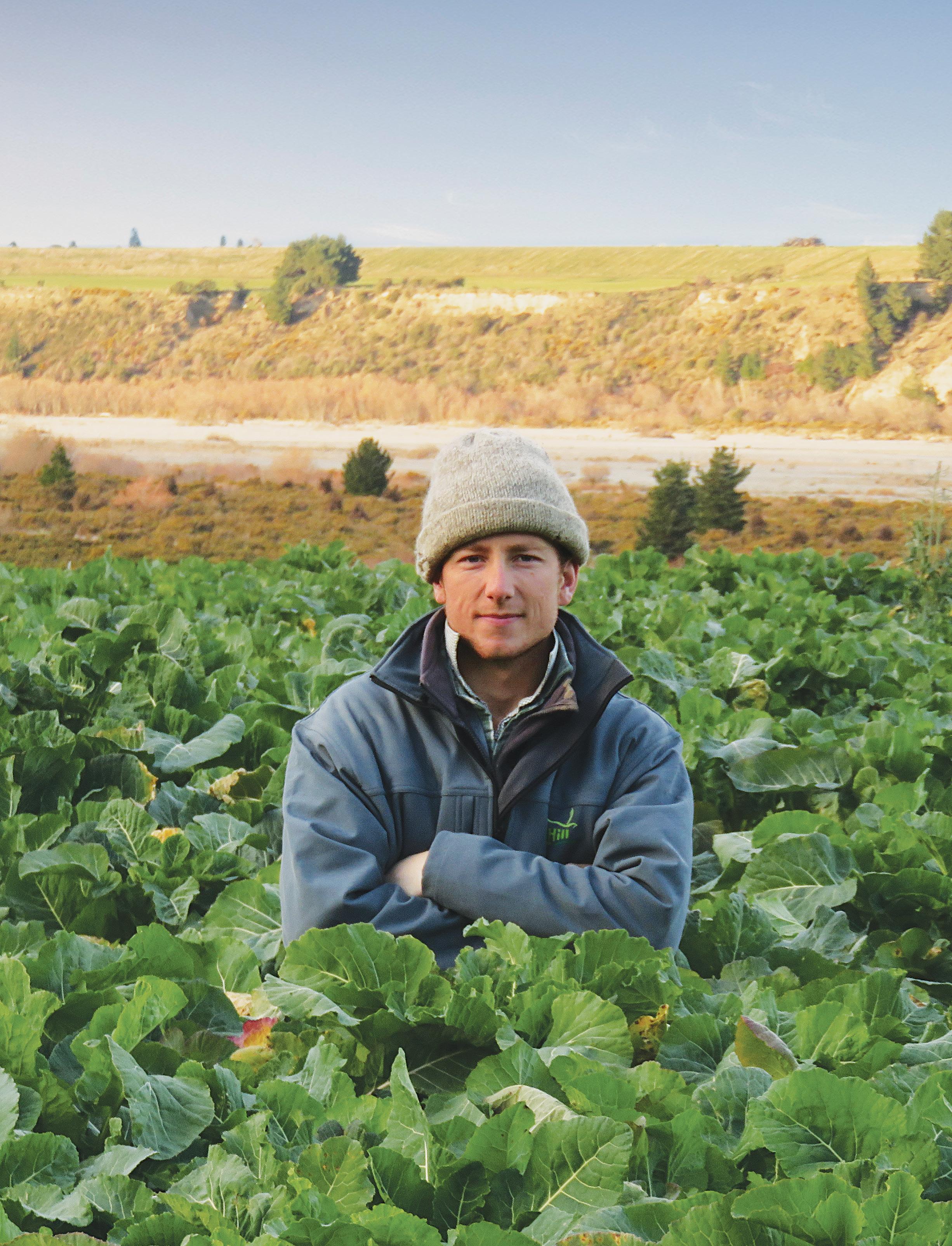 Luke Hurley, an award winning dryland kale grower.
Luke Hurley, an award winning dryland kale grower.
As soon as he arrived at the Waimakariri Gorge, Hurley tested the farm for trace elements and nutrients. From there he could grasp what levels he was aiming for, especially important with intensive farming systems.
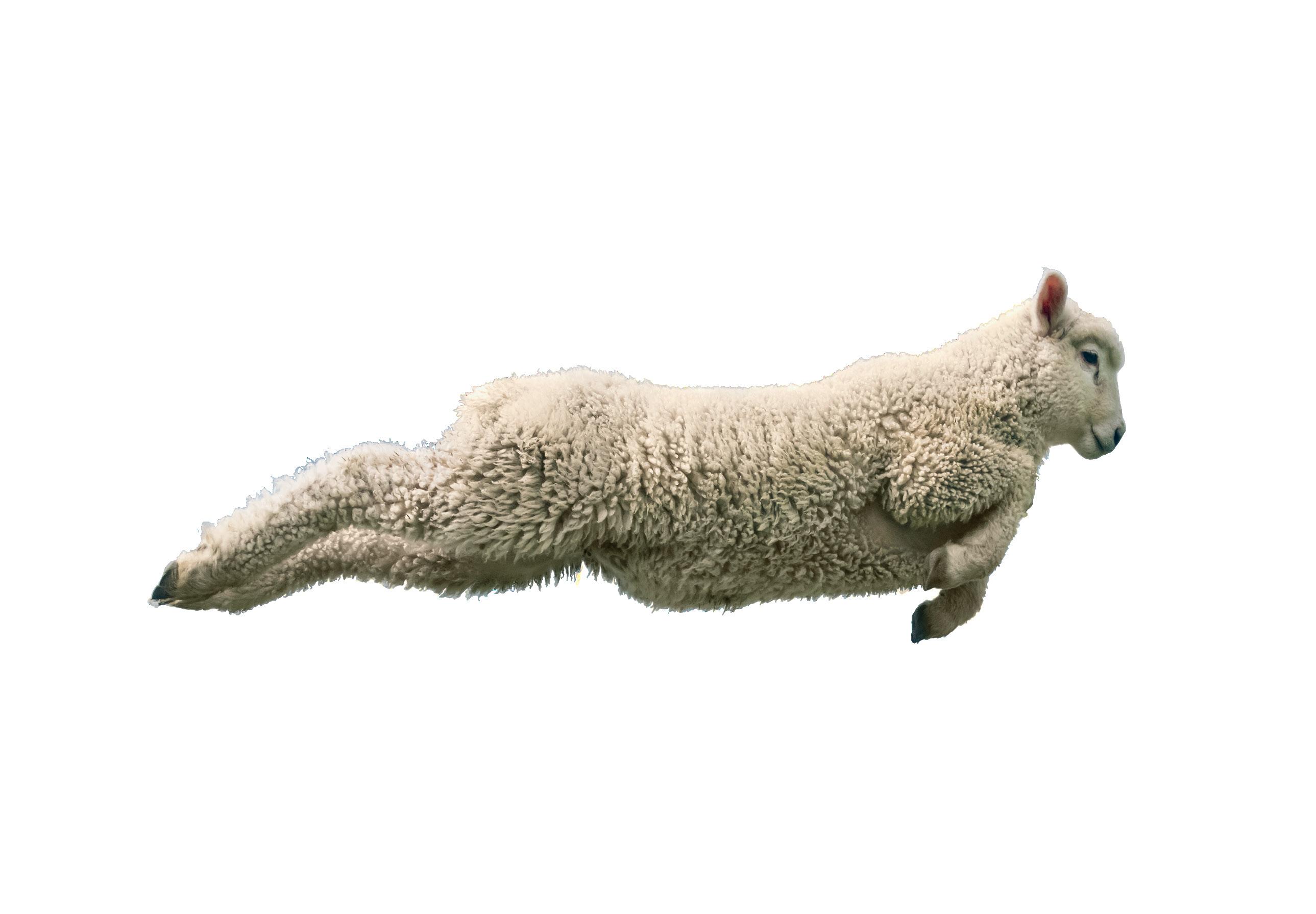

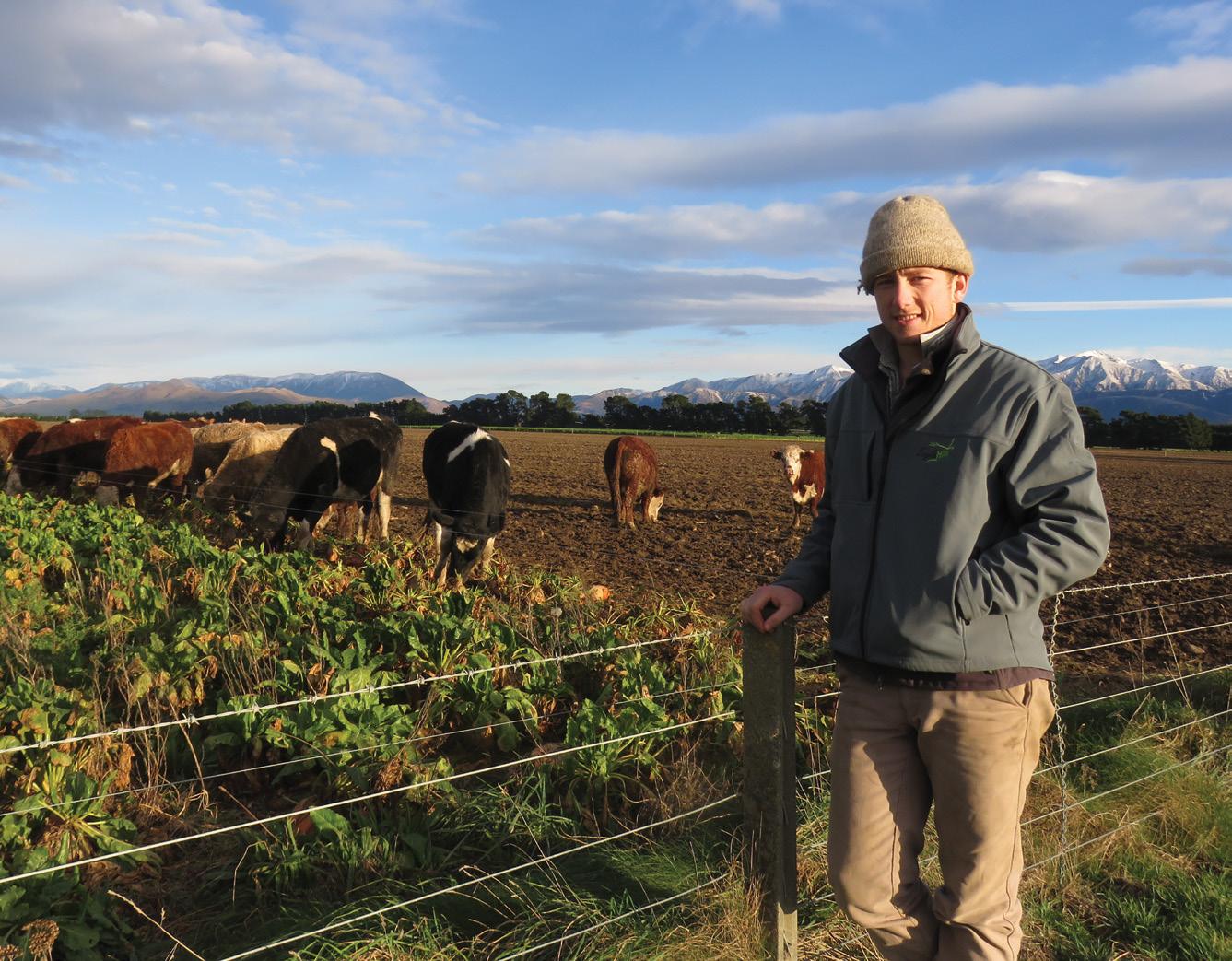
Soil types are Rangitata and Lismore, with a big variance in soil profile.
“Down the bottom next to the Waimakariri River are the great heavier soils where we are often growing high yielding crops.”
He works with 230ha of irrigated land through pivot, K-line rotorainer and Ocmis gun, irrigating out of the Waimakariri River through the farm’s own intake that flows into a gallery and pumped via lift pumps.
In total they’ve only irrigated 60 days over the last two summers. Hurley said they’re also lucky having such high rainfall, receiving 1250–1550mm/year. The nor’westers can play a factor some summers, sucking the place dry.
It’s a mix of till and non-till, cultivating out of winter crops, ripping and discing. As well as kale, during summer they grow 30ha of wholecrop barley for steers and dairy cows, and 30–40ha of oats. For the past couple of years beet has averaged 30t/ha on dryland and 27t/ha on irrigated land.
“Where conditions allow us to direct drill, we will.”
Summer months are also spent cutting and baling grass, which is fed to young stock over winter. They try to make a bit of hay from Italian ryegrass, with varying success depending on the summer.
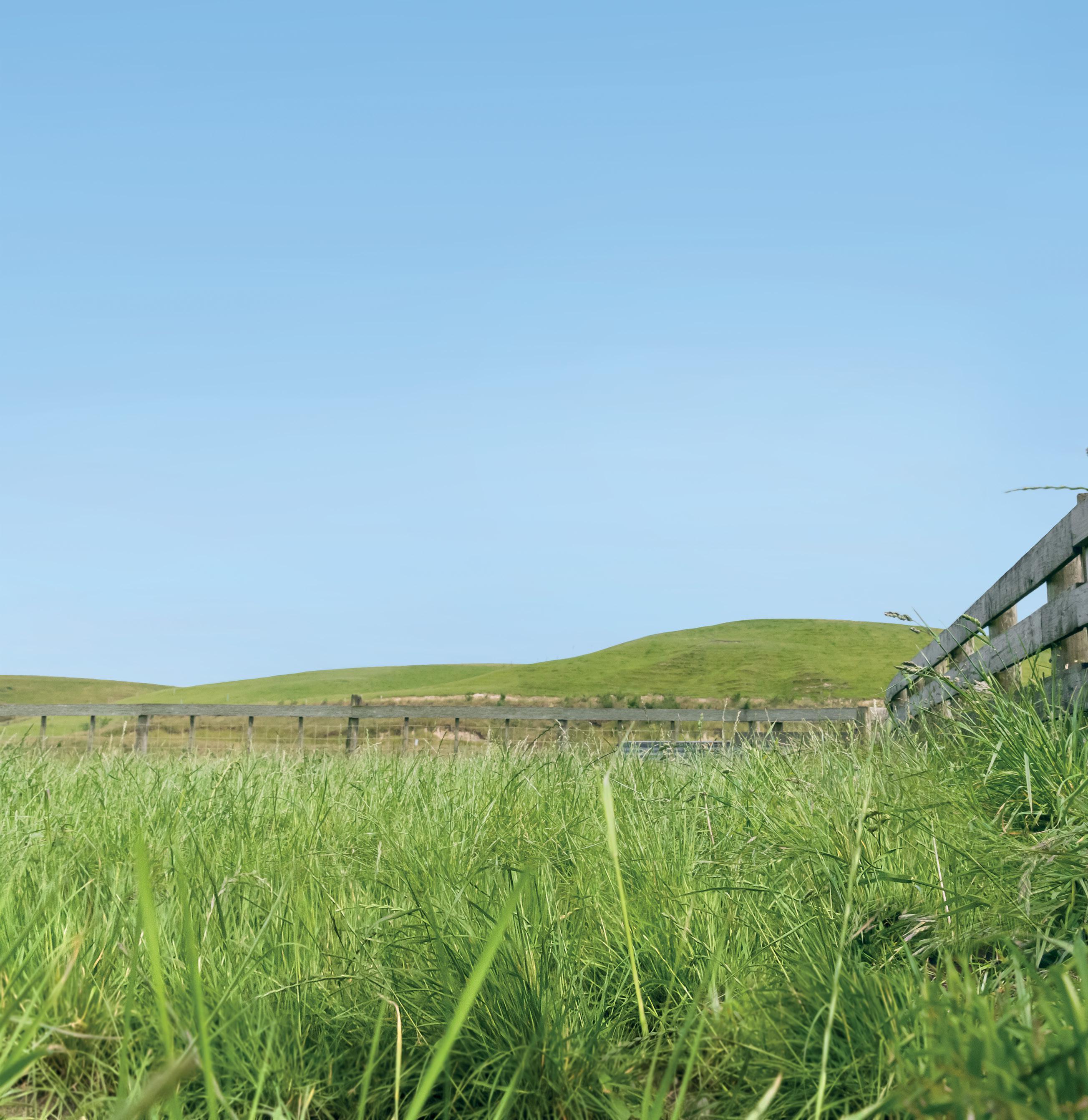
“For the past couple of years we’ve sort of let it go like grass seed, then turn that into grass-seed straw which the calves tuck into – they love it.” It’s also a bit more palatable than barley, wheat or rough straw.
Hurley concedes his young age is an obstacle at the moment, but he’s grasping every opportunity to learn as much as he can. As a youngster growing up in Canterbury’s West Eyreton, he was always “keen as mustard” to get out with his dad, which he says has led him to where he is today. “Because you can only learn so much without 30 years of seasons under your belt.”
Hurley was a dairy support manager in 2019, which involved managing the day-to-day stock/pasture management in an intensive grazing and cropping system. Prior to that he was a stockman
and farm assistant. “School holidays and weekends were always used to gain farm experience.”
His strong work ethic does not hinder his fun too much, though. When the tools are down, Hurley enjoys hunting, fishing, helping out in the Oxford community and playing rugby for Oxford Rugby Club over the winter months.
He encourages other young farmers to put their best foot forward into every opportunity that presents itself, because you only get out what you put in.
His plan for the near future at least is to learn and grow in his profession as much as he can.
“After the many hours of hard work and planning that goes into growing the best crop and animals you can, in the environment you are given, a successful result is such a reward.”
Knowing he can only control what he can, he does his best to not let the uncontrollable affect his decisions.
“And then I’ll work out how to do it better next season.”






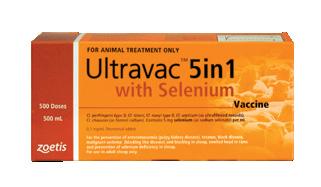

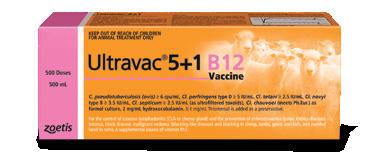


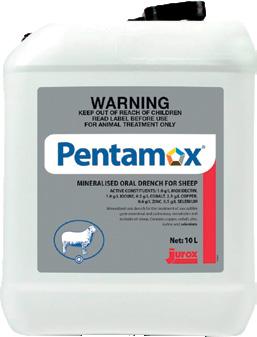

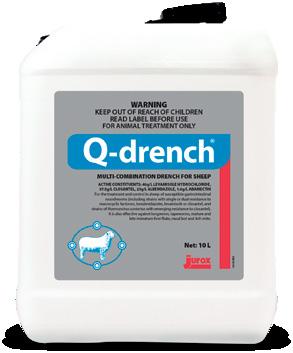
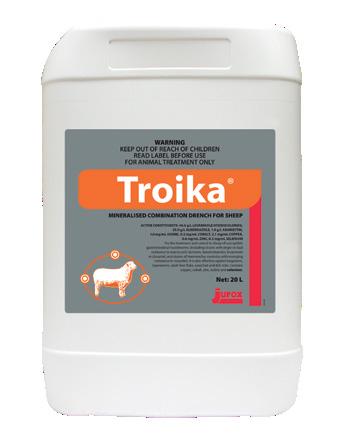
2030. By Elaine
New Zealand farmers and growers are running out of tools to manage pests and diseases and urgency is needed in the registration of new, greener options, Animal and Plant Health chief executive Mark Ross says.
“We have got to take this seriously as time is running out for the tools we use to deal with pests and diseases. Under the European Union’s Green Deal ‘Farm to fork’ strategy, by 2030 many of the products currently used in New Zealand will no longer be accepted. This will affect exports and we are an exporting nation.
“We can make the changes to newer chemistry and biologicals; we just need our regulators to take urgency much as they did during Covid when government departments worked together to register new vaccines.”
In 2020 the European Commission launched the EU Farm to Fork Strategy which aims to ensure a sustainable food value chain. Part of that strategy includes phasing out many existing agrichemicals.
However, Mark says greener, more
Fisher
targeted and safer products are bypassing the NZ market, because of this country’s regulatory systems.

“Global companies are considering focusing on countries with a more supportive regulatory regime, like Australia. Without pest control products, New Zealand would lose up to $24 billion in export earnings.
“On the heels of a recession, farming supports our economy and gives us healthy food, but government support to keep the industry thriving is long overdue. The farming sector has been hit by natural disasters, over-regulation, and pests that can wipe out harvests in one hit, yet it provides us with most of the food on our plates. In return, farmers suffer arduous regulations, delays in accessing technology and biosecurity incursions.”
Formerly known as Agcarm (Agricultural Chemical and Animal Remedy Manufacturers Association), Animal and Plant Health Association of NZ (Animal and Plant Health) is the industry association of companies which manufacture, distribute and sell animal health and crop protection products.
“We work with governments and
European Union rules on a range of agri-chemicals used in New Zealand farming are set to expire by
stakeholders from around the globe to shape policy and meet the shared goals of health and safety for people, the environment and the food chain,” Mark says.
The association is so concerned about the lack of access to urgently needed products that it has released a manifesto setting out actions the Government can take.
“We want to see an increase in research and development for food production, the adoption of genetic technology, and the implementation of a faster system for registering products against biosecurity threats.
“This will protect our $7b horticultural industry and $39b animal protein market from devastating losses,” he says.
“We must support our farmers and growers to help boost our economy, maintain our exports, and ensure the health of our crops, animals, and people.”
Mark says Animal and Plant Health has a good relationship with government and the Ministry for Primary Industries and the Environmental Protection Authority, the two departments primarily involved in product regulations.
“There is recognition from many government officials that delays are a factor in discouraging offshore companies from seeking to register new products here. There is no disagreement that New Zealand needs innovation but often bureaucracy gets in the way. Good things are happening but there is still frustration about getting products to market.
“Government departments need to work with industry, listen to us and take a wider view. Let’s work together to find solutions and look outside New Zealand for what is happening elsewhere.”
Mark doesn’t want NZ to take any shortcuts in approving new products and supports the country’s stringent measures to ensure product safety. However, he does believe there are ways to speed up the process, including dedicating more staff to the work. Manufacturers are producing softer chemicals and
biologicals which NZ farmers and growers want to embrace but they have to go through a lengthy and expensive process to gain registration here. “Often these companies decide it’s just too hard and New Zealand is not a big enough market to make registration economic.”
An example is a soft insecticide made from a fungus, which would replace synthetic insecticides. It is expected to take two years to gain registration in Australia but could face a three-to-fouryear process in NZ, he says.
“The wine industry needs biologicals to replace synthetic pyrethrums, and these are available, but not registered here. Our industries are relying on the re-working of old chemistry and products which will soon no longer be acceptable to overseas markets.”

The arrival in NZ in February last year of the Fall armyworm (FAW) is an example of how unprepared the country is for such incursions, Mark says.
“Farmers overseas have been fighting this pest for several years. We must act faster and smarter. If our neighbours are at war with a pest incursion, we should be ready to tackle it and offer a leg up to farmers. It’s pointless joining the battleground without a weapon.
“We have one of the best biosecurity systems in the world, but we knew it would get here from Australia as moths can fly up to 100km a day when pushed by wind. There are products to control it but they are not registered here. We should have had the tools in our toolbox to deal with it before it arrived.”
The FAW mainly feeds on sweetcorn and maize, but it can survive on a range of species across 76 plant families including, potatoes, capsicums, aubergines, and some brassicas. Climate change is adding to the urgent need for new products as pests which previously could not establish here because of cooler temperatures may do so in future.
Mark says registration is generally quicker in Australia because its regulatory authorities have more staff committed to registration and also employs contractors
who understand the industries’ needs and environmental issues.
“It would be ideal if products registered in Australia could also be registered here through an agreement similar to the Food Standards Australia New Zealand (FSANZ) which develops food standards for Australia and New Zealand.
“That would be a long-term goal and would need to take into account that New Zealand does have different requirements including an iwi perspective.
“In the short term, our registration process needs speeding up so it takes months not years.”




Staffing and resource limitations and the impacts of Covid-19 have contributed to a backlog in the registrations processed by the Environmental Protection Authority (EPA) under the Hazardous Substances and New Organisms Act (HSNO Act) says an EPA spokesperson.
“In addition, we are receiving more applications than in previous years. We are exploring a number of approaches to address the resourcing issues and minimise potential impacts on timeframes, including streamlining our process for research and development containment applications for agrichemicals. The aim is to reduce assessment times and give applicants more transparency and clarity over processing.”
Vincent Arbuckle, New Zealand Food Safety deputy director-general says New Zealand Food Safety’s (NZFS) process to register new agricultural chemicals and related products is equivalent to comparable overseas regulators, such as those in Australia and North America.

“The timeframe for registration of new products in New Zealand is generally better than overseas.”





The EPA has received an additional $31.5 million in funding for the next four

years from Budget 2023. Just over $6m is specifically for hazardous substances work and will be used to increase capacity to process the current backlog of hazardous substances applications.
The spokesperson says the EPA is not aware of any international companies bypassing Aotearoa New Zealand because of the fees involved in the application process for new hazardous substances.
“These fees are significantly lower in New Zealand than in many other comparable countries and regions, including Australia and the European Union.”
While there are similarities with Australia’s regulatory system, NZ has a unique environmental and cultural context within which applications for new hazardous substances are assessed. Those considerations are written into the HSNO Act that governs the EPA’s work.
Recent amendments to the Act, mean EPA can make better use of information from international regulators for some hazardous substance applications.
“Earlier this year, we publicly consulted on the list of international regulators we propose to draw information from. We are currently reviewing the submissions received, and the proposal will be presented to the EPA board for consideration later this year. Some substances that have been approved overseas may have an easier pathway should they meet the international regulator criteria.”
The EPA undertakes a rigorous assessment for every hazardous substance application, including agrichemicals. “We rely on scientific data and evidence, economic information, and local information, as well as Aotearoa New Zealand’s unique cultural perspectives to ensure we continue to protect people and our environment.”
Vincent says the small size of the NZ market means it is often not a priority for manufacturers of new chemistry.
“Manufacturers tend to focus on crops such as soya, corn, rice, and wheat. These are produced at a large scale in certain countries and are either not
The Farm to Fork Strategy is at the heart of the European Union’s European Green Deal which has the aim to “make food systems fair, healthy and environmentallyfriendly”.
grown here in New Zealand, or the size of the crop here is insignificant compared to these other countries. Generally, manufacturers will enter markets where they can get a quicker return on their research and development investment.
“NZFS recognises the small size of the New Zealand market by ensuring regulatory requirements and processes are fit for purpose for the New Zealand situation while remaining robust. This means the regulatory approval requirement for manufacturers is not a significant component (eg cost) in their decision on whether to market or not a new compound in New Zealand.
“NZFS continues to review and refine its regulatory requirements and processes which includes seeking the views of manufacturers and industry bodies, including Animal and Plant Health NZ.
“NZFS has been working with regulators of agricultural chemicals and veterinary medicines globally for several years to make regulatory processes more efficient. The final decision on the application remains with each regulator, as farming and growing practices differ between countries and regulators do not consider abdicating their sovereignty on decision making,” he says.
The EU website states: “Food systems cannot be resilient to crises such as the Covid-19 pandemic if they are not sustainable. We need to redesign our food systems which today account for nearly one-third of global GHG emissions, consume large amounts of natural resources, result in biodiversity loss and negative health impacts (due to both under- and over-nutrition) and do not allow fair economic returns and livelihoods for all actors, in particular for primary producers.
“Putting our food systems on a sustainable path also brings new opportunities for operators in the food value chain. New technologies and scientific discoveries, combined with increasing public awareness and demand for sustainable food, will benefit all stakeholders.
“The Farm to Fork Strategy aims to accelerate our transition to a sustainable food system that should:
• have a neutral or positive environmental impact
• help to mitigate climate change and adapt to its impacts
• reverse the loss of biodiversity
• ensure food security, nutrition and public health, making sure that everyone has access to sufficient, safe, nutritious, sustainable food
• preserve affordability of food while generating fairer economic returns, fostering competitiveness of the EU supply sector and promoting fair trade. The strategy sets out both regulatory and non-regulatory initiatives, with the common agricultural and fisheries policies as key tools to support a just transition.
New Zealand has led the world in endophyte technologies, giving farmers the ability to select ryegrasses that control certain pasture pests while improving livestock performance.
Without these endophytes, perennial ryegrass-based pastures in many parts of New Zealand would fail to persist.
Endophytes are a naturally occurring fungi which live within the grass plant and seeds. While they help protect plants from insect damage, the common wild type endophytes can impact negatively on livestock performance, causing production losses, ryegrass staggers or heat stress.
Thanks to the work of AgResearch scientists and more recently commercial plant breeders, farmers have been able to buy ryegrasses (including some hybrid and Italian ryegrasses) with novel endophyte varieties that help protect the plant from common plant pests while minimising any effects on stock health or performance.
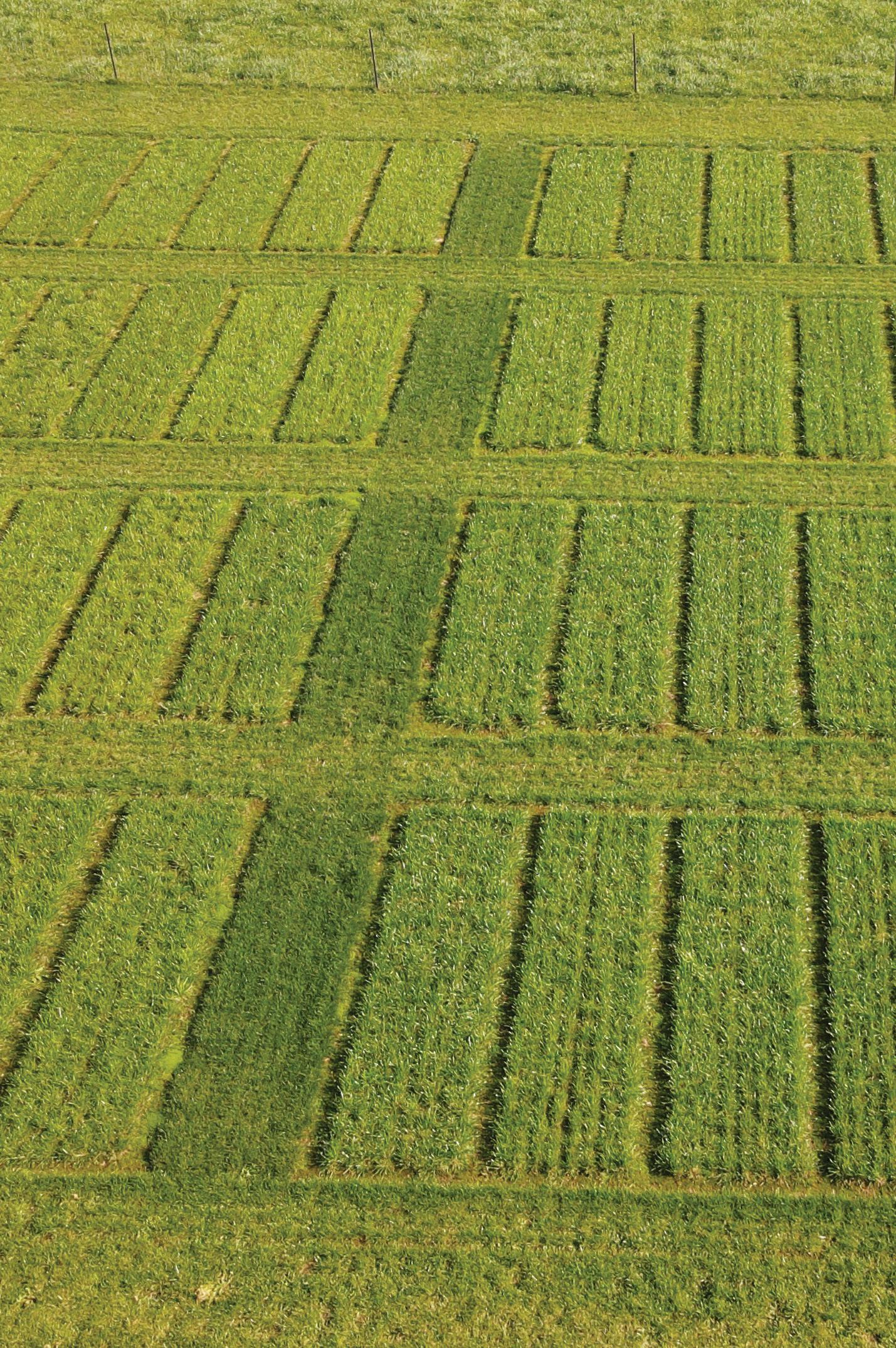
To ensure the novel endophytes sold to NZ farmers have been thoroughly and rigorously tested and stand up to the claims made by the breeders, the endophytes are assessed and approved by the Endophyte Technical Committee (ETC).
This is a sub-committee of the NZ Plant Breeding and Research Association
(PBRA) which is made up of a group of competing proprietary seed companies. All develop pastoral varieties for NZ farmers.
Warwick Green has chaired the ETC for the past 12 months, and says the committee was set up a number of years ago primarily as a technical forum for PBRA members to look at and review all aspects of endophyte work.
As any new endophyte comes to market, the ETC evaluates its performance in trials run under strict, world-leading protocols endorsed by the ETC to ensure the endophyte is fit for purpose.
Meeting five or six times a year (they have just had their 50th meeting), Green
Without endophytes, ryegrasses suffer. Sandra Taylor reports on research into the fungi, their positives and negatives.
says the ETC also has a responsibility linked to the National Forage Variety Trials (also managed by the PBRA). These independently run trials, sited throughout the country, assess the performance of the ryegrasses containing the novel endophytes.
The resulting performance information is then supplied to DairyNZ to be incorporated into their Forage Value Index.
“The endophyte aspect of that is what we assess,” Green says.
“We list the endophytes and their performance on animals and assign a star rating which is our recommendation for growers.”
The same is done for insect pests
The Endophyte Technical Committee evaluates the performance of endophytes in trials run under strict, world-leading protocols.
which can impact pasture performance and persistence. These include Argentine Stem Weevil, African Black Beetle, Pasture Mealy Bug, Root Aphid, Porina, Field Cricket and Grass grub. Included in the table is whether the endophyte impacts on either larvae and/or the adult insect.
“So when farmers go into their retailers to select seed they have the information they need to inform their decision-making.”
While AR1 was the original novel endophyte, the list has increased over the years with new endophytes coming onto the market in combination with a range of different perennial and hybrid ryegrasses and some Italian ryegrasses.
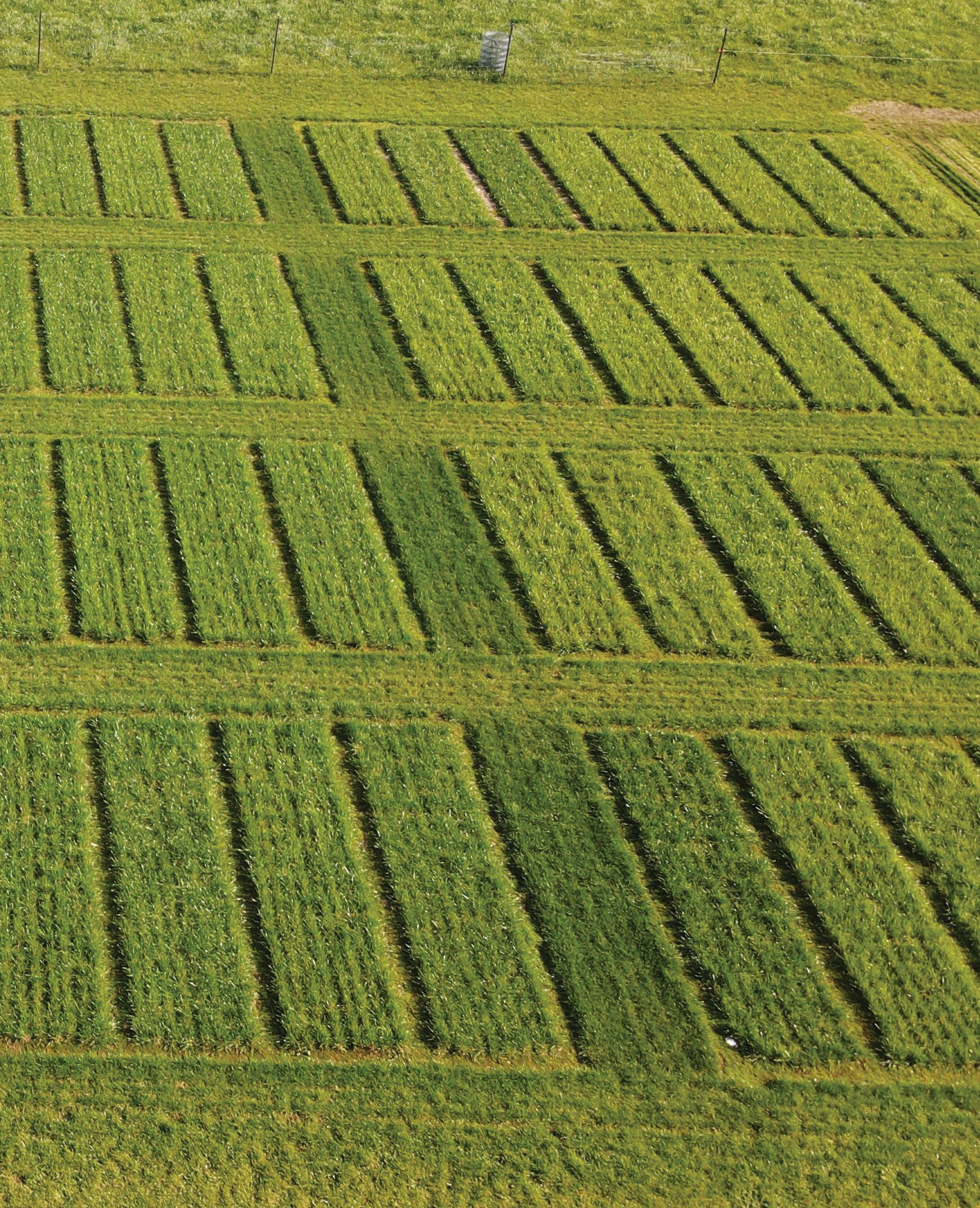
As an independent chair of the ETC, Green strives to gain consensus among all the company technical representatives on the committee so farmers are provided with the best possible information and recommendations.
“All members acknowledge they have a bias, but we try to take a pragmatic view that the novel endophyte has to perform and meet certain standards.”
Graham Kerr, commercial manager for Barenbrug, has been on the ETC since its inception. He says they support the ETC as it has a valuable role in evaluating the data on endophytes, giving farmers a good summary of the various options and how they might work on their farm.
“The way endophytes grow, the
"WE LIST THE ENDOPHYTES AND THEIR PERFORMANCE ON ANIMALS AND ASSIGN A STAR RATING WHICH IS OUR RECOMMENDATION FOR GROWERS."
Below: Without novel endophytes, perennial ryegrass-based pastures would fail to persist.
various alkaloids they produce, and how they react with different species and cultivars is very complex and there is no perfect endophyte. The ETC looks to provide farmers with the balance of insect control, animal health and animal performance they might expect from the different endophyte options on the market,” Kerr says.
Importantly, the ETC has set, and revises annually, the set of protocols for both animal and insect testing.
Each endophyte has to undergo three years of animal trials to determine animal safety and insect deterrence ratings before they go to the market. Each new plant variety and endophyte combination also undergoes one year of testing to guard against the unexpected.
Animal trials, carried out on sheep, are run under the Animal Ethics Code by
providers such as Lincoln University and AgResearch.
The results of these trials are assessed by the ETC and decisions made about their suitability to be commercialised. They seek external expertise and advice if required.
The information generated by ETC is applicable to all livestock farmers and gives ratings for cattle and sheep along with wider descriptions. While the animal trial work is carried out on sheep, which are considered to be the canary in the mine around the effects of endophytes, the information is applicable to all livestock classes.
Ultimately, what all PBRA members are striving to do is give farmers the best plants and endophytes which allow them to grow more grass and more persistent pastures.
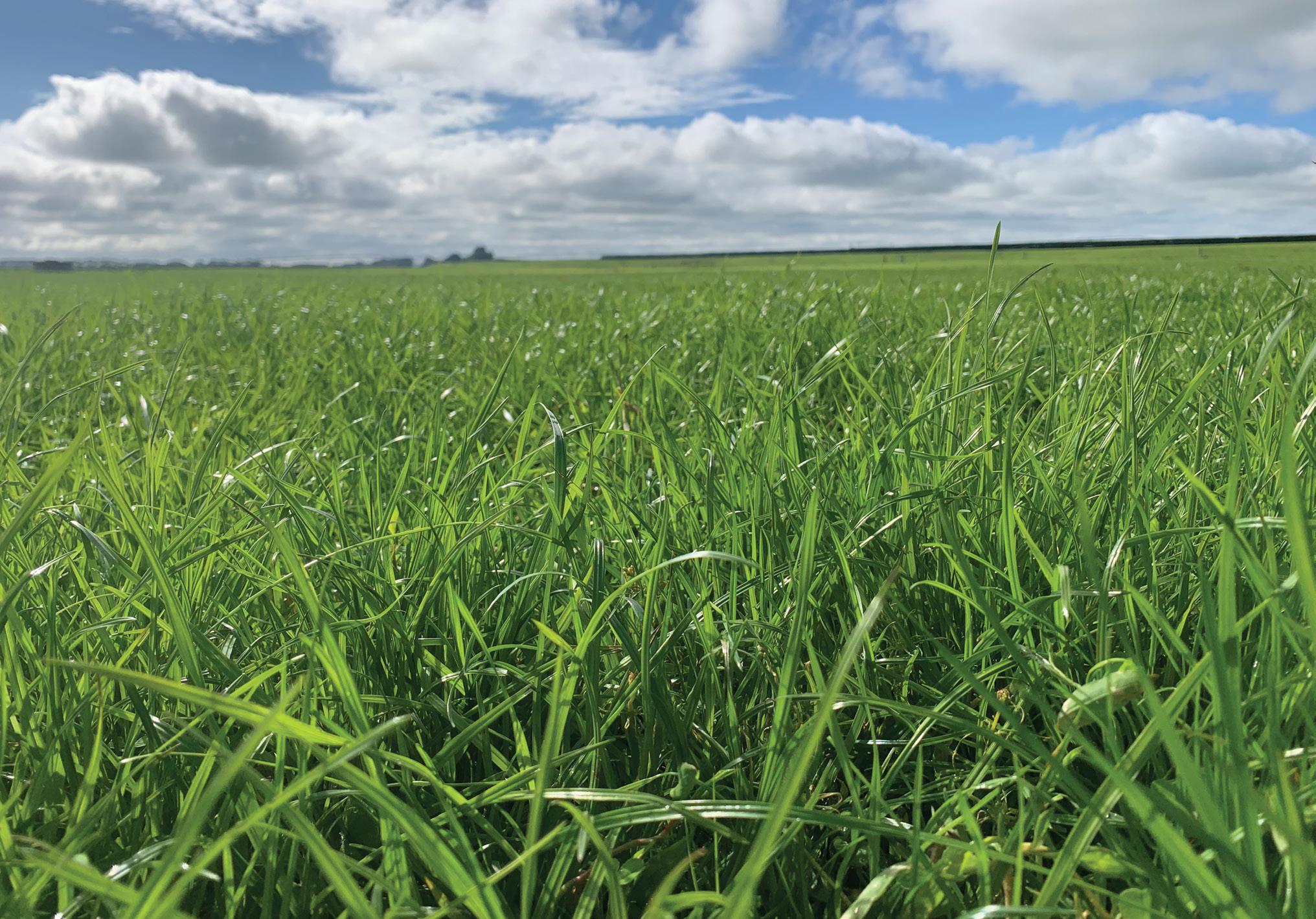
"THE ETC LOOKS TO PROVIDE FARMERS WITH THE BALANCE OF INSECT CONTROL, ANIMAL HEALTH AND ANIMAL PERFORMANCE..."
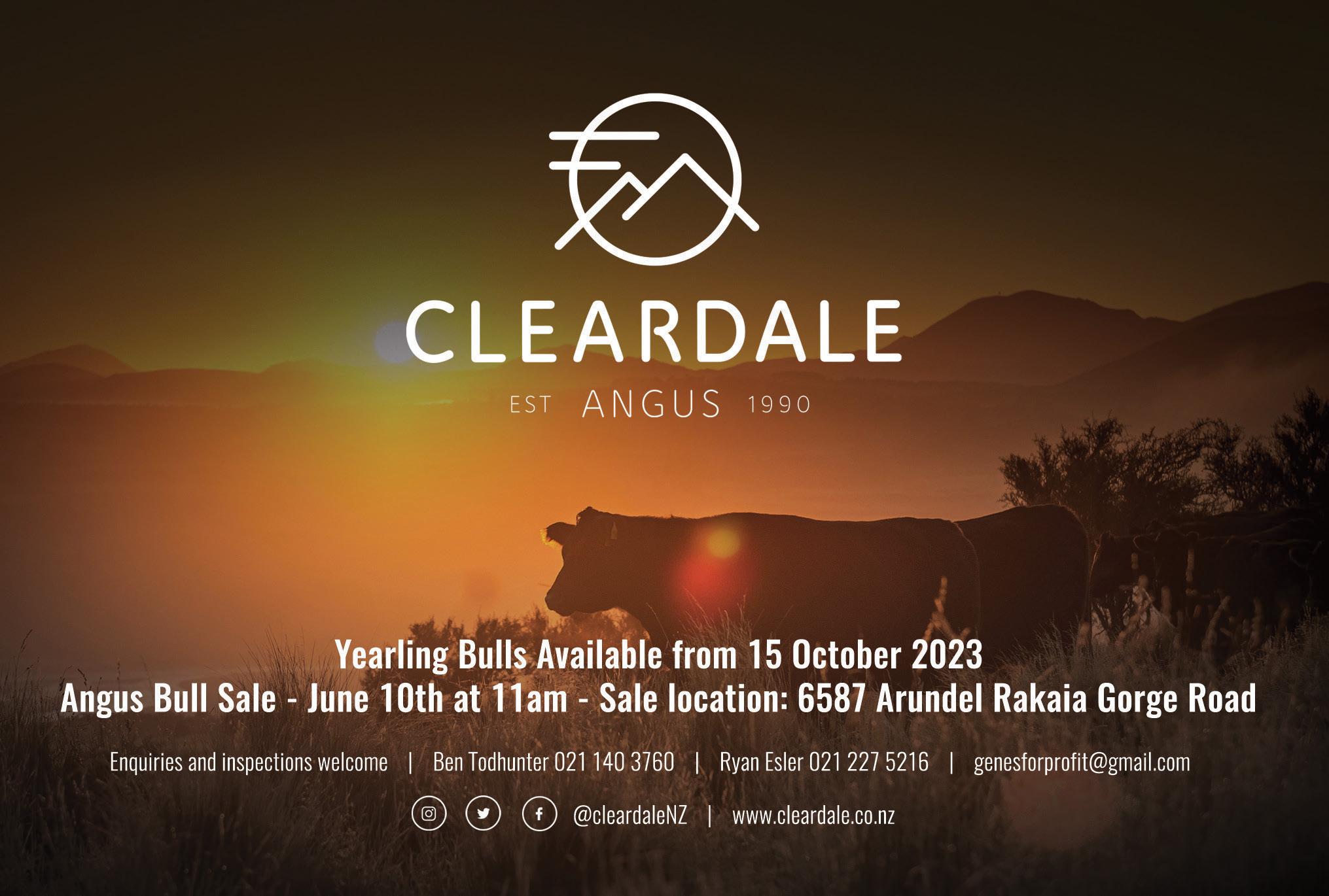
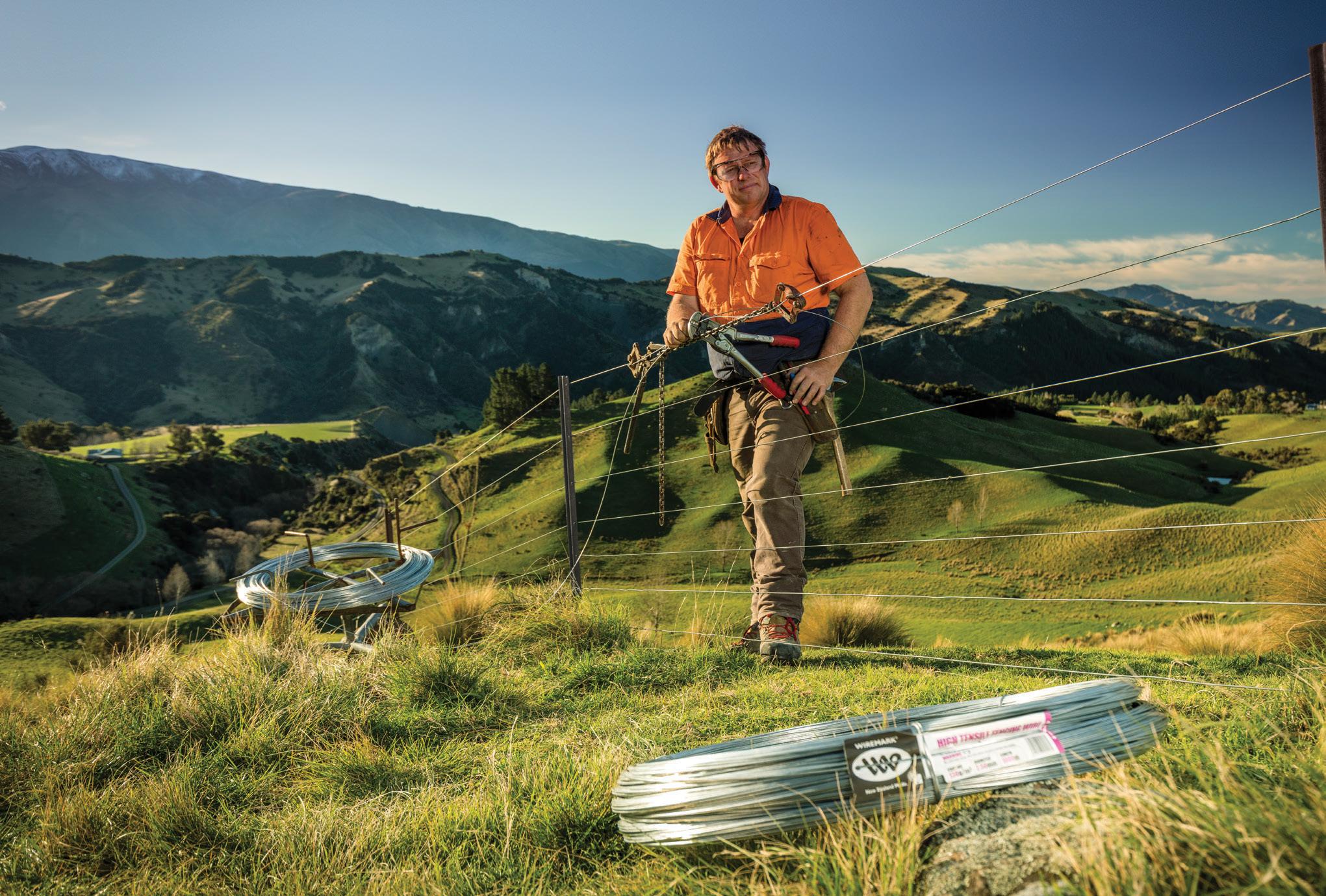
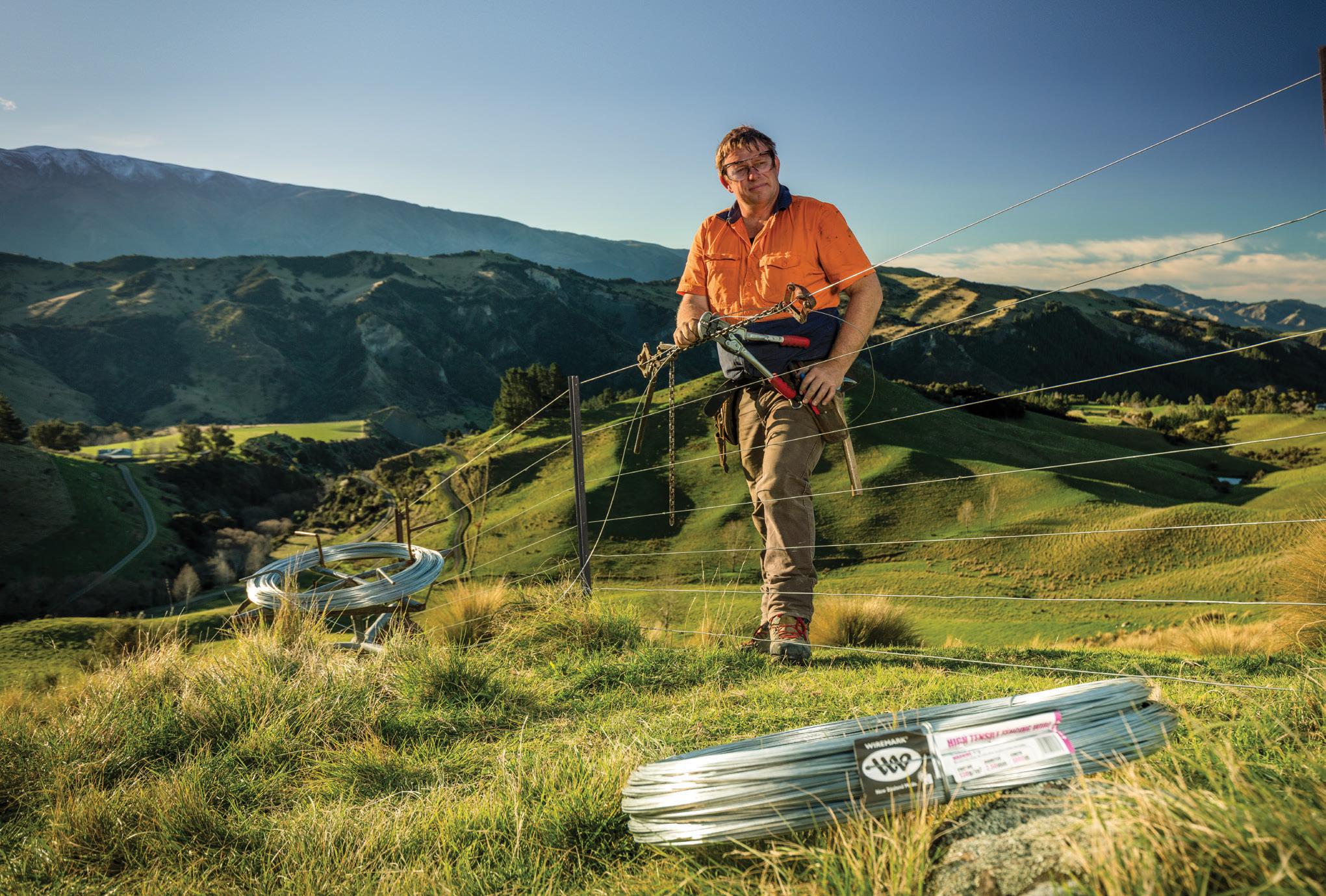
Generating $30 billion a year and employing one in every 10 people, New Zealand’s economic fortunes rest heavily on the productivity of its pastoral sector.
By Sandra TaylorAccording to a recent Royal Society of New Zealand journal report, it is farmers’ willingness to adopt, adapt and incorporate plant, animal and management technologies into their systems that has allowed NZ’s pastoral agriculture to compete effectively in international markets without subsidies.
Improved pasture species have helped drive significant productivity gains over the past 30 years and a sustained pasture renewal programme has lifted farm productivity by as much as 20%.
New plant genetics (including cereals and maize) offer farmers a range of advantages including yield, seasonality, disease resistance, quality, heading dates, novel endophytes, persistence and animal safety and performance. To enable farmers to remain productive and profitable while making the most effective and efficient use of their soil, water and nutrient resources, seed companies invest heavily in plant breeding and endophyte development programmes.
In NZ, seed companies compete in the marketplace, but as members of the New Zealand Plant Breeders and Research Association (PBRA), which represents plant

breeders, intellectual property owners and managers of proprietary agricultural seed and endophytes, they collaborate to ensure the plants they produce perform and persist in NZ’s farming systems.
than $25 million annually in research and development. As well as improving plant genetics, this investment includes research into endophytes and collaboratively running independently audited cultivar testing programmes such as the National Forage Variety Trials, which test annual, perennial, Italian and hybrid ryegrasses and Cereal Performance Trials.
testing regimes, are carried out at up to 40 sites across the country annually. Sites stretch from Northland to Southland and include irrigated and dryland, grazed and mechanically harvested sites.
available to farmers and industry on the PBRA’s website (www.pbra.co.nz).
performance summaries and cultivar ranking, so farmers have the data and information they need to select the most appropriate cultivar for their environment and farm operation.
Simon Larsen, general manager of Germinal, says while the company’s plant breeding programme is largely based at the Institute of Biological, Environmental and Rural Sciences (IBERS) in Wales, they have an active plant breeding programme in NZ. Traits required by NZ farmers (such as quality, drymatter production, disease resistance, heading dates and ground cover) are selected for and thoroughly tested at their Germinal Horizon research site in Canterbury and within the National Forage Variety trials before they go to market.
He explains that there is no instant gratification in plant breeding, and it can take upwards of 10 years before a new variety reaches the market, so it is a longterm investment in time and people.
Plant breeders need to try and understand the needs and challenges farmers will face, particularly in a changing climate, and incorporate possible solutions into their breeding programmes.
As a company, he says they strongly believe in the need for independent data, hence their involvement in the National Forage Variety Trials.
“It’s really important for the forage seed industry that there is rigour and consistency in trials so farmers can trust the data.”
Germinal submit cultivars into the National Forage Variety Trials every year, typically a mix of current and up and coming varieties so farmers can see how these perform in a range of environments.
Representatives from Germinal, along with other seed company representatives, sit on both the Endophyte Technical
Committee and the Forage Technical Committee within the PBRA. These committees oversee the trials and ensure the protocols are robust and independently audited.
Barry McCarter, Maize Production Manager at Genetic Technologies says this country produces close to one million tonnes of wheat, barley, maize grain and oats every year along with up to 1.4 million tonnes of maize silage.
He says this production is on the back of improved plant genetics which has resulted in significant increases in yield, disease resistance and feed quality over the years thanks to long-term investments in plant breeding.
In NZ, increased productivity over time is needed to ensure local production remains competitive.
“The more we produce locally, the better it is for seed companies, merchants and growers as less imported feed will be required. We need high-yielding varieties across the board to fill the feed gap.”
Companies such as his source hybrid maize varieties internationally but need to carry out an extensive testing programme so varieties can prove their worth in a range of growing environments within NZ.
Climate, soil, disease pressure and yield are all taken into consideration when testing varieties and Barry says it takes a sizeable testing programme to do it well. This programme involves planting over 300 trials annually across NZ’s maize-growing regions. This requires co-operation with maize growers together with significant investment in people, equipment and processes. He points out that a maize hybrid that yields well in Waikato may not be adapted in Canterbury and vice-versa, hence the need for a range of trial sites.
Another factor that needs to be considered is its end-use, with some crops grown for silage while others are grown for grain.
While the testing of maize hybrids is carried out by individual companies, PBRA members share the same commitment to ensuring NZ farmers have the best plant genetics and information available to them.

"IT’S REALLY IMPORTANT FOR THE FORAGE SEED INDUSTRY THAT THERE IS RIGOUR AND CONSISTENCY IN TRIALS SO FARMERS CAN TRUST THE DATA."
Investment in precision agriculture and a focus on input efficiencies is showing tangible results for a South Canterbury farming family.
STORY AND PHOTOS BY VICTORIA RUTHERFORD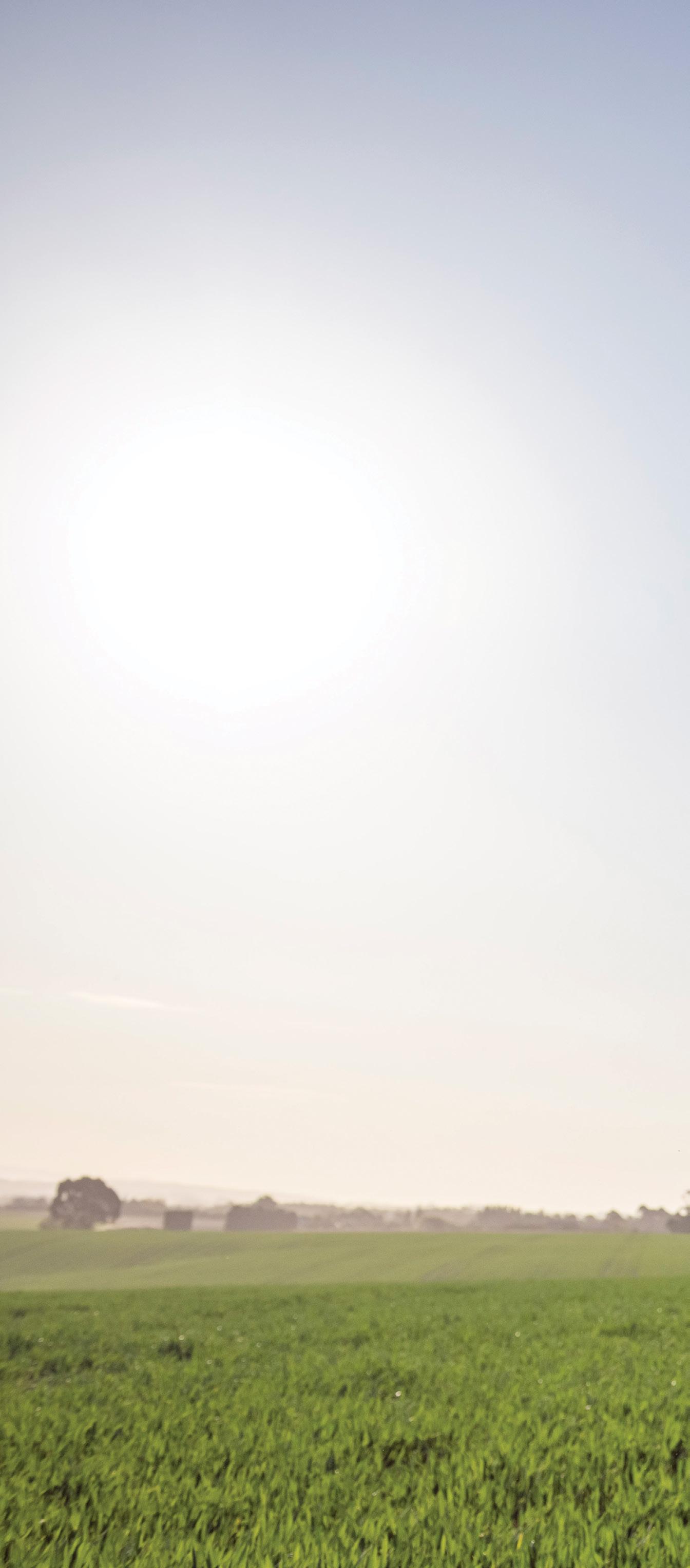

f you’ve ever driven south of Timaru and seen the rolling fields of oilseed rape and sunflowers straddling State Highway 1, you’d have been admiring the handiwork of the Darling family.
But far from being just an Instagram attraction, Andrew and Amy Darling are working hard behind the scenes to future proof their farm system through their commitment to soil health and precision farming.

The couple and their three young boys are the fourth generation on the property and in the third year of leasing off Andrew’s parents, Joy and Warren.
Recent recipients of the 2023 Arable Awards Environmental and Sustainability prize, they farm 500 hectares of clay soil, growing predominantly autumn-sown wheat, barley, oilseed rape, turf ryegrass and spring options like sunflowers and soybeans in a four-to-five-year rotation.
Arable Awards judges had high praise for the couple, noting they “walk
the talk” on the likes of soil health, minimum tillage and precision fertiliser use. Andrew, who is vice-chair of Federated Farmers Arable grains section, was also named a 2023 Climate Positive regional leader by agriscience company Corteva, in recognition of his drive to lower their operation’s environmental footprint.
In his past life, Andrew was a heavy diesel mechanic before moving into precision agriculture solutions for a couple of years. Coming home to the farm in 2015, he’s carried this interest through and remains active trialing ideas and technology on the farm.

“The precision ag at a John Deere dealership gave me a foot in the door and the confidence to try things,” he said.
“I’ve been really lucky that Warren gave me a management role onfarm, letting me try ideas out and make a few mistakes… and it’s great still having him work with me daily – a good backstop, keeping us in the right direction with all his years of experience.”
The Darlings have just wrapped up their first year as one of the Foundation for Arable Research’s (FAR) four Pathfinder farms, trialing nitrogen tools in their system. Pathfinder is part of FAR’s Growers Leading Change initiative, encouraging knowledge exchange through the introduction and development of new technologies and management practices in the arable sector.
Four years ago, Andrew became involved with FAR’s ‘A Lighter Touch’ research into Integrated Pest Management, where beneficial insects are encouraged to help control pests and lower reliance on chemical control. This led to Pathfinder.
“We’ve got some new tools in soil testing, variable-rate technology and other sensing we can do during the growing season,” he said. “I was going to use these tools on the farm anyway, and I thought I could share some of this knowledge with other growers. It was good to get some help from FAR and the rest of the research staff, and to put a bit more science behind some of my own farm try-outs.”
With profitability a key driver, chasing a healthy gross margin led them to consider input costs, in particular nitrogen (N), which then has traded off into environmental and sustainability
benefits. N is a big cost for wheat and barley crops and over the last 18 months the price has been significantly higher.
“By using the tools that are available we can hone in on the N we are applying, and by putting the right product in the right place at the right time, we gain the best N-use efficiency.”
Leaf testing is undertaken every 10 days to understand movement of N through the plant and into new leaves.
Andrew uses a tractor-mounted N Sensor to measure N uptake in the crop and variably apply fertiliser to match plant needs. He’s also used satellite imagery, but has run into issues with cloud cover at critical times.
The Yara sensor determines N demand
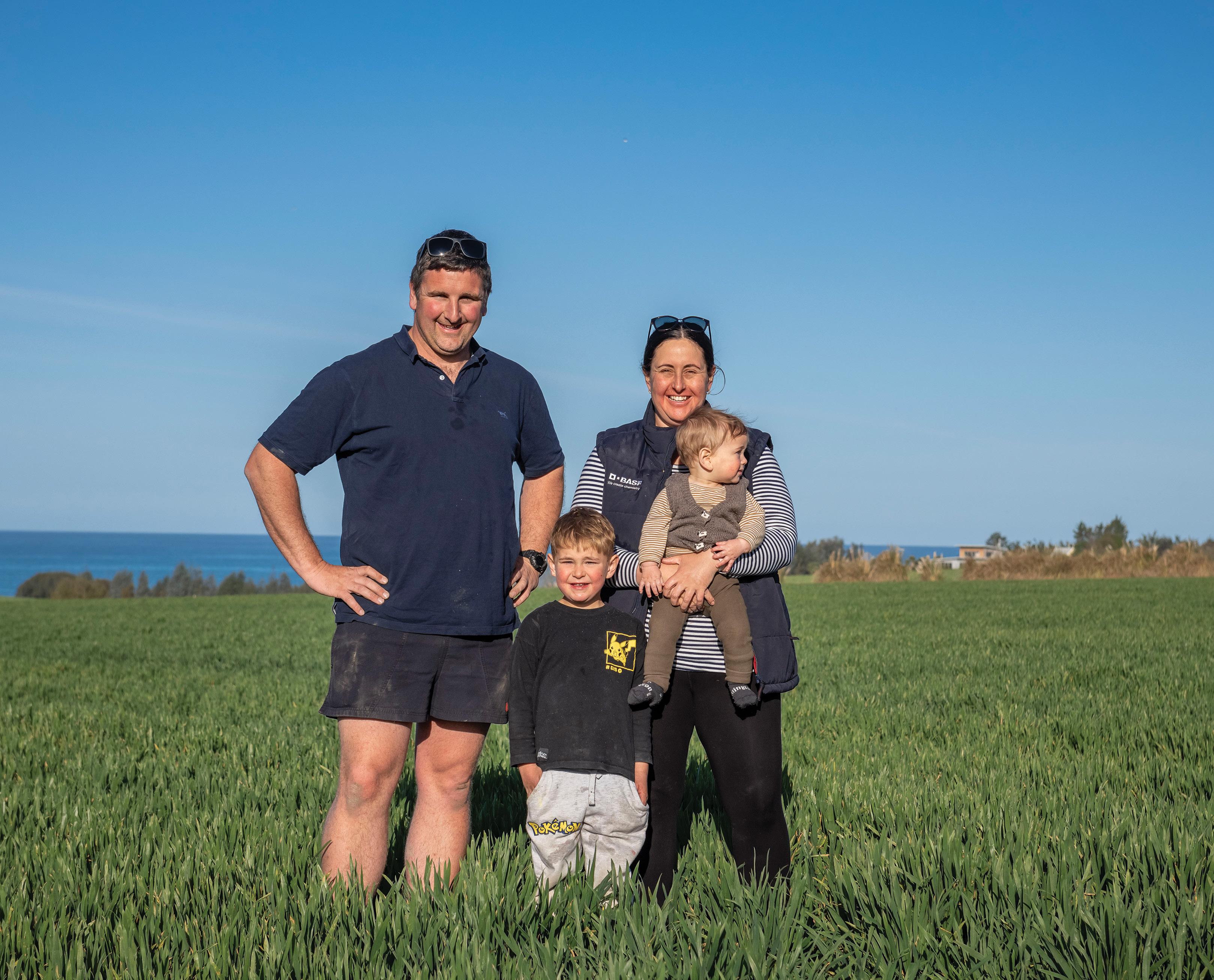
by measuring a crop’s light reflectance at specific wave bands related to the crop’s biomass and chlorophyll content. It calculates the N uptake of the crop, then derives optimum application rates based on the data. This is sent to the controller and fertiliser rates are adjusted accordingly. Cameras are mounted on either side of the tractor and it reads five metres either side of the tramline.
“There’s a very fancy algorithm that happens in the background. It knows when a wheat plant is at a certain growth stage and when the nitrogen uptake is quite high, and can assess the plant nitrogen that’s already there.
“You can give it inputs on what’s going to become soil available as well, depending on the tests that you’ve done
during the year, then it can chop and change. If we’ve got a bit more nutrient under the ground or the plant’s doing quite well, we can reduce some of that nitrogen.”
This means they are not over-applying to areas that don’t need it and can boost areas that are further behind. In areas where extra N is not valuable for the crop, it will turn the spreader off.
As part of the Pathfinder work, they have been undertaking N trials to look at rate recommendations from the N-Sensor compared with industry standard recommendations.
They held trials on two 0.5ha plots of feed wheat, Graham and Robusta. Before applying fertiliser, deep N tests were taken. These showed little available soil N following a wet winter.
“In the Graham, we applied 50 more units of nitrogen compared to what my tools told me. Across both of those plots, both had exactly the same yield of 13.4 tonnes, but there was a slight increase in protein on the extra N applied – but because it was feed wheat, there was no income benefit.
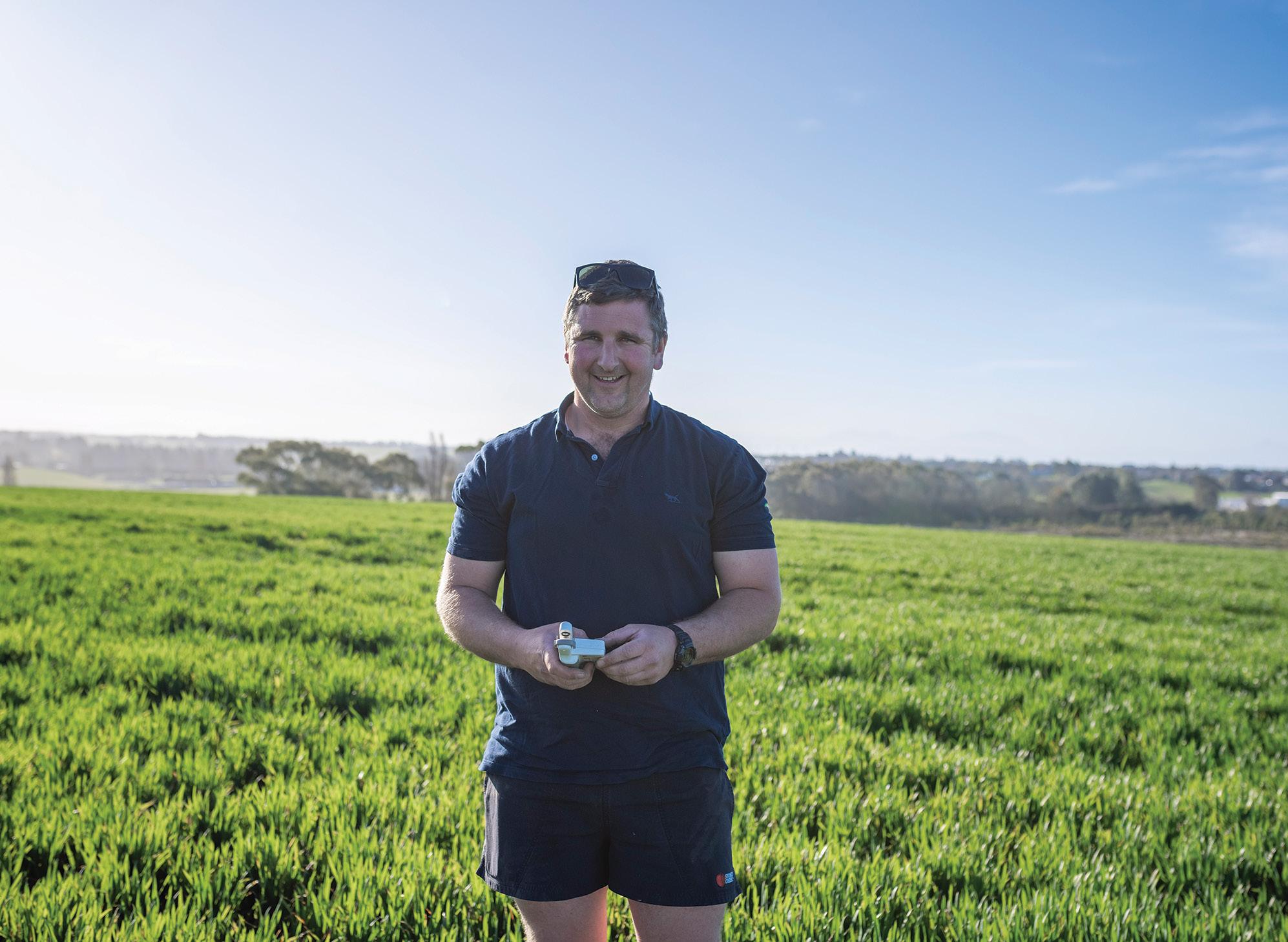
A similar layout was used for the Robusta trial, where there was a slight reduction in yield for the tool compared with industry standard.
“But when you take the cost of nitrogen off, that extra 60 units, it basically comes at exactly the same gross margin with the nitrogen removed.”
Over both plots the N tool suggested about 200 units of applied N, which Andrew was happy with.
“In my opinion, we’ve been quite
efficient and had some pretty good yields.”
The practical side of measuring and monitoring hasn’t been too strenuous either. They’re in a good rotation with their leaf monitoring, and for fertiliser applications it’s about making sure the plan is followed.

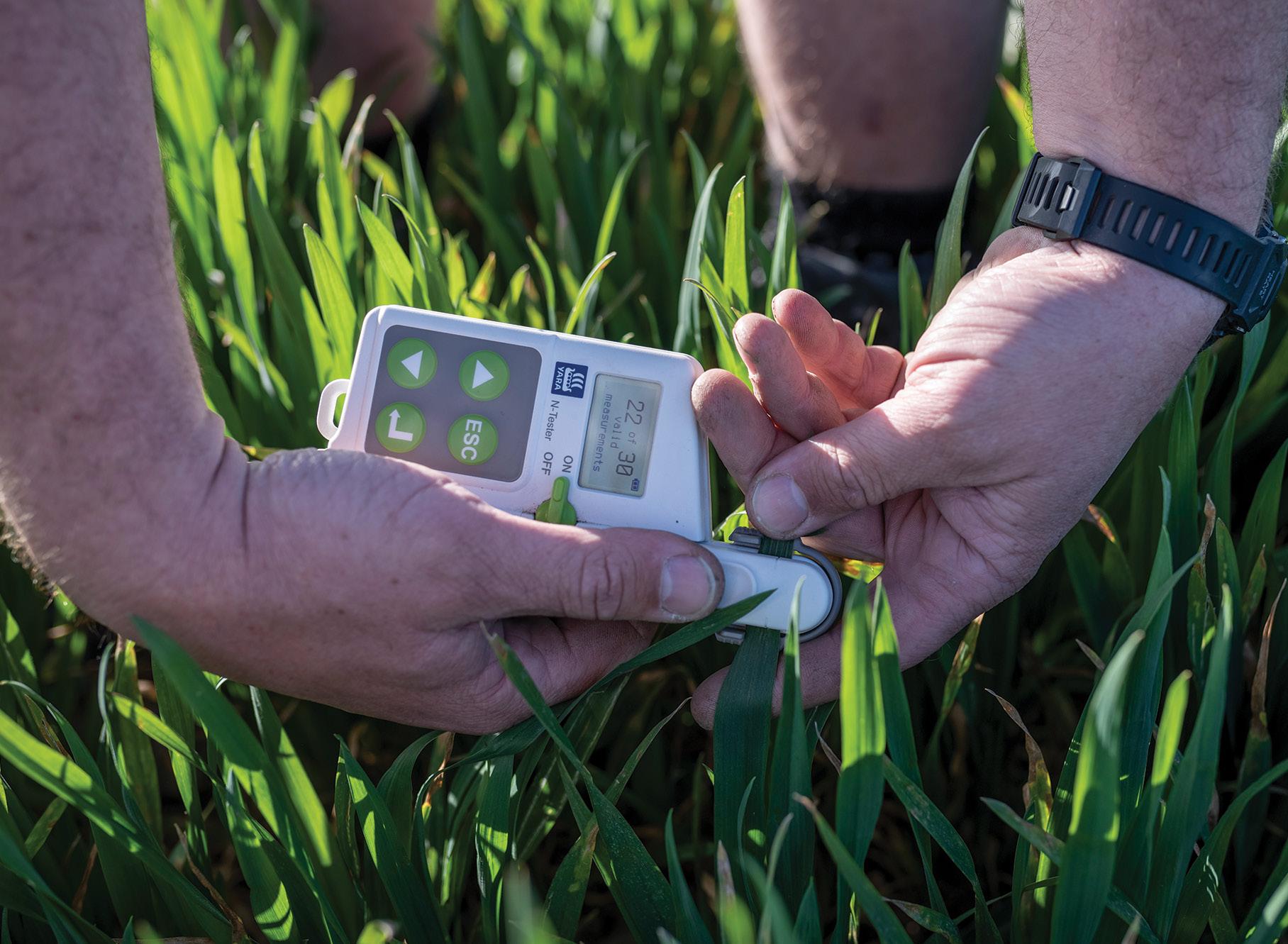
“Luckily it’s all GPS recorded so I can ensure it’s done right when I’m not in the tractor myself. At harvest time there’s a bit of extra time involved in making sure we GPS the right areas to ensure an even trial and then putting it across a weighbridge.”
Andrew will be making some tweaks into Pathfinder’s second year.
“There was a couple of lessons out of last year that I’ll work on this year to get right, and that way I may be able to tailor my programme more and even reduce my total N applied further. I may have been a bit mean to the wheat so I’m looking at front-loading my nitrogen applications this year.”
They’ll undertake straw testing along with their usual grain testing to understand N through the cereal profile. Further soil testing is also on the cards.
“There were some critical areas we didn’t pick up which will give a better picture of where nitrogen is moving through the soil at different times, and in hindsight we probably could have done a bit more post-harvest soil testing as well, just to understand what nitrogen was there.”
When it comes to return on investment for the N-Sensor technology, Andrew said it was hard to gauge, but he believes they’ll break even in a reasonable time frame. As part of the pathfinder work for this season, he’ll break down these costs
“THERE WERE SOME CRITICAL AREAS WE DIDN’T PICK UP WHICH WILL GIVE A BETTER PICTURE OF WHERE NITROGEN IS MOVING THROUGH THE SOIL AT DIFFERENT TIMES”
and look at a full ROI, including the cost of spreader, N sensor, and GPS.
“Sometimes it’s just a straight reduction in nitrogen, so you can save up to $15,000 on our farm in a season, but there are a lot of soft benefits too, such as putting nitrogen in the right place, easier harvesting and reducing lodging.
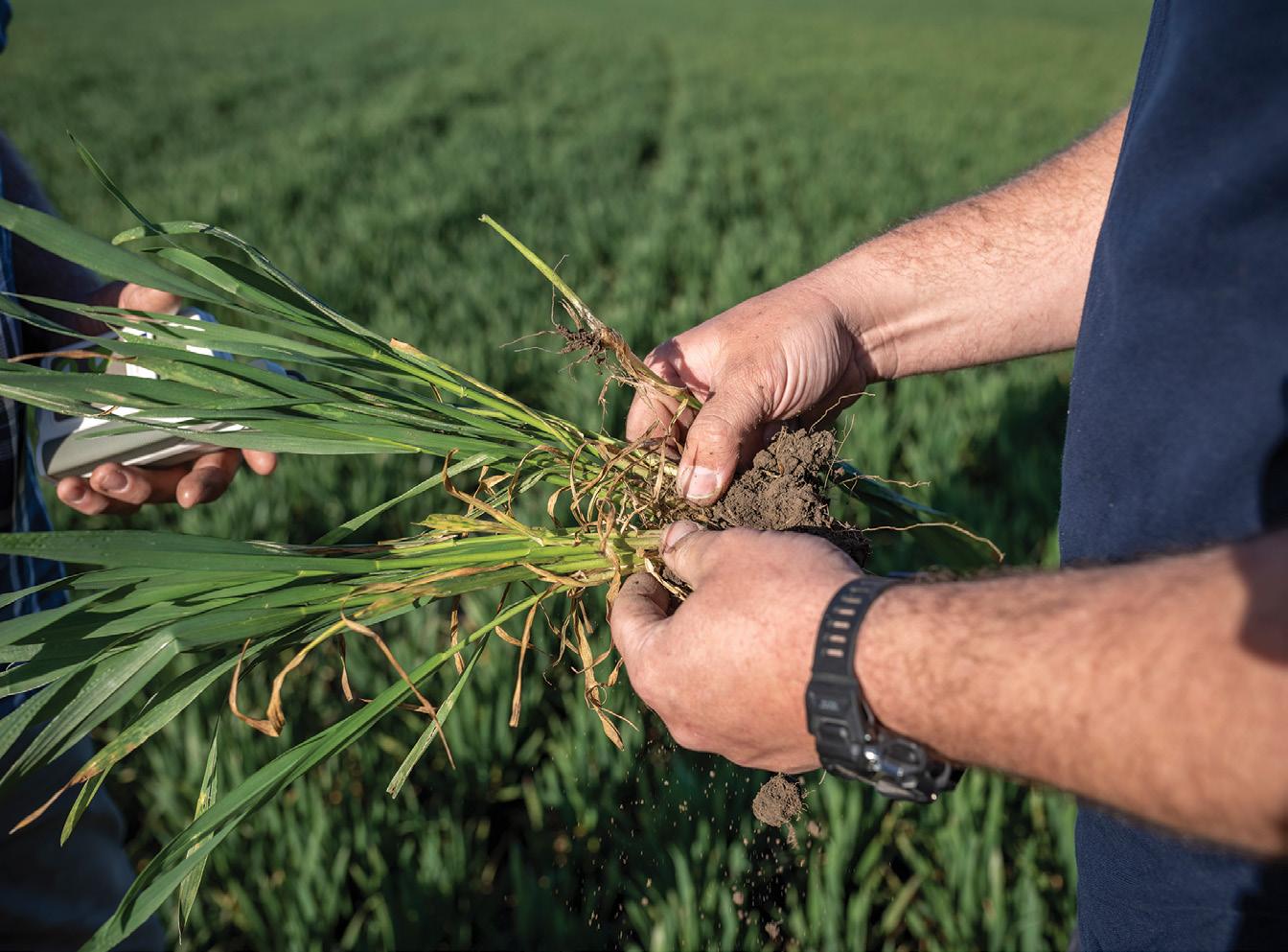
“It’s really hard to extrude it all out and put a figure on it, but I believe from what I’ve worked out over two years that we’re getting good return on investment with the sensor tool and maintaining pretty good yields.”
With data and precision agriculture comes a hefty price tag, so considerations around the way systems integrate are important. He uses the John Deere system for data collection and said it has improved significantly over the last few years.
They collect data through day-to-day activities like spraying, with a view to incorporating the sensor imagery later on by overlaying it with combine yield maps and soil data. With new platforms under construction to combine multi-
Above: Warren, left, and Andrew Darling: Adopting a min-til, noburn system in the early 2000s has benefited soil health. Below: Nitrogen costs are typically high for wheat (pictured) and barley crops.
stream data captures, he said they’ll eventually end up with a really good idea of their N efficiencies.
“With the yield mapping and the N-sensor information we can piece together the puzzle so we get a good idea of what happened through the season and then at harvest,” he said.
The Darlings embraced minimal tillage in the early 2000s and haven’t burned residue for many years. The management decision was made primarily because of their farm’s position on the Timaru boundary, but it’s led to some solid gains in soil health.
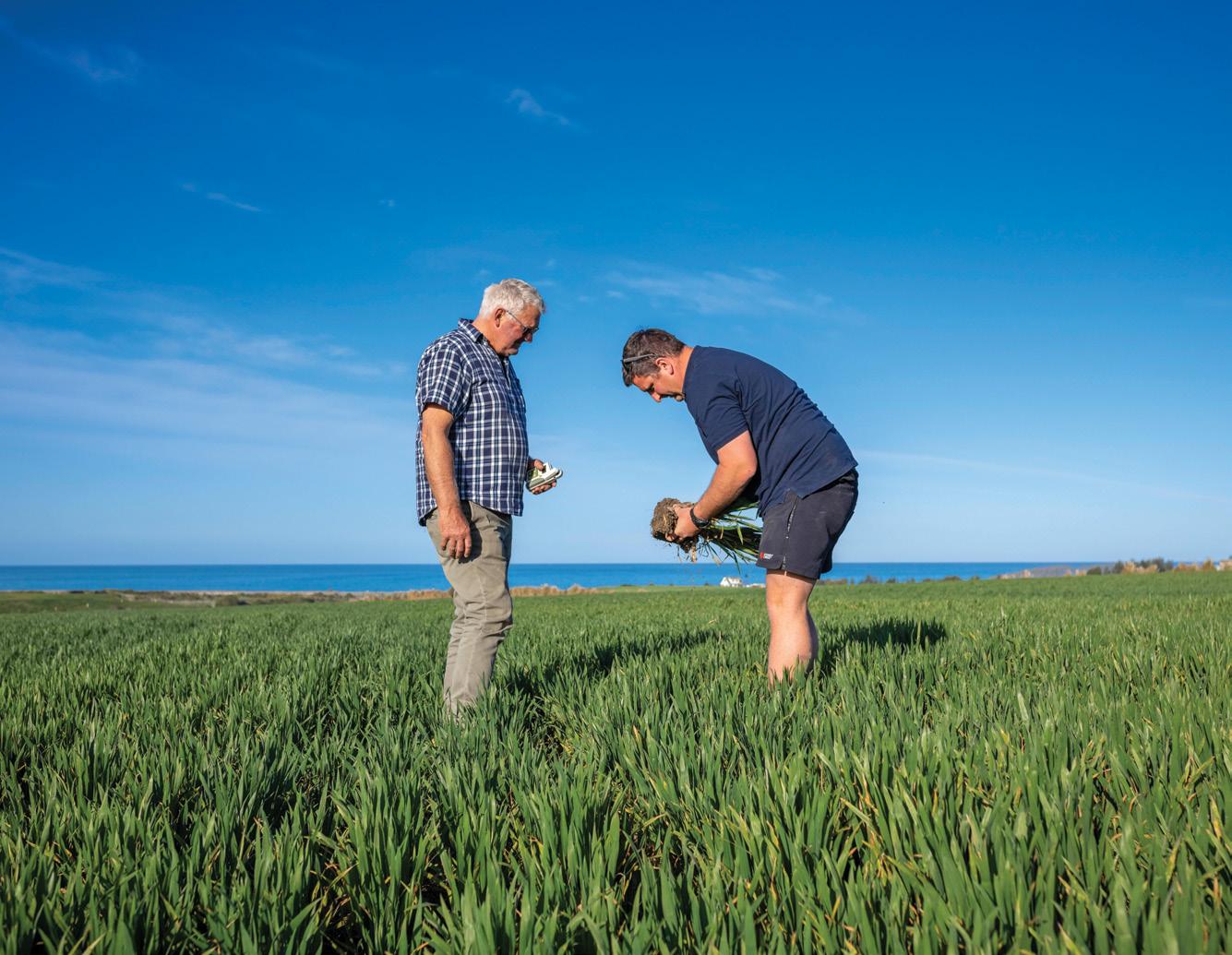
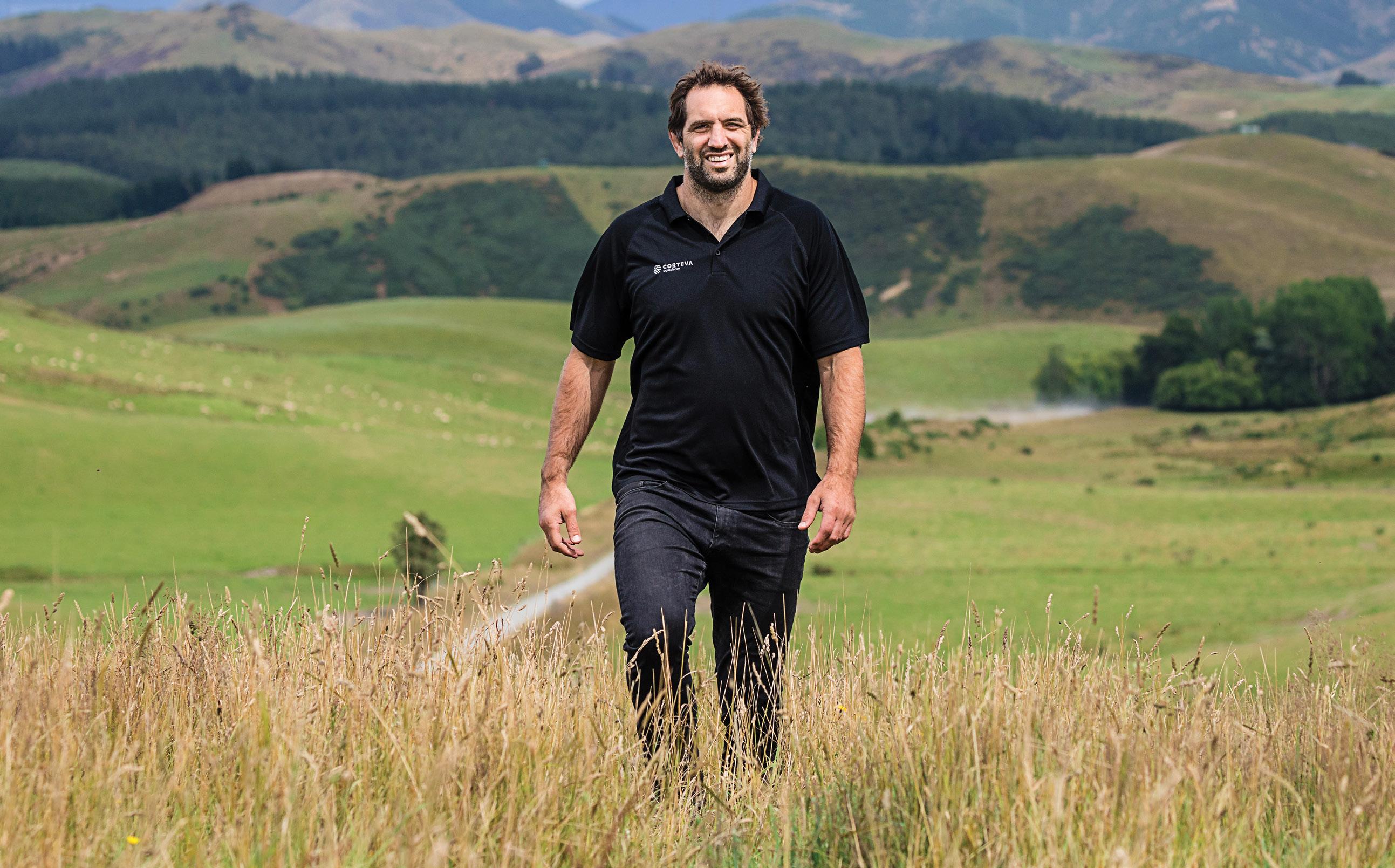
“We try to get all the residue back in the ground and let the biology break it down, and since then we have made some good inroads with our carbon and organic matter levels.”
While there are no longer stock on the farm due to the impact on soils, there had been in the past so they’ve made a conscious effort to understand their nutrient profile. They undertook their first grid sampling maps in 2013/14 to capture P, K and pH levels and every four years grid soil sampling is undertaken over 120ha.
“We are now at the point where we have evened it all up so we are looking at nutrient removal maps, making sure what’s being removed is being replaced. In the last year we’ve been looking more into the soil biology, trying to even-out our bacteria and fungi levels.”
He’s used the newer Potentially Mineralisable Nitrogen (PMN) test over the last couple of years and is starting to see a trend there too.
“It’s explaining the gap of the reduced N we are putting on, where N just ‘magic ups’ out of nowhere.
“There is money-saving to be had with that, and while reduced inputs is the first driver, it also has that environmental and sustainability benefit as well. We can’t just apply the same as we did last year, it’s about being adaptable to the season. We need to be utilising what we have

applied because we are filling a gap that’s not available in the soil.”
With accountability around measuring, monitoring and reporting the way of the future, they’ll have a solid bank of data to tell their story.
“In some cases, we are applying quite a bit of synthetic input, but if we can show it’s being utilised by the plant then I think that’s a great story to tell,” he said. “If we can show the consumer or regulators or larger companies that are looking at scope three emissions, then there might be a financial advantage there as well.”
He’s excited about the wider potential for the N-Sensor too. They’ve used it for growth regulators in ryegrass crops, and will look at mapping for variable rate seeding on different aspects and terrain.
“With the ability to prove you have put N in the right place or have maximised what you are allowed to use,
I can see it just become more and more common. And it’s being proven every year that it’s working very well in New Zealand conditions.”
Regardless of all the noise, Andrew remains focused on the bigger picture.
“There are a lot of challenges at the moment with the cost of inputs and fluctuating commodity prices so we need to be profitable. If we’re not, we won’t be here tomorrow or be able to have another crack next year.
“If we can be sustainable on our own farm and look after the soil, leaving our asset in a better position, then I think Amy and I have done our job. Hopefully if our three young boys want to have a go at farming then there is opportunity for them.
“And the thing is, I really enjoy growing a crop. Myself, Amy and Warren – we are crop farmers because that is what we enjoy doing.”
The impact of a lower milk price forecast is being felt in the arable sector as feed grain demand is expected to fall.
Federated Farmers Arable grains vice-president Andrew Darling said the impacts of cuts to forecasted milk payments to the nation’s 12,000 dairy farms would ripple across the wider economy, including the arable sector.
"There’s probably still a reasonable market for feed grain in the North Island, but it’s hard to transport South Island grain up there at a reasonable price, especially in competition with Australian grain.
"It’s an expensive bit of water that splits our country in half, unfortunately," Darling said.
The July Arable Industry Marketing Initiative (AIMI) survey of New Zealand growers showed predicted sown and
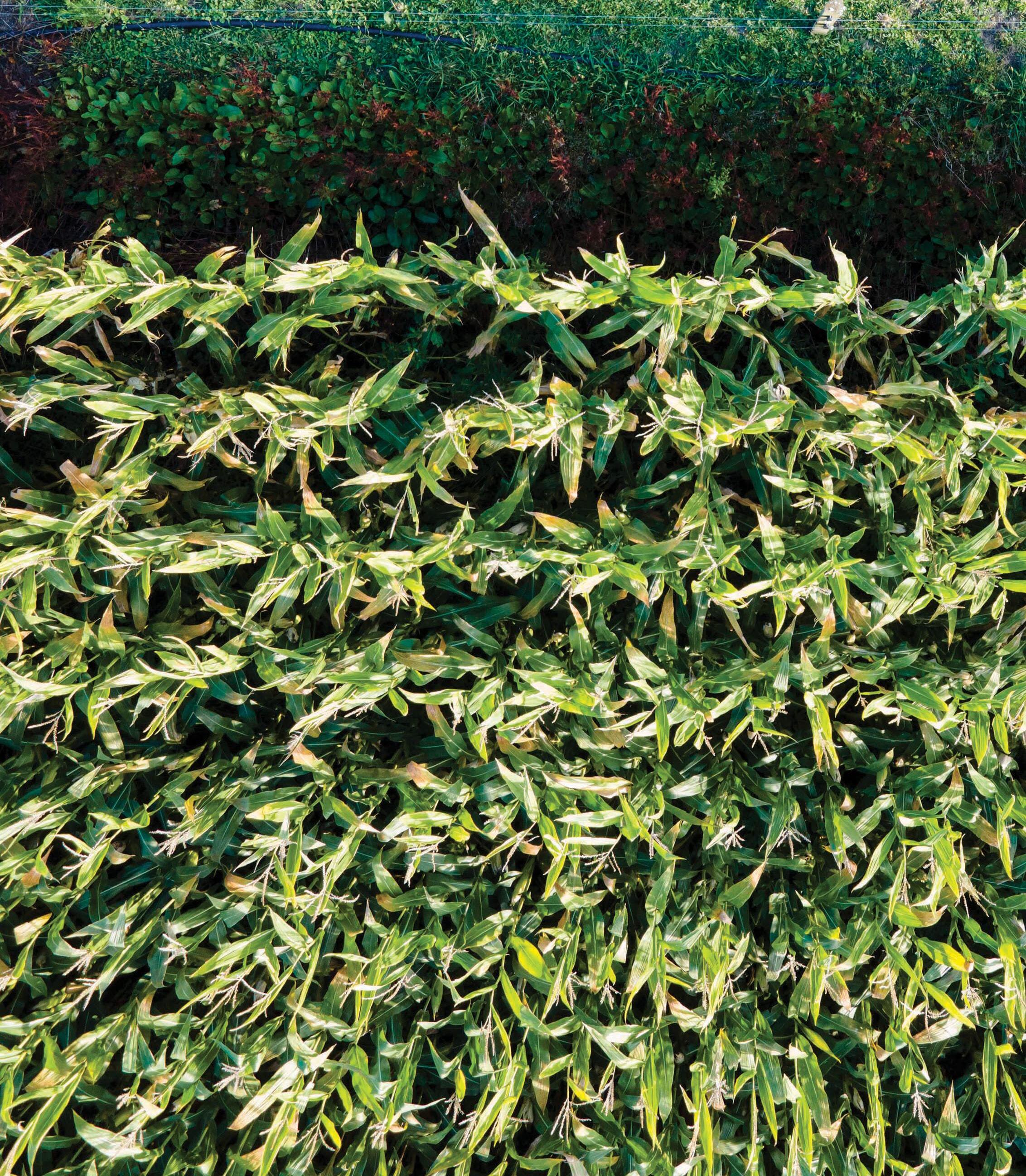
intended sowing feed wheat and feed barley hectares down 6% and 15% respectively year-on-year. The total sown and intended area for wheat and barley (autumn and spring combined) is expected to be down 2%. On the flip side, hectares sown into malting barley used for brewing is estimated up 77% (7000ha).
Overall, the report predicts the 2024 harvest hectares over all six cereal crops (feed/milling wheat, feed/malting barley, feed/milling oats) to be 1% down on 2023 (from 96,000ha to 94,700ha).
Crop establishment in cereal growing regions in the North Island and Southland has been challenging due to continued wet weather, with some Southland crops drowned. Canterbury has experienced winter rains but reports say most autumn crops have established well.
• Sowing and intentions for milling wheat is down 8% and feed wheat down 6% year-onyear
• Sowing and intentions for feed wheat is down 6%
• Sowing and intentions for malting barley is up 77% and feed barley is down 15%
• Sowing and intentions for milling oats is down 1% and feed oats is up 20%, although less than half of these four crops had actually been sown by July 1, 2023.
Source: FAR AIMI July Report, Federated Farmers
Ahot, dry spring is likely to have impacts on Australian crop production with rainfall deficiencies starting to emerge across several Australian agricultural regions.
Crop planting and establishment conditions were largely dry in Queensland, northern New South Wales and northern and eastern cropping regions of Western Australia. Coming out of winter with low soil moisture, the increased chance of dry spring conditions in these regions is expected to negatively affect yield potential.
These regions will require sufficient and timely rain to maintain levels of
winter crop production, particularly with higher temperatures expected and increased water demand for crops.
In contrast, southern regions received better-than-expected early winter rainfall, boosting soil moisture levels and benefitting crop establishment and growth in southern New South Wales, Victoria, South Australia and southern Western Australia. Areas with average or better levels of soil moisture are likely to receive enough rainfall to sustain crop production.
Development of an El Niño weather pattern and its influence on Australian rainfall and temperatures presents a further downside risk. Analysis of past El Niño events suggests climate impacts can be variable. If conditions are even drier and hotter than expected, crop prospects could deteriorate further in regions where winter crops have little soil moisture.
Following three consecutive record production years, total Australian winter crop production is forecast to fall by 34% to 45.2 million tonnes in 2023–24, below the 10-year average to 2022–23 of 46.4 million tonnes.
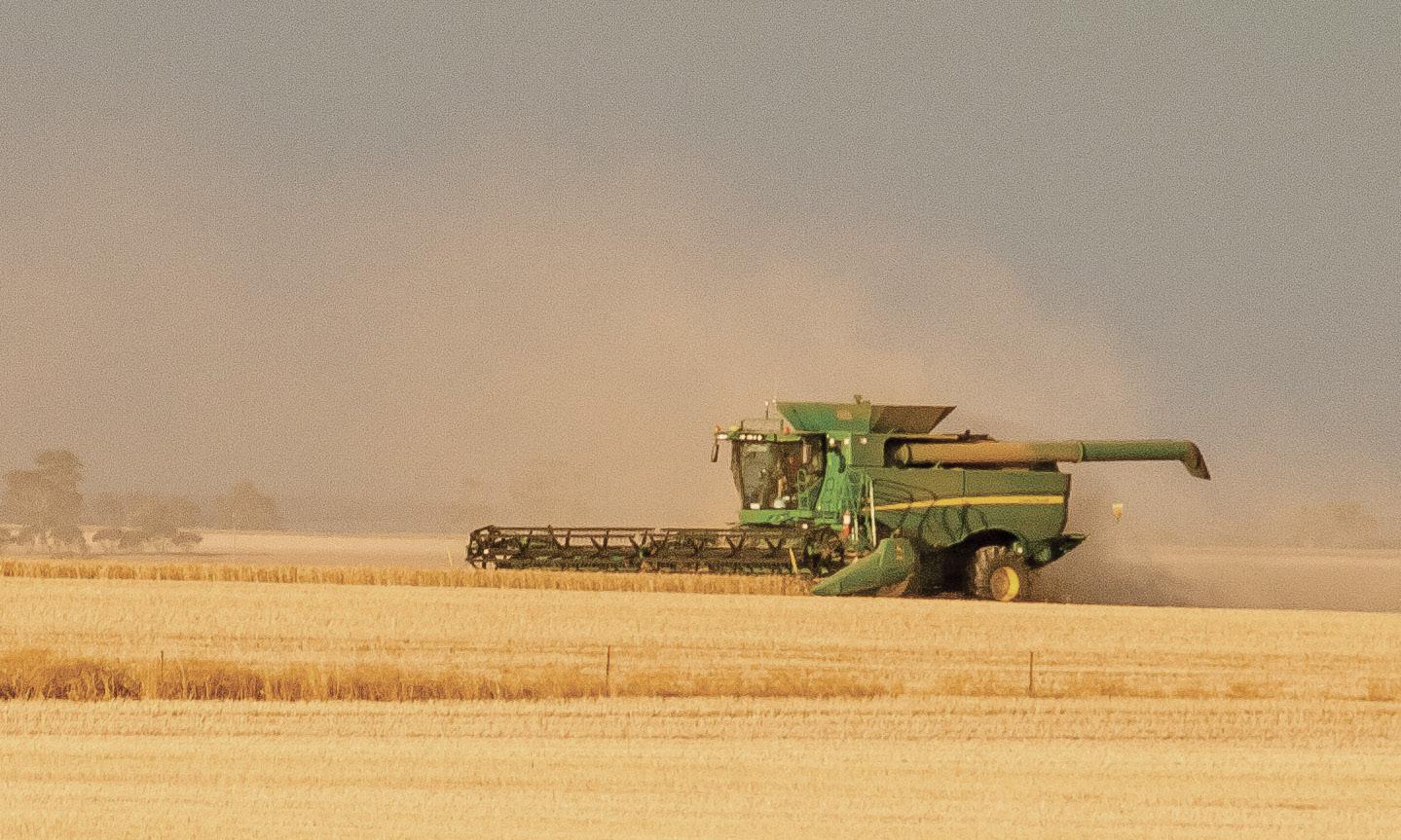
The yields are forecast to be below average following dry conditions in key northern cropping regions. This
may be partially offset by better yield potential in southern cropping regions.
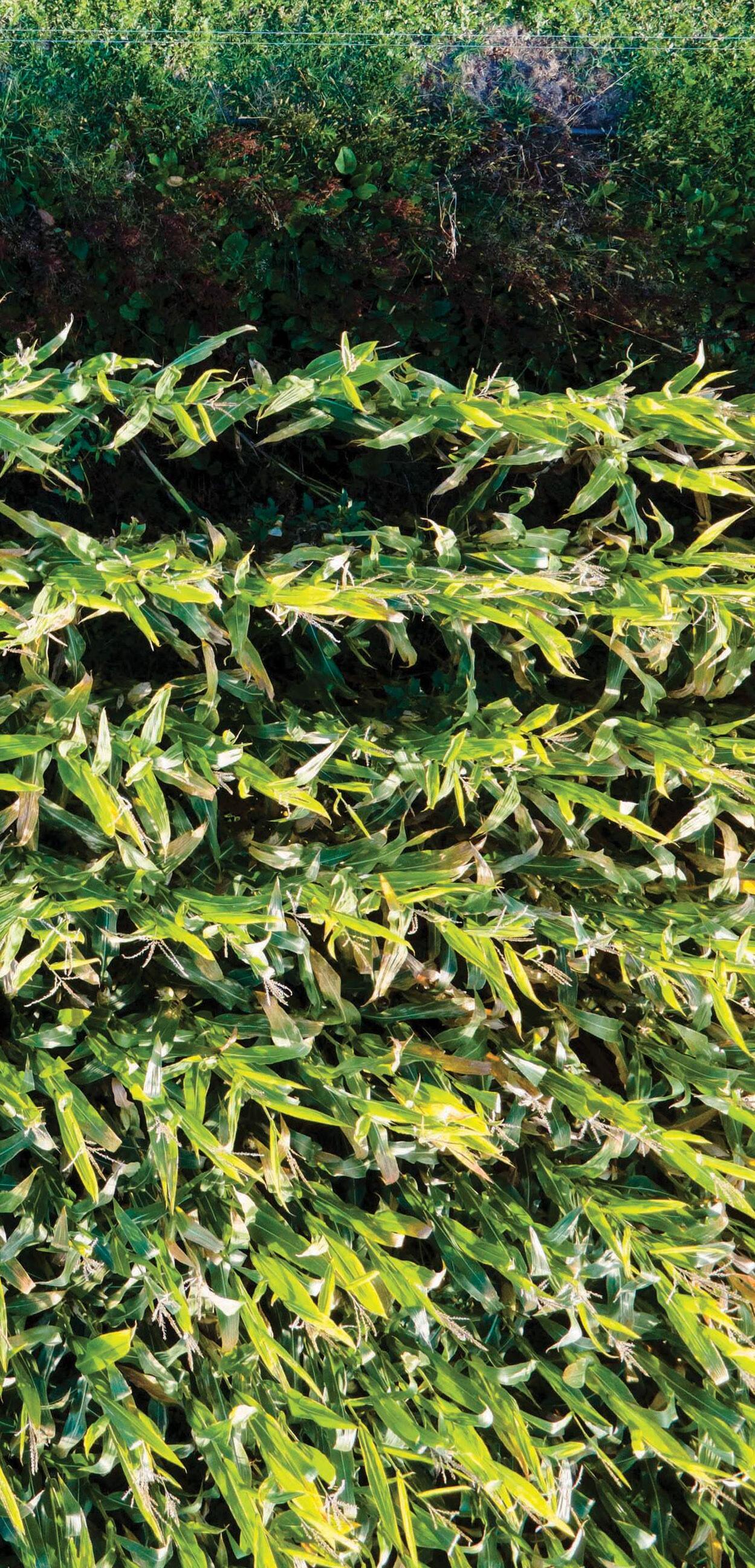
• Wheat production is forecast down by 36% to 25.4 million tonnes, 4% below the 10-year average.
• Barley production is forecast down by 26% to 10.5 million tonnes, 6% below the 10-year average.
• Canola production is forecast down by 38% to 5.2 million tonnes but remains well above the 10-year average due to estimated area planted the second highest on record.
Area planted to winter crops in 2023–24 is forecast to fall year-on-year but remain historically high at 23 million hectares, 4% above the 10-year average to 2022–23. This fall is mostly driven by a 6% decrease in area planted in New South Wales and Western Australia.
Area planted to summer crops in 2023–24 is forecast to fall by 15% to 1.3 million hectares. The fall in summer crop plantings reflects the expectation of below average rainfall and declining levels of stored soil moisture in key summer cropping regions in Queensland and New South Wales.
Source: Australian Bureau of Agricultural and Resource Economics and Sciences (ABARES), Australian Bureau of Meteorology.
Taranaki dairy farmer, father, rural advocate, public speaker and personal trainer Kane Brisco established Farm Fit NZ as a fitness class for his local rural community. It has since expanded into an online community of nearly 20,000. In this Q&A, Kane spoke to Rebecca Greaves about the importance of exercise, and some practical tips to support mental health.
The real essence is it’s been my tool for teaching me who I am, and who I can be. Sport and exercise, I see as a training ground for life. Push yourself into uncomfortable places, challenge yourself, compete if you’re that way inclined – it can teach you a lot of life skills. It helps you perform under pressure and stress, and learn to be calm, all those things we need to do on farm.
With boxing, the big thing I got from that was it was something to focus on 100%, so I didn’t think about the farm for two hours. It’s important to have that mental refresh and sometimes it’s the only break you get. When someone’s trying to punch you in the head, it’s a really good motivator to focus. If you’re thinking about the farm, you get beaten up a lot.
Commit to something off farm you enjoy. The mental refresh, you can’t put a value on that. It’s so good to just squeeze the farm out of your mind and focus on something entirely different. Being fit and strong helps on farm, too.
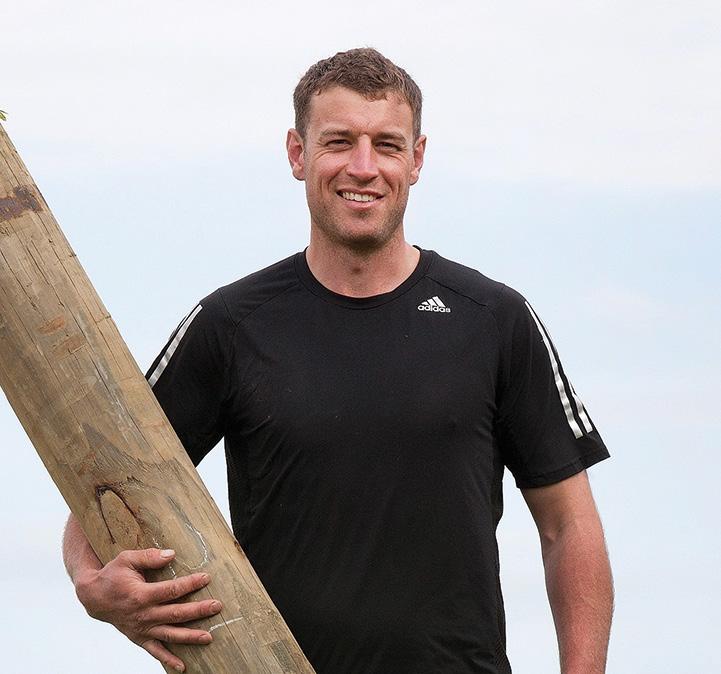
The two common barriers I hear are lack of time, and that it’s a physical job, I don’t need to work out. If you’re not into exercise and it’s not your thing, the biggest thing you can do is focus on what you’re putting in the gas tank.
The biggest bang for buck is electrolytes. As soon as you’re dehydrated, you’ll feel way more tired and your energy levels will drop. Protein is the other one that will help you recover and feel better and stronger. They are my two performance go-tos.
Do some active stretching every day.Yoga or Pilates for 10–15 minutes will help calm you down. Have a stretch, relax the nervous system and reflect on the day; that’s what I do if I’m too busy to work out. You will feel more rested mentally and physically and as poncy as it sounds, it’s not the worst thing to do for a farmer.
My good habits slide. Things like taking a water bottle with me and the food I eat. If I smash a packet of chocolate biscuits, that’s when I know. If I’m reaching for the sugar and watching TV instead of doing the things I should, that’s a sign I’m mentally overwhelmed.
In terms of my perspective, it’s if I’m starting to think negatively or if I lose my temper, which is less common these days as I’m getting older. Negative thinking and not having clear thoughts, when everything is muddled, that’s a sign. They are the three things I try to stay aware of.
The easiest and fastest thing to do in the moment is two or three minutes of breathing exercises. Then second comes water and quality food – trying to pick up the good habits again. Thirdly, I call it writing letters. Not journalling, but writing whatever is in your head and getting it out on paper. I have found that really powerful. I’m very poor at putting language to how I feel, so it’s a challenge. It’s powerful being able to name how you’re feeling, and for most of my life I wouldn’t have been able to do it.
I do think it is a matter of personal responsibility. Just being aware and asking yourself a couple of times a week, how are you going? We’re always asking other people, how are you? How often do we ask ourselves? So personal awareness – if you’re aware you can make decisions and take action.
The human biological stress response releases stress hormones throughout your body. These stress hormones trigger an effect that tells us that we must reach out to people – being with other people and being able to talk about what you are experiencing is what will help your nervous system to feel safe and in turn will reduce the negative feelings of stress. This also has the added benefit of strengthening personal relationships and developing your own empathy with others.
Stress. It’s one of those emotions and experiences that we just want to get rid of – yet the general consensus of messages we receive in society is telling us to do exactly that. I do want to acknowledge that there has certainly been a lot of stress being felt lately, particularly due to adverse weather events.
But let me make one thing very clear: as human beings, we possess a full range of emotions and we cannot make the ones we don’t like simply disappear. We must be willing to accept the difficult emotions along with the more positive ones – this is all part of the human experience and how we grow as people.
Understanding stress is to be aware that we need some stress to survive. It can help us increase motivation to do well at something, produce a healthy sense of competition, and to care about things enough to want to contribute your time and energy into something that has meaning for you. At the most primal level, it is what keeps us alive and prompts us to stay clear of danger. If you never felt stress, none of these things would matter to you, and you would cease to try.
Instead of engaging in the neverending struggle to get rid of stress, it is more helpful to change how you think about it. Research shows that just
changing your perspective of stress can reduce its negative effects. It is helpful to think of stress as an in-built mechanism to prepare you to meet challenges. Being able to rise up to meet a very difficult situation is something we all need at some point – and for people affected by the cyclone, there is no better time than now.
Being with other people can ensure you have mutual support – a win-win if you are all experiencing the same challenges. Surrounding yourself with others who care about you and being able to say how you feel is the ideal scenario. If you struggle to talk about your emotions, you will also experience huge benefits just being with people. However, if you are one to suppress your emotions, the effect will not be nearly as valuable. If you are in a position to help someone else or can volunteer your time, this will also ensure that a need is being
Stress is a natural human emotion. Rural counsellor Kathryn Wright says while we can’t eliminate it from our lives, we can change how you think about it.
addressed, and is something you do have control over, even when you might feel despondent about your own situation. Aside from this, if you are experiencing large amounts of stress that seem to be never-ending, it is so important that you find the time to honour and practise something you care about. These things are often the first thing to go when you are derailed by an adverse event. It’s also normal to tell yourself that you’ll get back to it when you feel less stress. I want to tell you that the time to restart whatever it is that gives your life value is now. It is making time for your sport, club, hobby, or whatever you place meaning on, that will eventually result in the reduction of stress.
Finally, I want to say that just as being kind to others is important, so is being kind to ourselves. It’s something
that often doesn’t come naturally, but the way we talk to ourselves matters so much. What you are going through is a hard thing. There’s no manual for this. It would be normal to have times where you feel despondent, angry, hopeless or resentful. Allow these emotions to be there as part of being a human who is reacting in ways that are totally understandable.

The best thing you can do is acknowledge how you are feeling and reach out for connection with others who might be feeling the same.

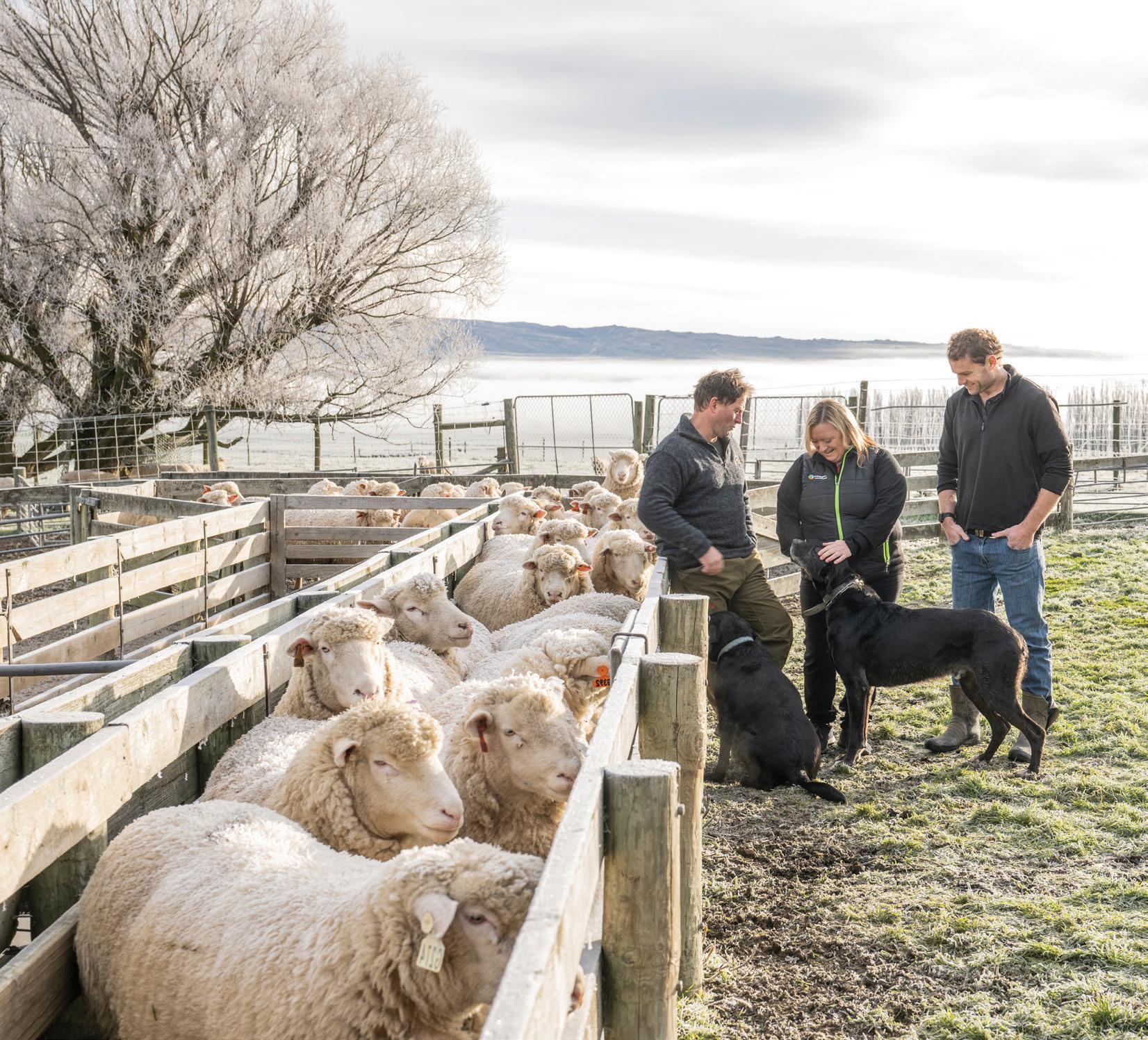
Watch out for the signs of unhealthy stress. A mixture of feelings can happen such as feeling overwhelmed, losing control or getting wound up. One of the biggest signs of stress is irritability.
People lose their tolerance and little things start to bug them a lot more.
Other signs are when our thinking becomes a bit jumbled and intrusive with our thoughts jumping from one topic to another. Often we repetitively think about outstanding tasks or concerns e.g. “How am I going to get everything done.”
That intrusive kind of thinking can be draining. On the physical side it often means we’re not sleeping well or waking up during the night thinking about what we’ve got to do the next day.
Make a plan. If you’ve got a bit on your plate or have a busy time coming up it’s about being proactive and coming up with an action plan.
Instead of trying to do everything, ask yourself ‘what are the one or two top things I need to work on right now?’ Is it de-stocking, fertiliser, getting extra staff on – what’s going to make the biggest difference?
Focus on the top two things and park everything else.
Once you are feeling back in charge your stress levels will go down. Look after yourself. When people are under pressure the things that go out the
window are often the factors that keep us well. Things like exercise/sport, leisure activities, sleep, healthy eating, taking breaks, socialising with others and contributing to the community. These are the things that build resilience and help us cope with pressure.
If you want to stay on top of your game, you’ve got to be proactive about your health. If there is a situation where you feel really wound up, take yourself off for a quick break and do something distracting – reducing the chance that you will ‘lose your cool’ at someone or something.
If you want to stay productive and sustainable as a person on your farm, you’ve got to have breaks and inject recovery periods. Think of the All Blacks in the World Cup, how they built up
to compete each week. They wouldn’t go out and play another game two days later. Within each week, tournament or World Cup they built in recovery periods to their schedule.
It’s no different with farming. Getting off the farm – whether it's hunting, a catch-up with mates, motocross or kids’ sport – gives you respite and recharges your body.
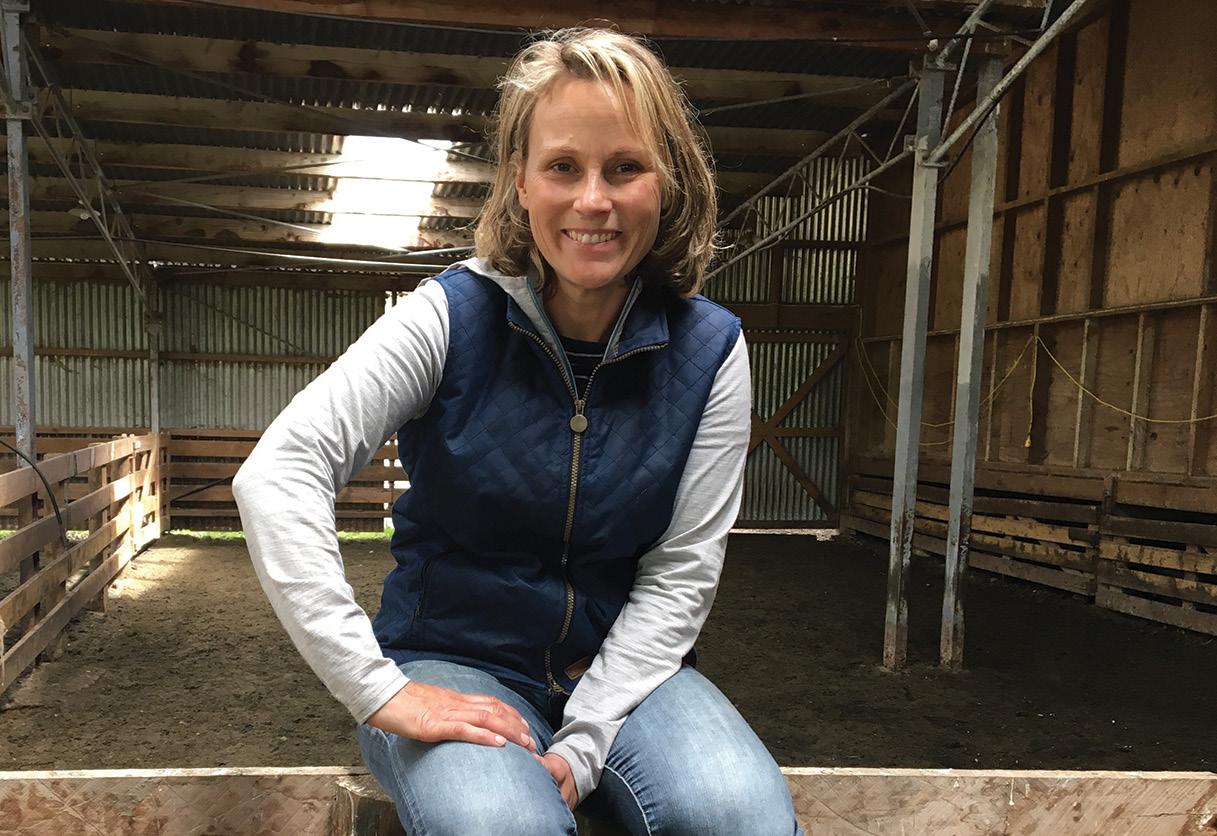
When your body is under threat from being too busy or mentally pressured, it releases stress hormones that increase your arousal level, pepping you up and making it hard to relax or sleep well at night.
To bring this arousal down again, try exercising (in the day), deep abdominal breathing and other relaxation techniques.
Helpful thinking is about catching negative thoughts and then thinking about the situation in a more helpful way. An example of helpful thinking would be, ‘Yes, it’s a tough year with drought, but the long range forecast is more promising and every farmer in this area has been through this before and got through okay. We’ve just got to tighten the reins and learn what we can for next time.’
Helpful thinking gives you better balance and helps contain distress. Talk to others, stay connected. If you are struggling to cope with stress, that's when it’s good to talk to others about it.
SURROUND YOURSELF WITH PEOPLE WHO ARE UPBEAT, PRAGMATIC AND ABLE TO GIVE YOU A DIFFERENT PERSPECTIVE
That can change the way you look at a situation. Connections with family and friends, professionally and in your community, are a big part of staying well. Everybody needs to be able to call on extra resources from time to time.
Managing stress as a couple is about talking through issues together, formulating a plan and sharing the load to get things back on track. It’s all about awareness, realising when you or your partner is under pressure and coming up with a plan. Make breaks and time off-farm part of your business plan. Don’t think of recovery time as a luxury, think of it from a business perspective.
To find out what else could work for you and your team, head to farmstrong.co.nz for free farmer to farmer wellbeing tools and resources.
“IF YOU WANT TO STAY ON TOP OF YOUR GAME, YOU’VE GOT TO BE PROACTIVE ABOUT YOUR HEALTH."Clinical psychologist Sarah Donaldson.
Anew scientific report from the Universities of Oxford and Cranfield raises serious questions about the ambition of New Zealand’s methane reduction targets and whether Kiwi farmers are being asked to do more than their fair share.
The global understanding of climate change science has evolved significantly since New Zealand’s targets were set in 2019.
With the Climate Change Commission (CCC) set to review New Zealand’s methane reduction targets in 2024 in line with the Zero Carbon Act, Federated Farmers, B+LNZ, and DairyNZ commissioned this research to help inform the conversation and are asking the CCC to take this new research into account and set targets based on a climate warming approach. This research will help work out the most appropriate way agriculture can contribute to New Zealand’s climate goals.
The study, led by internationally respected climate scientist Professor
Myles Allen, measured the warming impact of New Zealand’s current methane targets.
Allen is a Professor of Geosystem Science at the University of Oxford, Director of the Oxford Net Zero Initiative, and has been described by the BBC as ‘the physicist behind net zero’.
“The report tells us that the current reduction targets could see methane offset all of the expected additional warming from carbon dioxide and nitrous oxide from the entire New Zealand economy,” says Jim van der Poel, Chair of DairyNZ.
“Essentially the current targets would see New Zealand peak its warming in the 2030s and reverse back to 2022-27 levels which is well ahead of most other countries which are currently aiming to achieve peak warming (‘net zero’) from 2050.
“The research is a critical contribution to the conversation about climate change and raises serious equity concerns for farmers who may be being
asked to do more of the heavy lifting, and bear more of the cost, than other parts of the economy.
The study also considered what level of reductions would be required for methane from New Zealand to make no further contribution to global warming.
“The report found that if other countries meet their existing emissions reduction commitments, then a 15% reduction in methane would see New Zealand methane contribute no additional warming from 2020 levels,” says Kate Acland, Chair of Beef + Lamb New Zealand.
The report notes that if countries significantly increased their current levels of ambition a reduction of up to 27% may be required.

“This is significantly lower than the current methane reduction range of 2447% and demonstrates the importance of taking a warming-centred approach to emissions reduction.
“The current methane reduction targets have been a real point of contention for most farmers who have felt like they’ve been asked to go further and faster than needed – that’s why this review is so important,” says Federated Farmers President Wayne Langford.
“For years farmers have been told that we’re responsible for half of New Zealand’s ongoing emissions, but this report clearly shows that we’re not responsible for half of the ongoing warming – and warming is what we’re trying to prevent.
“Farmers have been making huge progress in reducing our environmental footprint and our methane emissions have been stable or declining for the last decade.
B+LNZ, DairyNZ and Federated Farmers will continue to inform farmers and New Zealand communities about warming impacts ahead of the Climate Change Commission’s public consultation in 2024. Farmers will then have the opportunity to have their say on the Commission’s advice on targets in 2024.
On June 24. 2023, the national register for firearms was launched.
Sitting under Te Tari Pureke, Firearms Safety Authority, it is claimed the registry is one of the ways to strengthen the management of firearms and other arms items in New Zealand, following major changes to its firearms laws made after the 2019 terrorist attacks on some of Christchurch’s mosques.
In the wider picture of the agriculture industry, some rural firearms licenceholders may view the changes as merely more rules to follow and more forms to fill out, adding to the growing list of industry requirements on their plates.
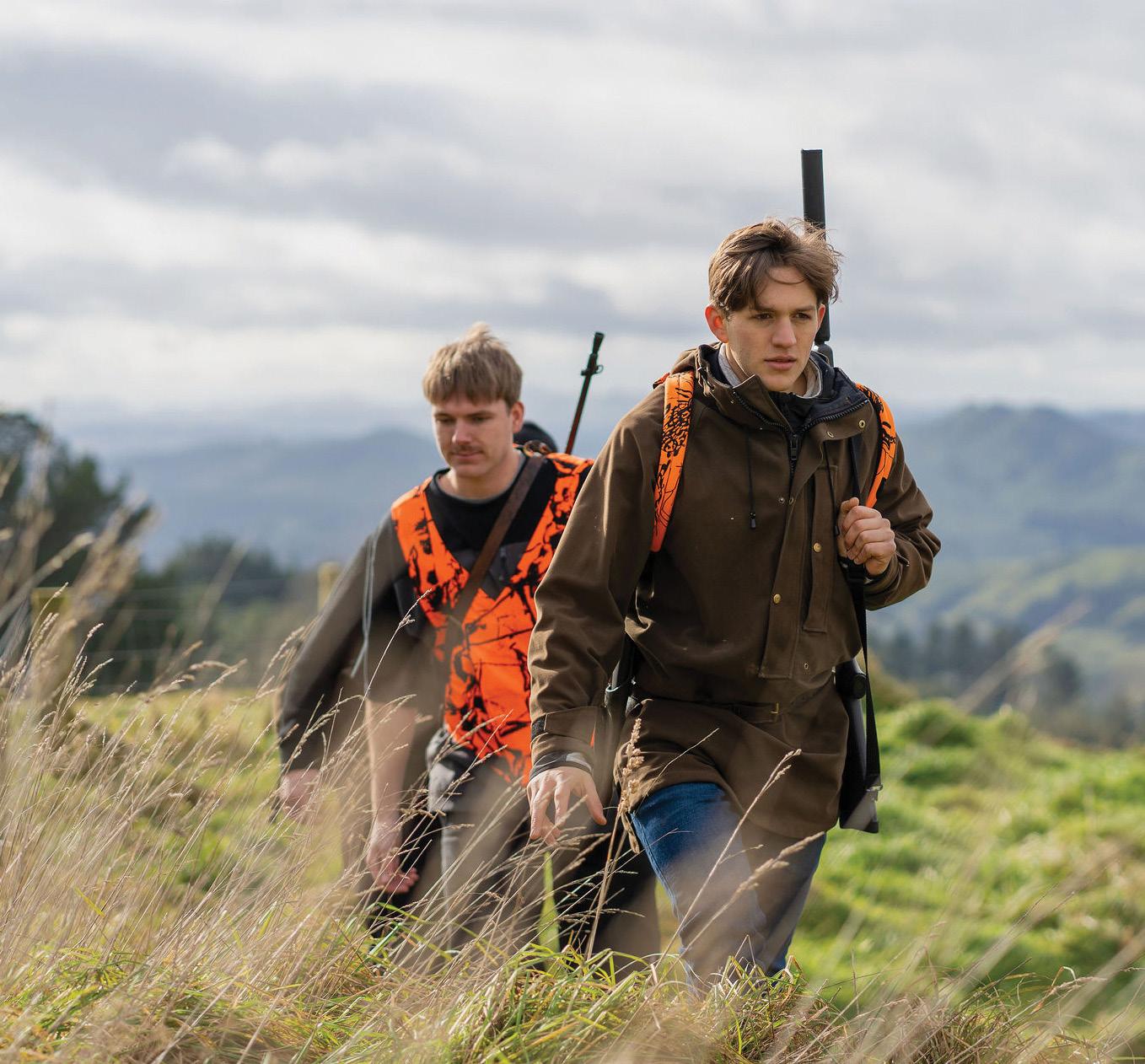
This has been acknowledged by the organisation. Ewan Kelsall, partnerships
manager for Te Tari Pureke, says keeping on top of change can be tricky for some, so a big effort has gone into a userfriendly website, or people can call a toll-free number.
“It’s important you meet your requirements as a firearms owner, if you need help with the register call Te Tari Pureke 0800 844 431.”
Rurally based, a former Federated Farmers representative and with a keenness for hunting, Kelsall identifies the Firearms Registry as a major change, all licence holders now required to register each firearm after an ‘activating circumstance’ such as a licence renewal or a change of address.
“But once it’s done, it’s done,” Kelsall says.
The rule around the storage of firearms and ammunition is another significant change made in June, each now must be stored separately, with separate key storage too.
“The website has the rules outlined simply, as reminders to meet your obligations and meet good safe practice.”
The revised rule around transport of
firearms has farmers’ convenience in mind, where they can waive the rules of using a locked container and having the firearm out of sight while they are carrying out farming duties.
“But if you’re away duck shooting or hunting for the weekend at a friend’s place, the transportation rules must be followed.”
This includes having the firearm and ammunition locked away separately.
Kelsall says the seven rules of firearm safety are a great guide, for experienced firearm users and newer licence-holders. One main change is the description around having a cartridge chambered only when ready to fire.
“It’s all about minimising risk, about being on the same page,” he says, adding a reminder that the new firearms safety code can be downloaded from the website, for free.
When it comes to the administration side of things, Kelsall says being organised and planning ahead is key. He advises reapplying for a licence up to four months before the licence is due to expire.
“We really recognise the importance of firearms in the rural sector. Applying for your licence before it expires makes the process easier and quicker for everyone, so put it in the calendar well ahead of time.”
The website also has information about mentors, training courses, health and wellbeing, firearms safety e-learning, and plenty more useful tools.
“It’s all about trying to be fair, we are very conscious of how important it is to make this achievable for everyone who is eligible for a firearms licence.”
For more information go to firearmssafetyauthority.govt.nz
Covid put the kibosh on her trip two years ago, but in July this year Alison Robertson finally got away.
WE WERE TAKING A RISK – TWO, ACTUALLY. GOING ON AN organised tour and travelling with a couple we’d never travelled with before. Thankfully, both worked out fine. Our destination was Canada – Vancouver and the Rockies.

First, we explored Vancouver. Our hotel was in the city’s rainbow heart. Even the pedestrian crossings (crosswalks if you’re local) were rainbow on Davie Street, rainbow flags hung from balconies and window displays were also Roy G Biv. People-watching required a wide-open mind. It was a handy part of town to stay in, with a 24-hour drug store, lots of cafes, restaurants and cannabis shops, close to the sea, to Stanley Park, to downtown, and Canada Place – a major tourist hub. It was easy to buy a local bus pass to get around. There are also hop-on, hop-off ferries – think Little Toot – that can take you around the harbour to various destinations, including Granville Island. But get to that destination early. It gets crazy.
Then the bus tour. We headed over the Fraser River and up the Fraser Valley. There were logs in the river – hadn’t seen that since reading Richard Scarry’s Busy World “Unlog that log jam loggers”. The logs aren’t sent down in their
thousands like the old days but the river provides a direct route to sawmills and pulp-and-paper mills along its banks and serves as temporary freshwater storage before shipping overseas. Forestry, mostly lodgepole and ponderosa, is still big in Canada, and they let the fires roll through in a lot of cases to help get rid of the very old ponderosa (some are more than 80 years old) and to help regeneration. Pine beetle is a problem, and while they still clear fell, foresters are encouraged to plant more varieties when replanting to help improve biodiversity above and below ground.
The Fraser Valley is an important food source for the country. Berries aplenty, potatoes, dairy, poultry, mushrooms, hydroponics. Its fertile land cannot be developed for anything other than food production, so houses and commerce are creeping up the hills.
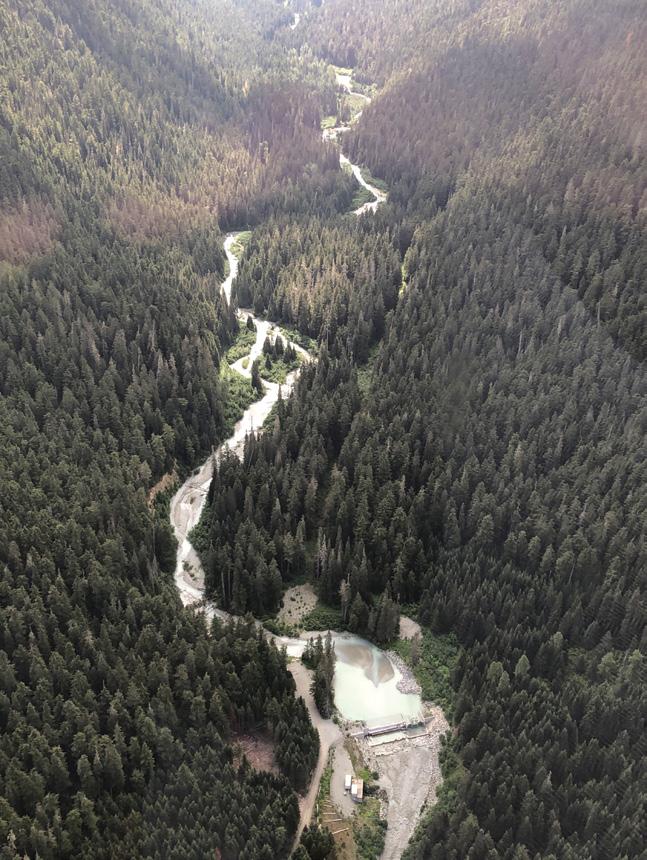

We went close to Douglas Lake Ranch, Canada’s biggest cattle ranch, now owned by Americans. It has 120 fulland part-time employees and a cattle herd of about 20,000. They breed their own quarter horses too. https://www. douglaslake.com/ranch/
The next few days were focused on the mountains and lakes and mountain towns – with photo opportunities around every corner. Mount Robson is the highest peak in the Rockies at 3954 metres. So high it creates its own weather pattern. First Nations people believe it’s the stairway to heaven.
We were promised sightings of bighorn sheep. I asked at Clearwater info centre about nearby Aveley sheep ranch, the oldest and largest family-run ranch in British Columbia and with the only alpine grazing block left in Canada –sheep sometimes grazing as high as 2400 metres. The people at the centre looked blank; told me to look on Google. https://aveleyranch.com/
We walked on glaciers, watched waterfalls, rode gondolas, circled lakes, rafted down rivers. We saw bears and elks and ospreys, but no big-horn sheep
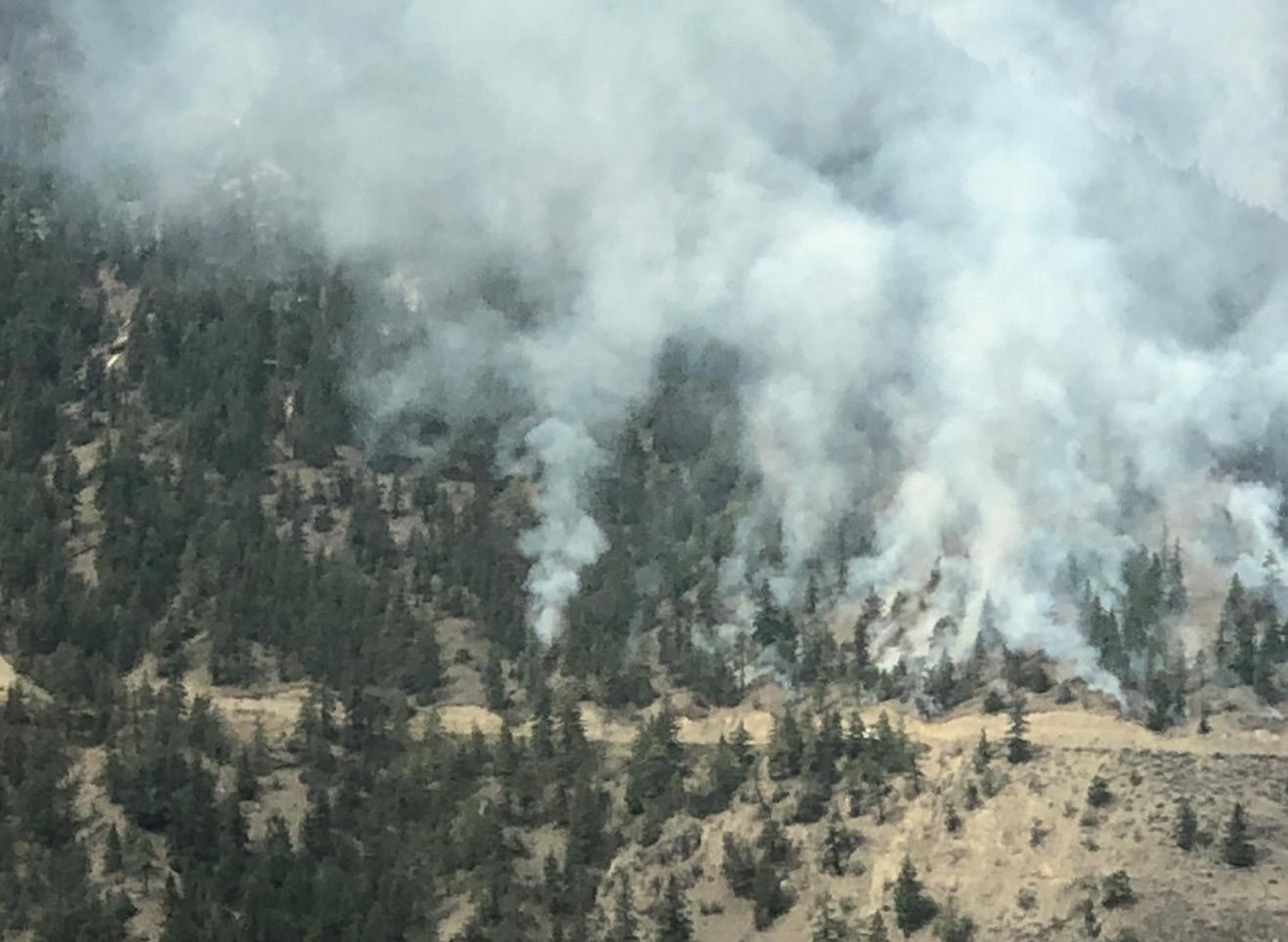
“...AND THEY LET THE FIRES ROLL THROUGH IN A LOT OF CASES TO HELP GET RID OF THE VERY OLD PONDEROSA (SOME ARE MORE THAN 80 YEARS OLD) AND TO HELP REGENERATION”Wild fires burning in the Rockies. Below: Always a highlight to see a bear up close; View from the Peak 2 Peak gondola, Whistler.
or mountain goats, no hummingbirds or bald eagles. You can’t have it all.
Some of the national parks are now fenced along the highways as hundreds of animals were being killed each year as they crossed the big roads. At a cost of about Canadian $2.3 million (NZ$2.8m) each they have built animal-only overpasses so creatures large and small can safely cross to the other side.
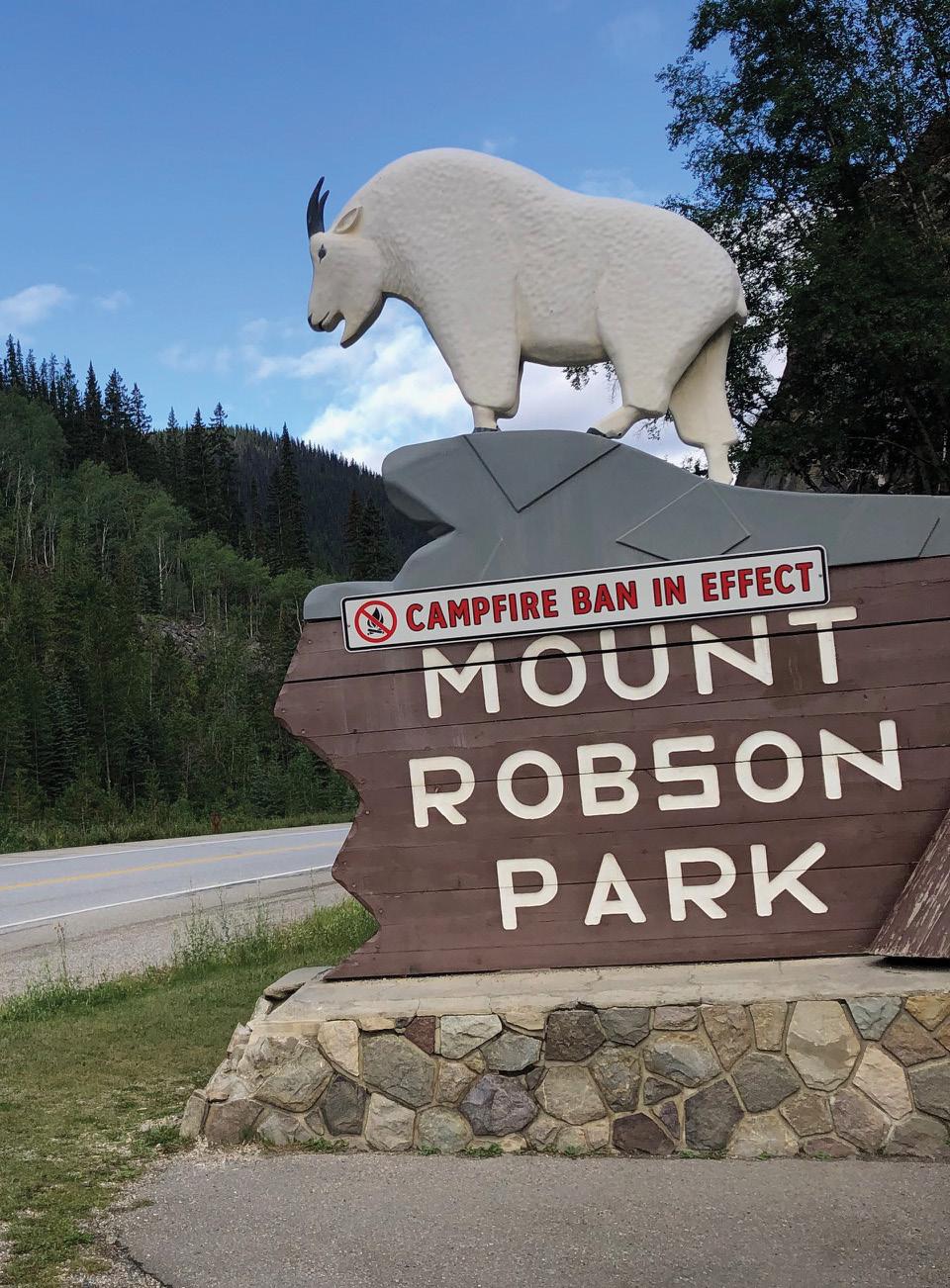
Buffalo and bison are being reintroduced into Banff National Park and there are breeding programmes in place to increase elk numbers.
We judged the bus tour a success and after sailing to Vancouver Island, “doing” the Butchart Gardens and exploring a little of Victoria, BC’s capital, we returned to Vancouver for a train to Seattle. We had a Bryan Adams concert to get to at the Climate Pledge Arena. It was the last night of Bryan’s North American tour, and yes, I know, I could’ve seen him in Tauranga not so long ago, but he was a good excuse to visit Seattle – see the Space Needle, Chihuly glass (wow), do the underground tour and visit the Museum of Pop Culture. Bryan was great by the way.
Travel. I’d recommend it.

45 Years of recorDeD BreeDing roMneY & Poll Dorset raMs
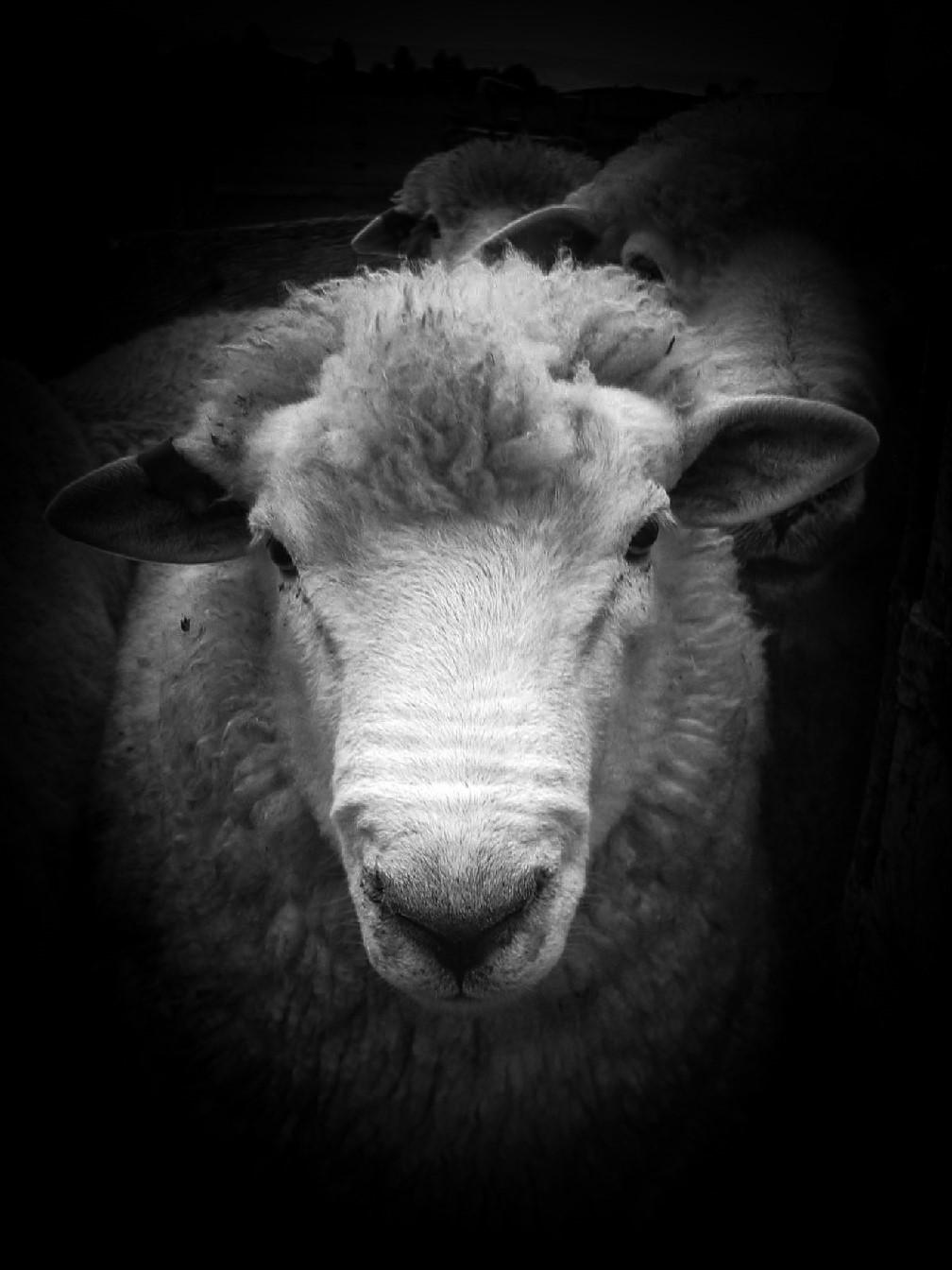
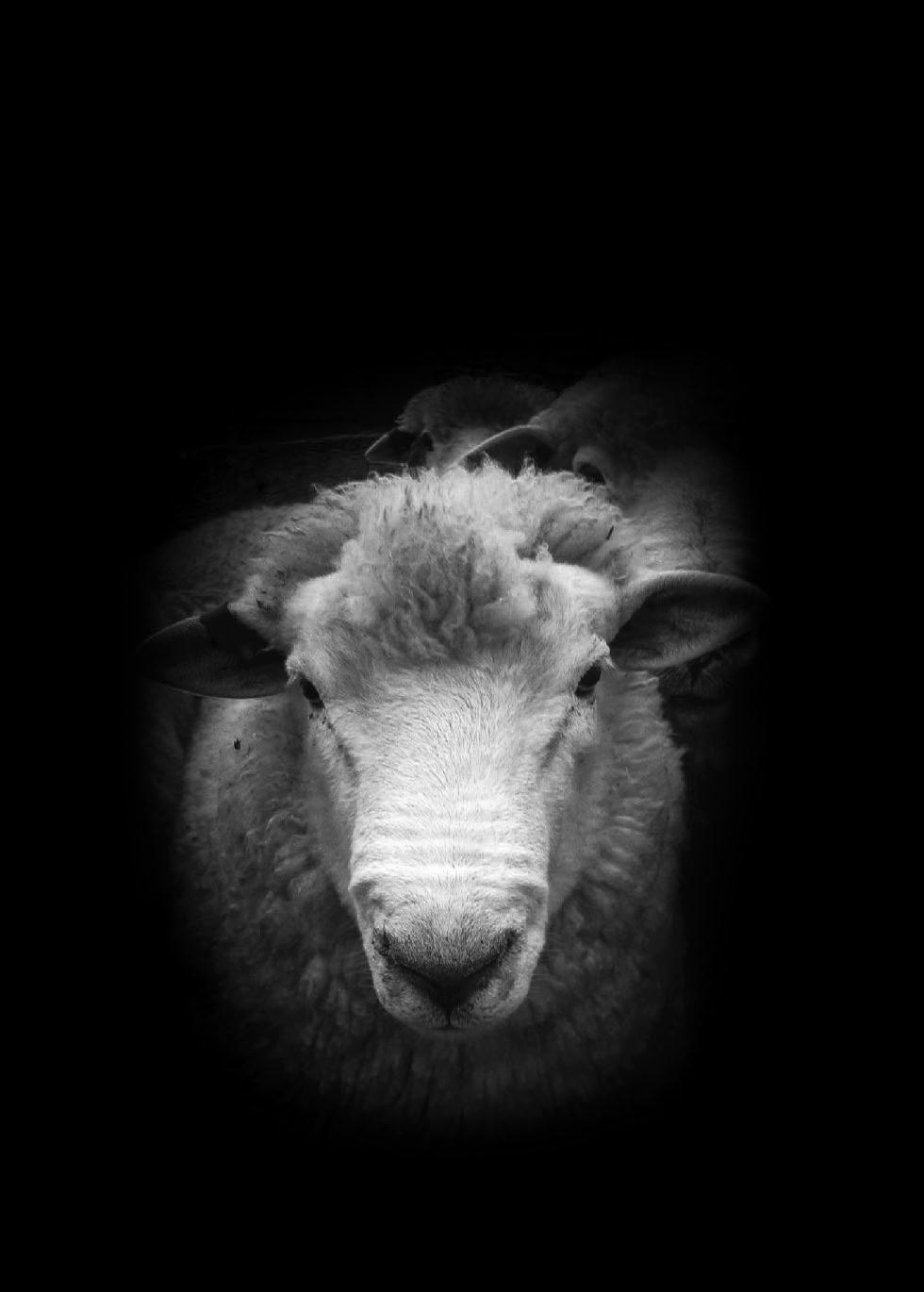
ROMNEY & POLL DORSET RAMS
DURABLE RECYCLED LOW-COST NZ MADE SMART INNOVATIVE
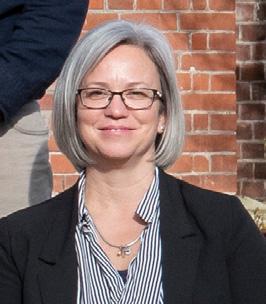
Thanks to your support, Repost is proud to have re-purposed 4,852 tonnes of viticulture waste from landfill; enabling 3,714 km of low-cost farm fencing from Northland to Southland. Contact us today!
1.8m $3.85 $3.25 1.6m
Breeding High Performance, Low Input Sheep
Breeding High Performance, Low Input Sheep


Moutere Downs Romney romneyrams@gmail.com
Moutere Downs Romney romneyrams@gmail.com
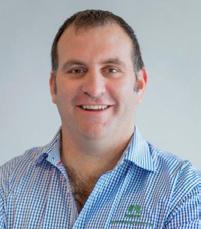

The Kellogg Rural Leadership Programme develops Food and Fibre leaders with the skills, confidence, awareness and networks to think and act strategically.
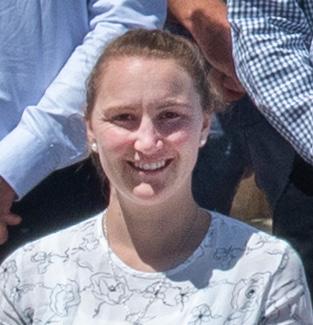

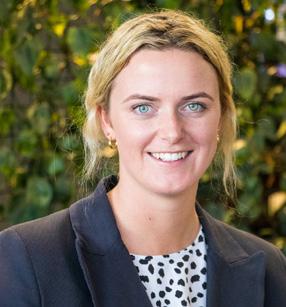


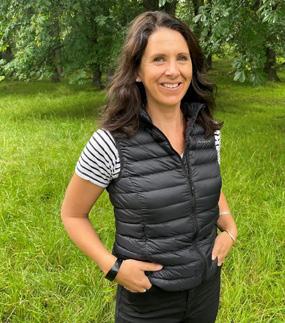
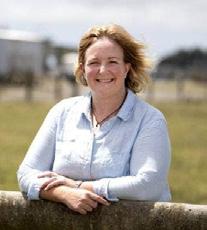
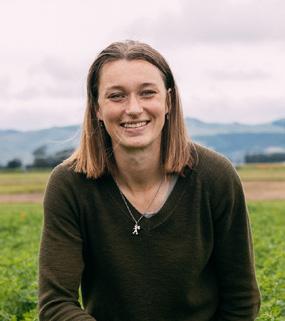


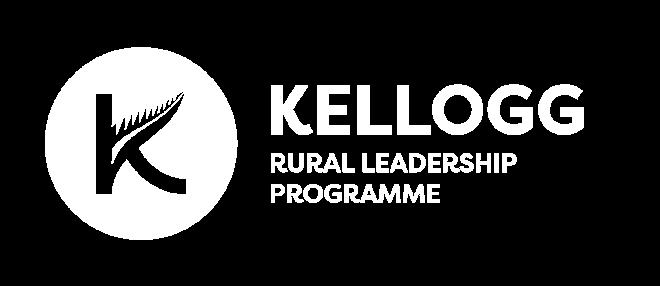
The Programme is for farmers, foresters, fishers, growers and agribusiness professionals who have a desire to contribute to their community, profession and industry.
Programme One 2024 , Lincoln, 23 Jan start.
Applications close 22 October 2023.
Programme Two 2024, Lincoln, 18 June start.
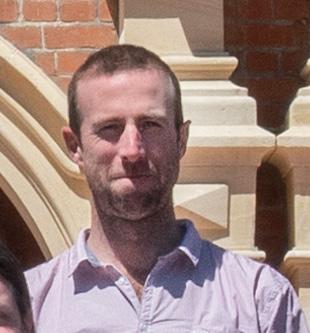
Applications close 14 April 2024.
To find out more or to apply visit ruralleaders.co.nz/kellogg
We also provide pointed posts. Prices exclude GST




Trimmed Half Rounds unpointed
Quarter Rounds unpointed
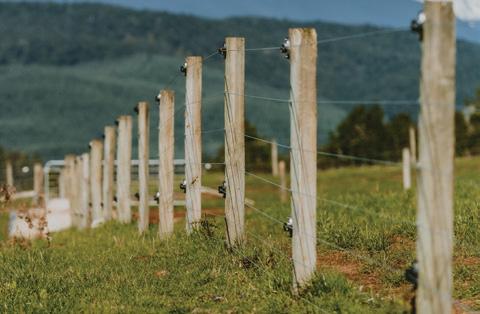
NOW expanded into Hawkes Bay
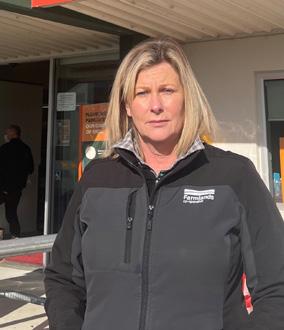


customerservice@repost.co.nz 022 525 0130 repostnz
www.repost.co.nz
Thanks to your support, Repost is proud to have re-purposed 4,375 tonnes of viticulture waste from landfill; enabling 3,530km of low-cost farm fencing from Northland to Southland. Contact us today!
1.8m $3.85
Trimmed Half Rounds unpointed
We also provide pointed postsPrices exclude GST

www.repost.co.nz

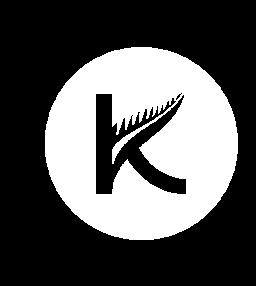
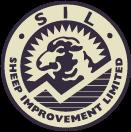
customerservice@repost.co.nz 022 525 0130 repostnz




It was supposed to be a non-shearing holiday for Paul Harris when he flew to England recently for his son’s wedding. But as one of only 19 World Sheep Shearing Record Society (WSSRS) referees on the planet, his services were called upon for a world sheep shearing record attempt.
By Annabelle LatzANY ATTEMPT
for sheep shearing has to tick a few boxes. Eight pages of them in fact – as set down in 1983. Having an international judge present is one of them.
There was a cold wind that day, Friday August 4 in the village of Abbey Dore, Herefordshire, the mercury sat in the mid-teens, the rain had stopped.
Attempting the eight-hour world record for strong-wool lambs, the young Englishman
Steven Rowberry shore 706. That was a fair few short of the world record of 754, held by New Zealand’s Jack Fagan from King Country who’d set the record on 22 December 2022. Just two days earlier fellow King Country shearer Reuben Alabaster, only 19 years old, had scribed his name in the record books, shearing 746. His glory may
have been short-lived, but it’s in the Guinness Book of World Records forever.
“Rowberry had a long way to go, he had to be two seconds quicker per sheep,” Paul says, explaining that the Englishman took an average 40 seconds a lamb but had to be hitting 38 seconds to hit the mark. But he did set a British record.
Paul says there is a lot more to attempting a world record than just turning up on the day.
The lambs can be crutched, but only to the size of a hand’s palm, and a template is used to regulate that.

Twenty lambs are randomly selected and shorn for a wool-weight check.
At least 90% of them must have a top knot, and the wool must weigh 0.9kg for each lamb, averaging 18kg over 20 lambs.
There are four judges involved for a single stand record, who spend up to four hours the day before setting up and checking the shed. The pen must hold 22 sheep, the flow has to be that of a woolshed, which can take some creativity in Britain where they use mobile stands.

World record attempts are for lambs, ewes, wethers, merinos, blade shearing, all including men’s and women’s records, and multi stands.
It is based around a working day. An eight-
hour attempt is four two-hour runs; the day starts at 7 or 7.30am, with half an hour set aside for two smoko breaks and an hour for lunch. For the nine-hour attempt, the day begins at 5am; after two hours of shearing there is an hour break for breakfast, then four 1hr 45min runs, with smokos and lunch dotted in between.
“The old nine-hour day was the standard back in the day,” Paul says.
The judges count out every half hour, assessing for quality of shearing. They have the
power to subtract any sheep from the tally that are not shorn to an acceptable standard.
“The welfare of the animal is paramount. And this rule also keeps things fair for all competitors.”
Paul says it’s an impressive sight, seeing shearers in action. The body language at the end of their mammoth effort is always the same, whether they’ve achieved a new record or not.

“They are destroyed. Some say it’s like running two marathons. They’re in another world somewhere when they’ve finished.”
Paul, 65, has been judging world record attempts for 17 years in New Zealand, Australia and Britain. He says he’s judged about 35 attempts and about half have been successful. All judges are based in New Zealand, Australia, the UK or South Africa. Along with one other, Paul is the most experienced judge and represents the countries included in the WSSRS.
The WSSRS’ shearing records are the only ones recognised by the Guinness Book of World Records.
“It’s such good fun.”
Judging via Zoom and live stream happened three times during Covid, including the current men’s nine-hour strong wool lamb world record holder, Englishman Stewart Connor, in July 2021, shearing 872.
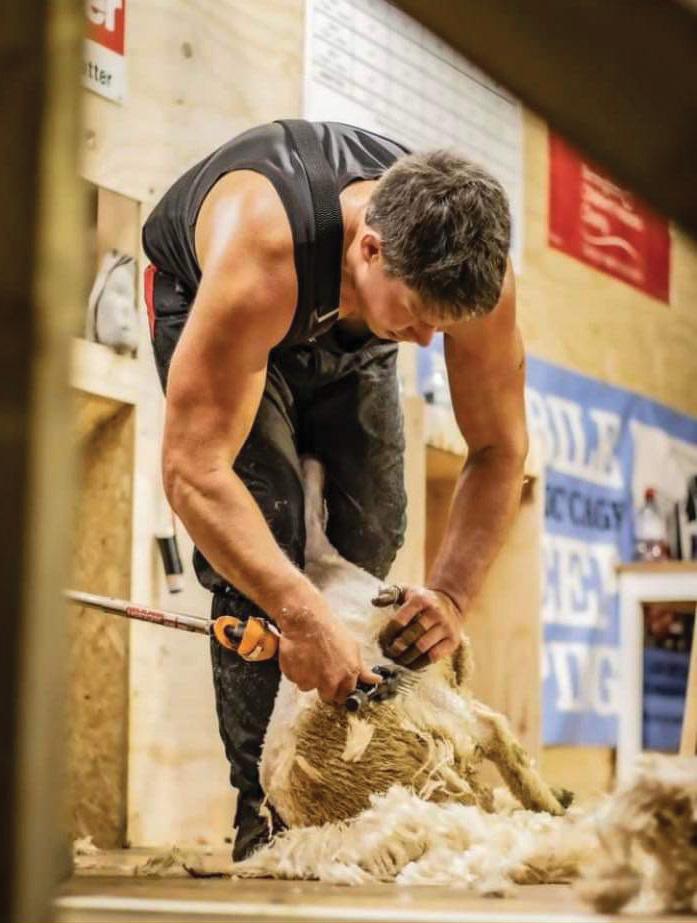
“I tell you, it was interesting.” Staying up all night was tough for Paul, but luckily the Tokyo Olympics were on to provide good background distraction during the breaks.
Things don’t always go to plan though. Just before Covid, Paul flew to England for a world record attempt, but the wool weight on the sheep was not sufficient. Very hot and dry conditions meant the wool had lost its grease, and the best wool weight achieved was 29.68kg over 10 ewes, but the rule was 30kg from 10 ewes.
The attempt didn’t take place. It’s unfortunate moments like this that put the enormity of the event into context.
It costs about US$3000 to attempt a single stand world record, plus meals and accommodation for the judges.
Mental toughness is massive, and competitors spend a lifetime training with the handpiece, as well as putting in extra effort with cardio fitness. Their diet is impeccable.
“It’s not a case of just turning up on the day.”
Prize money is not a draw card. A world record holder gets their name Guinness Book of World Records, plus a certificate.
“The sacrifices they make are quite incredible.”
Co-operation from the farmer is also huge. Once in the King Country 4000 lambs were needed, so a farmer shepherded 15,000 ewes with lambs at foot from throughout the station to central yards. A massive draft took place.
In England they rely on multiple farmers to supply stock.
“We always talk about record shearing speeds, but the sheep have to be good for shearing too.”
Romneys or Romney crosses are commonly used for New Zealand competitors.
Paul first held a handpiece as a 17-year-old and was a full-time shearer for 25 years in Waipara, North Canterbury.
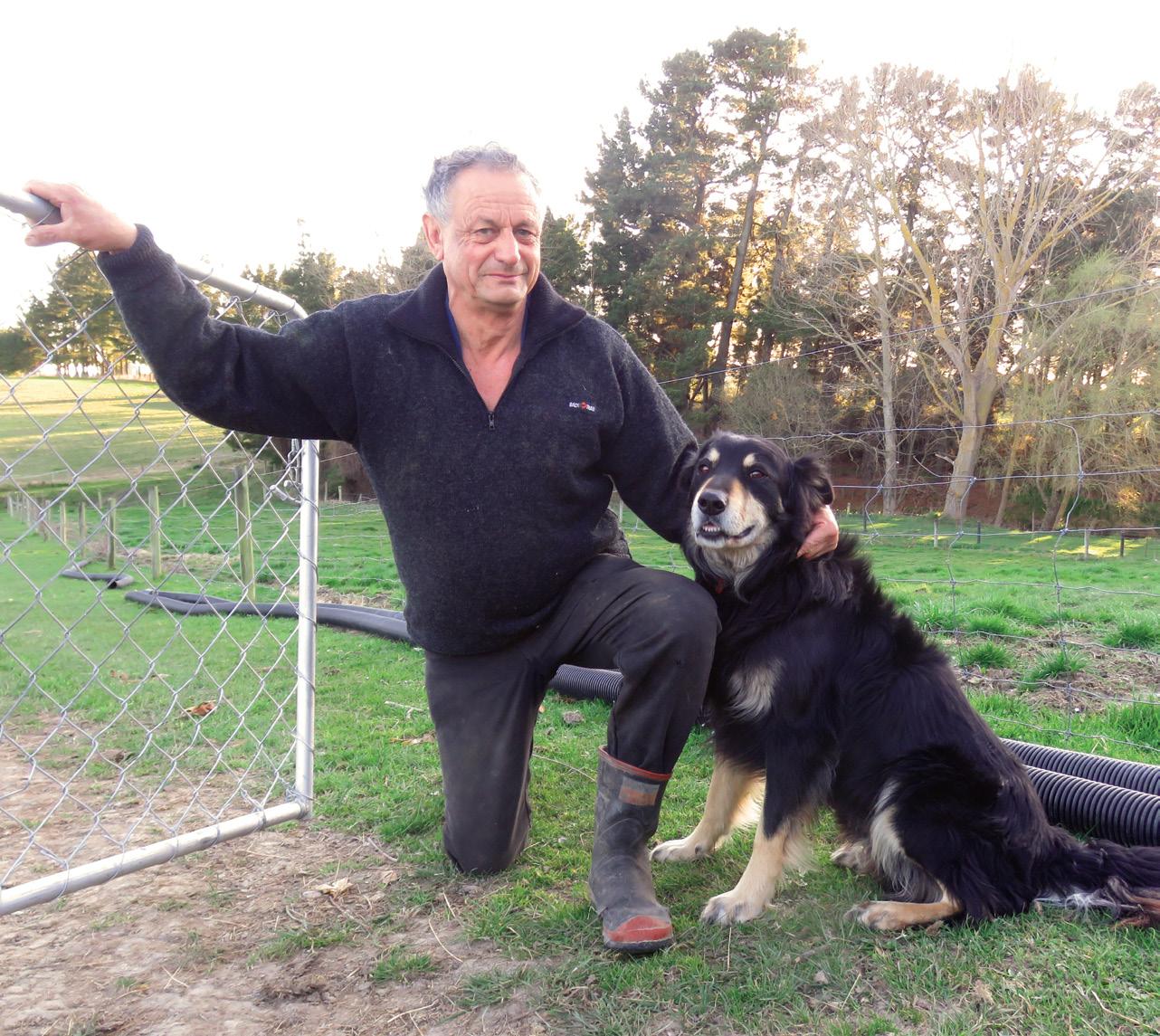
He owned a shearing business too, which he sold seven years ago, during and after being on the handpiece.
With 20 shearers under him, they shore about 750,000 sheep.
“In Waipara we could shear 80% of our sheep within 20 minutes of home.” That would now be about 20%.
Competitive shearing took Paul around New Zealand, once taking home the Open title from
North Canterbury’s Amuri A&P Show. His administration roles as chairman of both the WSSRS and South Island Shearing Sports also keep him busy.
He’s looking forward to judging the South Island competitions on the New Zealand circuit this summer and attending three of the seven world record attempts booked between December and February, dotted around New Zealand.
Five of these seven attempts will be for women’s titles. The number of women in competitive shearing has increased in recent years.
“They’re keen to learn, and they’re very neat and tidy,” Paul says.
Their world record numbers are not too far behind the men.
New Zealander Megan Whitehead, (Gore, Southland) set the current nine-hour world record for strong wool lambs in January 2021, shearing 661.
New Zealander Sacha Bond (Fairlight Station, Northern Southland) set the current eight-hour world record for strong wool lambs in February this year, shearing 601.
“They’re taking it to the next level.”
“THEY ARE DESTROYED. SOME SAY IT’S LIKE RUNNING TWO MARATHONS. THEY’RE IN ANOTHER WORLD SOMEWHERE WHEN THEY’VE FINISHED.”
GREG COPPELL HERE, FOUNDER of Repost. Some of you may have seen me at Fielddays this year, some of you may have never heard of us! To break it down, Repost is essentially a recycling company of broken vineyard posts.
The viticulture industry breaks H4 #1 vineyard wooden posts every harvest at ground level. Estimates are about one million posts are broken each year in New Zealand. Previously, posts were stockpiled on vineyards, went to landfill, were wrongfully burnt or small amounts were sold for cash in the hand as is.
Today Repost works alongside vineyards nationwide to turn their waste into a second life cycle on farm fence lines. Feedback generally is our low-cost fence posts starting at $3.25 allow for larger volumes of pastoral development. At a time when every dollar counts, this is vital.
Giving a backstory (bear with me)during Covid lockdown on a shoestring budget I filled up my eight-wheeler multiple times with these posts and began fencing 30km of my sheep and beef farm at St. Arnaud, Nelson. My wife Danielle and I bought a rough 500 hectares farm in eight large blocks and we needed to split them into smaller, productive blocks. I found the clips/nails often got in the way, so I was pulling them out with a hammer or grinding them off for flush wire installation.
After a battle with yet another nail, a second grinder buggered and the fact it was too time-consuming, I brainstormed with my father Allan over a pot of tea.
We mocked up a portable hydraulic nail puller that could, with a little luck, pull the 14 clips/nails off the post. After a lot of trial and error it worked, and soon neighbouring farms and friends
wanted the posts too. Word spread and we realised we could supply a consistent product on a commercial scale.
These recycled posts meet H4 industry standards, are seasoned, which makes them dry, light, stable and we grade them to meet the level you and I need them to be: fit for purpose. Many customers have used them in all terrain, all applications and all installation forms.
We sell H4 treated 1.6 or 1.8-metre length grade 1 posts. Being ex-vineyard posts ¼ rounds are 90-115mm and ½ rounds 140-175mm. You can have them pointed, but we mainly sell them docked. We then bundle them (1/4 rounds in 60s or ½ rounds in 50s) and sell them to farmers direct, nationwide. We have also recently added batten droppers at 800mm and 1.2m lengths.
With this year’s cyclone events, we have wanted to roll our sleeves up and help. After working alongside Rural Support Trust and Federated Farmers, successfully getting unit loads of our posts to many areas, Hastings Regional Council made contact with us to see if we could be part of the clean-up.We are glad we can be part of helping the community in Hawke’s Bay by recycling waste and creating a valuable product for the rural sector.
We realise we haven’t reinvented the wheel; we have just tried to create a resource for farmers nationwide to repair cyclone damaged land, add in green belts or fence off wetland and waterways.
Many of you will shop around and have accounts with your local rural merchant. However, contact us for a quote next time to benefit from our low-cost, sustainable products. Battens starting at $1.50, and posts starting at $3.25 excluding GST.

SLUGS COULD BE A MAJOR threat to newly sown crops and pastures this spring, thanks to a wet summer and mild autumn last season.
“Potentially, the risk is massive,” warns Nufarm technical specialist Paul Addison as spring sowing approaches.



“Recent weather patterns will have enhanced slugs’ ability to multiply and survive in several regions.”
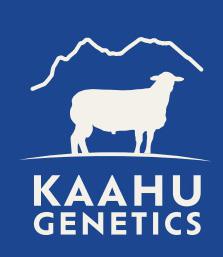
Conditions have been good for breeding, egg survival and overwintering. Even though winter has been wet in many areas, slugs are adept at moving to higher ground when they need to.
All the more reason to be supervigilant with monitoring and baiting if you need to protect high-value seedlings
in the weeks ahead, he stresses.
“One way to think about this is to imagine sowing only half as much seed as recommended per hectare this season. How much less would you grow as a result? Slugs can have exactly the same affect, if not worse, especially if you direct drill.”
Luckily, monitoring is as easy as randomly scattering six to 10 wet sacks, boards, frisbees or other similar objects throughout paddocks to be drilled, and leaving them out for several nights.
“Then all you have to do is check them for slugs during the day,” Paul says. “If you find just two to three slugs per object, it’s cost-effective to bait.”
For the best return from this investment, bait needs to be durable under wet conditions, small enough to provide thorough ground coverage, and attractive to slugs.
With its inert, biodegradable core, wrapped in a tasty cereal based coating, SlugOut combines weatherability and palatability with a very high loading of active ingredient on the surface area where slugs eat.
Slugs love clover, but will eat cereals, maize, forage brassicas, fodder beet and grass too, attacking and hollowing out newly sown seed, destroying the plant embryo and consuming new shoots before or after emergence.
SOCIETAL AND CUSTOMER expectations for improved animal wellbeing is driving increased use of pain relief for husbandry procedures in livestock.
Recently, NZ Merino’s brand ZQ has aligned to the Responsible Wool Standard, with one of the requirements being that all sheep receive pain relief for tailing, castration and shearing wounds.
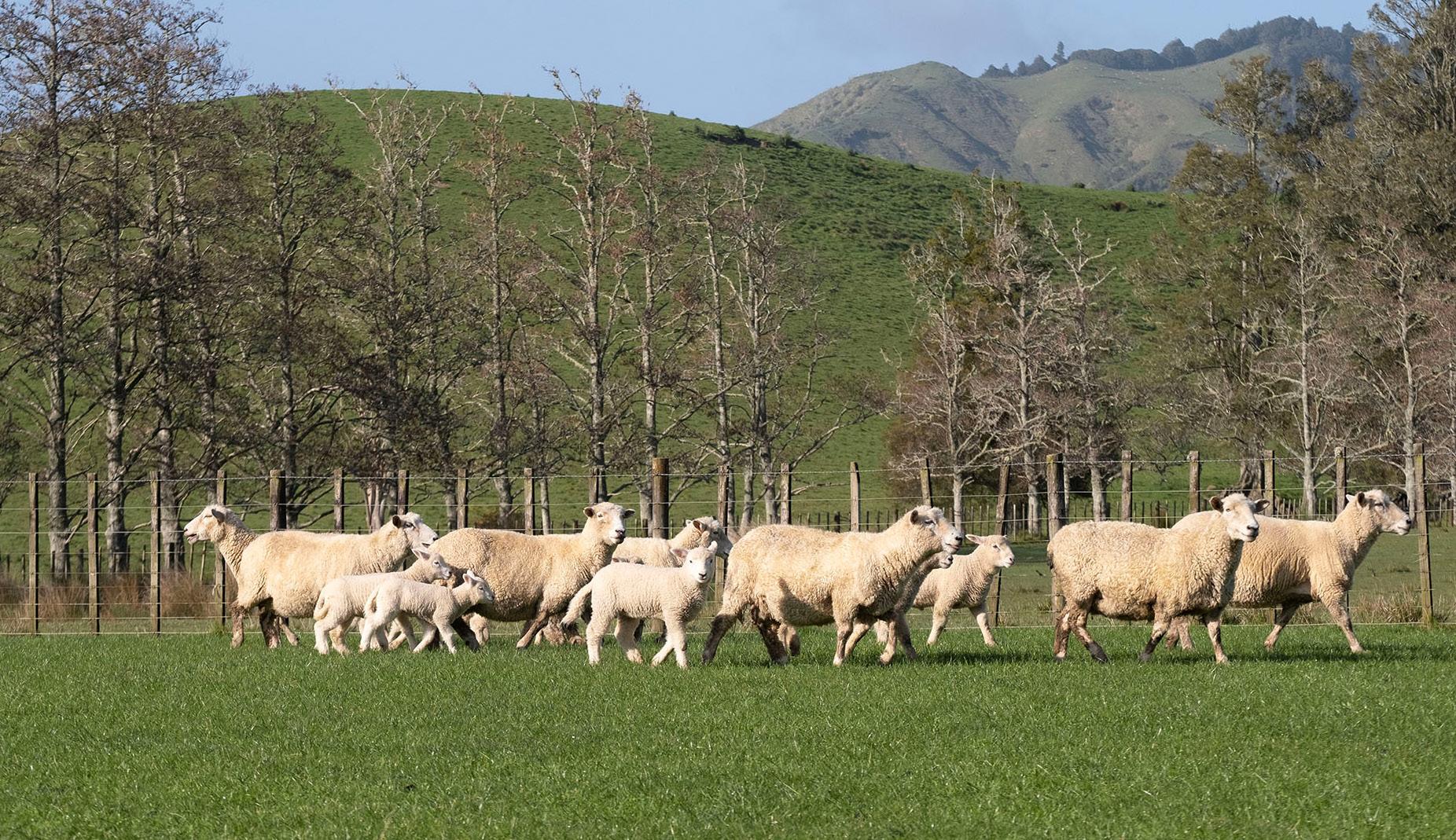
Pain relief options are now registered for use in sheep in NZ that can help mitigate the pain associated with these husbandry procedures.
The pain associated with tailing and castration is most obvious in the first four hours, but behavioural changes persist for days post-procedure. The behavioural signs may include
tail twitching, lying down, panting, vocalising and restlessness.
Local anaesthetics and non-steroidal anti-inflammatory (NSAID) products are the most practical and effective for use onfarm. Local anaesthetics take effect within minutes and provide short-term pain relief for up to one hour. NSAID products, such as Melovem 30 take effect within 15-30 minutes and provide longer-acting pain relief for up to 24 hours.
Using both a local anaesthetic and a NSAID together will provide better pain relief, but may not be practical in NZ farming systems.
Melovem 30 is a convenient lowvolume injection and comes with an applicator for easy administration.
With most NZ lambs undergoing hot iron cautery for tailing and rubber ring application for castration (for male lambs), a single injection of Melovem 30 will mitigate the pain from both procedures.
The benefits of using pain relief for husbandry procedures such as tailing and castration include improved animal wellbeing and leading to sheep farmers having peace of mind in doing the right thing. It also demonstrates best practice lamb care and will contribute to increasing market access and final product premiums.


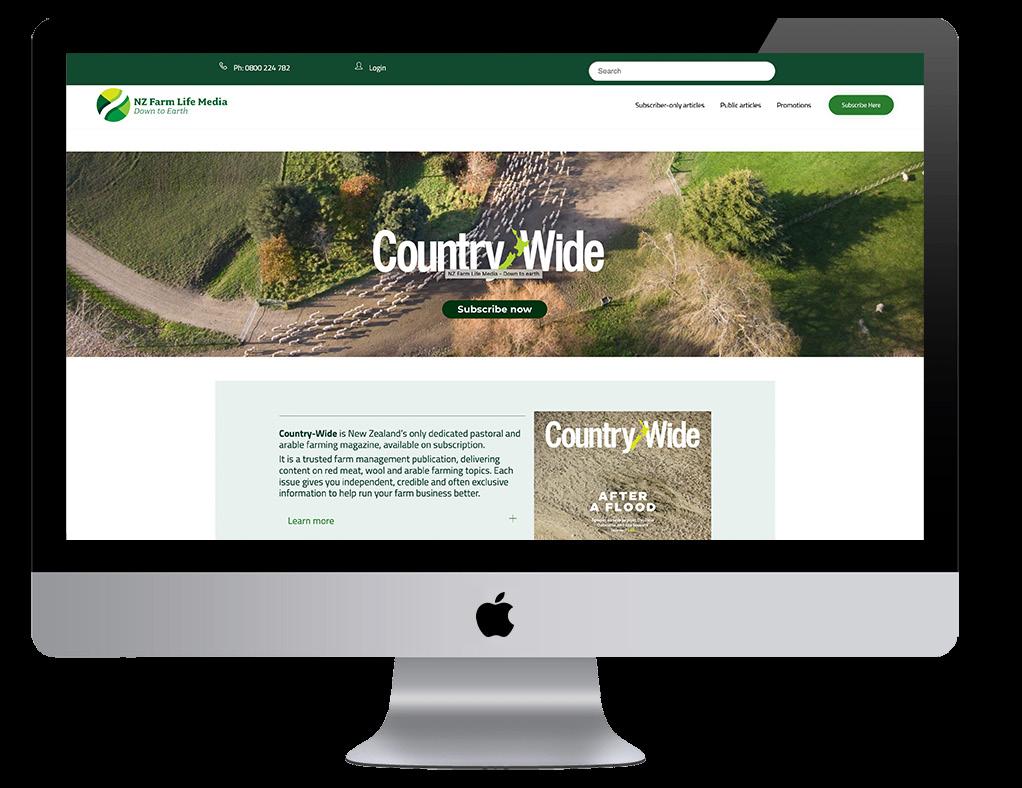
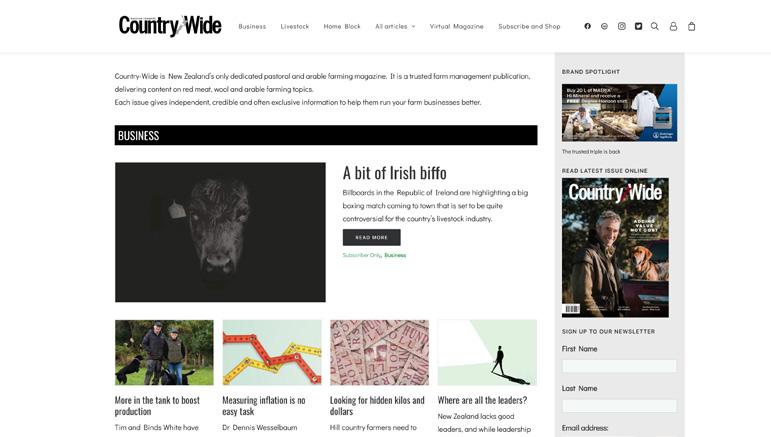

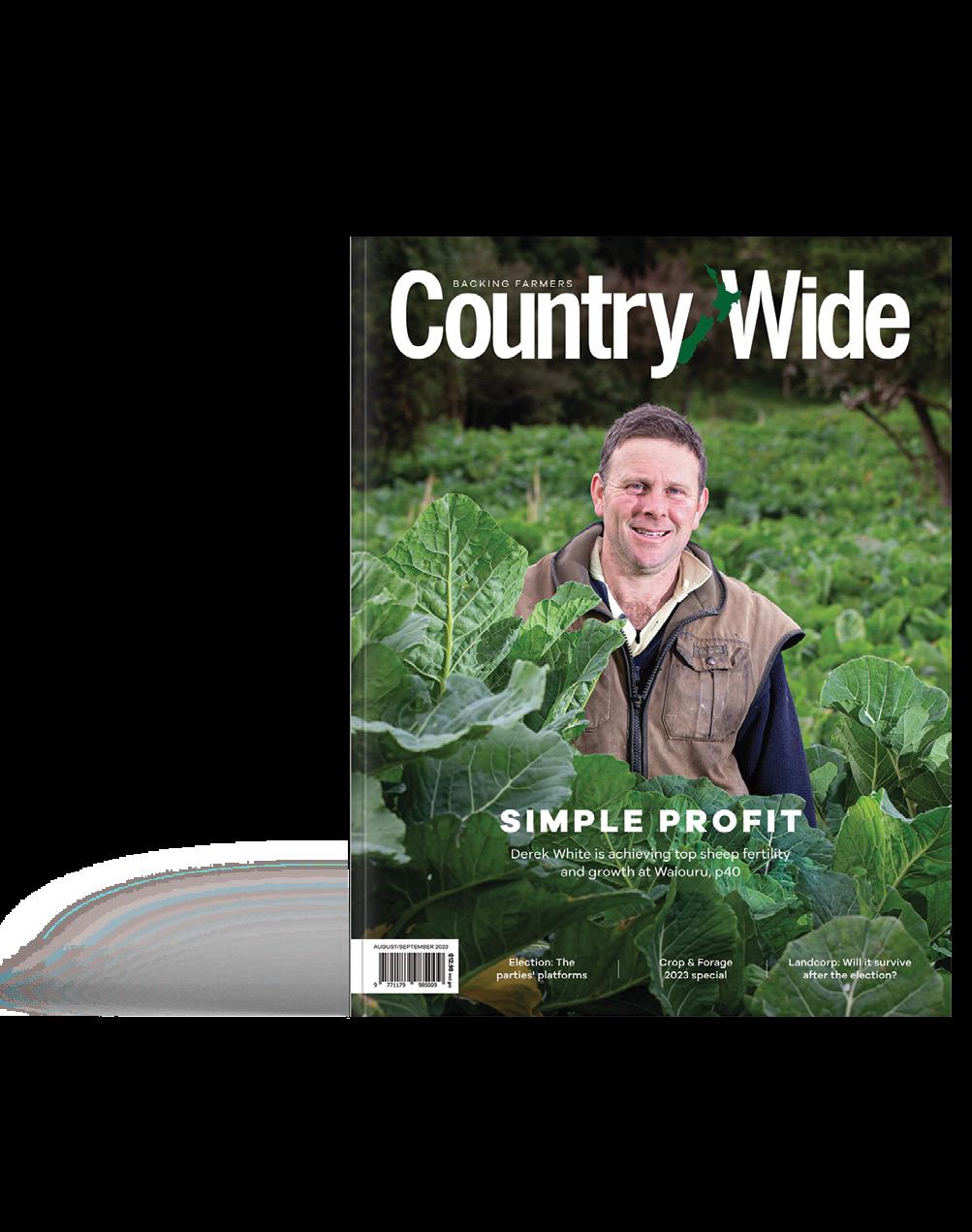
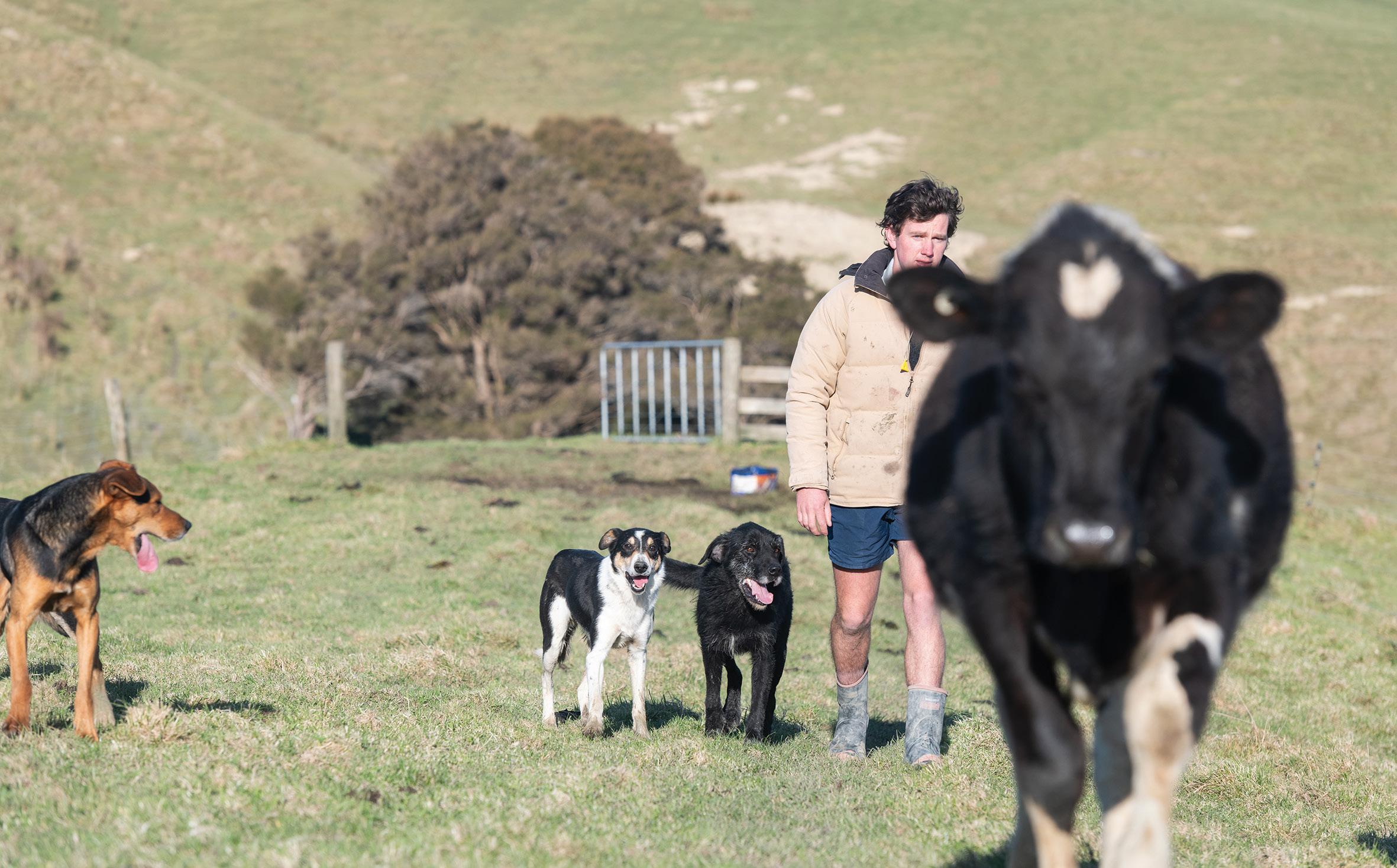
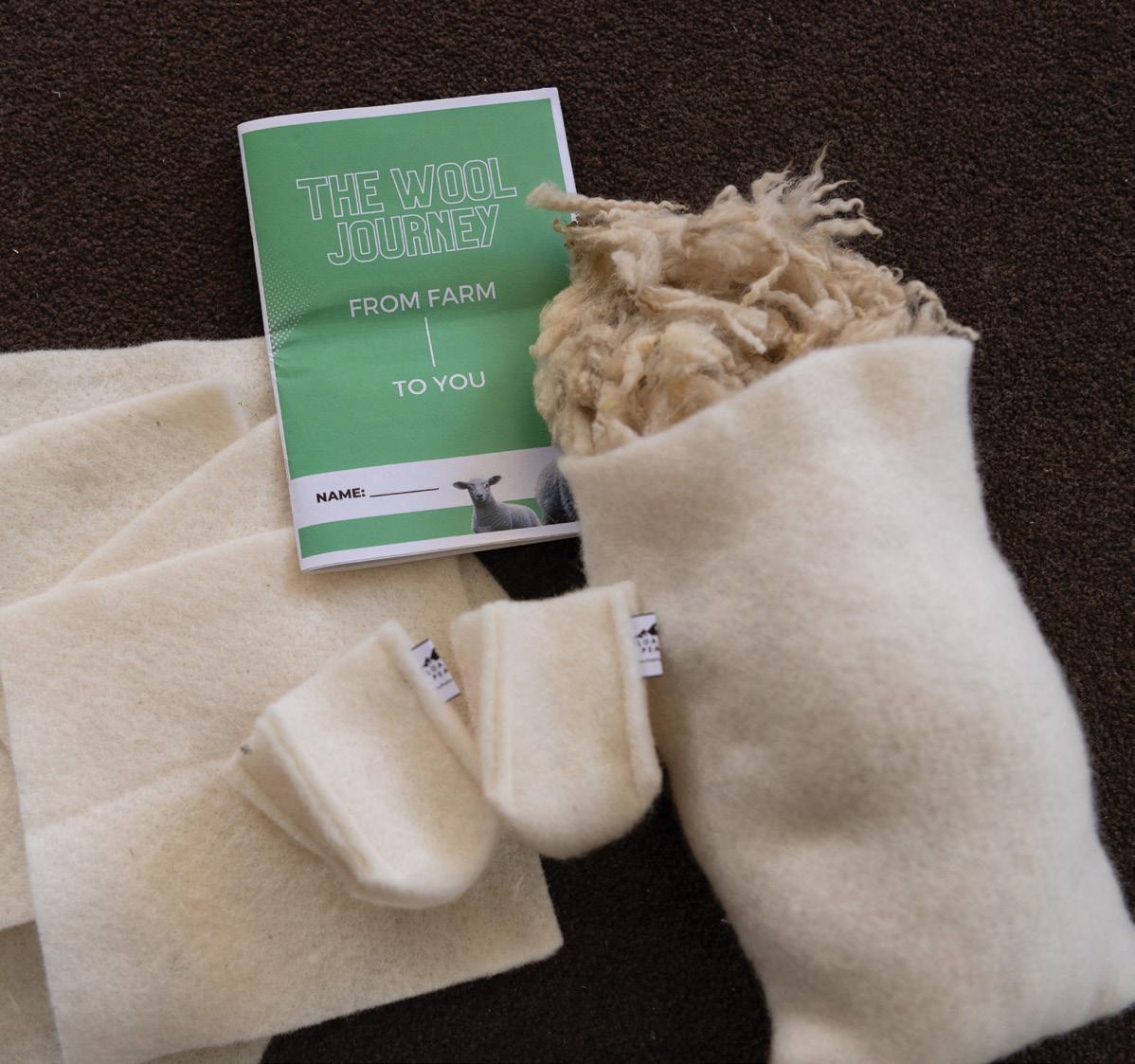
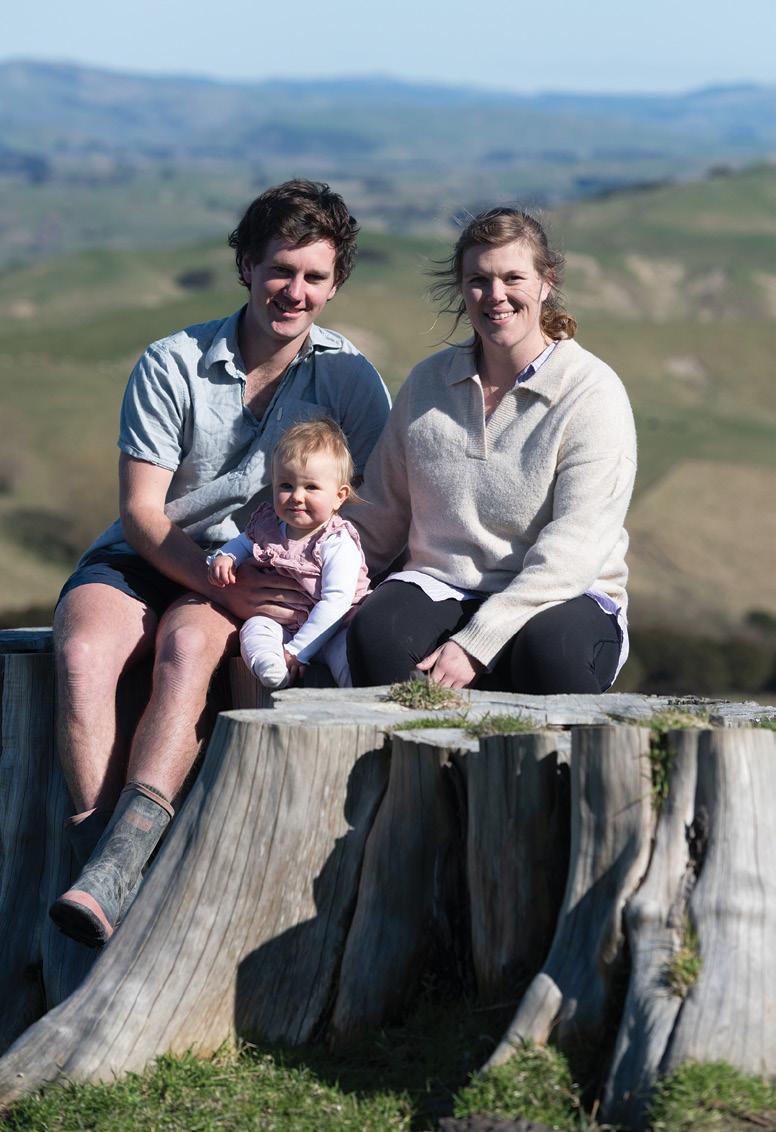

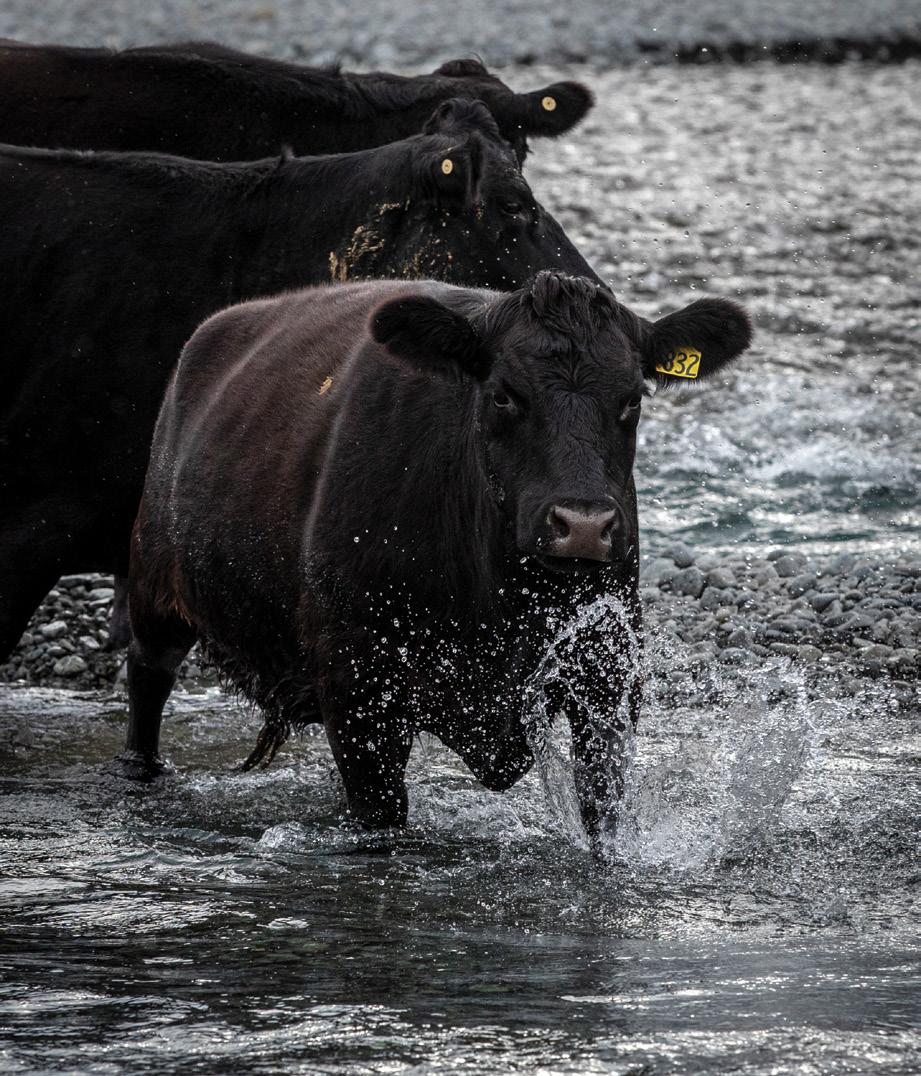

Racewell DR3 Auto Drafter.
PRECISION WEIGHING & AUTO DRAFTING
The Racewell DR3 Auto Drafter is a highly efficient weighing & drafting machine that can reduce labour & improve accuracy.
FEATURES
• 3 way auto drafting based on weight or animal criteria
• Multi-function remote & centrally mounted controls
• Twin adjustable optical sensors for optimum speed and flow
• Rubber lined floor for quiet operation
• Includes integrated overhead load cells to eliminate load bar failures and damage
• Rugged, hot dip galvanised construction and a well proven design for long life and high resale value
• Powered by external 12V battery or 240 power connection and compressed air.
• Free on-farm delivery and training!
4-WAY AUTO DRAFTING SHEEP HANDLER
The Racewell HD4 Sheep Handler will automatically weigh & draft four ways. Take the hard work out of sheep handling!
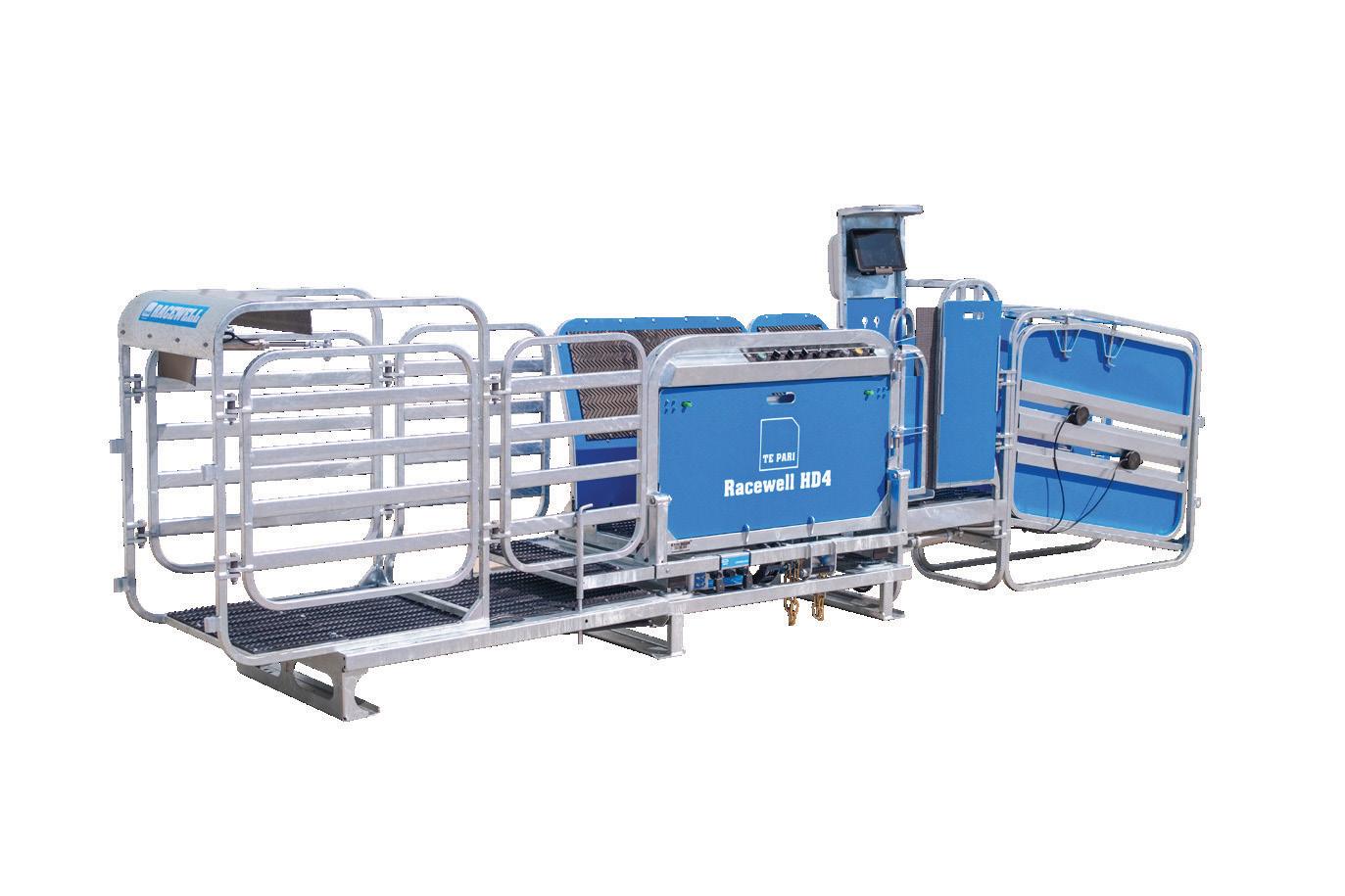

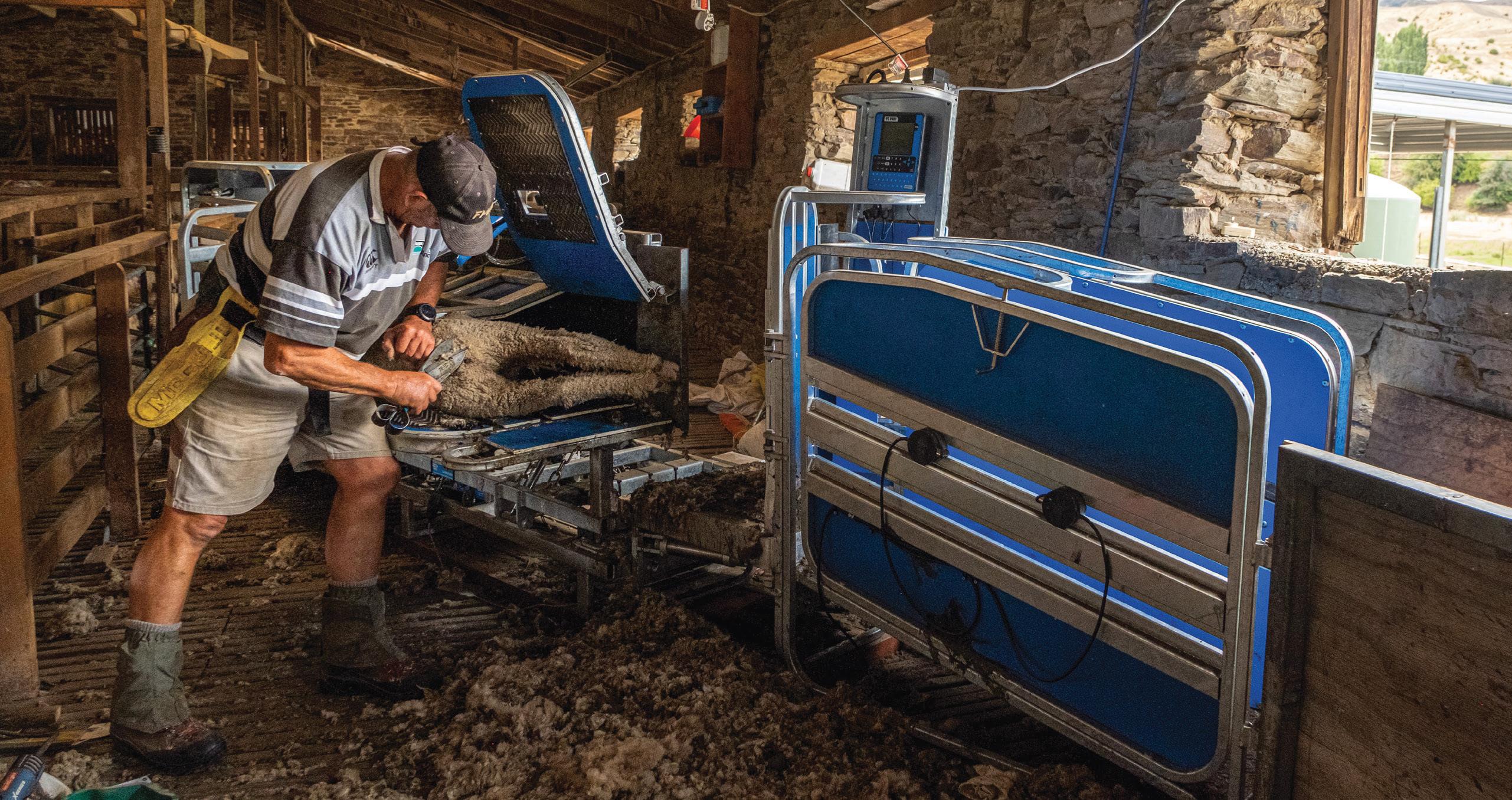
FEATURES
• 4-way auto drafting based on weight or animal criteria
• Multi-function remote to control the clamp/release and drafting gates
• Rugged design made in NZ with hot dipped galvanised steel


• Four adjustable optical sensors to allow the operator to set different catch positions
• Powered by external 12V battery or 240 power connection and compressed air.
• Loadbars and scale indicator are additional, not included.
• Optional side tilt and front and rear access flaps
• Call us to book a free on-farm demonstration!
